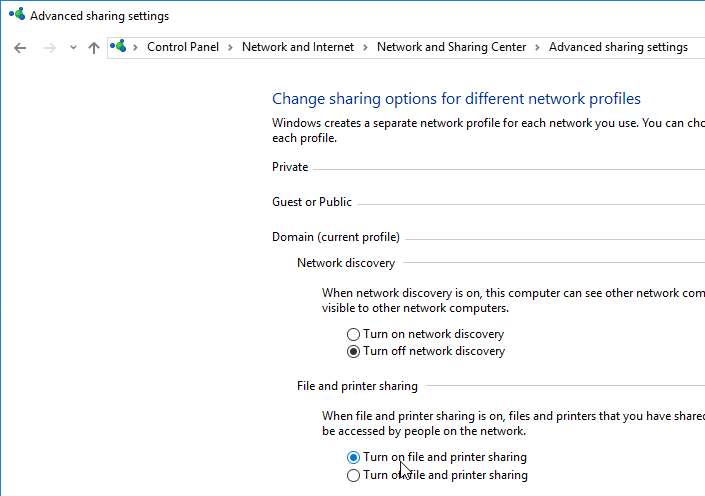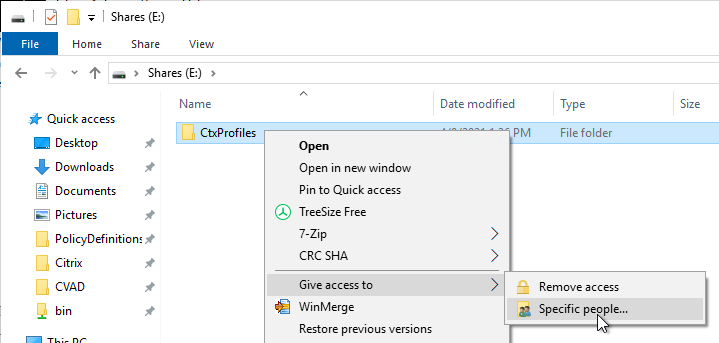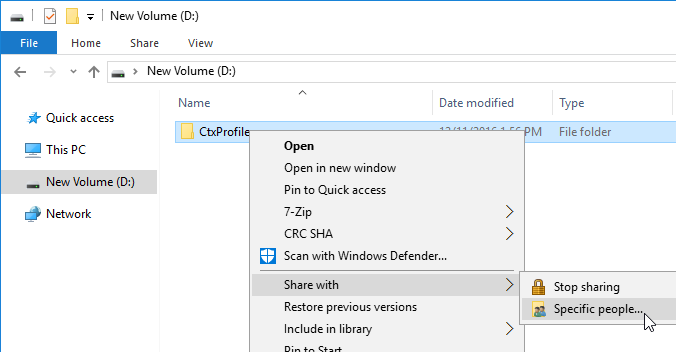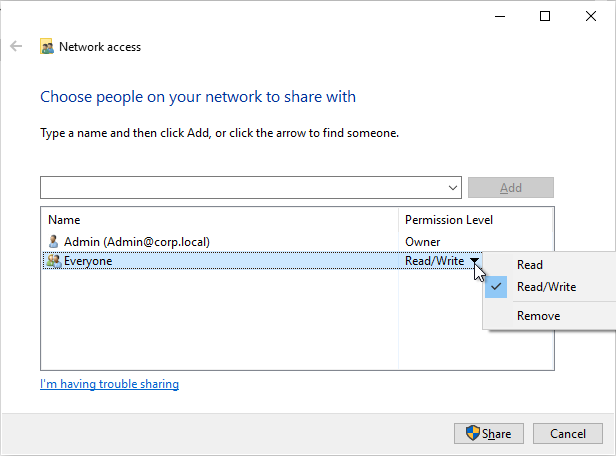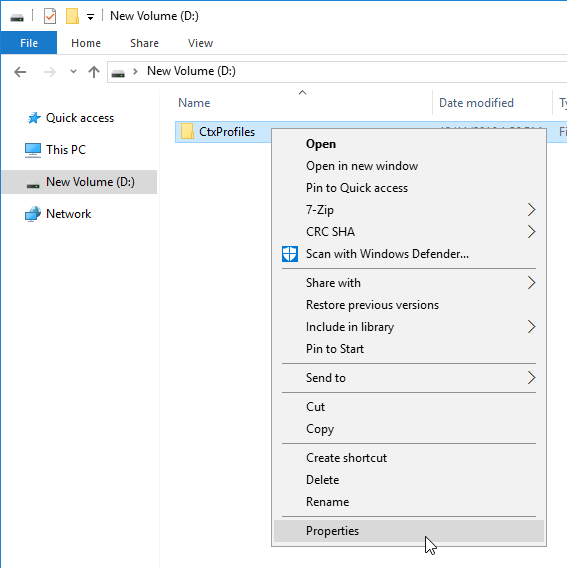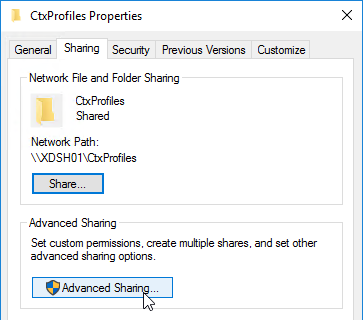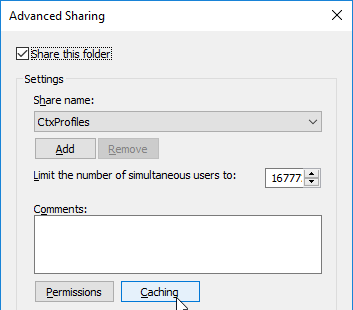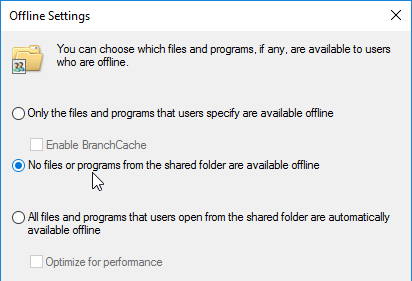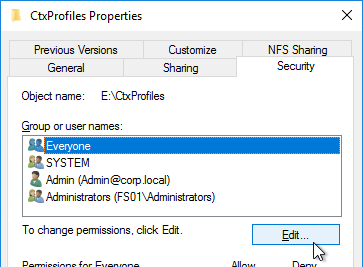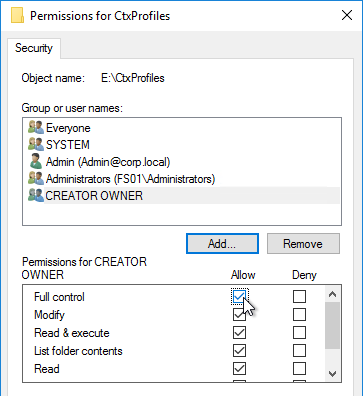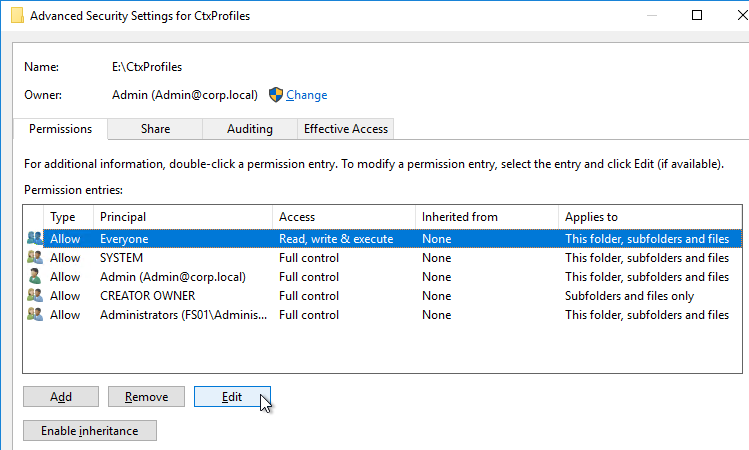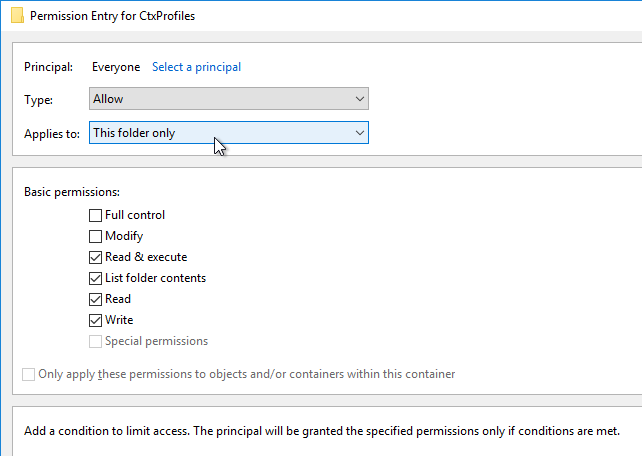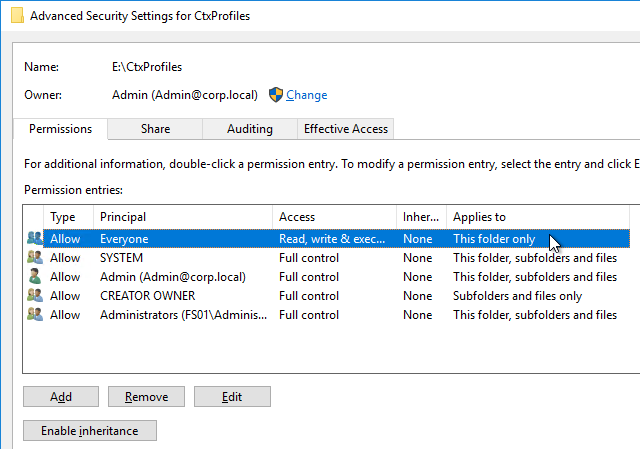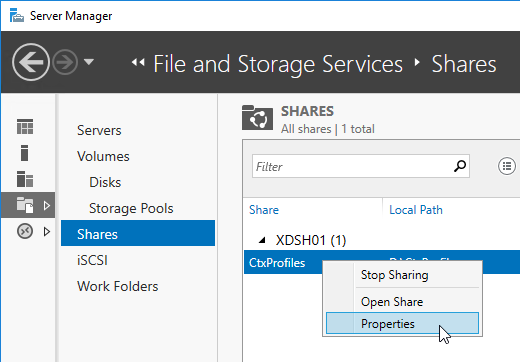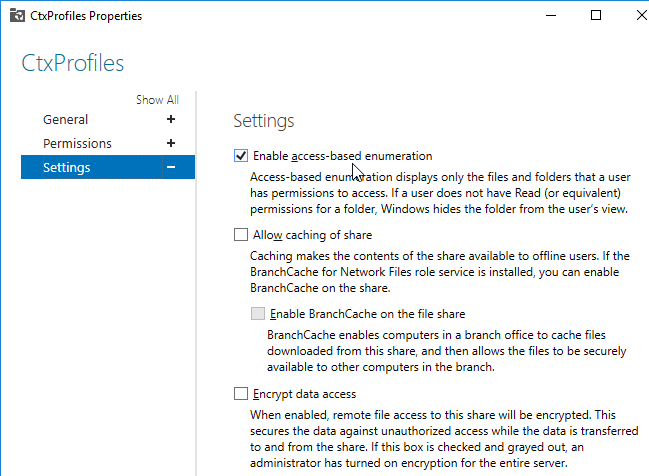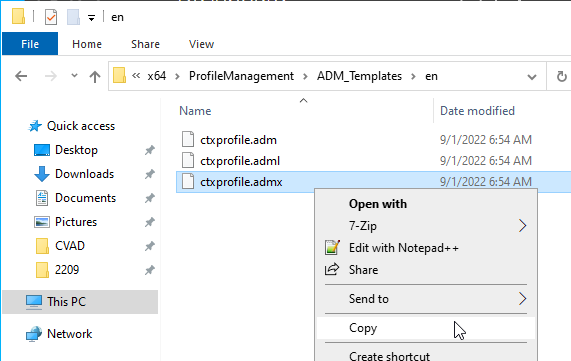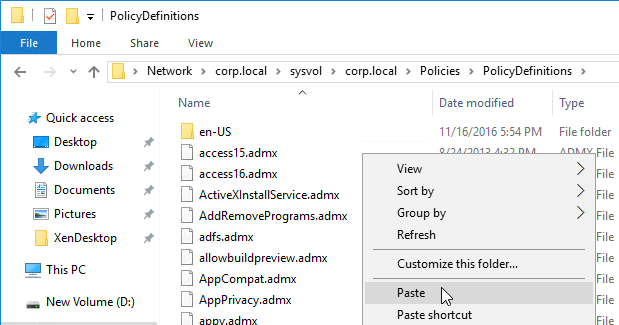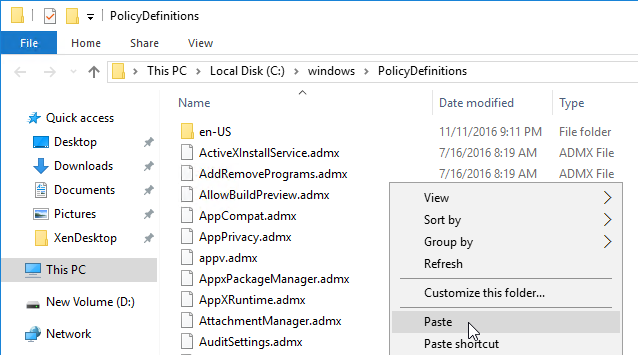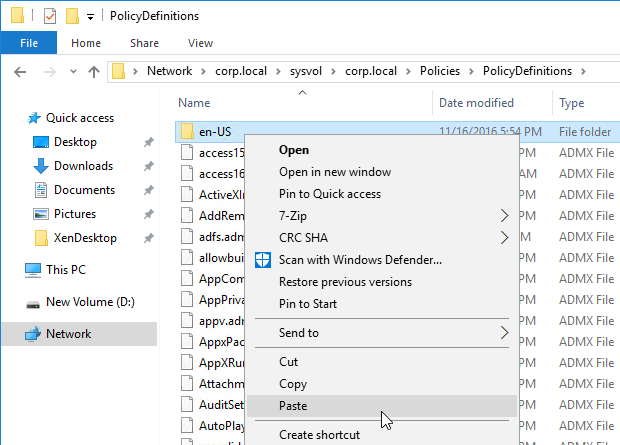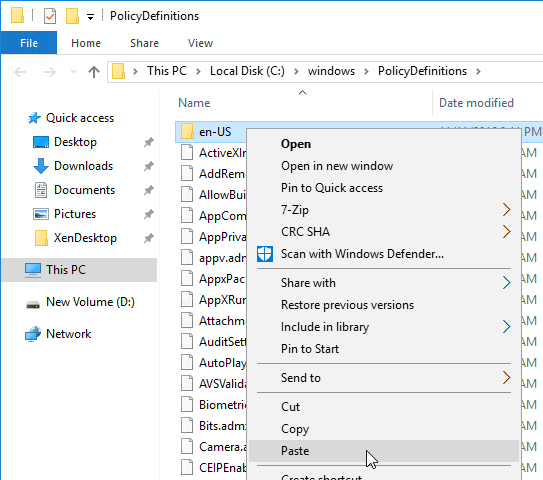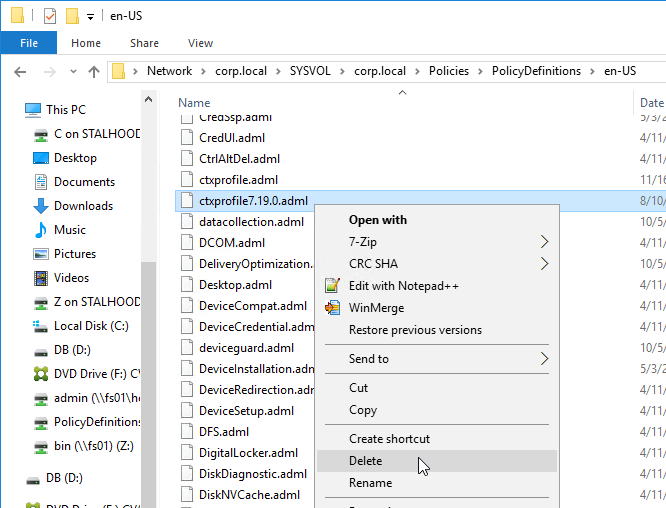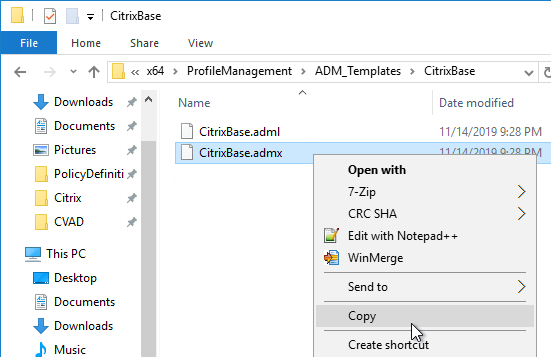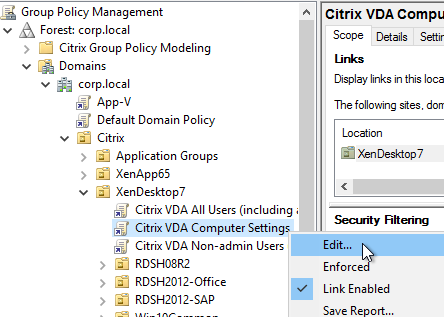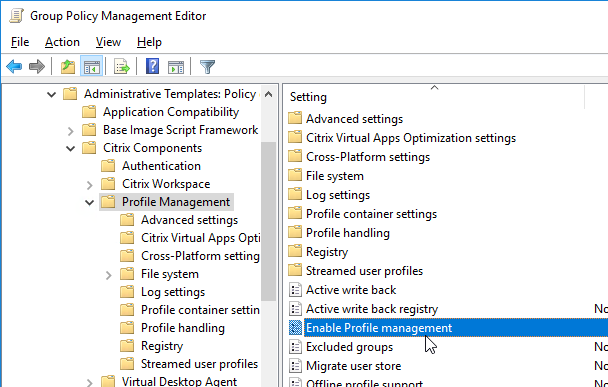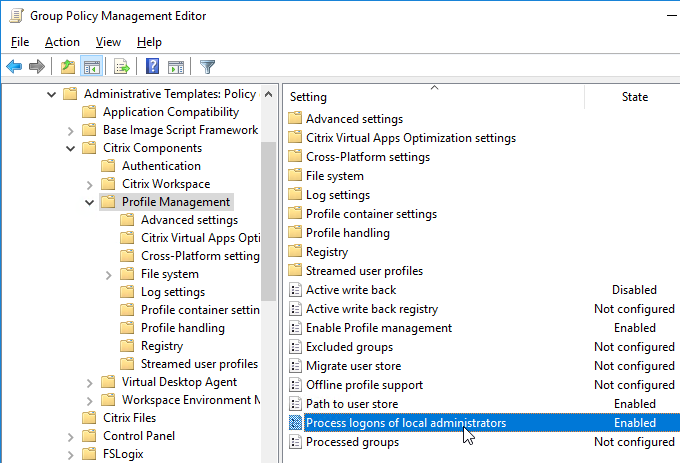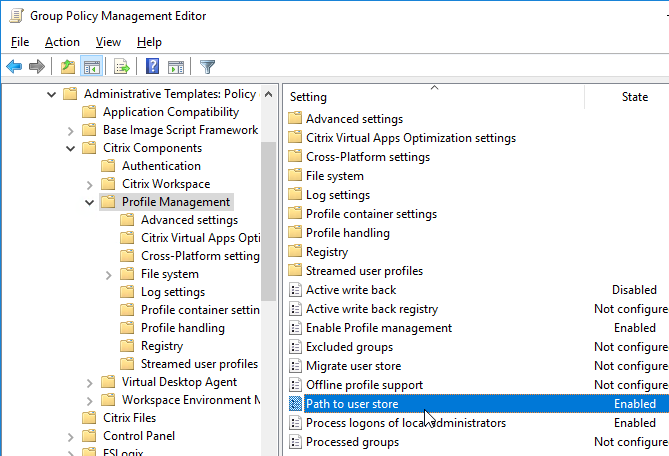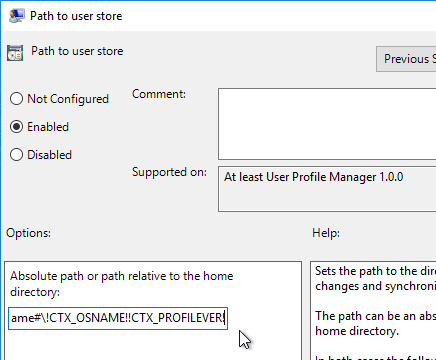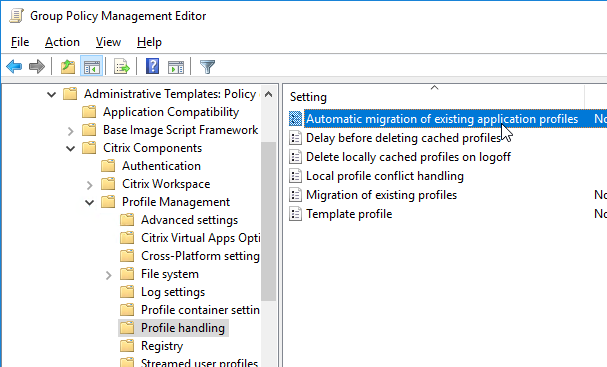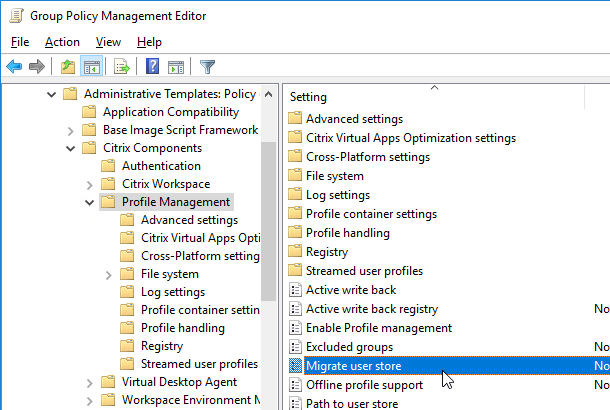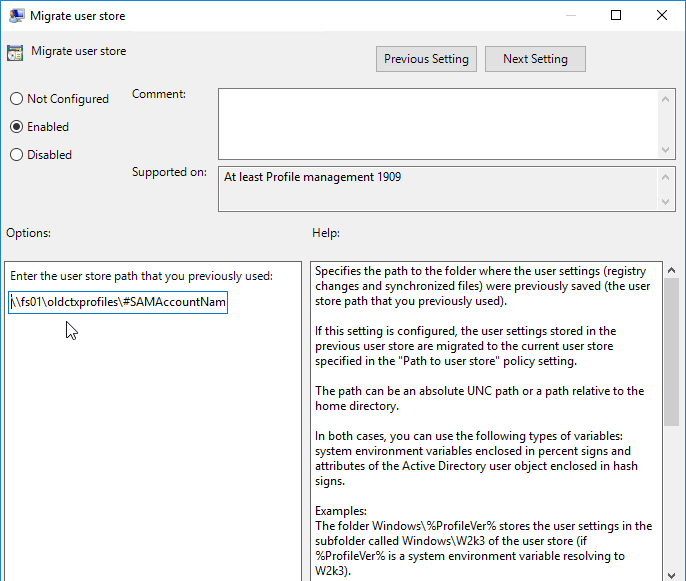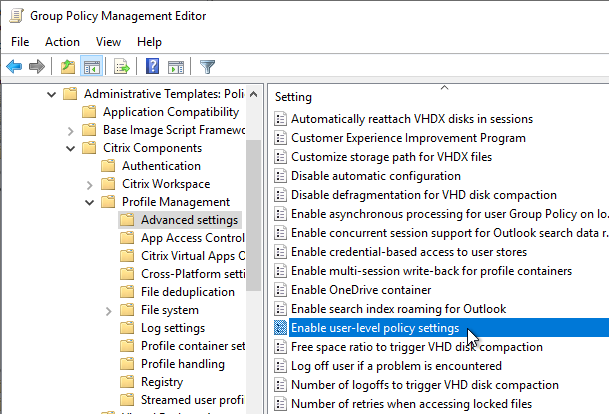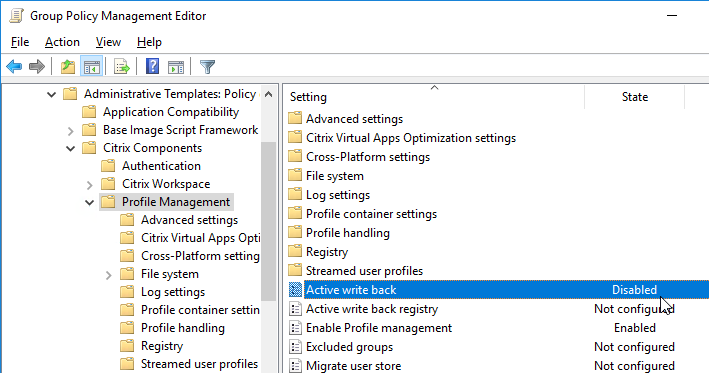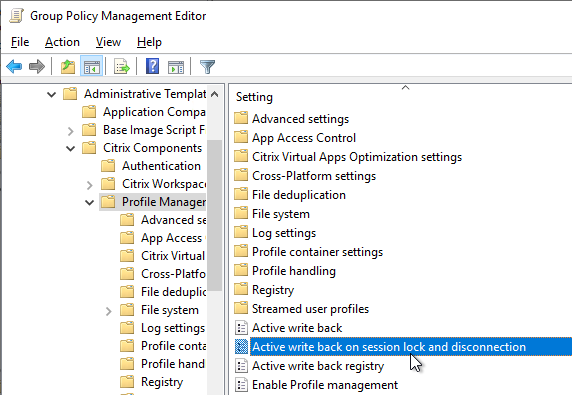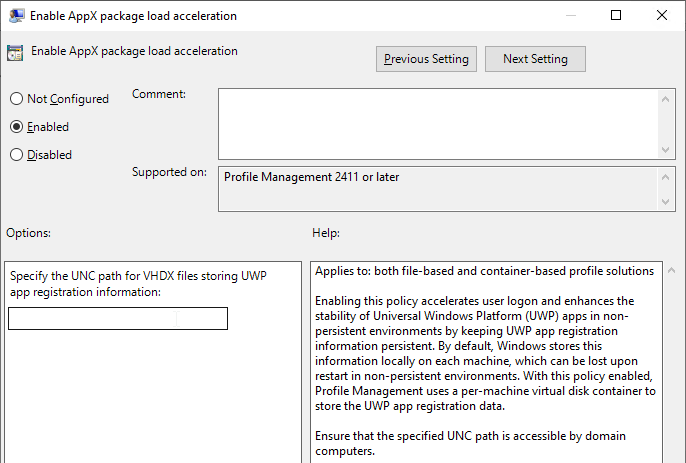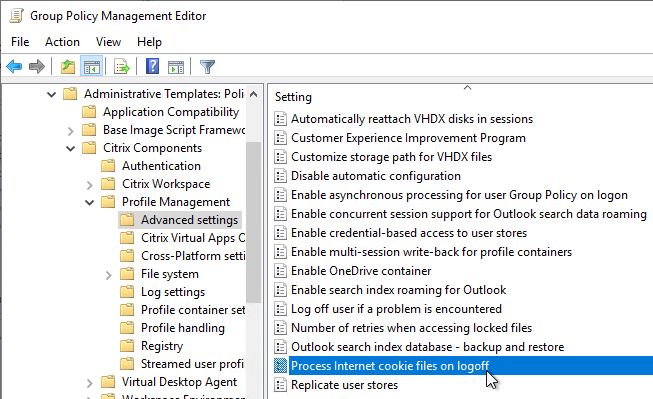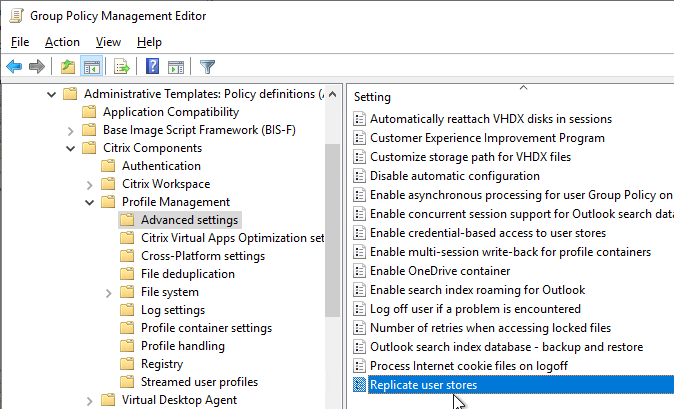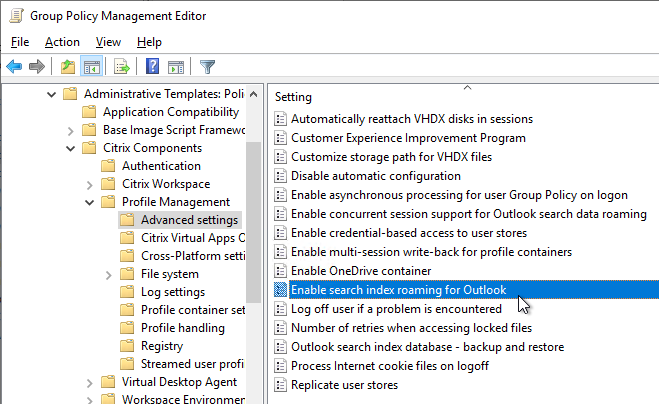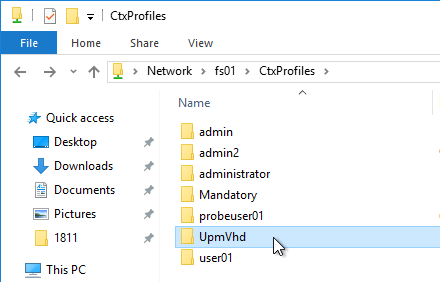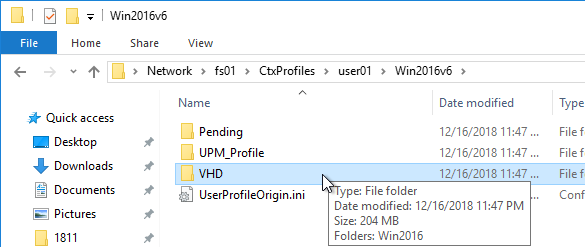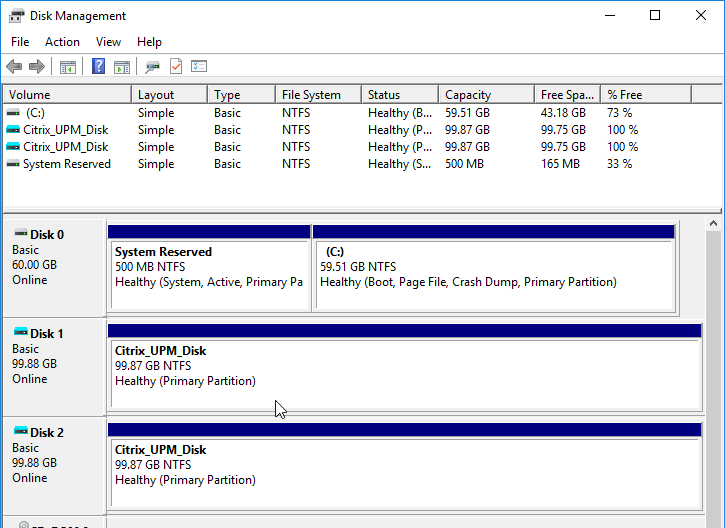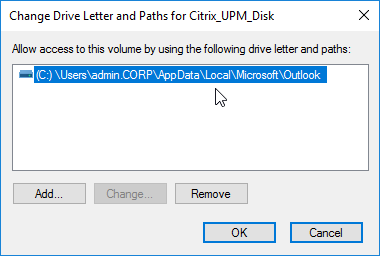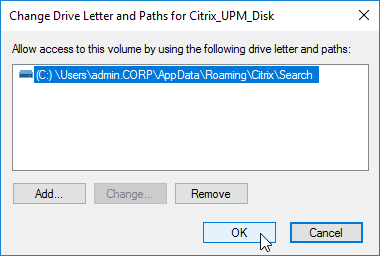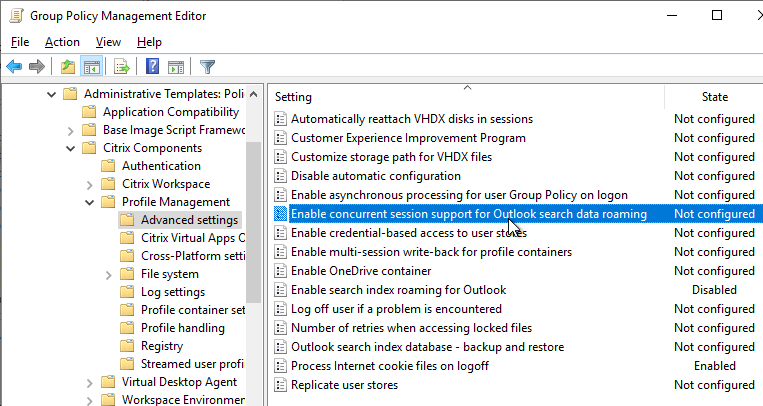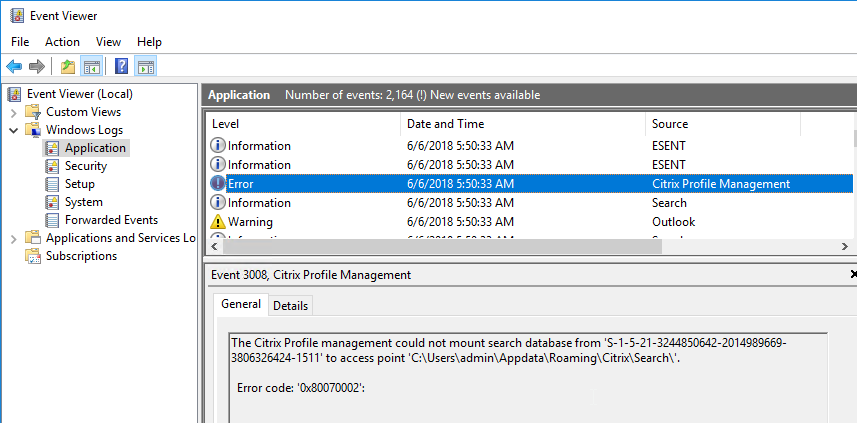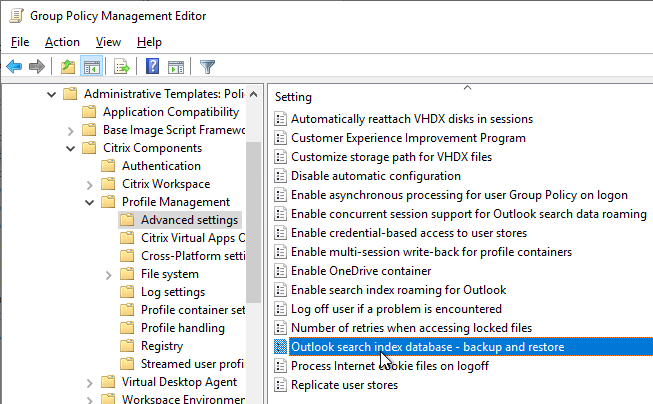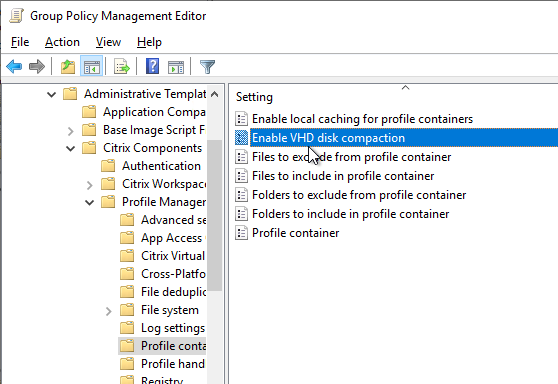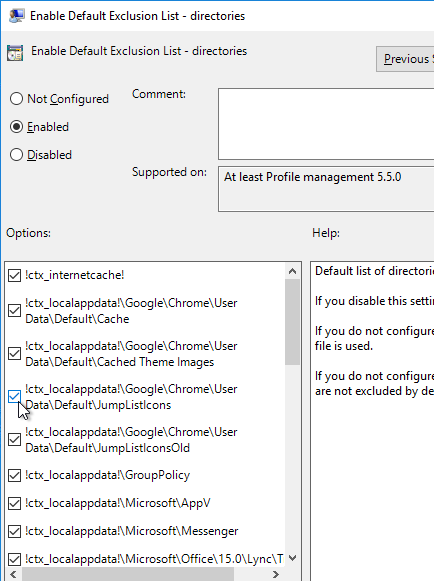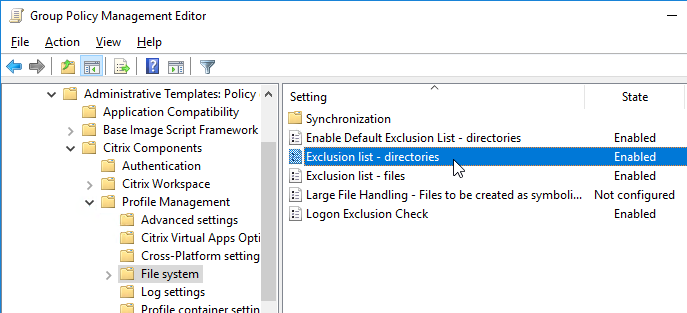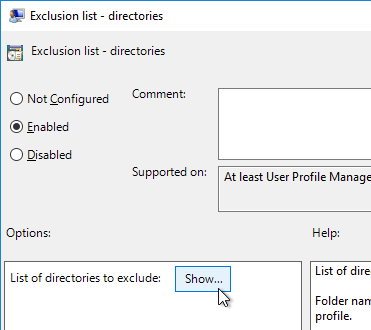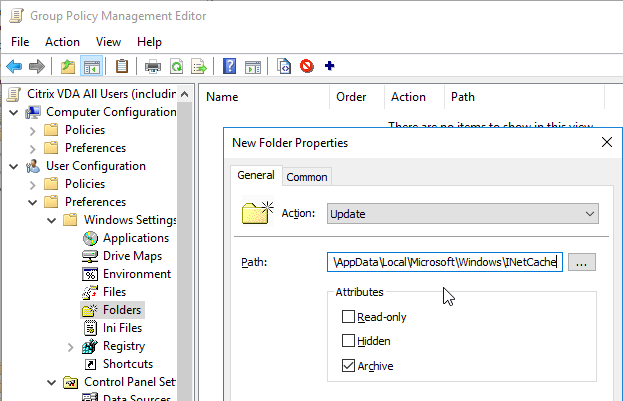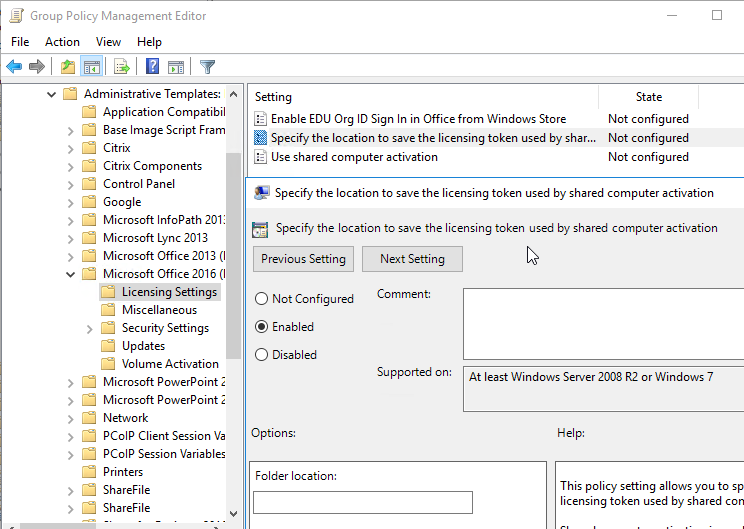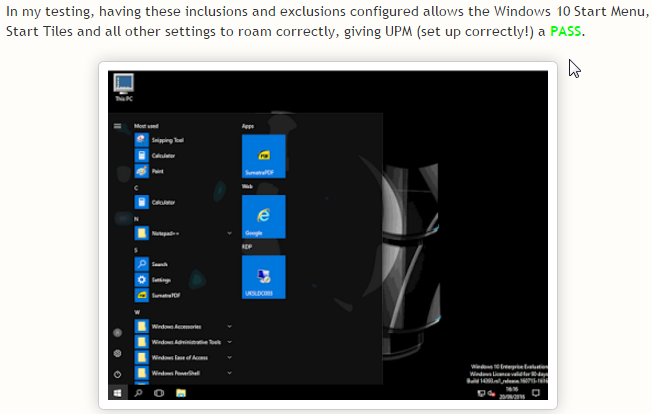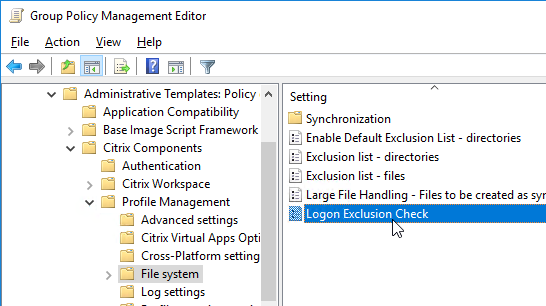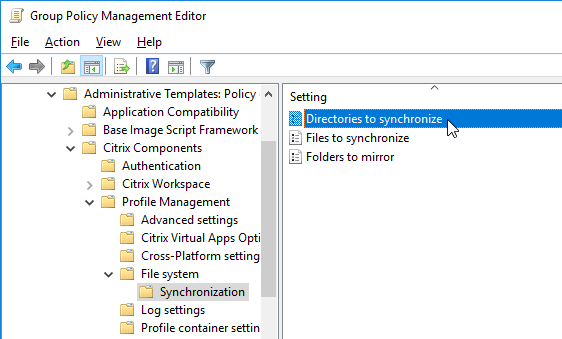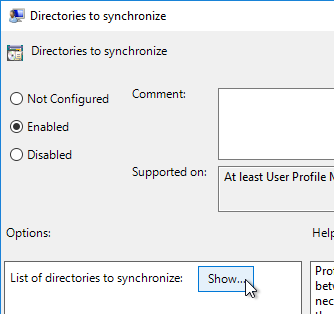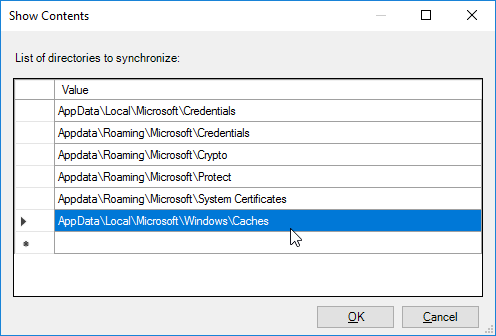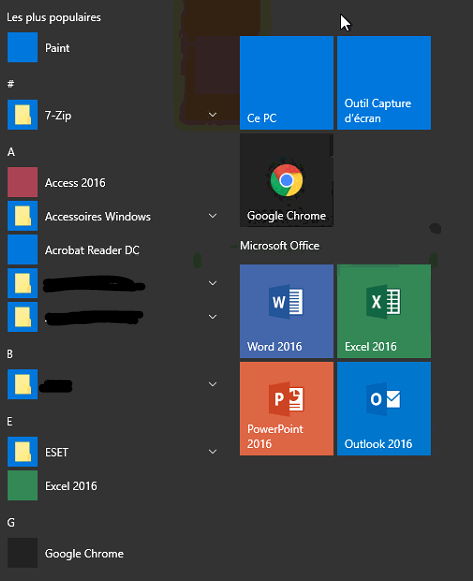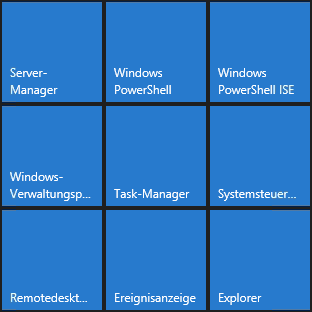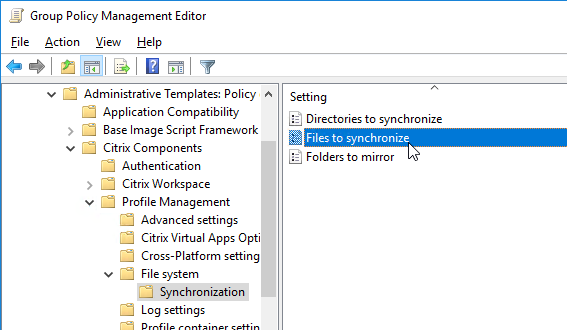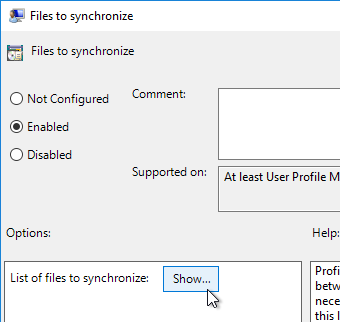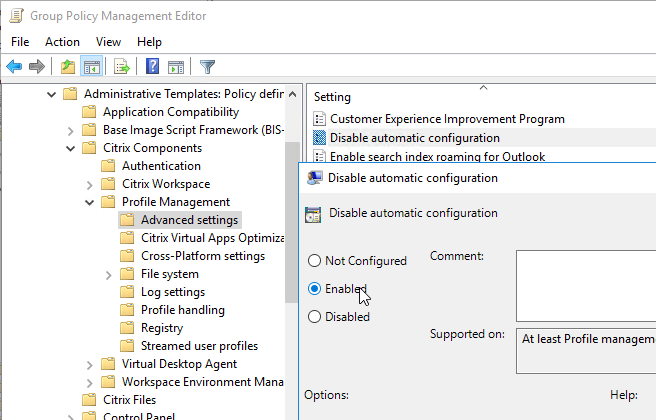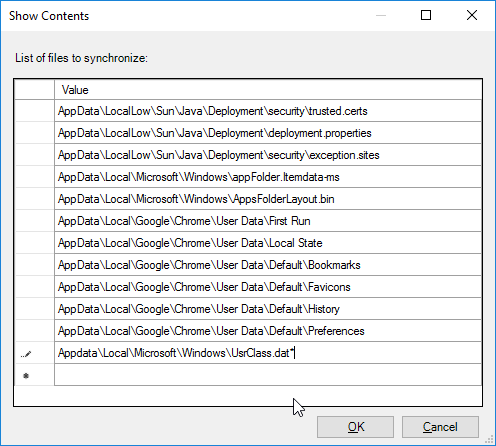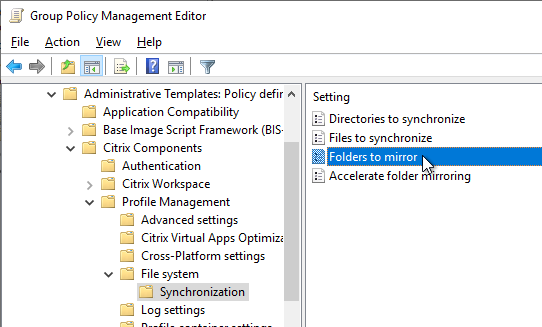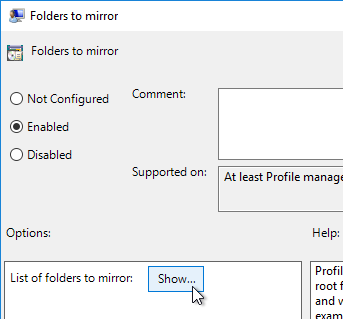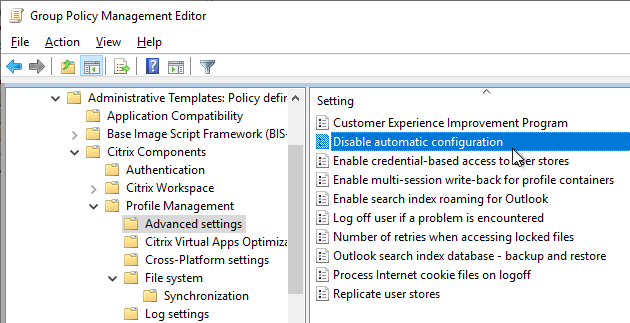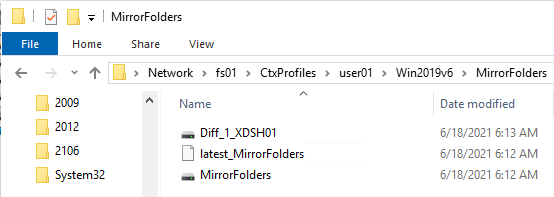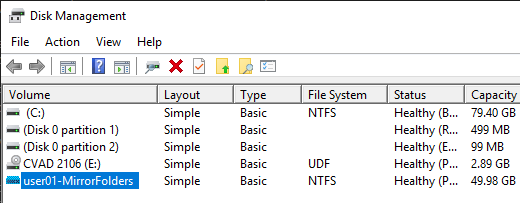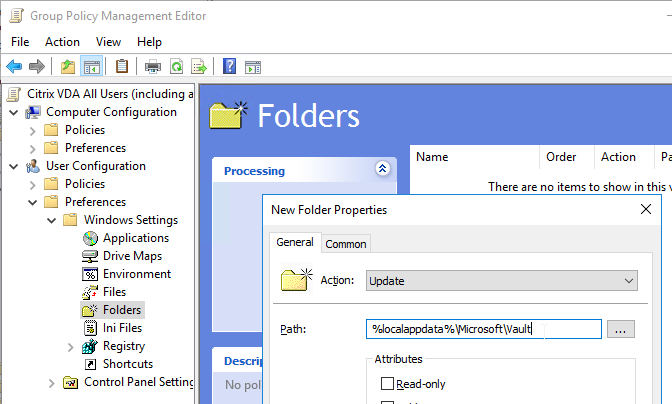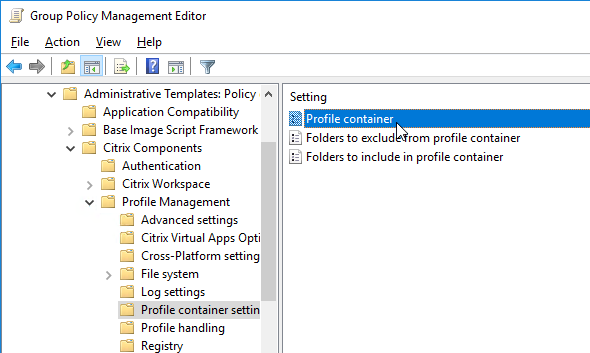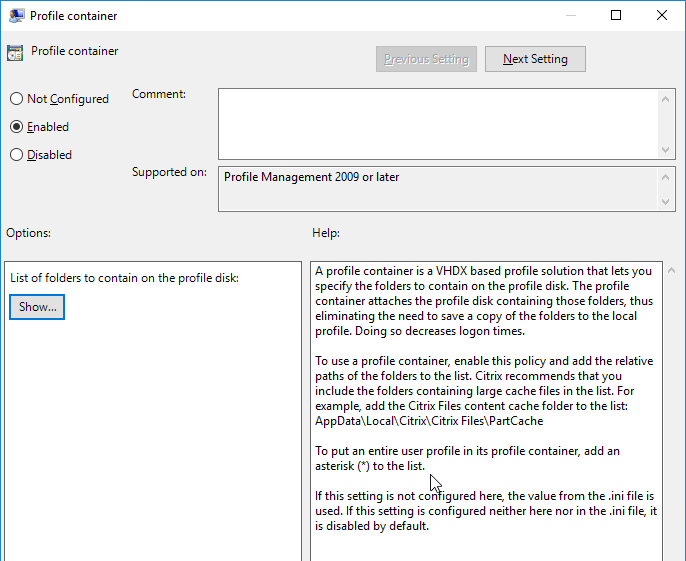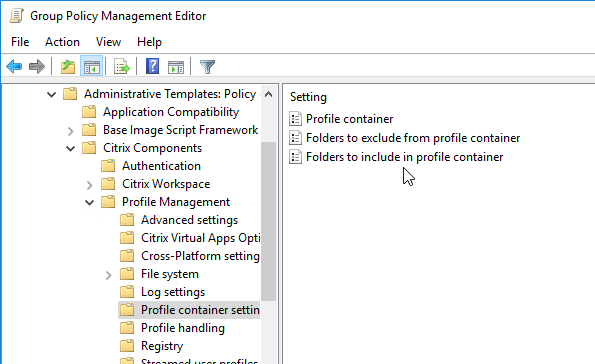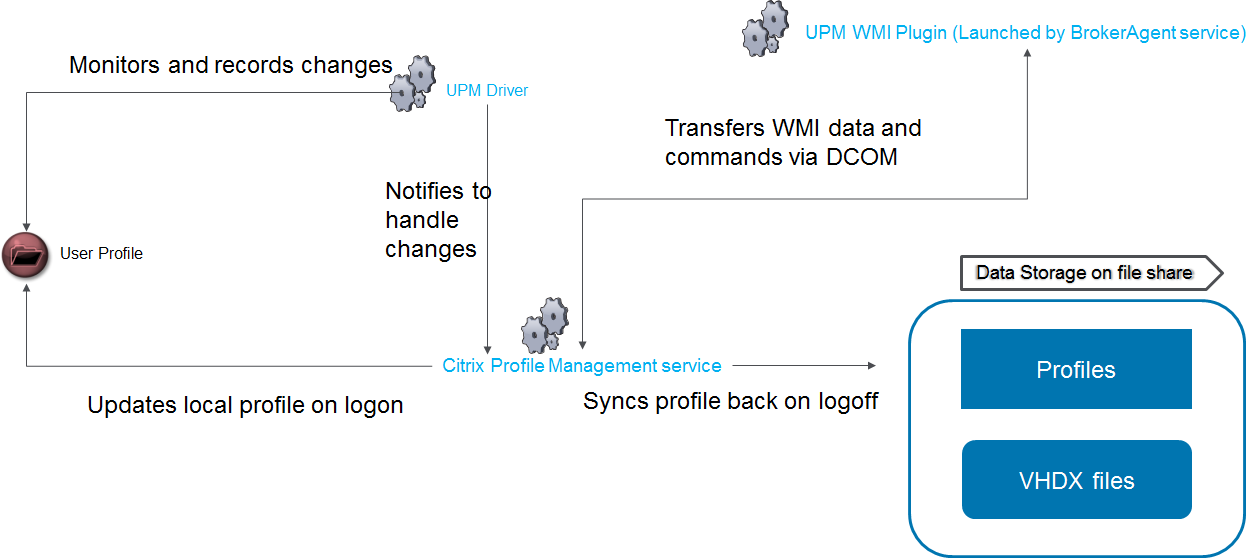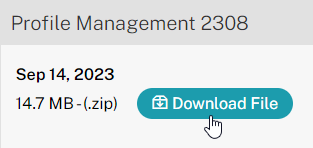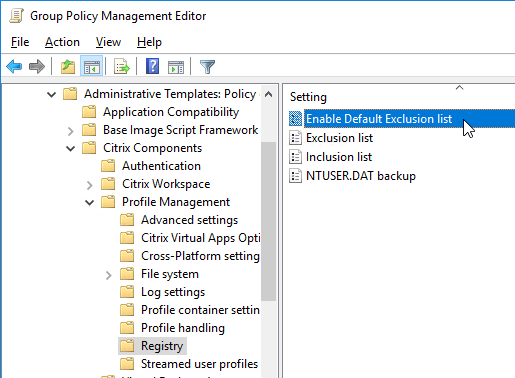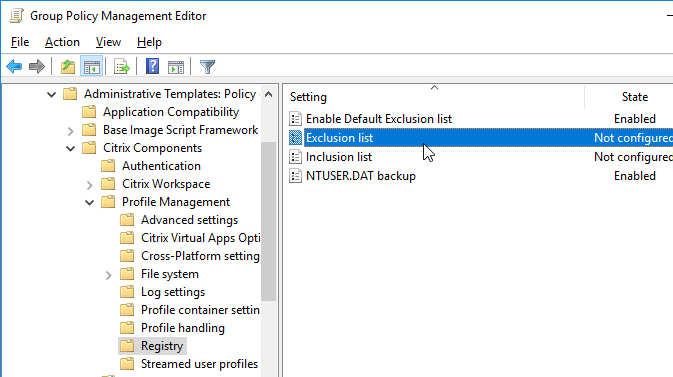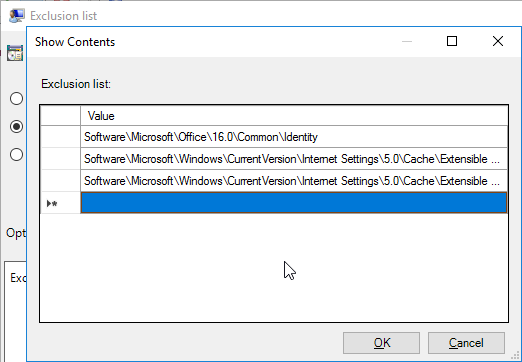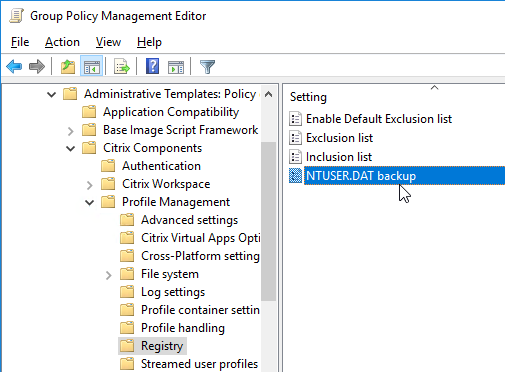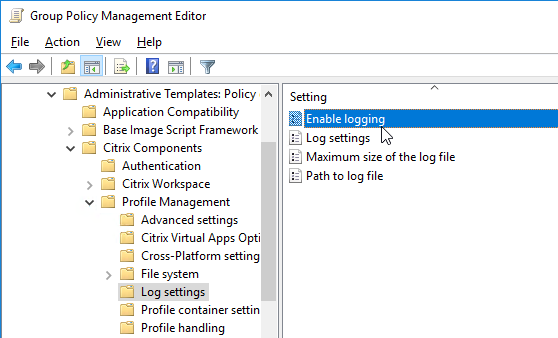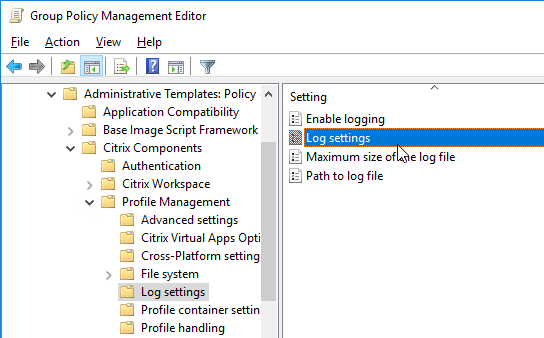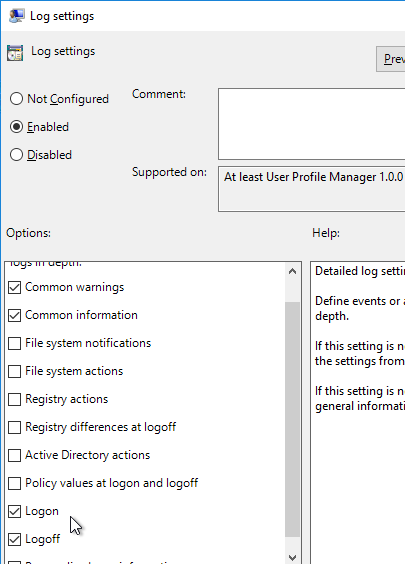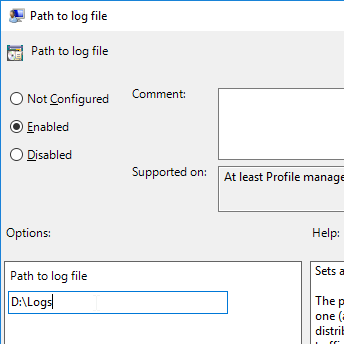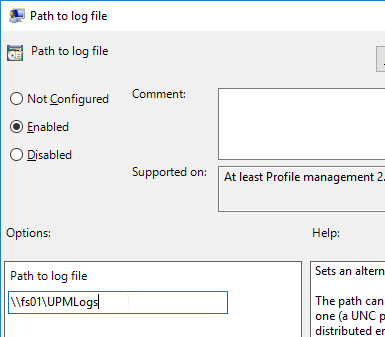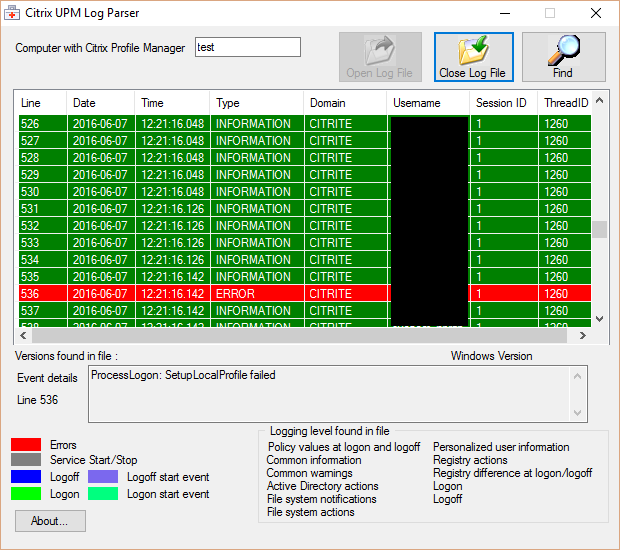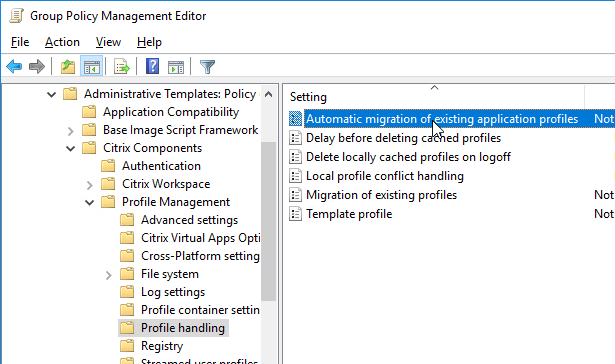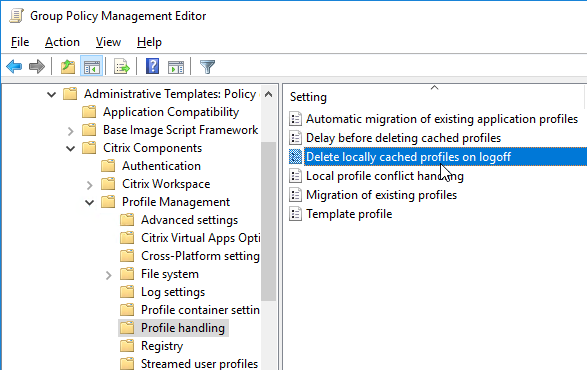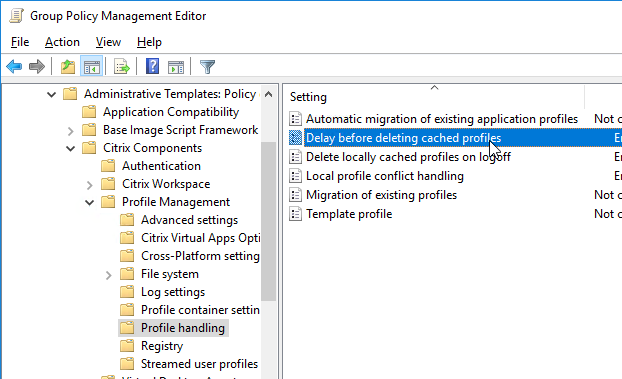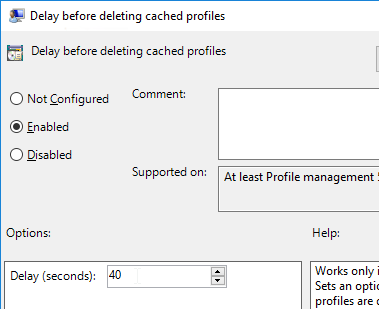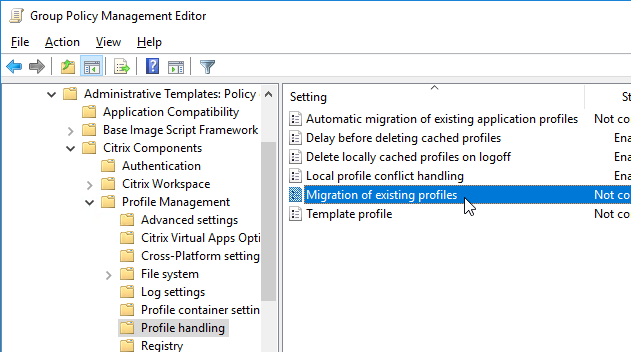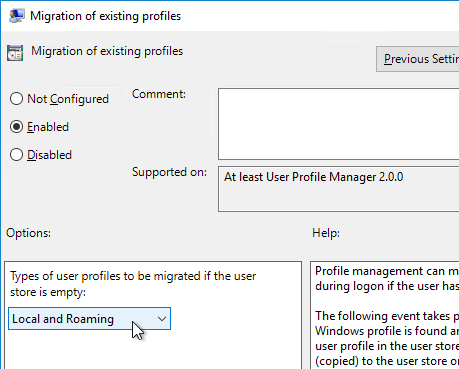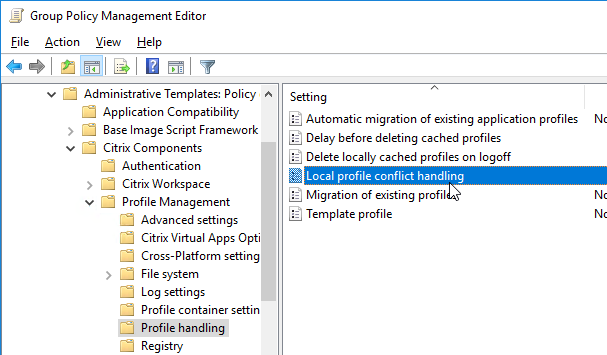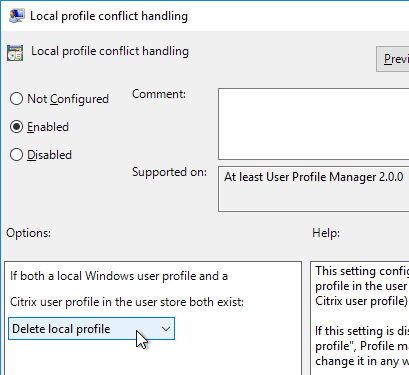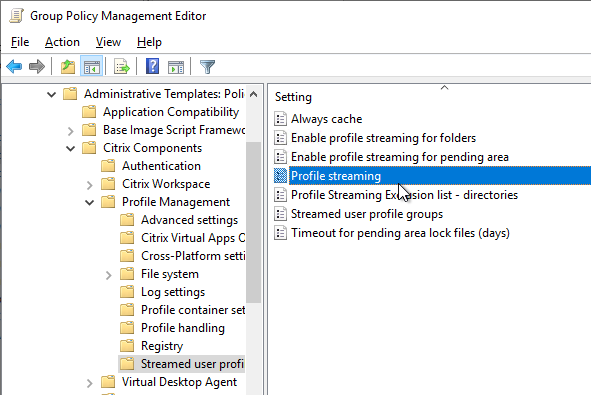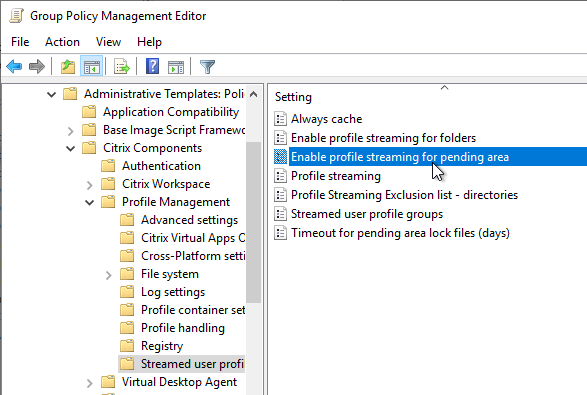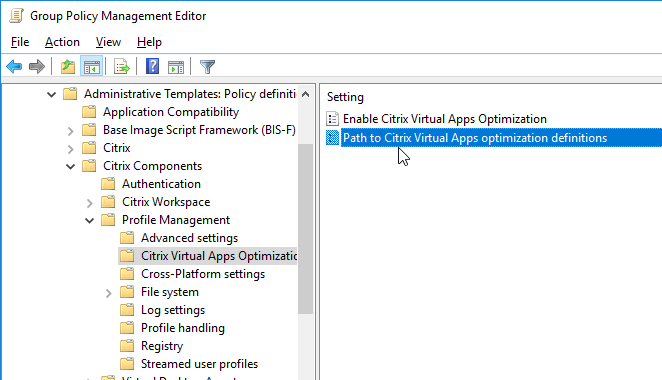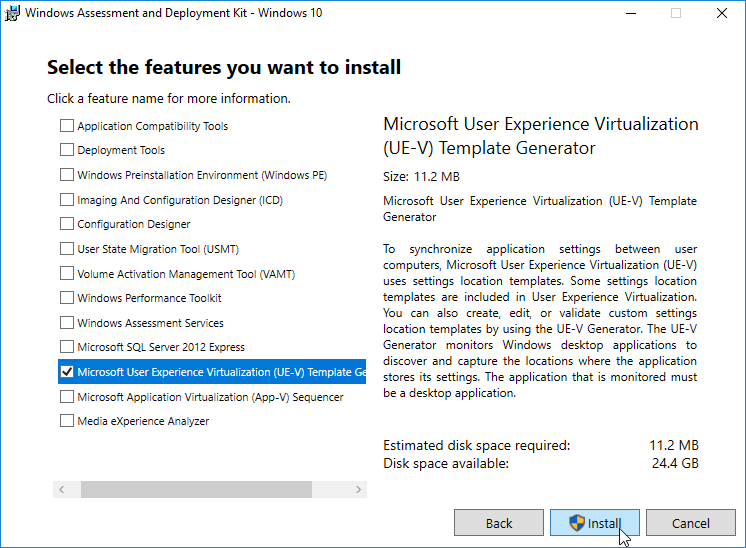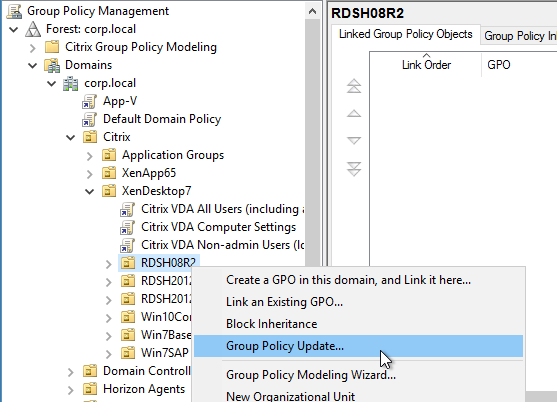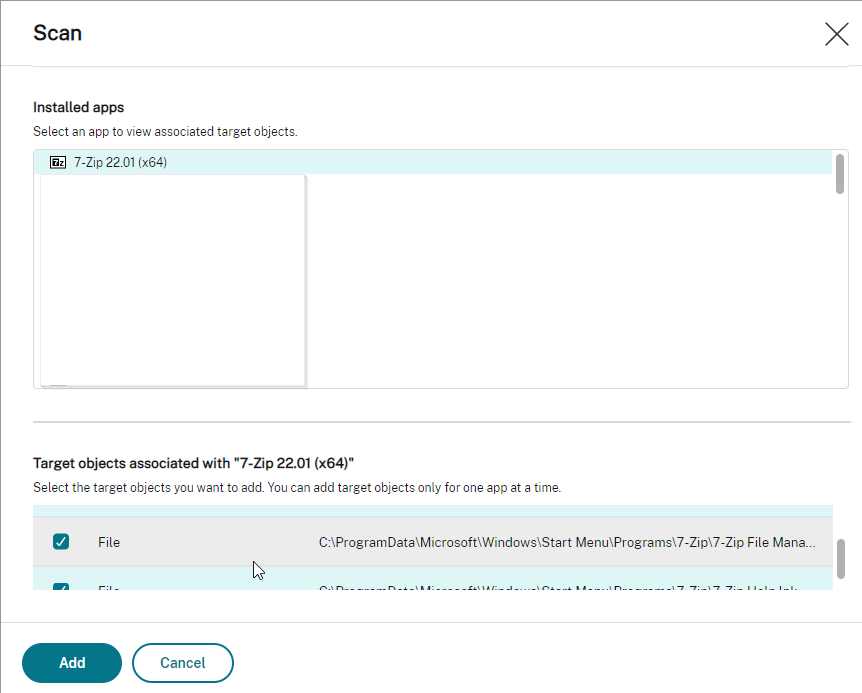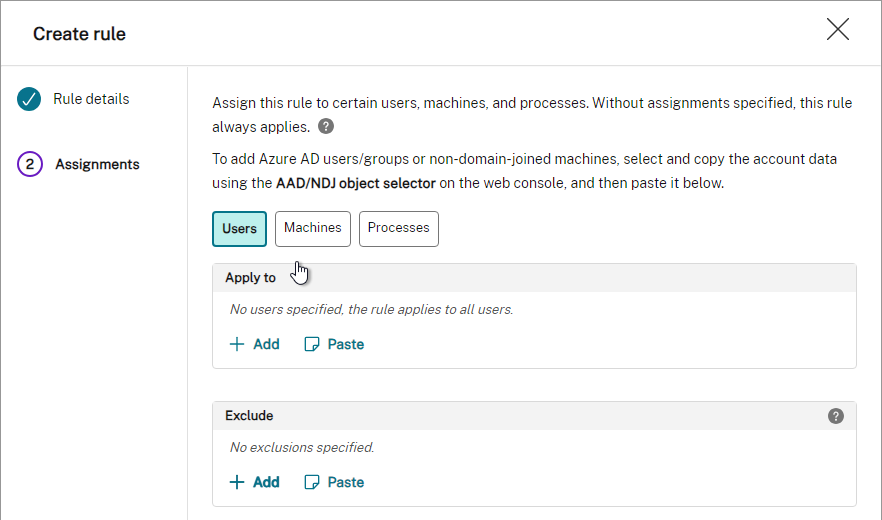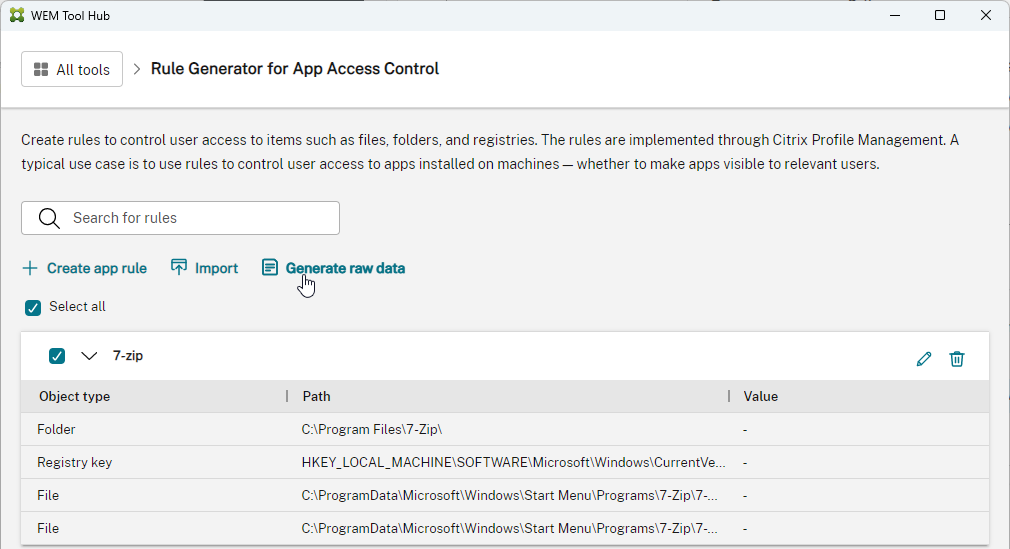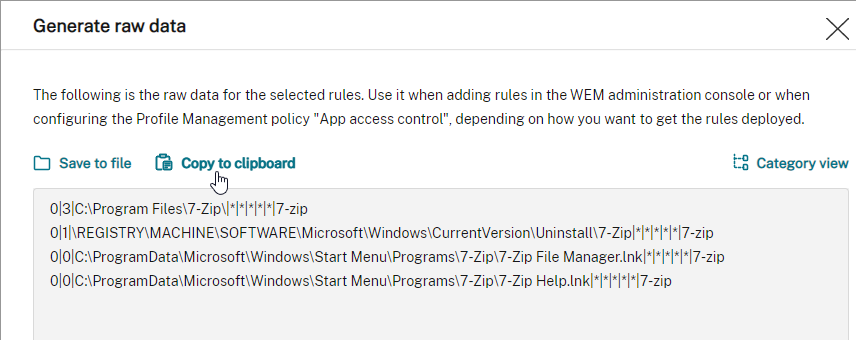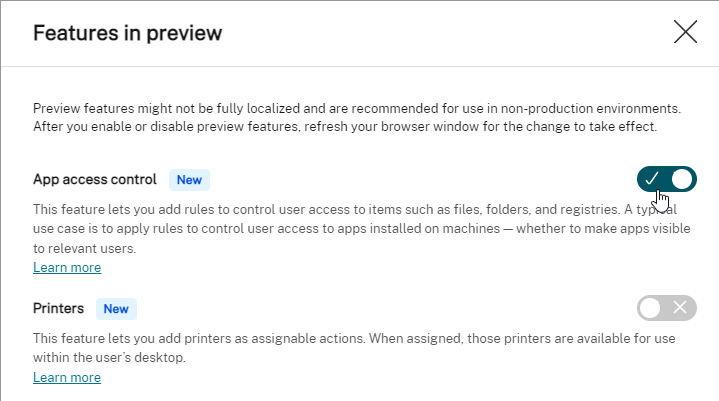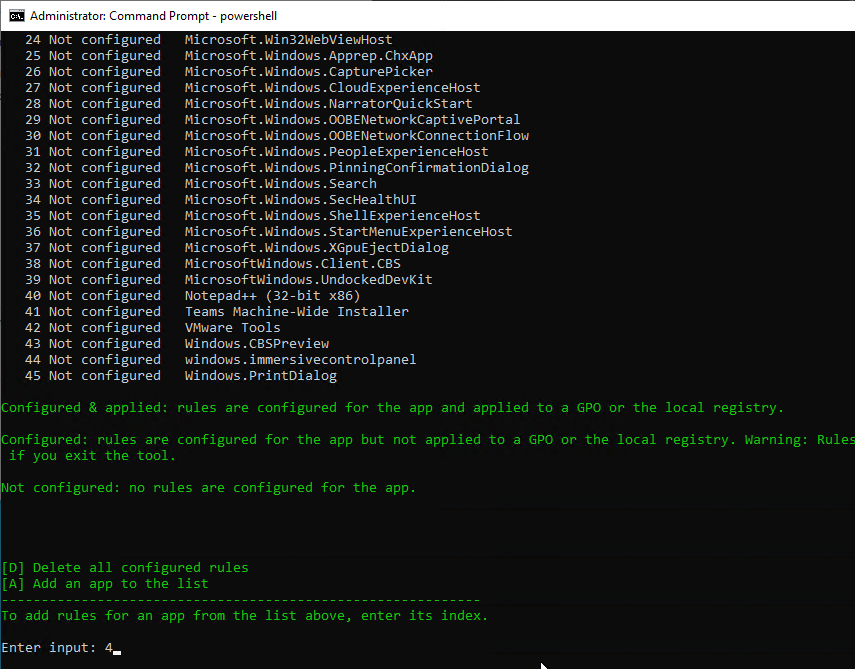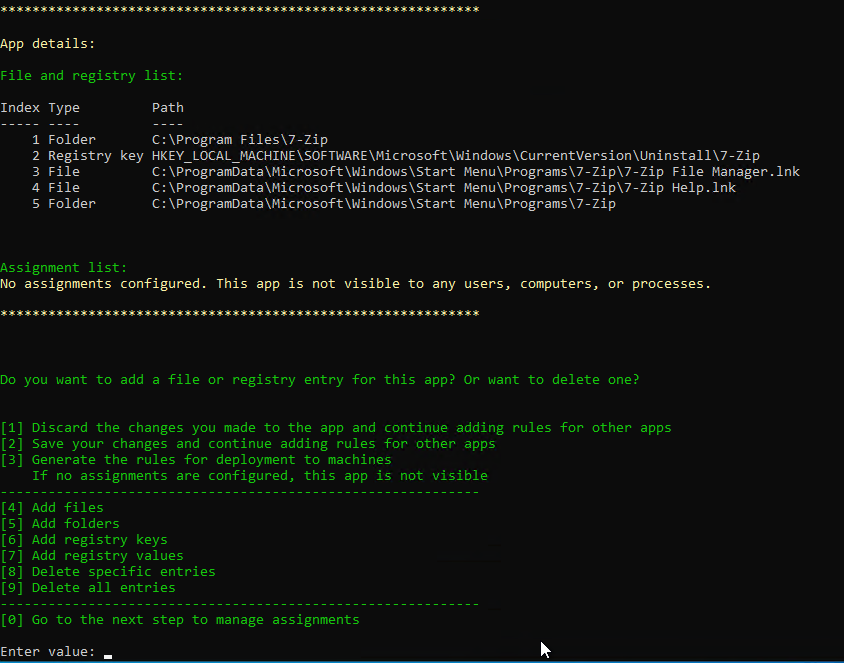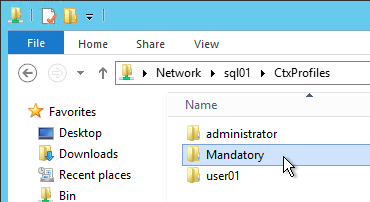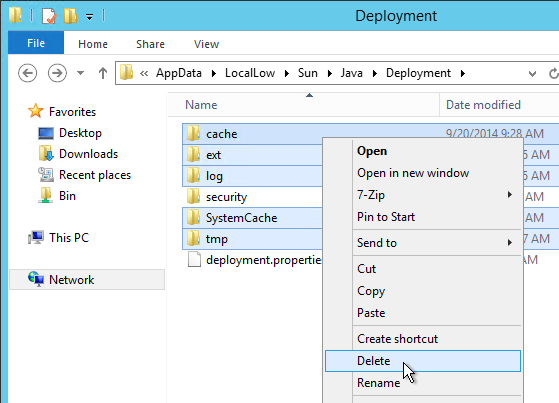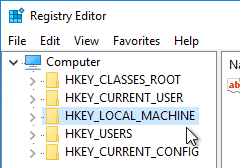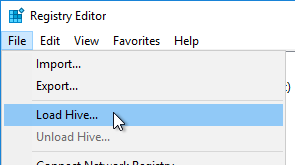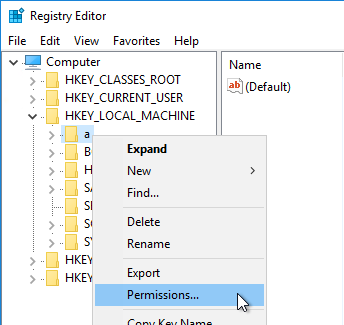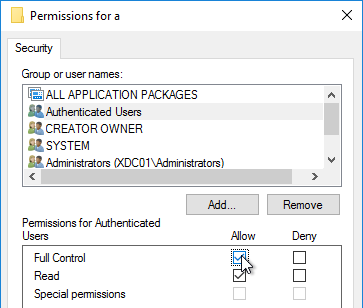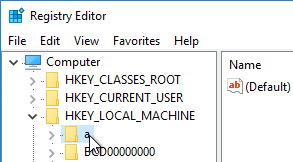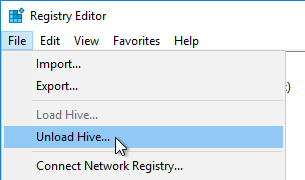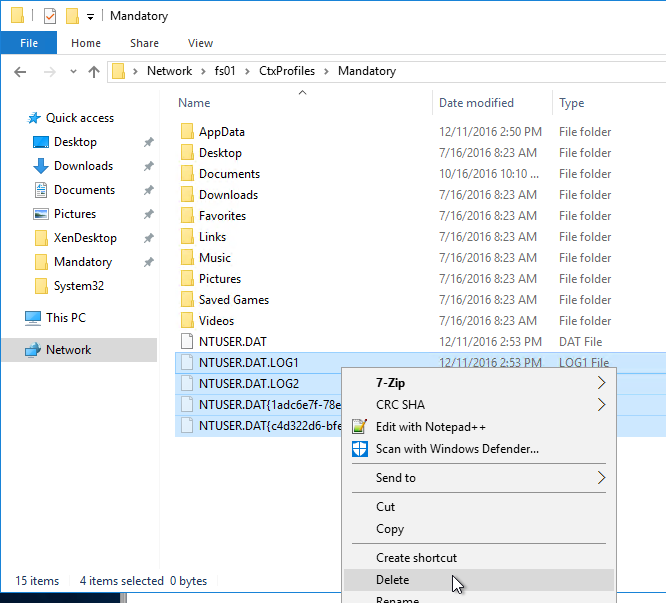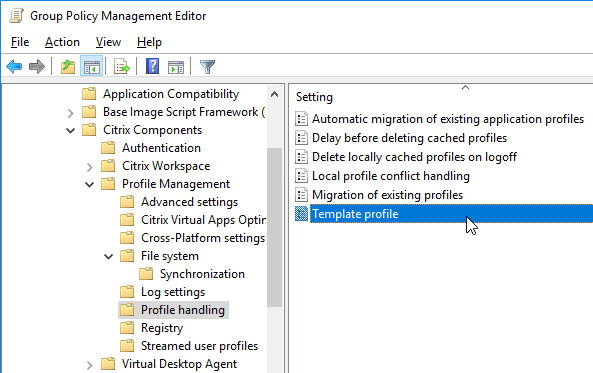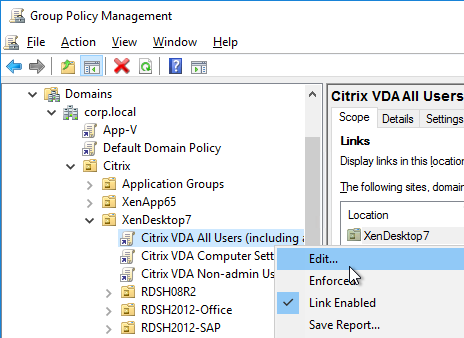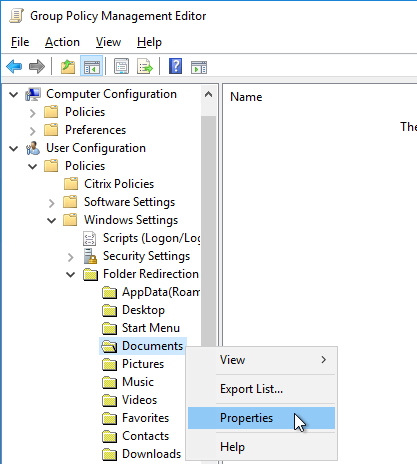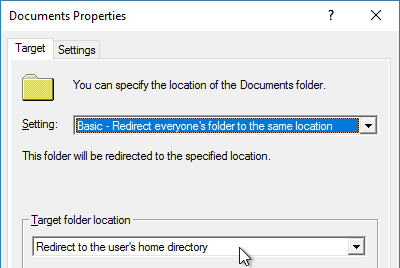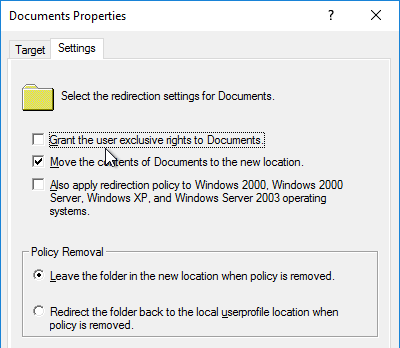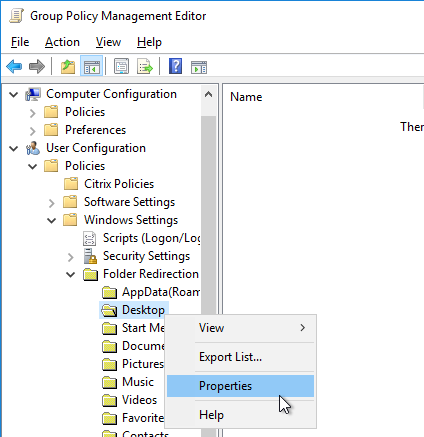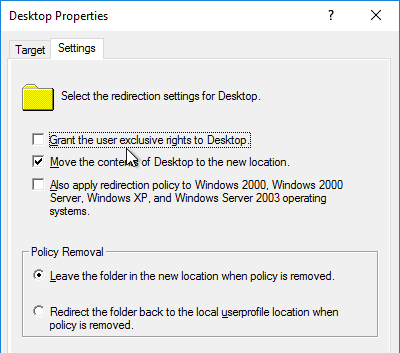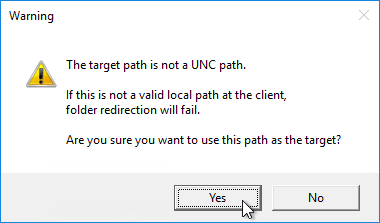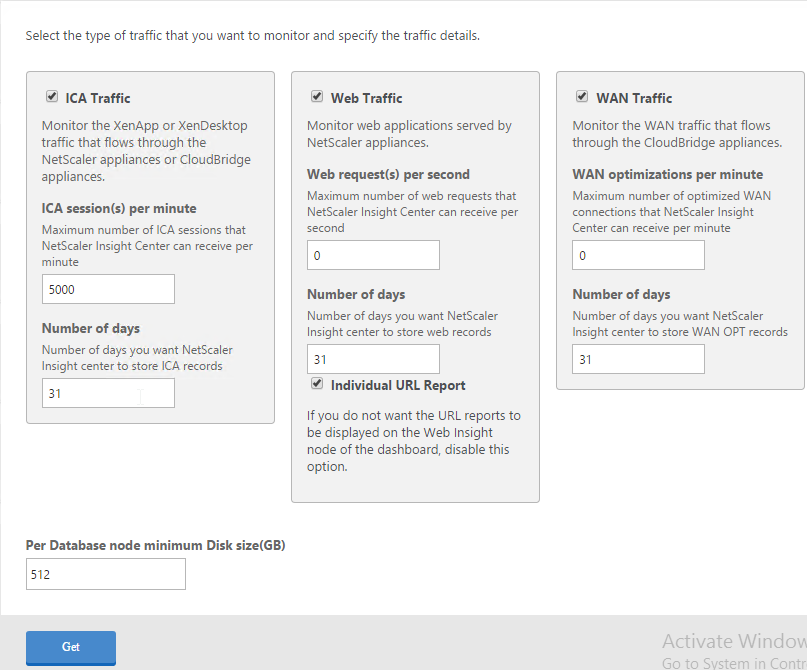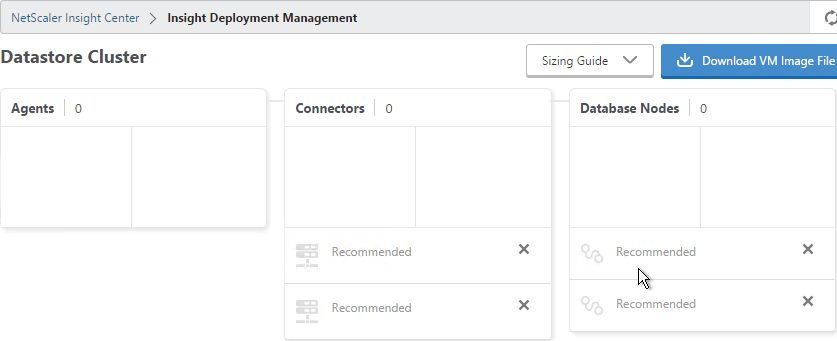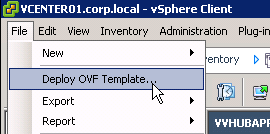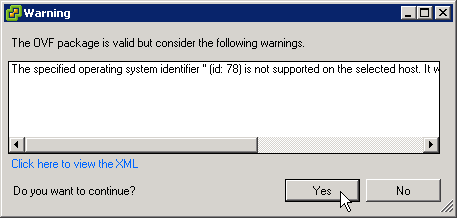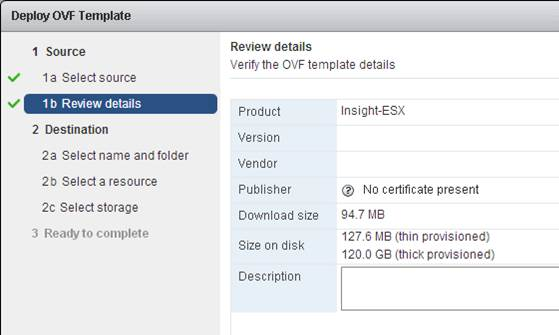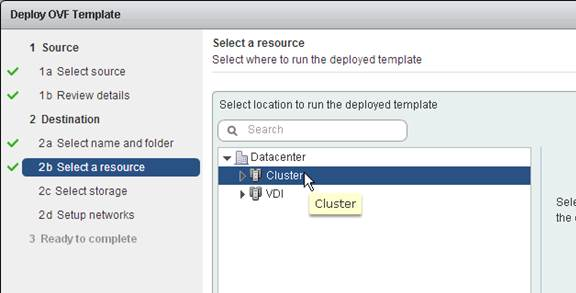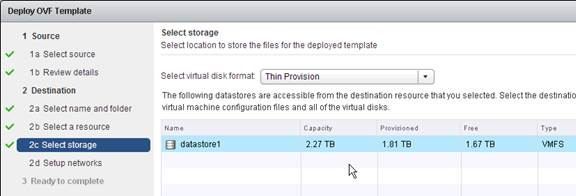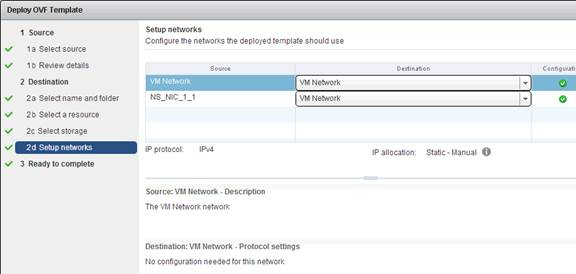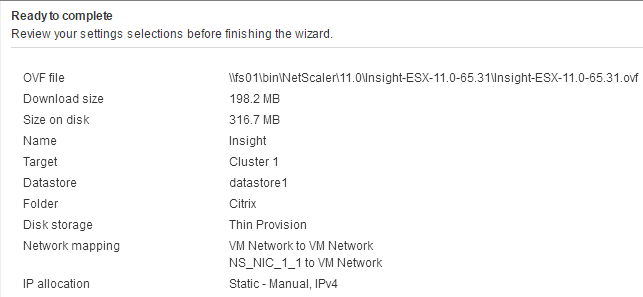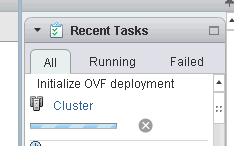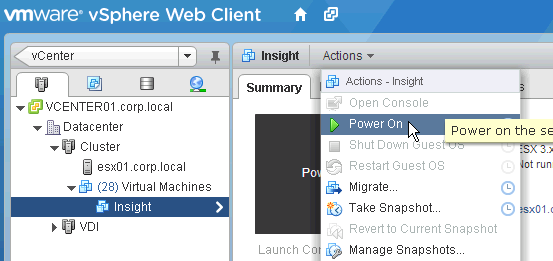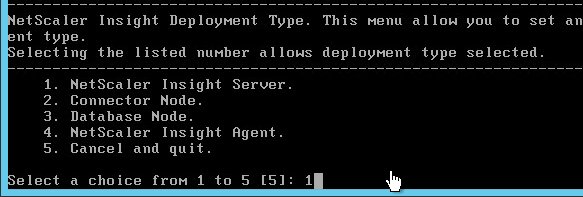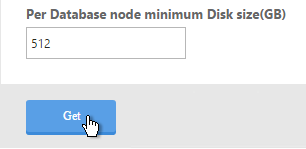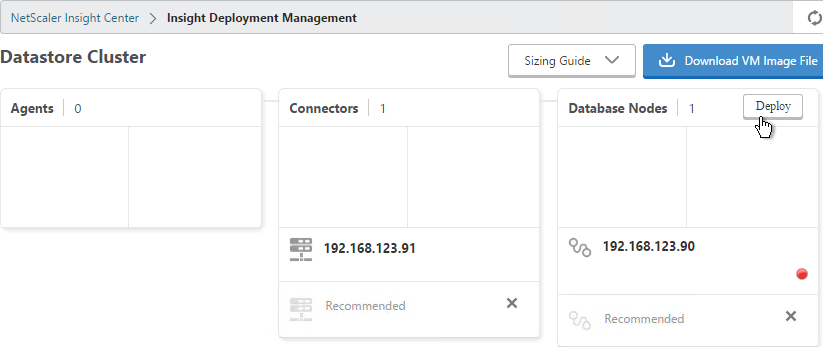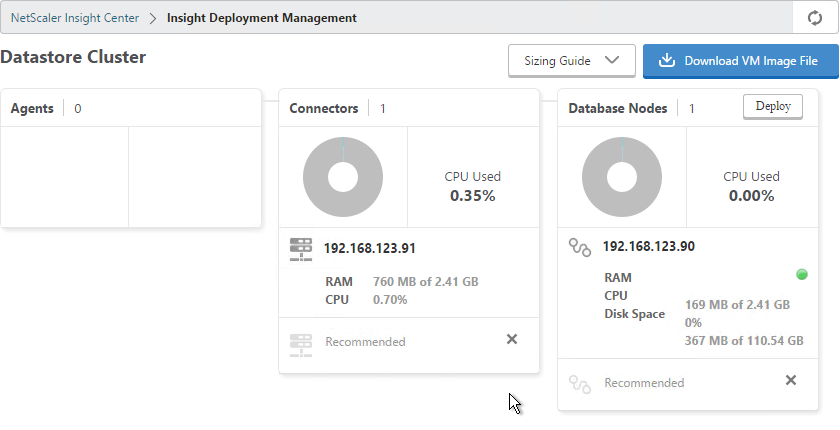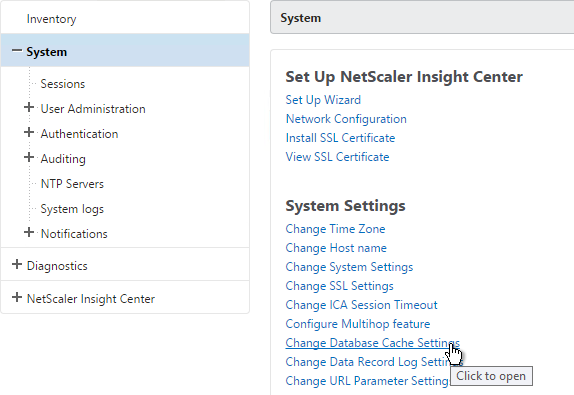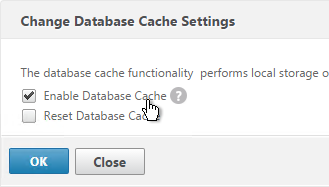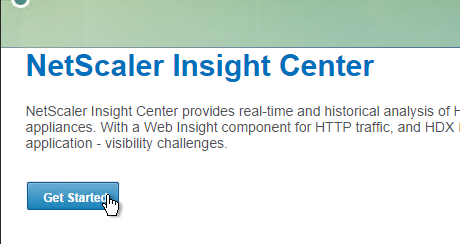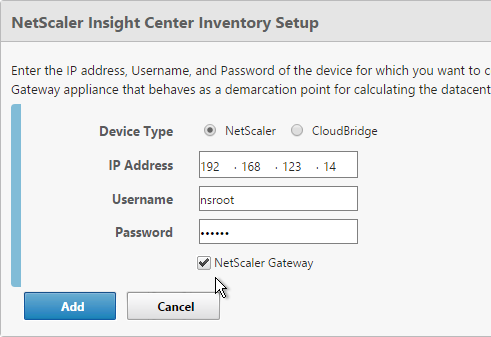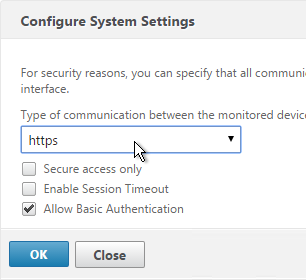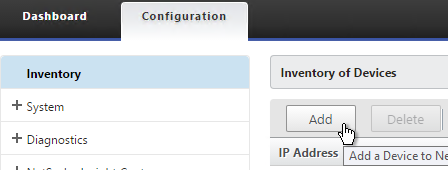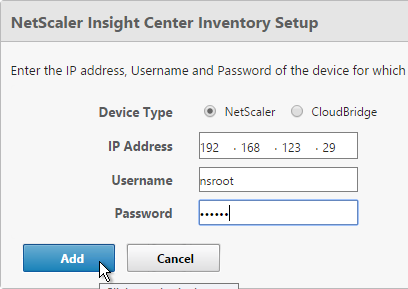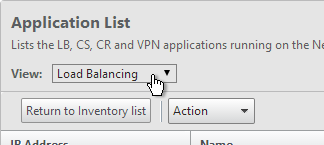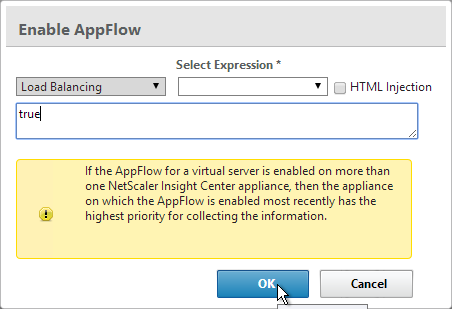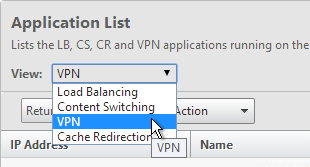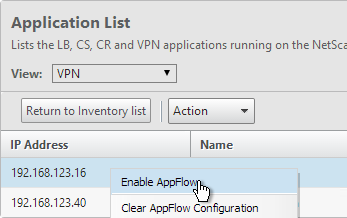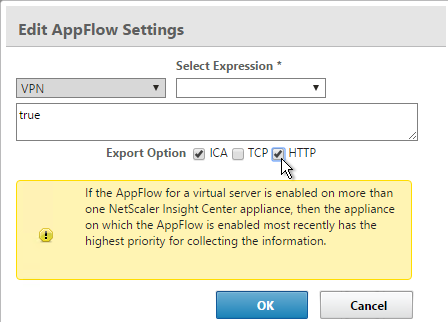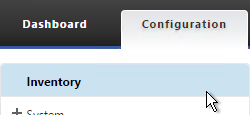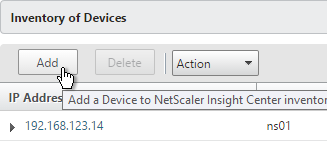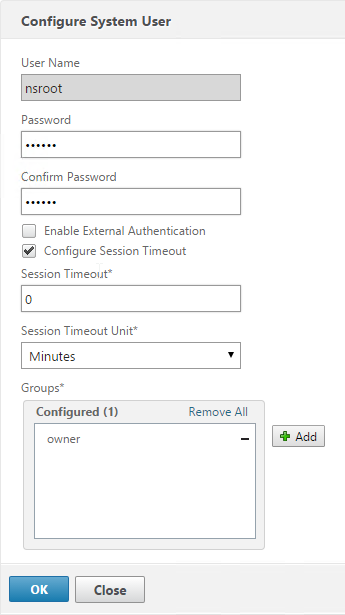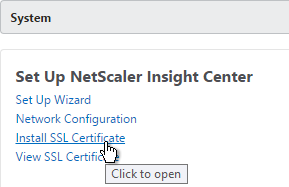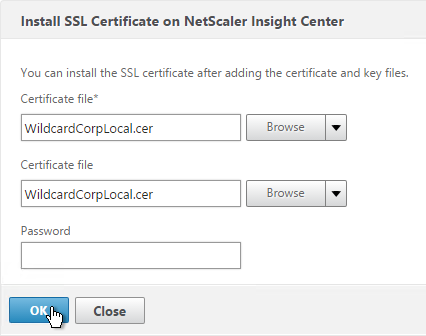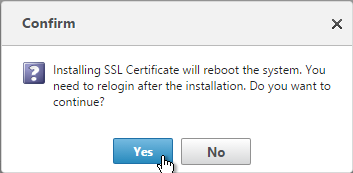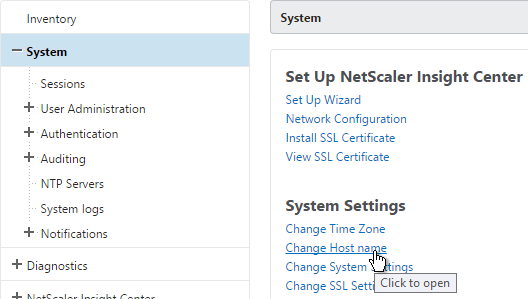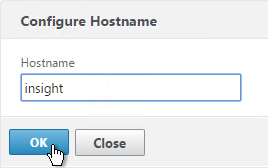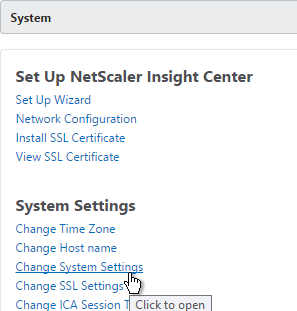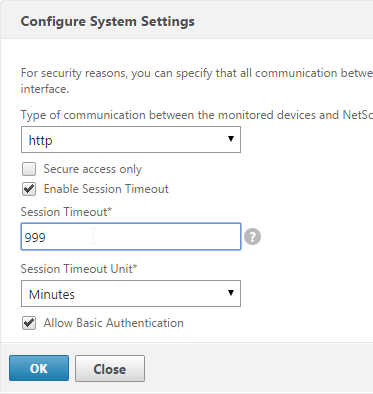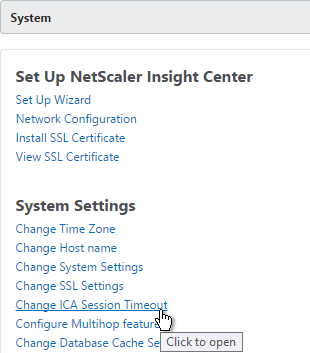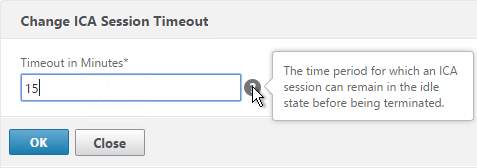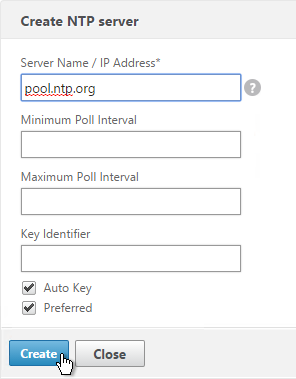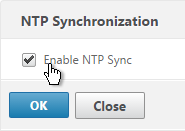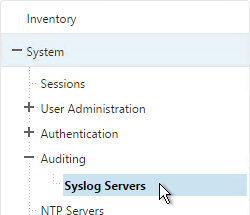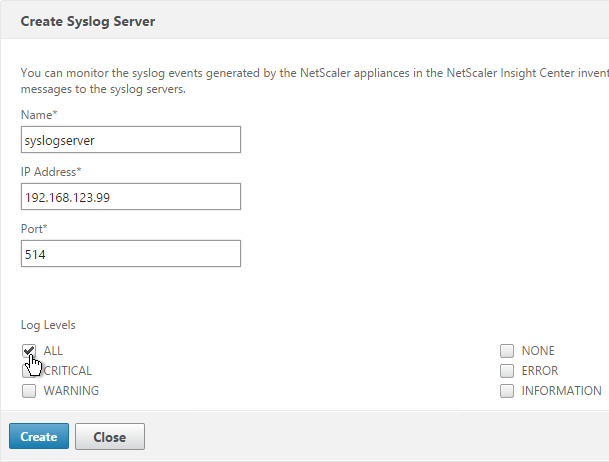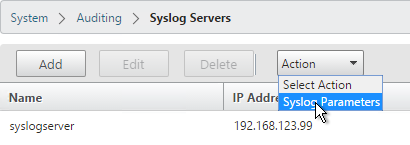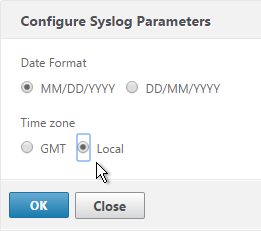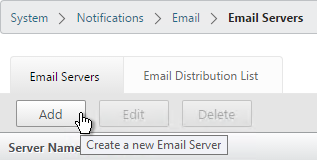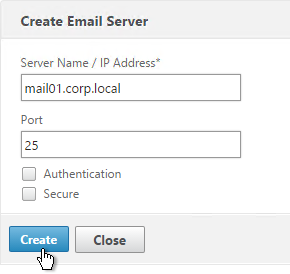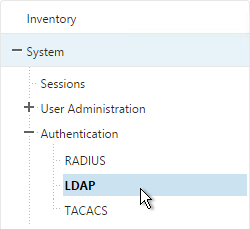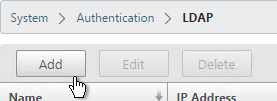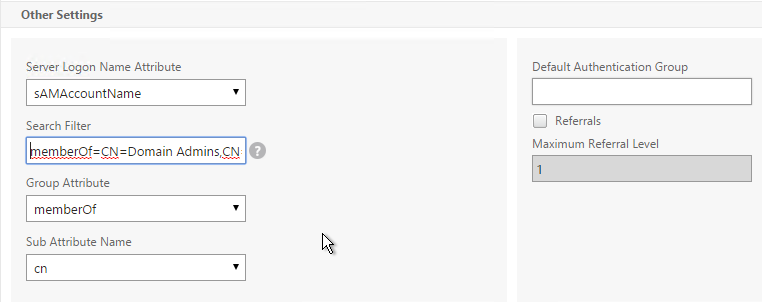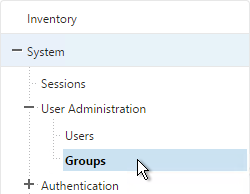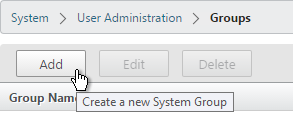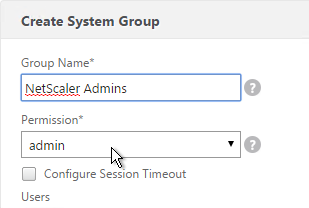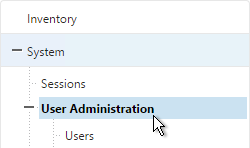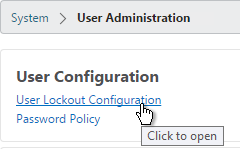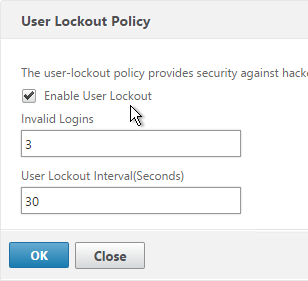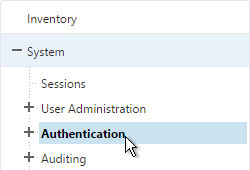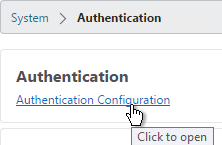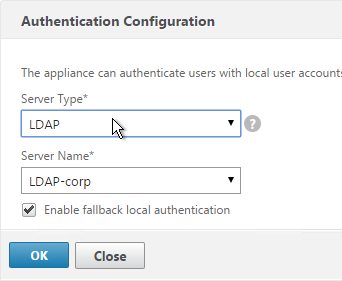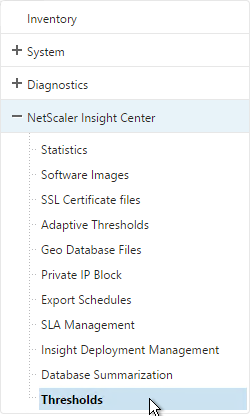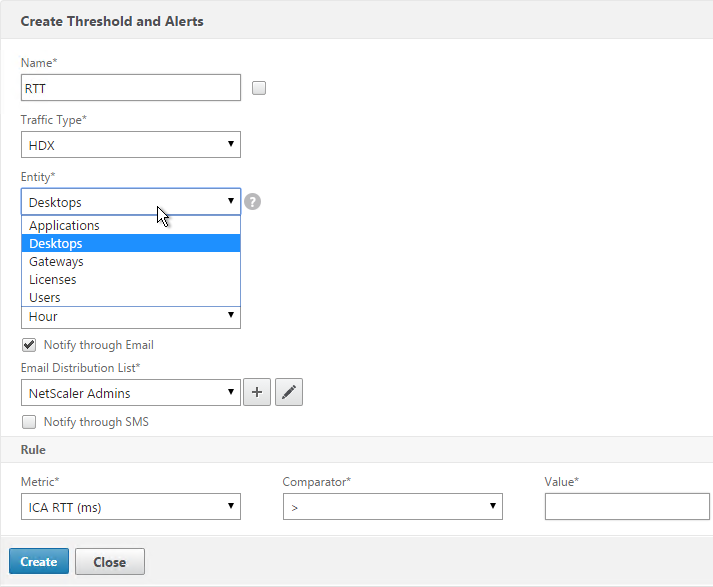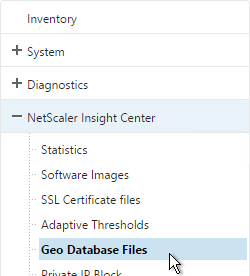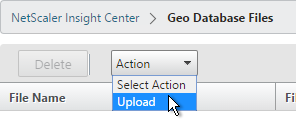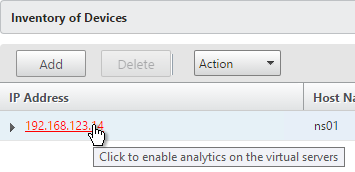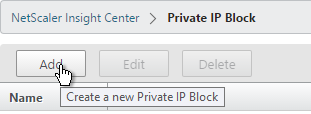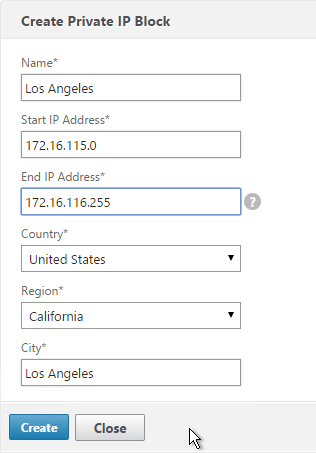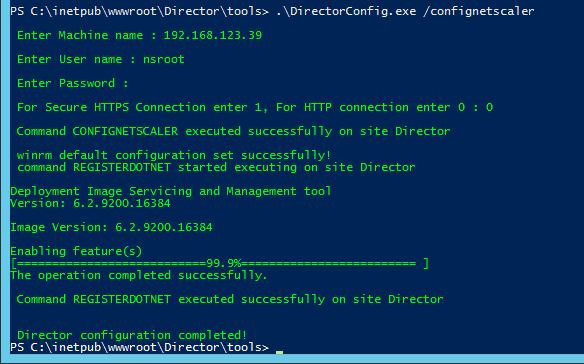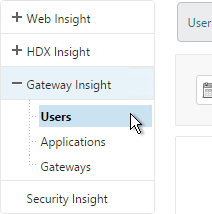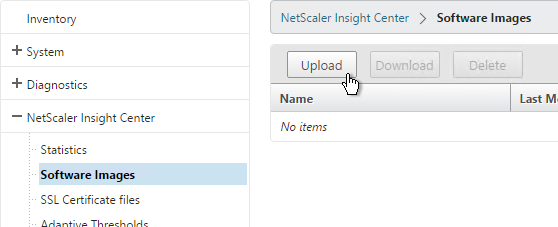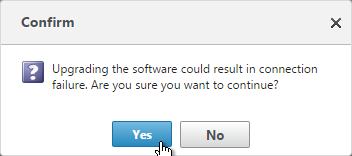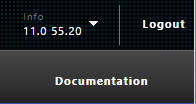Navigation
- Change Log
- Citrix Policy Settings – GPO Method Overview
- Citrix Group Policy Management Plug-in
- Computer Settings
- User Settings
- Citrix Policy Templates
- Framehawk Configuration
- Graphics Settings – Enlightened Data Transport (EDT), Thinwire Plus, H.264, Actively Changing Regions
- Graphics Tools – RDAnalyzer, GPUPerf
- Security Settings
💡 = Recently Updated
Change Log
- 2025 Feb 8 – updated Group Policy Management Plug-in section for Citrix Virtual Apps and Desktops (CVAD) 2402 CU2
- 2024 Dec 5 – Virtual Channel Plugin Manager in 2411
- 2024 Dec 4 – updated Group Policy Management Plug-in section for Citrix Virtual Apps and Desktops (CVAD) 2411
- 2024 Aug 12 – New Teams VDI Plug-in (SlimCore) requires three custom virtual channels
- 2024 Aug 4 – Policy sets in Web Studio 2407
- 2024 June 1 – Secure HDX
- 2024 April 18 – Added link to Citrix Blog Post What’s new with HDX in the 2402 LTSR
- 2023 Dec 22 – HDX Direct at Citrix Docs
- 2023 Feb 10 – added link to CTP Dave Bretty Making Your Citrix Policy Secure – By Default
- 2023 Feb 10 – install the Broker SDK plug-in to see Delivery Groups in Citrix Policy filters.
Citrix Policy Settings – GPO Method
Citrix offers two methods of delivering Citrix Policy settings:
- Citrix Studio – also known as FMA policies
- Group Policy Object – the Citrix Group Policy Management Plugin installer (included with Studio) adds a Citrix Policy node to the regular Group Policy Editor.
For this page, Citrix Policy refers to policy settings that are provided by Citrix for VDAs. It does not include settings that are native to Microsoft group policies. See the VDA Group Policies articles for more information on the recommended Microsoft group policy settings for a Citrix Virtual Apps and Desktops environment.
Citrix Policies can be easily configured in Citrix Studio and stored in the site database. In CVAD 2402 and newer, you can use Citrix Automated Configuration to export policies from one site/farm and import to another.
GPOs linked to an Active Directory OU can apply to VDAs in multiple Citrix Virtual Apps and Desktops sites/farms. If you use the GPO method, make sure the GPOs are linked to OUs that contain VDAs.
Citrix Web Studio > Policies has the new single-pane Policy configuration interface. Group Policy > Citrix Policies has the older Policy configuration interface as detailed in the rest of this article.

In Web Studio 2407 and newer, on the Settings page, you can enable Policy sets, which contain multiple policies. Then assign a policy Set to Delivery Groups. Administrator scopes can include Policy Sets. See Citrix Docs.



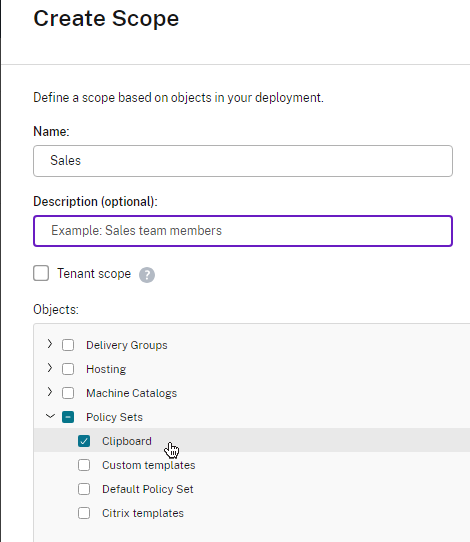
If you ever want to copy the Studio policies to a GPO, run the following PowerShell commands as mentioned at Citrix Discussions:
New-PSDrive -PSProvider CitrixGroupPolicy -Name LocalFarmGpo -Root \ -Controller "MyController" New-PSDrive -PSProvider CitrixGroupPOlicy -Name TargetGPO -Root \ -DomainGpo "MyGPO" cd LocalFarmGpo:\User copy * TargetGPO:\User cd LocalFarmGpo:\Computer copy * TargetGPO:\Computer
Citrix Group Policy Management Plug-in
To configure and deliver Citrix Policy Settings using a group policy object, you must install the Citrix Group Policy Management Plug-in on your group policy editing machine. This plug-in adds the Citrix Policies node to the Group Policy Editor.
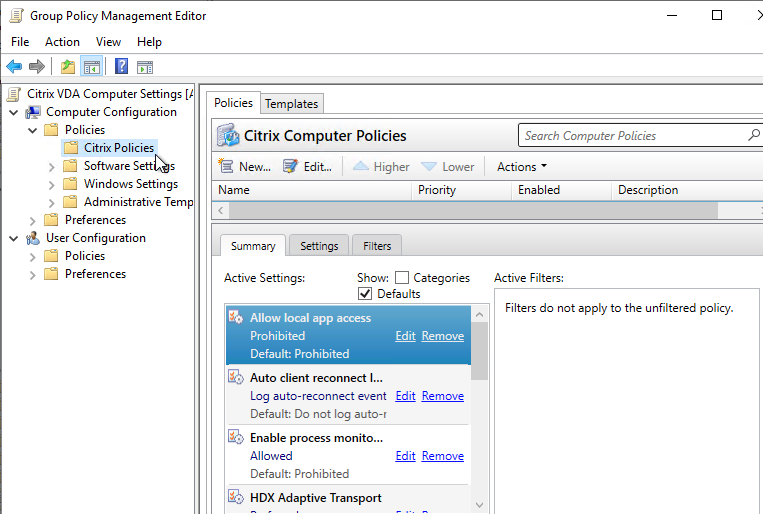
Do the following to install the plug-in.
- Login to a machine that has the Group Policy Management Console (GPMC) Windows Feature installed.
- If this machine doesn’t have Citrix Studio installed, then install the Citrix Group Policy component from the \x64\Citrix Policy folder on the Citrix Virtual Apps and Desktops ISO. Make sure all Group Policy consoles are closed first.

- If you use Citrix DaaS, then instead download it from the Citrix DaaS download page.

- If you use Citrix DaaS, then instead download it from the Citrix DaaS download page.
- Citrix Virtual Apps and Desktops (CVAD) 2411 comes with Citrix Group Policy Management 7.43.100.

- Citrix Virtual Apps and Desktops (CVAD) 2402 LTSR CU2 comes with Citrix Group Policy Management 7.41.2100.28.
- Citrix Virtual Apps and Desktops (CVAD) 2203 LTSR CU6 comes with Citrix Group Policy Management 7.33.6000.10.

- Citrix Virtual Apps and Desktops (CVAD) 1912 LTSR CU8 comes with Citrix Group Policy Management 7.24.8000.0.
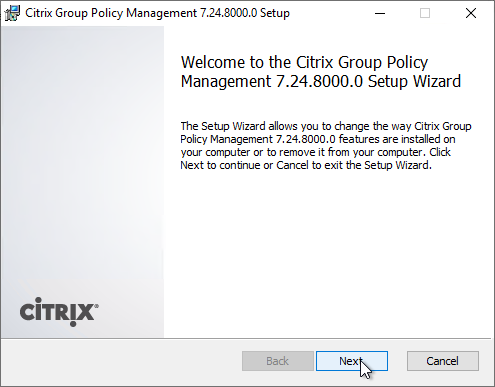
- XenApp/XenDesktop 7.15 LTSR Cumulative Update 9 comes with Citrix Group Policy Management 3.1.9000.0.
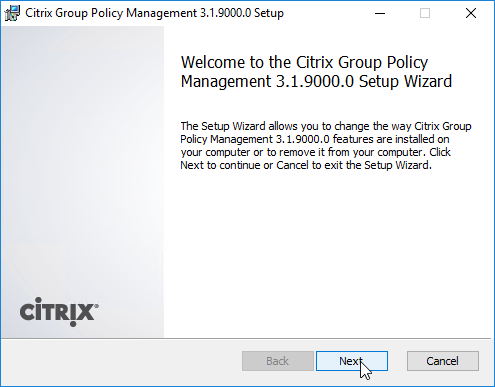
- Citrix Virtual Apps and Desktops (CVAD) 2402 LTSR CU2 comes with Citrix Group Policy Management 7.41.2100.28.
- Click Finish to finish the wizard.

- Citrix releases quarterly updates for this component, so whenever you update your Delivery Controllers, also update your Group Policy editing machines (machines with Group Policy Management Console installed).
- Citrix Policies let you use Delivery Groups as a filter. To see the list of Delivery Groups, install the Broker SDK plug-in.
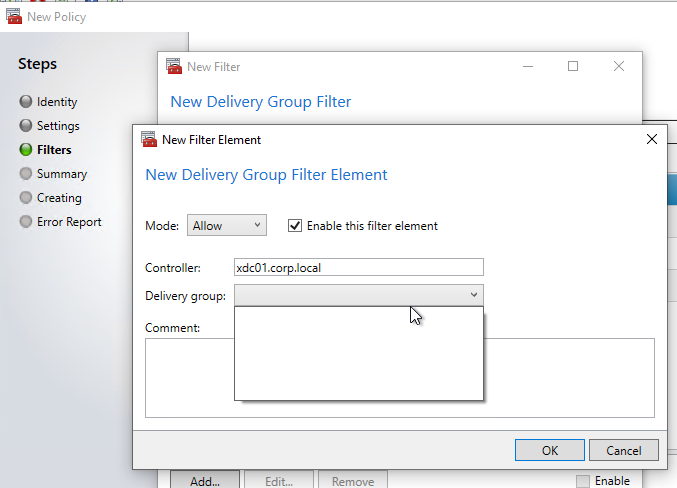
- On the CVAD ISO, go to \x64\Citrix Desktop Delivery Controller and run Broker_PowerShellSnapIn_x64.

- Check the box next to I accept and click Install.

- Close the Group Policy Editor and re-open it. Now you can see the list of Delivery Groups.

- On the CVAD ISO, go to \x64\Citrix Desktop Delivery Controller and run Broker_PowerShellSnapIn_x64.
Computer Settings
- Run Group Policy Management Console.
- Edit a GPO that applies computer settings to the VDA machines.

- In the GPO, expand Computer Configuration, expand Policies, and click Citrix Policies.

- On the right, on the Templates tab, you can create a new policy based on a built-in template. Note: Citrix (Daniel Feller XenDesktop 7.7 and Windows 7) has found that the High Server Scalability template can increase user density by 30%.
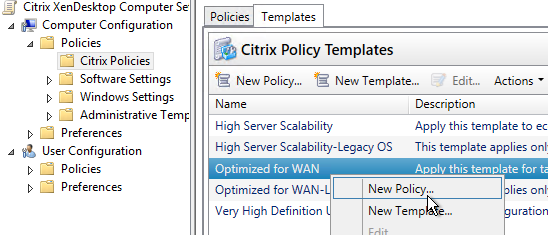
- On the right, on the Policies tab, you can either edit the Unfiltered policy, or you can create a new policy that is filtered.

- Switch to the Settings tab.
- Citrix Policies in the Computer Half of the GPO only shows Computer Settings. Later, we’ll configure Citrix Policies in the User Half of the GPO, which has different settings (User Settings).
- Some of the setting detailed in this post require newer versions of Citrix Virtual Apps and Desktops.

- As you edit the policy settings, make note of the Applies to field. Some of the Citrix Policy settings do not apply to Virtual Delivery Agent 7.x.
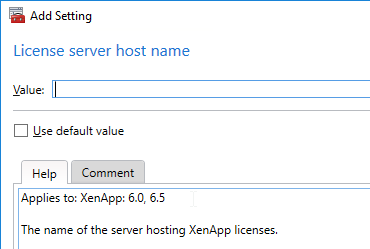
- Also notice that some settings apply to Desktop OS (virtual desktop) or Server OS (Remote Desktop Session Host) but not necessarily both. Read the Applies to section to verify.
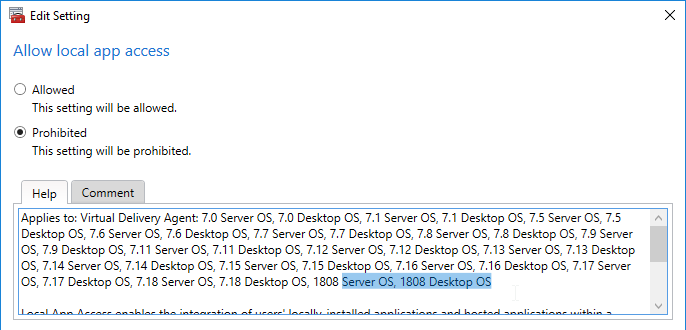
- Change the Categories drop-down to ICA.
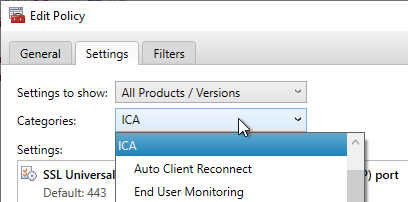
- Scroll down and add the setting Virtual channel allow list.

- In VDA 2109 and newer, the setting Virtual channel allow list is enabled by default, which means that non-Citrix virtual channels, like Zoom and WebEx, won’t work. One option is to disable this setting. Another option is to find the name of the third-party virtual channel and add it to this list as detailed in Citrix Docs. See Citrix Blog Post Virtual channel allow list now enabled by default for a list of virtual channels to add.
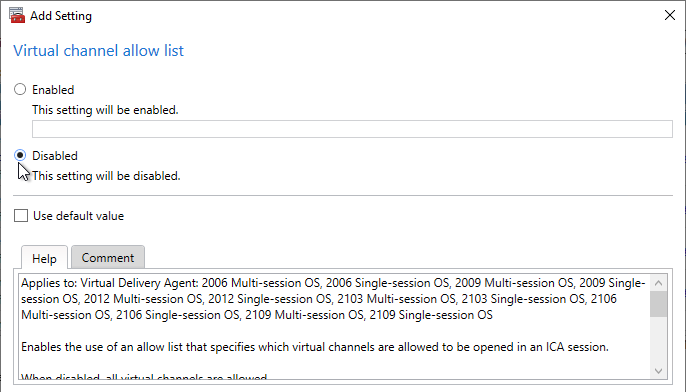
- CVAD 2206 and newer let you enter wildcards in the Virtual channel allow list setting. See Citrix Docs.
- New Teams VDI Plug-in (SlimCore) requires three custom virtual channels.

- In VDA 2109 and newer, the setting Virtual channel allow list is enabled by default, which means that non-Citrix virtual channels, like Zoom and WebEx, won’t work. One option is to disable this setting. Another option is to find the name of the third-party virtual channel and add it to this list as detailed in Citrix Docs. See Citrix Blog Post Virtual channel allow list now enabled by default for a list of virtual channels to add.
- CVAD 2311 and newer support HDX Direct for both internal and external connections. HDX Direct automatically installs self-signed certificates on the VDAs. Workspace apps then connect directly to the VDAs without going through ICA Proxy (NetScaler Gateway). For external users, the connections use STUN to traverse NAT. Use Citrix Policy to enable HDX Direct and set the mode to Internal and external. See HDX Direct at Citrix Docs.

- Change the Categories drop-down to Auto Client Reconnect.
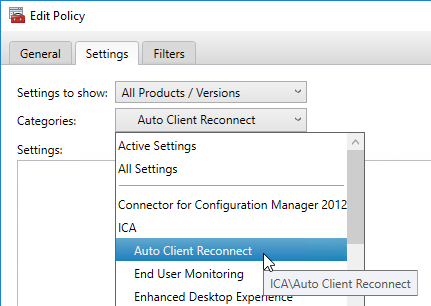
- Click Add next to the setting Auto client reconnect logging.
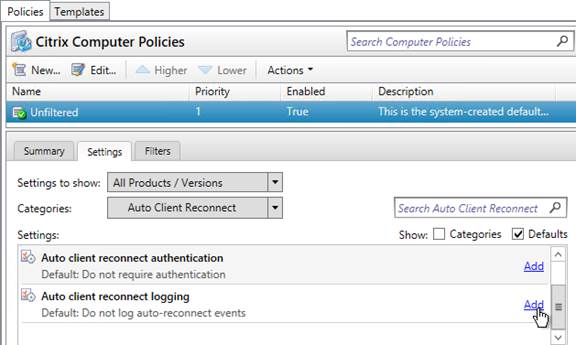
- Change the Value to Log auto-reconnect events, and click OK.
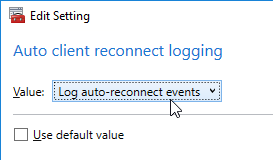
- Change the Value to Log auto-reconnect events, and click OK.
- Change the Categories drop-down to End User Monitoring.
- Click Add next to the setting ICA round trip calculations for idle connections.
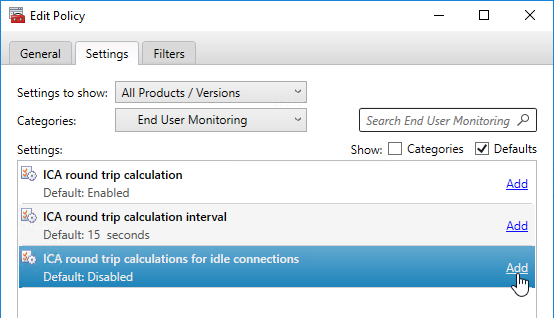
- Change the selection to Enabled and click OK.
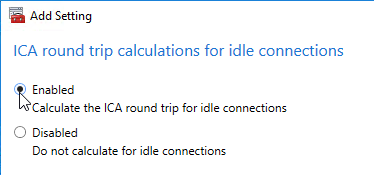
- Change the selection to Enabled and click OK.
- Change the Categories drop-down to Graphics.
- CVAD 2402 and newer let you enable Allow windows screen lock on Desktop OS.


- Change the Categories drop-down to Local App Access.
- Click Add next to the setting Allow Local App Access.

- Change the selection to Allowed, and click OK. Note: Local App Access interferes with Bidirectional Content Redirection in Receiver 4.7 and newer. See https://www.carlstalhood.com/published-applications/#laa for more info on Local App Access.
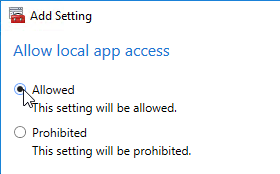
- Change the selection to Allowed, and click OK. Note: Local App Access interferes with Bidirectional Content Redirection in Receiver 4.7 and newer. See https://www.carlstalhood.com/published-applications/#laa for more info on Local App Access.
- Change the Categories drop-down to Printing.
- Click Add next to the setting Universal Print Server enable. See Citrix Universal Print Server at Citrix Docs for more info.
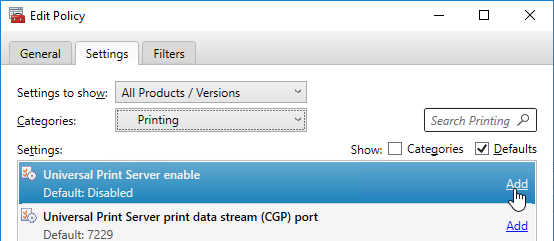
- Change the Value to Enabled with fallback to Windows’ native remote printing. Click OK.
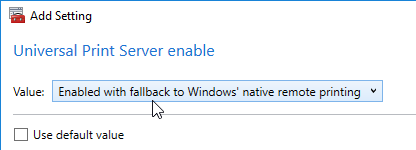
- Change the Value to Enabled with fallback to Windows’ native remote printing. Click OK.
- Change the Categories drop-down to Virtual Delivery Agent Settings > Monitoring.
- Click Add next to the setting Enable monitoring of application failures.
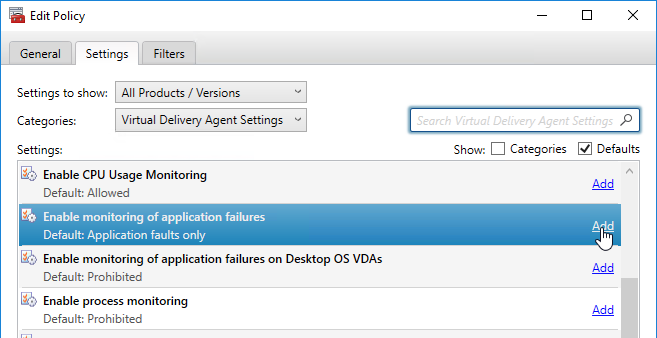
- You can optionally change the Value drop-down to Both application errors and faults. Click OK.

- You can optionally change the Value drop-down to Both application errors and faults. Click OK.
- Click Add next to the setting Enable monitoring of application failures on Desktop OS VDAs.
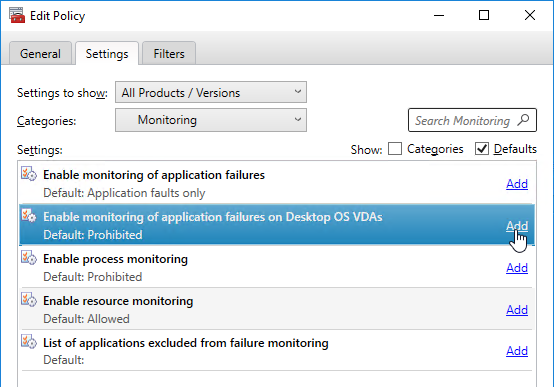
- Change the setting to Allowed and click OK. See CTX223927 How to use Director to troubleshoot application launch errors for details.
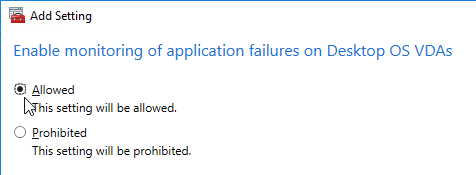
- Change the setting to Allowed and click OK. See CTX223927 How to use Director to troubleshoot application launch errors for details.
- Click Add next to the setting Enable process monitoring. Note: this setting could significantly increase the size of the Monitoring database. See Citrix Blog Post Citrix Director: CPU, Memory Usage and Process Information.
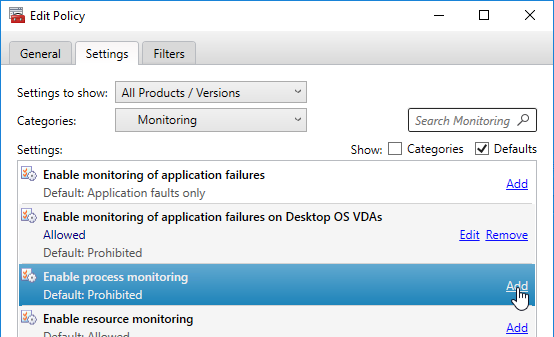
- Change the setting to Allowed, and click OK. This is the last Computer setting.
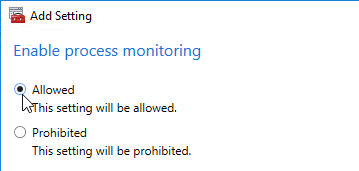
- Change the setting to Allowed, and click OK. This is the last Computer setting.
User Settings
- With the GPO method of configuring Citrix Policies, Citrix Policy settings are split between Computer and User. The remaining settings are User settings. Edit a GPO that applies to Users.
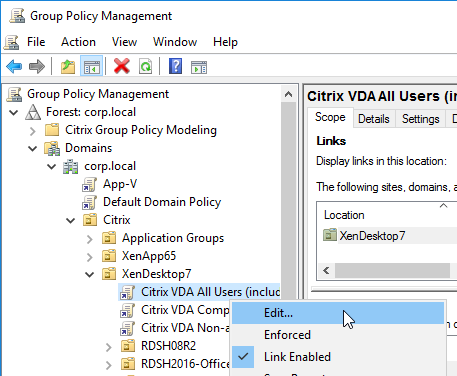
- Expand User Configuration, expand Policies, and click Citrix Policies.
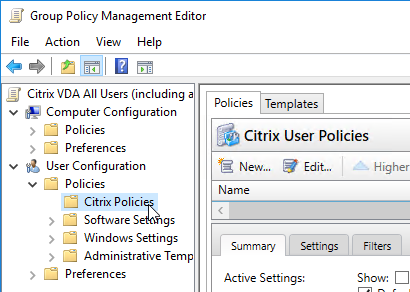
- On the right, select the Unfiltered policy, and edit it. Or you can create a new policy that is filtered. You can also use the Templates tab to create a policy based on a template.

- In CVAD 2012 and newer, in the Search Box, enter Drag and Drop and click Add Value.
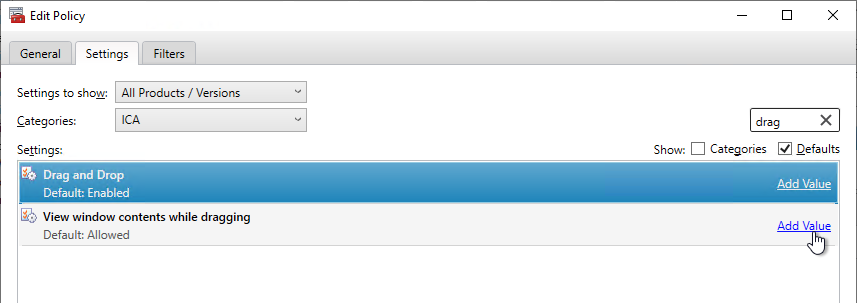
- Drag and Drop is enabled by default. Decide if this is acceptable to your security policies.
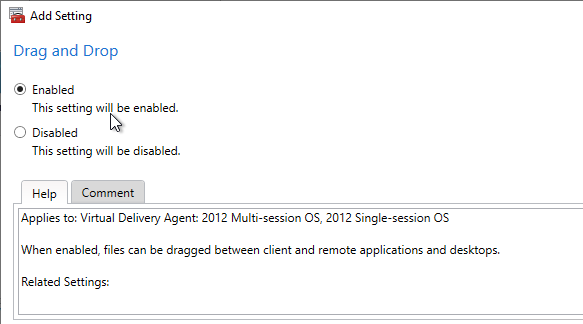
- Drag and Drop is enabled by default. Decide if this is acceptable to your security policies.
- In CVAD 2012 and newer, in the Search Box, enter WIA and click Add Value.

- WIA Redirection is disabled by default. You can enable it if you have applications that use Windows Image Acquisition.
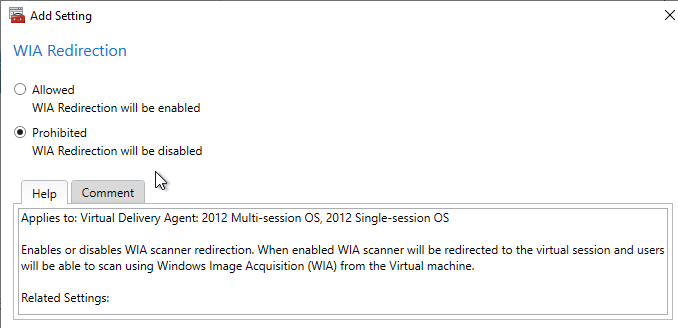
- WIA Redirection is disabled by default. You can enable it if you have applications that use Windows Image Acquisition.
- CVAD 2411 adds the setting Virtual channel plugin manager that can push the Microsoft Teams VDI plug-in to Workspace App 2409 and newer when users launch Microsoft Teams using SlimCore mode. See Citrix Docs for details.



- On the Settings tab, change the Categories drop-down to Audio.
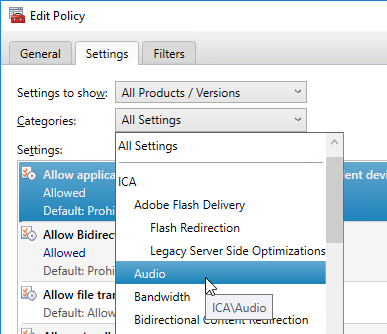
- Click Add next to the setting Audio quality.

- Workspace app 2109 and newer connecting to CVAD 2109 and newer support Adaptive Audio and no longer need this Audio quality setting.
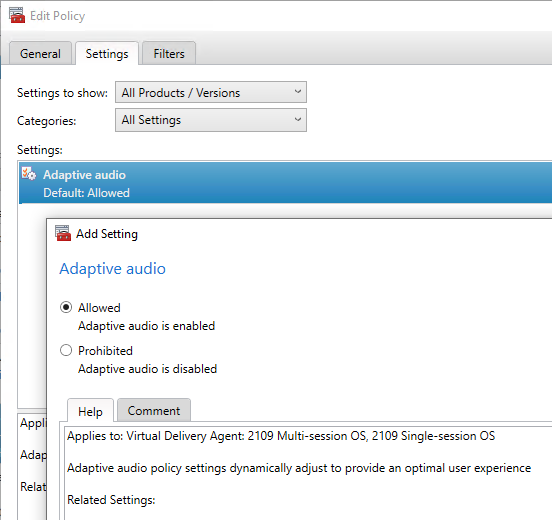
- For all older versions of Citrix, change the Value of Audio quality to Medium – optimized for speech, and click OK.
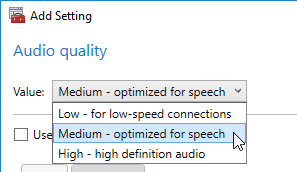
- Workspace app 2109 and newer connecting to CVAD 2109 and newer support Adaptive Audio and no longer need this Audio quality setting.
- CVAD 2402 and newer support Loss tolerant mode for audio.

- Change the Categories drop-down to Client Sensors.
- Click Add next to the Allow applications to use the physical location setting.

- Change the selection to Allowed and click OK.
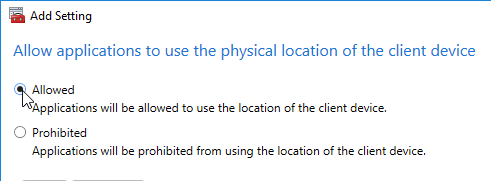
- Change the selection to Allowed and click OK.
- Change the Categories drop-down to Graphics.
- CVAD 2112 and newer allow users to Screen sharing with each other. This setting requires Graphic status indicator to be enabled.
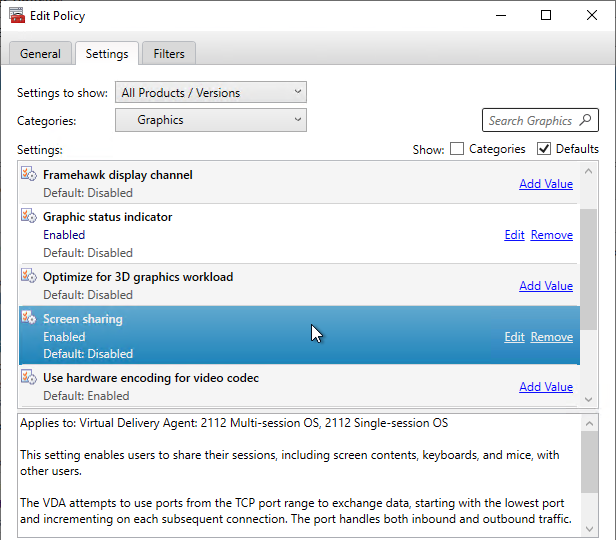
- Change the Categories drop-down to Mobile Experience.
- Click Add next to the Automatic keyboard display setting.
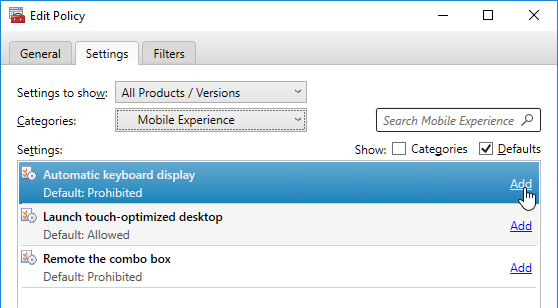
- Change the selection to Allowed, and click OK. Note: this setting might break SAP.
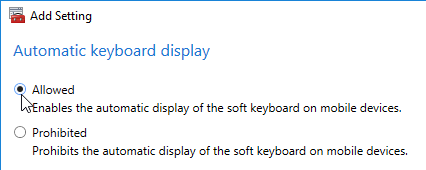
- Change the selection to Allowed, and click OK. Note: this setting might break SAP.
- Click Add next to the Remote the combo box setting. Note: this setting might break SAP.
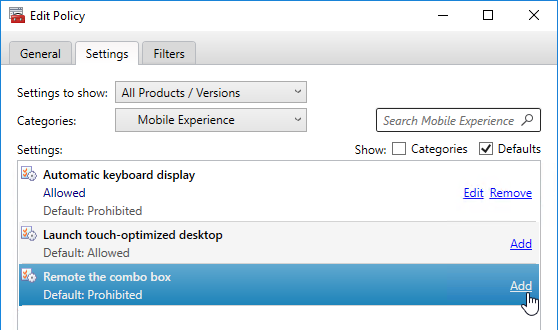
- Change the selection to Allowed, and click OK.
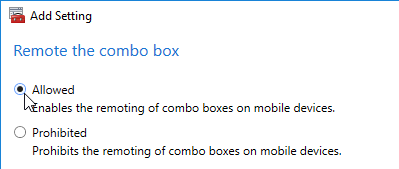
- Change the selection to Allowed, and click OK.
- Change the Category drop-down to Multimedia.
- Click Add next to the Use GPU for optimizing Windows Media setting.
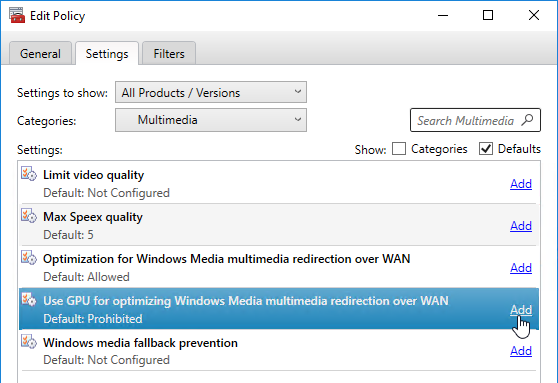
- Change the selection to Allowed, and click OK.

- Change the selection to Allowed, and click OK.
- Change the Categories drop-down to Printing.
- Click Add next to the setting Auto-create PDF Universal Printer.
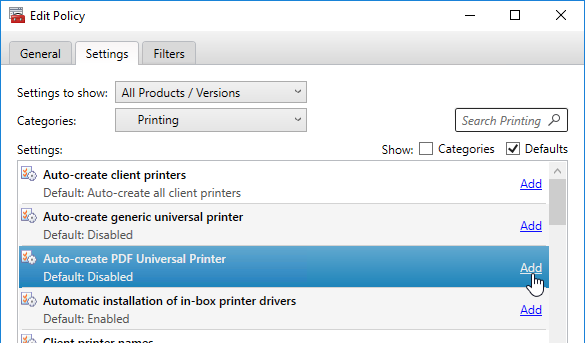
- Change the selection to Enabled and click OK.

- This setting normally only applies to sessions using HTML5 Receiver or HTML5 Workspace app.
- In Citrix Virtual Apps and Desktops (CVAD) 1808 or newer, and Workspace app 1808 or newer, the PDF Universal Printer also applies to regular Workspace app connections and is no longer limited to HTML5 connections.

- Change the selection to Enabled and click OK.
- Click Add next to the setting Automatic installation of in-box printer drivers.
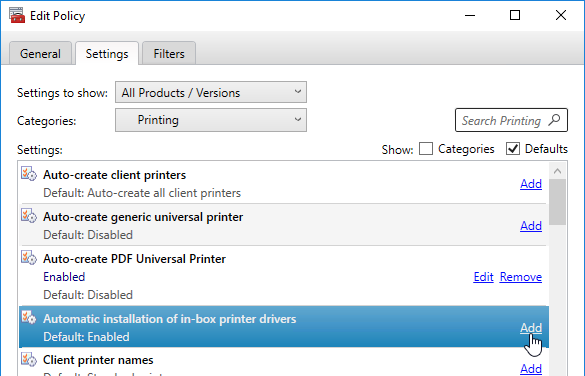
- Change the selection to Disabled, and click OK.
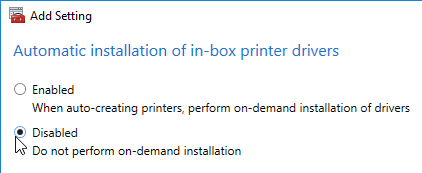
- Change the selection to Disabled, and click OK.
- Click Add next to the setting Direct connections to print servers.
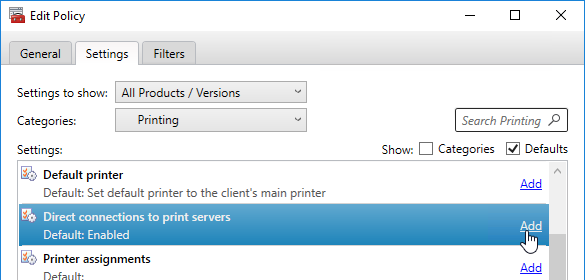
- Change the selection to Disabled, and click OK.

- Change the selection to Disabled, and click OK.
- Click Add next to the setting Printer auto-creation event log preference.

- Change the Value to Log errors only and click OK.

- Change the Value to Log errors only and click OK.
- Click Add next to the setting Universal print driver usage.
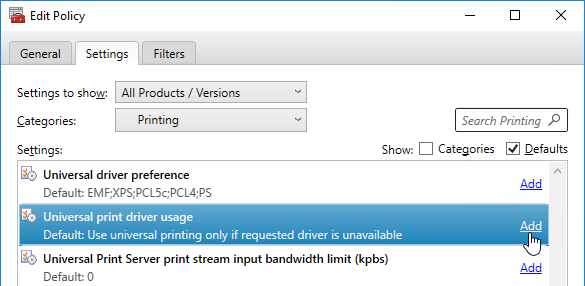
- Change the Value to Use universal printing only.

- Change the Value to Use universal printing only.
- Workspace app for Mac version 2203 and newer along with VDA 2112 and newer supports PDF printing instead of Postscript printing. With PDF, it’s no longer necessary to install the HP Color LaserJet 2800 Series PS driver on the VDA. Citrix Policy setting Universal driver preference must be adjusted to enable PDF printing as higher priority than PS (postscript) printing. See Citrix Docs for more details.
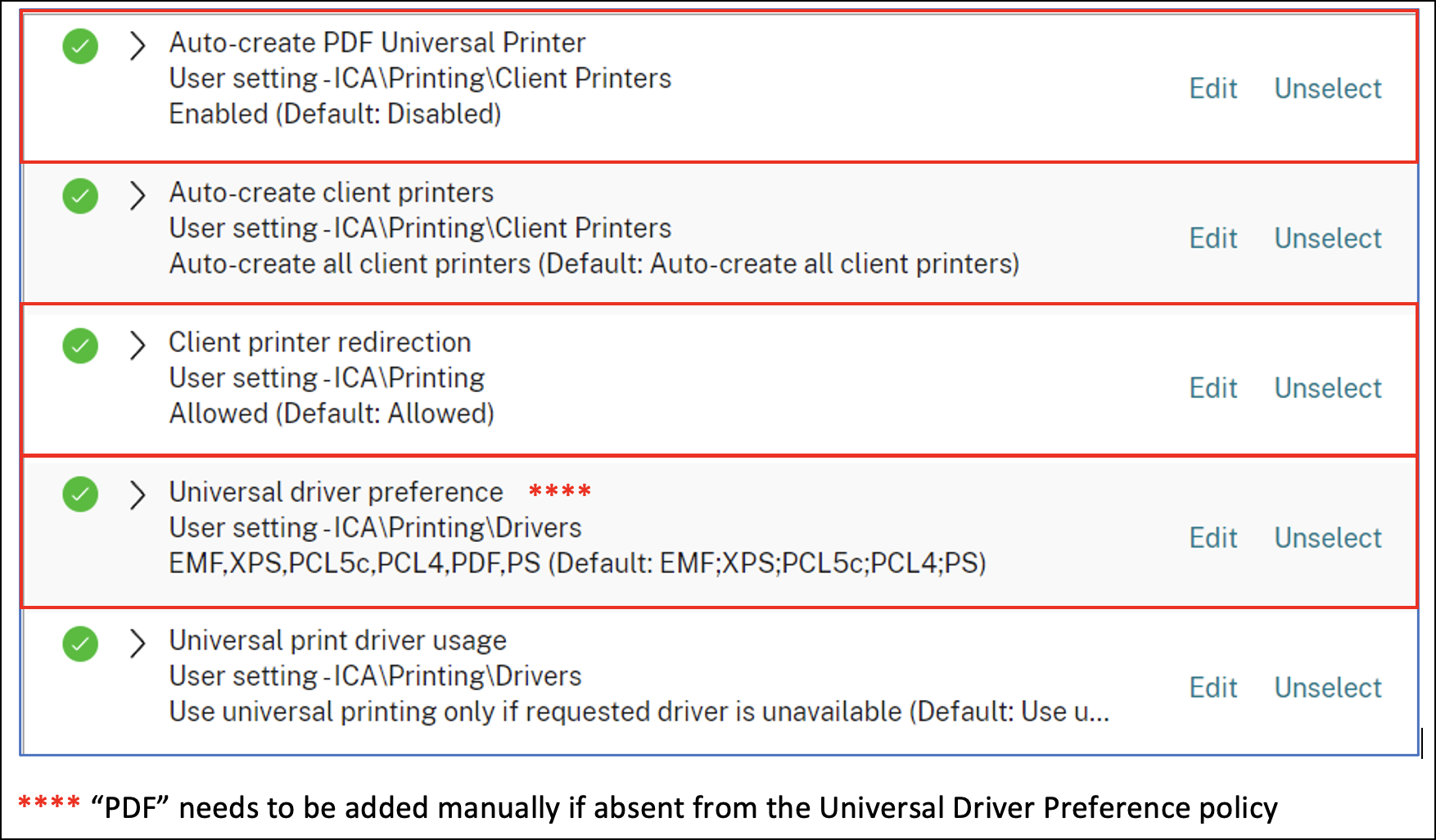
- CVAD 2206 and newer let you set RDSH timers in the user half of a Citrix Policy under the Server Limits category. Citrix Docs says: Timer settings for multi-session machines configured using Citrix policies are expected to override timer settings configured through Microsoft Group Policies. To avoid unexpected behavior, we recommend you configure timer settings using one of the two methods.
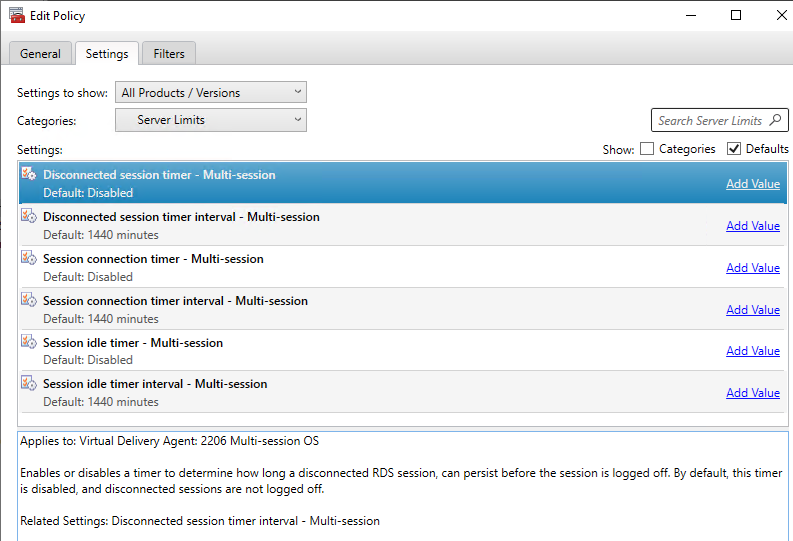
- Change the Categories drop-down to Session Limits.
- If you look at the Applies to text for these settings, notice that they apply to virtual desktops (Desktop OS), but not Remote Desktop Session Hosts (Server OS). Session timeouts for Remote Desktop Session Hosts can be configured in a Microsoft GPO or in the Server Limits section in CVAD 2206 and newer,
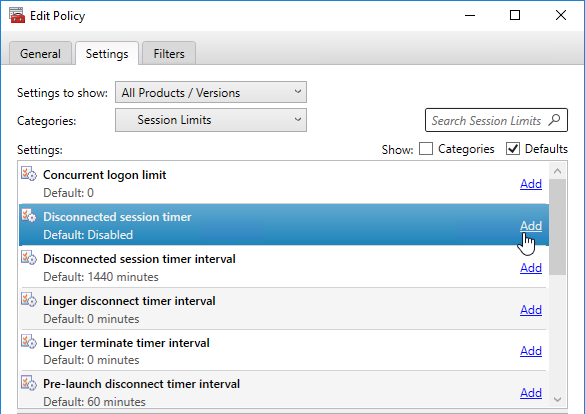
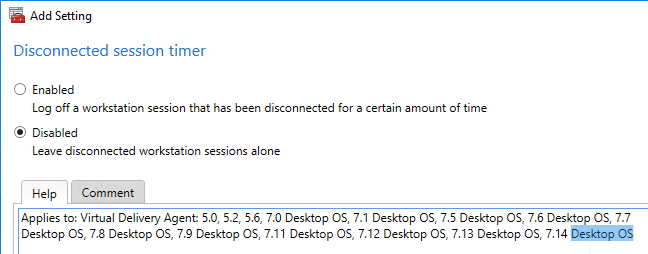
- Change the Categories drop-down to Time Zone Control.
- Click Add next to the setting Use local time of client.

- Change Value to Use client time zone. Note: you must also configure the Microsoft GPO Remote Desktop Session Host time zone setting.

- Change Value to Use client time zone. Note: you must also configure the Microsoft GPO Remote Desktop Session Host time zone setting.
- CVAD 1906 has a new policy for Desktop OS only that can revert to the VDA’s original time zone when the user disconnects or logs off. It’s called Restore Desktop OS time zone on session disconnect or logoff.

- Change the Categories drop-down to USB Devices.
- Click Add next to the setting Client USB device redirection.
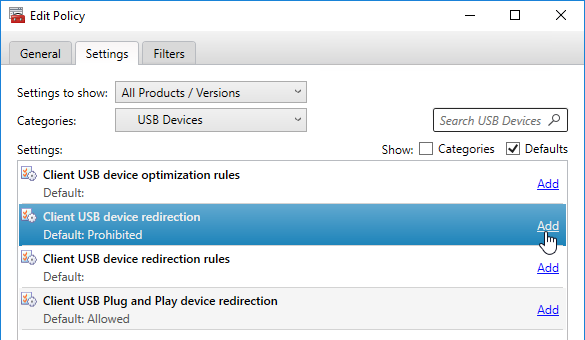
- If your security policies allow it then change the selection to Allowed, and click OK. This is the last generic setting. See the next couple sections for more settings.

- If your security policies allow it then change the selection to Allowed, and click OK. This is the last generic setting. See the next couple sections for more settings.
Also see:
- Citrix CTX227534 Citrix Printing Quick Start Guide – includes information on printing terms, printing configuration policies, and Citrix recommended configurations for common printing scenarios
- Gareth Carson Everything you wanted to know about out of the box printing but were afraid to ask! at CUGC
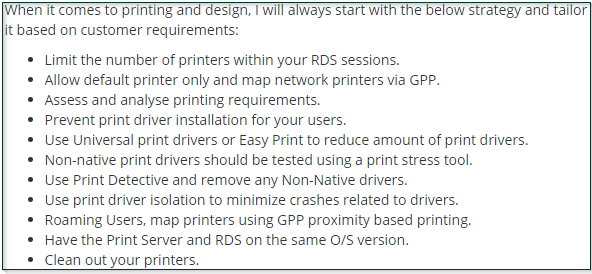
Citrix Policy Templates
- The Citrix Policies node of a GPO (or Citrix Studio) has a Templates tab. Each of these templates has pre-defined settings that you can use as a basis for new policies. Note: Citrix (Daniel Feller XenDesktop 7.7 and Windows 7) has found that the High Server Scalability template can increase user density by 30%.

- Citrix Docs Group Policy management template updates for XenApp and XenDesktop contains additional templates that you can download and import.
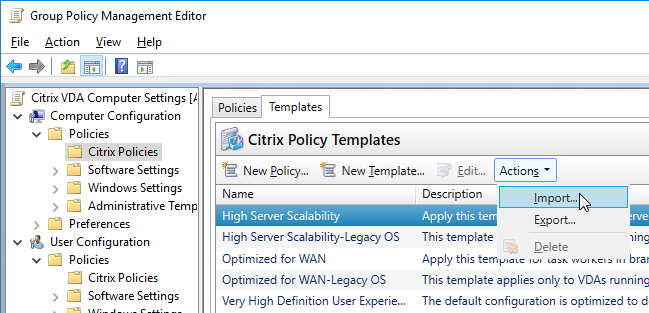
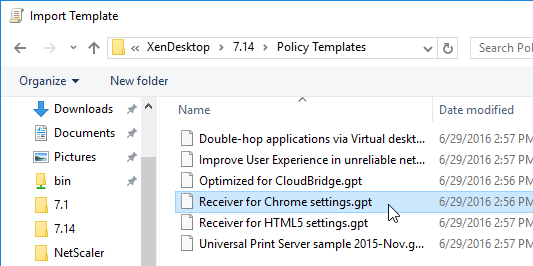
- If you are using a GPO to configure Citrix Policies, be aware that user settings and computer settings are in different parts of the GPO.
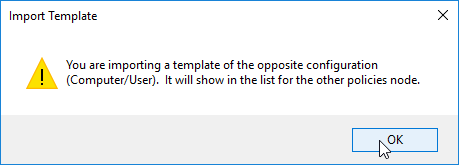
- If you highlight a template, on the bottom of the window is a Settings tab that lets you see what’s contained in the template.
- To use a template, right-click it, and click New Policy.

Framehawk Configuration
As of Citrix Virtual Apps and Desktops (CVAD) 1811, Framehawk is a deprecated feature.
In CVAD 1903 and newer, Framehawk has been completely removed.
- Framehawk is disabled by default because it uses more bandwidth and more server resources. Citrix recommends only enabling it for users on lossy connections with high bandwidth. More details in the Framehawk Virtual Channel Administrator Guide at Citrix Docs. Also see Framehawk virtual channel at Citrix Docs.
- To enable Framehawk, you edit a Citrix Policy, either in Studio or in a GPO. In either case, you need the updated Group Policy Management 2.4 Hotfix 2 or Group Policy Management 2.5 (aka 7.6.300) or newer (e.g. 7.20 included in Citrix Virtual Apps and Desktops 1811) on the machine where you are editing the policy.


- If configuring a GPO, you’ll find the Framehawk settings in User Configuration > Policies > Citrix Policies. Edit one of the Citrix Policies.

- Search for Framehawk, add the Framehawk display channel setting, and Enable it.
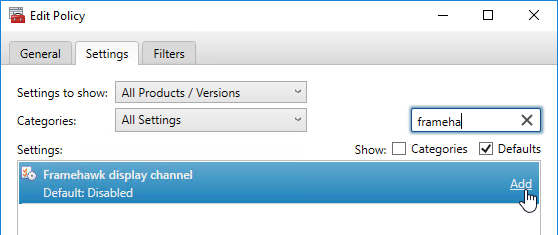

- Framehawk requires the newest Citrix Workspace app / Receiver (4.3.100 or newer).
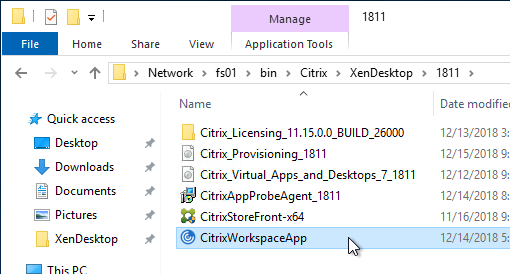
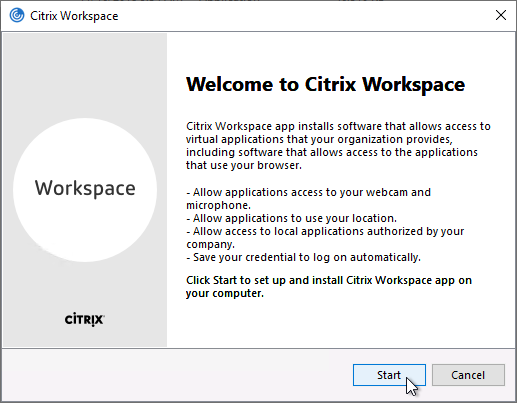

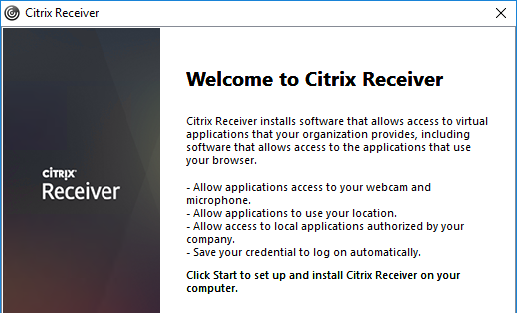
- To use Framehawk through NetScaler Gateway you need NetScaler firmware 11.0 build 62 or newer.
- Then enable DTLS on the Gateway vServer. This is the same process as enabling DTLS for UDP Audio.
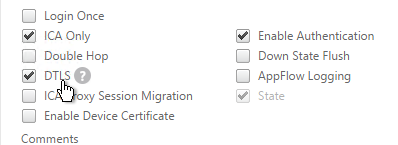
- Note: there are limitations of Framehawk with NetScaler Gateway. For example, HA, AppFlow, and double-hop are not supported. See NetScaler Gateway support for Framehawk at Citrix Docs.
- Framehawk defaults to ports UDP 3224-3324. Open these ports between the NetScaler SNIP and the VDAs.
- Also make sure these ports are open on the VDA’s Windows Firewall. VDA 7.8 and newer opens these ports automatically. VDA 7.6.300 and VDA 7.7 do not open these ports automatically.
Graphics Settings (EDT, H.264, ThinWire Plus)
Citrix Tech Zone Design Decision: HDX Graphics Overview
CVAD 2402 adds many new HDX features. See Citrix Blog Post What’s new with HDX in the 2402 LTSR. These features include:
- TLS 1.3 support for HDX
- Virtual Channel Allow List supports wildcards and environment variables
- Enhanced EDT congestion control
- EDT Lossy
- Audio traffic using loss-tolerant EDT
- Graphics using loss-tolerant EDT
- HDX protocol compression algorithm reduces bandwidth required by up to 15 percent
- Virtual loopback
- Version 2 of the Rendezvous protocol is the new default
- AV1 codec support
- Automatically adapts the session’s refresh rate to frame rate
- HEVC 4:4:4 visually lossless
- Virtual display layout per monitor
- Audio volume is synchronized between the client device and the VDA
- Multiple audio devices
- Multiple webcam resolutions
- Teams app sharing
Citrix Blog Post What graphics policies do I need, and when? says you should not change any Citrix Policy Graphics Settings. The only exception is 3D workloads, which should have the Visual Quality user setting set to Build to Lossless.
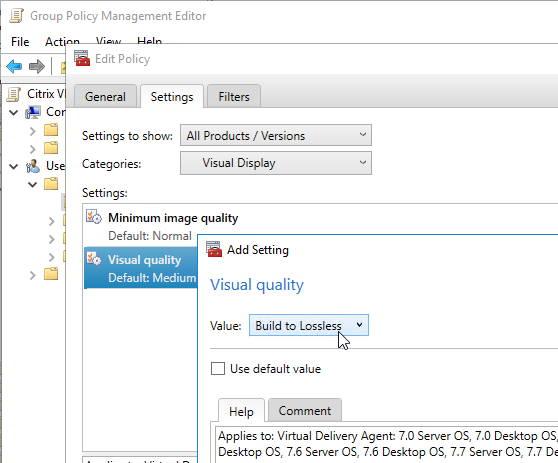
Citrix Blog Post HDX Graphics Encoder Configuration Overview: a comprehensive overview of all relevant HDX Graphics Encoder settings. This overview should give you a guidance and allow you to configure an optimal HDX policy set based on your own needs. A Visio chart with an overview of all relevant configurations and their possible combinations. Furthermore, almost every setting has a review box. The review boxes contain, where applicable, the policy name, facts & figures, recommendations, and example use cases.

In 1811 and newer, Graphics Status Indicator replaces the Lossless Indicator.
- Graphics Status Indicator can be enabled in a Citrix policy in the user half in the Category named Graphics.
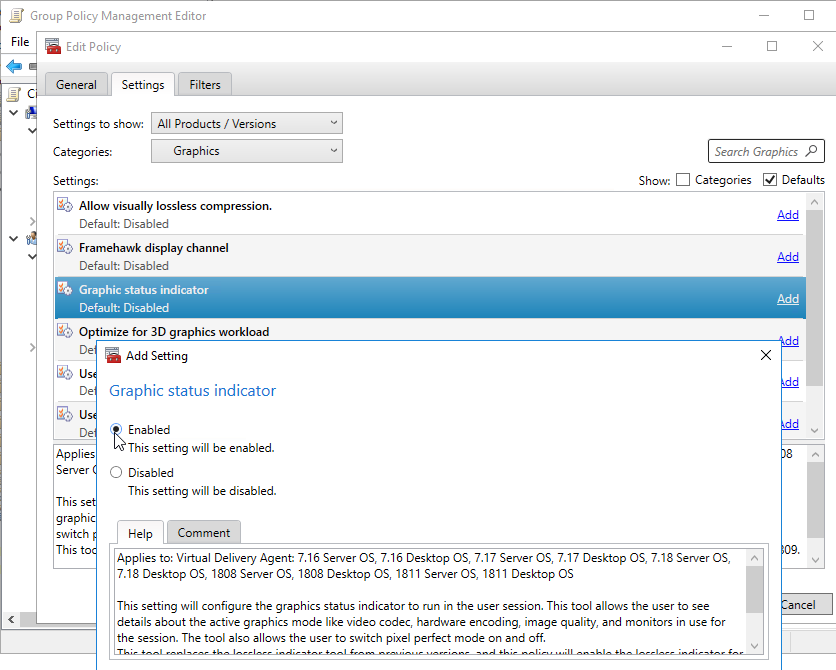
- The graphics status indicator should eventually show up in the system tray.
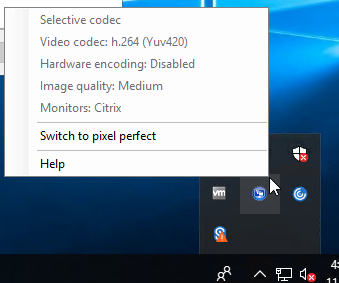
7.13 and newer: 7.13 adds a UDP version of HDX/ICA known as Enlightened Data Transport (EDT). EDT improves HDX/ICA performance across WAN links, Internet, etc. In 7.12, EDT was Tech Preview. In Citrix Virtual Apps and Desktops (CVAD) and XenApp/XenDesktop 7.13 and and newer, EDT is officially supported.
EDT (Adaptive Transport) is enabled by default in Citrix Virtual Apps and Desktops (CVAD) and XenApp/XenDesktop 7.16 and newer, but it is not enabled by default in XenApp/XenDesktop 7.15 LTSR.
EDT has several requirements:
- VDA 7.13 or 1808 or newer.
- UDP 1494 and UDP 2598 must be opened to every VDA, including from the NetScaler SNIP, if you’re using NetScaler Gateway.
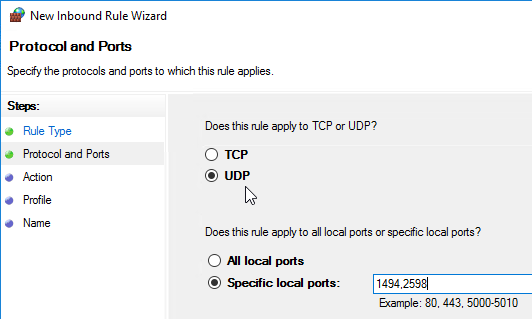
- Receiver for Windows must be 4.7 or newer. Or upgrade to Workspace app.
- Receiver for Mac must be 12.5 or newer. Or upgrade to Workspace app.
- StoreFront must be 3.9 or newer.
- HDX Insight requires NetScaler ADC 12.1 build 49 and newer
- NetScaler Gateway 11.1 build 51 and newer supports EDT (DTLS). The following NetScaler features are not supported with EDT at this time:
- NetScaler SOCKS Proxy
- Gateway Multi-stream
- Gateway Double-hop, etc.
- See Configuring NetScaler Gateway to support EDT at Citrix Docs.
- Use a Citrix Policy to enable EDT. The HDX Adaptive Transport setting is in the Computer half of a GPO. See Citrix CTX220732 How to Configure HDX Enlightened Data Transport Protocol. EDT (Adaptive Transport) is enabled by default in Citrix Virtual Apps and Desktops (CVAD) and XenApp/XenDesktop 7.16 and newer, but it is not enabled by default in XenApp/XenDesktop 7.15 LTSR.

- Preferred means it will try to use UDP if it can, and TCP if it can’t.

- EDT MTU Discovery prevents EDT packet fragmentation that might result in performance degradation or failure to establish a session. This feature requires the following:
- Citrix Workspace app 1911 for Windows or newer
- Citrix ADC 13.0.52.24 or newer
- Citrix ADC 12.1.56.22 or newer
- On VDA 2203 and newer, MtuDiscovery should be enabled by default. In older VDAs, configure it at Key =
HKEY_LOCAL_MACHINE\SYSTEM\CurrentControlSet\Control\Terminal Server\Wds\icaw- Value (DWORD) =
MtuDiscovery= 1
- Value (DWORD) =
- From inside a session, you can run
ctxsession -vto verify that it’s using UDP and see the detected MTU.
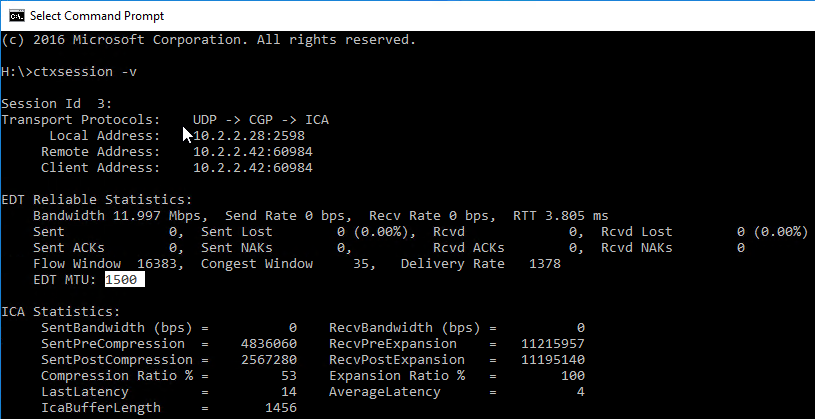
- Director will also show if EDT (UDP) is active. See CTX220730 How to Confirm HDX Enlightened Data Transport Protocol is Active
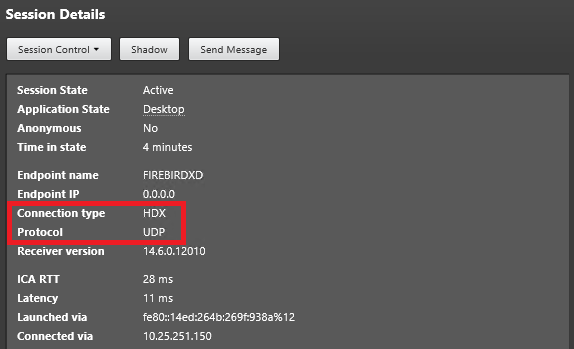
In 7.13 and newer, the Policy Setting Use hardware encoding for video codec now supports Intel Iris Pro Hardware. Install the Intel Graphics Drivers before installing the VDA. If VDA is already installed, run C:\Program Files\Citrix\ICAService\GfxDisplayTool.exe -vd enable. See Citrix CTX220731 How to Enable Hardware Encoding of H.264 streams using Intel Iris Pro Hardware. 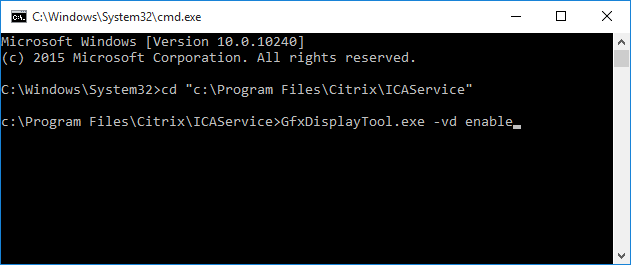
- Use video codec for compression can be configured For actively changing regions, which uses H.264 for actively changing regions, and Thinwire Plus for the rest. Users get the benefit of lower bandwidth use for the video content combined with sharpness of text in applications they are working with elsewhere on their screen(s). Nick Rintalan at CUGC Blog Post Citrix HDX Just Got Smarter…Again explains this new setting.
- In 7.11 and newer, Use when preferred = Thinwire+ with Selective H264. This is the default selection, so generally there’s no need to change this setting.
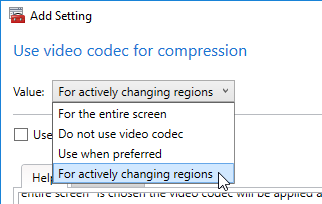
- In 7.18 and newer, Selective H.264 uses H.264 for build to lossless instead of JPEG for build to lossless.
- Citrix Blog Post HDX Graphics Goodies in 7.18!
- CTX235359 Thinwire+ Support for H.264 Build-To-Lossless for transient content
- Use hardware encoding for video codec is enabled by default.
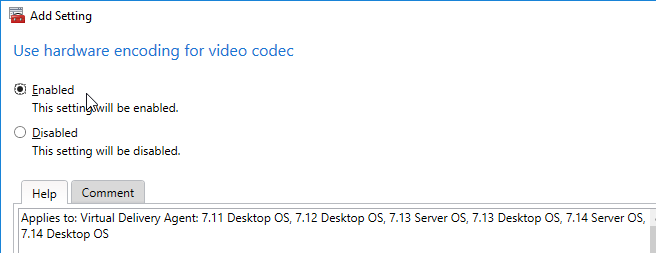
7.9 and newer:
- The VDA automatically chooses Thinwire Plus or H.264. The setting: User > Graphics > Use video codec for compression defaults to Use video codec when preferred, which prefers Thinwire Plus. To force Thinwire Plus, set it to Do not use video codec. Citrix Blog Post “Use Video Codec for Compression”: to Use or Not to Use? explains this setting.
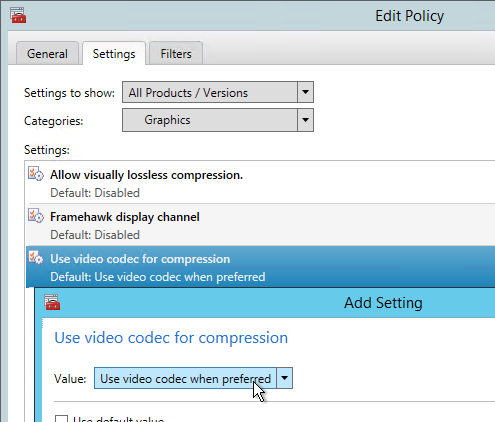
7.6.300 and newer:
- Thinwire Plus is a new graphics codec. It’s recommended for devices that can’t decode H.264. And Citrix has found that Thinwire Plus uses less bandwidth than H.264.
- Citrix Blog Post Why Should You Care About the New HDX Thinwire describes the new Thinwire Plus codec in XenApp/XenDesktop 7.6.300 and how to use Citrix Policies to configure it.
- Citrix CTX202687 HDX Graphics Modes – Which Policies Apply to DCR/Thinwire/H.264 – An Overview for XenDesktop/XenApp 7.6 FP3
7.0 – 7.6:
- Bram Wolfs A graphical deep dive into XenDesktop 7
- Citrix Blog Post What’s new with HDX display in XenDesktop & XenApp 7.x?
Graphics Tools
- Remote Display Analyzer (RDAnalyzer) lets you see the current Citrix codec and change it on the fly.
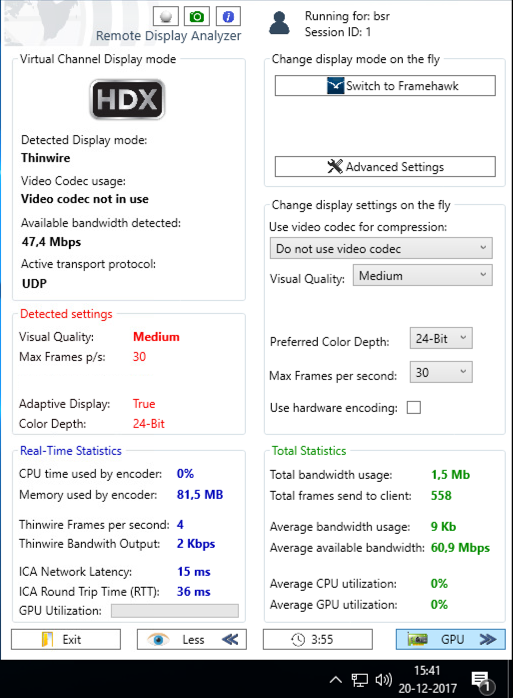
Security Settings
CTP Dave Bretty Making Your Citrix Policy Secure – By Default.
To improve security, configure these additional Citrix Policy settings.
- Computer \ ICA \ Secure HDX = Enabled
- User \ ICA \ Client clipboard redirection = Prohibit
- User \ ICA \ Desktop launches = Disabled
- User \ ICA \ Drag and Drop = Disabled (CVAD 2012 and newer)
- User \ ICA \ Launching of non-published programs = Disabled
- User \ ICA \ File Redirection \ Allow file transfer between desktop and client = Prohibited (7.6.300 and newer, for HTML5 Client)
- User \ ICA \ File Redirection \ Auto connect client drives = Disabled
- User \ ICA \ File Redirection \ Client drive redirection = Prohibited
- User \ ICA \ File Redirection \ Fixed drives = Disable
- User \ ICA \ File Redirection \ Client network drives = Prohibit
- User \ ICA \ File Redirection \ Client removable drives = Prohibit
- User \ ICA \ Printing \ Client printer redirection = Prohibit
- User \ ICA \ SecureICA \ SecureICA minimum encryption level = RC5 128 bit
- User \ ICA \ Session Limits \ Disconnected session timer = Enabled
- User \ ICA \ Session Limits \ Disconnected session timer internal = 30 minutes
- User \ ICA \ TWAIN devices \ Client TWAIN device redirection = Prohibit
- User \ ICA \ USB devices \ Client USB device redirection = Disable
- User \ ICA \ USB devices \ Client USB device redirection rules = Prohibit
- User \ ICA \ USB devices \ Client USB Plug and Play device redirection = Prohibit
Citrix’s Common Criteria documentation includes additional recommended Citrix Policy, Group Policy, and other security settings.
XenDesktop 7.17 adds a Session Watermark feature.
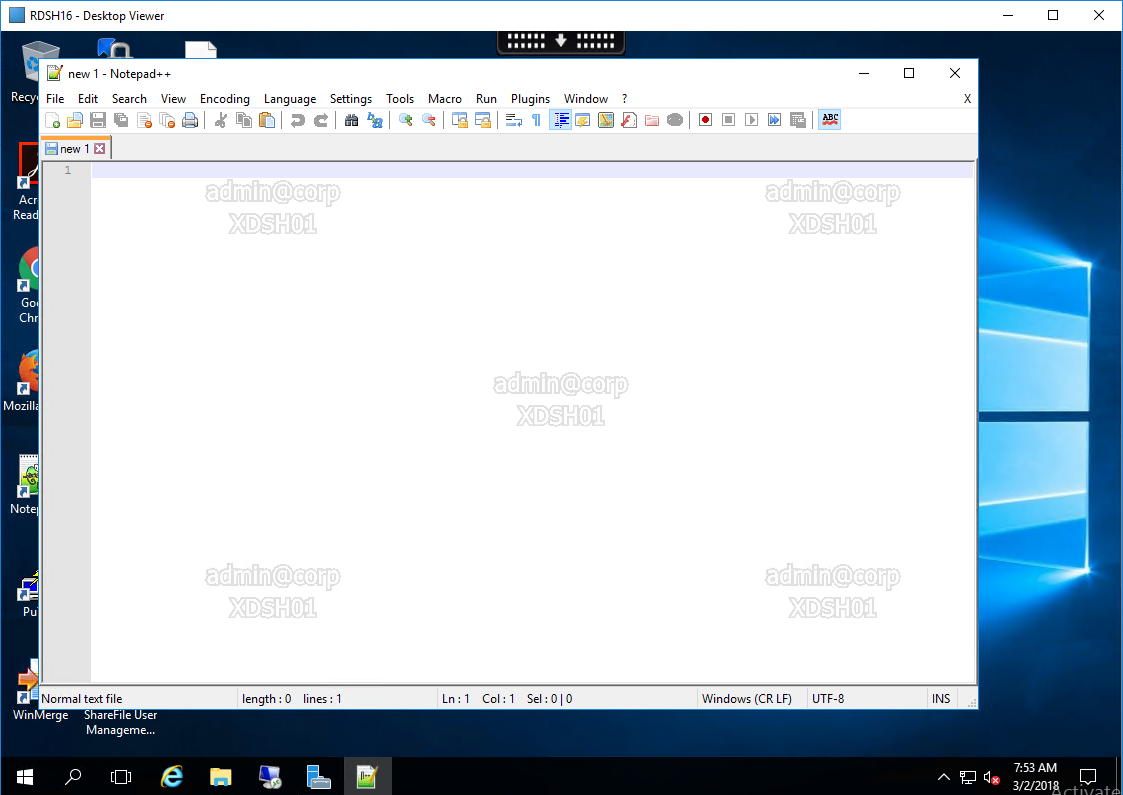
Find the settings in the user half of a Citrix Policy under the Session Watermark category.
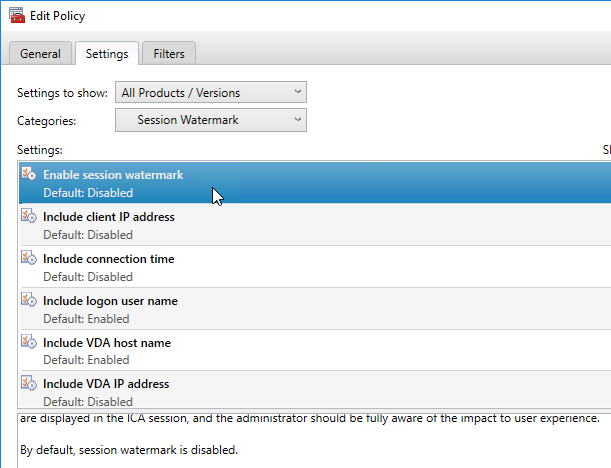
- For limitations of this feature, see Text-based session watermark at Citrix Docs.
Citrix Blog Post Receiver for HTML5 and Chrome File Transfer Explained:
- How to use the toolbar to transfer files
- Citrix Policy settings to enable/disable file transfer
- VDA registry settings to control file transfer
- HTML5Client\Configuration.js settings for client-side configuration
- View HTML5Client log file
Additional clipboard settings were added in XenApp/XenDesktop 7.6 and newer. To see them, set the middle drop-down to All Settings and then search for clipboard. The setting Readonly clipboard does not apply to 7.6 so skip it. Instead, review the three clipboard settings below it. Or you can turn off clipboard altogether by setting Client clipboard redirection to Prohibit.

Under File Redirection is a setting for Read-only client drive access. This allows client drive mapping but prevents files from being copied to the client device.
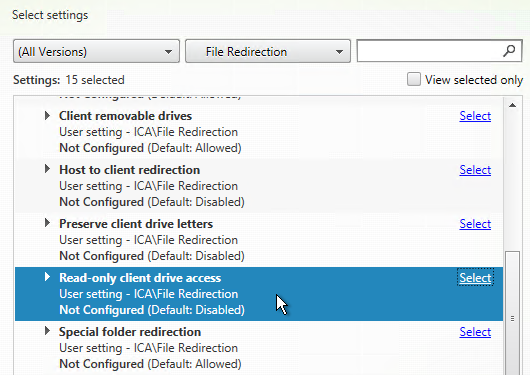
For VDAs in Legacy Graphics Mode, the following ICA/HDX protocol tuning options should be evaluated to optimize bandwidth consumption and virtual desktop resource utilization:
- User \ ICA \ Desktop UI \ Desktop Wallpaper = Disable
- User \ ICA \ Desktop UI \ Menu animation = Disable
- User \ ICA \ Desktop UI \ View window contents while dragging = Disable
- User \ ICA \ Multi Stream Connections \ Multi-Stream = Enable (and QoS)
- User \ ICA \ Printing \ Direct connection to print servers = Disable
- User \ ICA \ TWAIN devices \ TWAIN Compression Level = High
- User \ ICA \ Visual Display \ Target Frames per Second = 15
- User \ ICA \ Visual Display \ Moving Images \ Minimum Image Quality = Low
- User \ ICA \ Visual Display \ Still Images \ Extra Color Compression = Enabled in very low bandwidth scenarios. Please note that the “Extra Color Compression Threshold” should be configured to an appropriate value.
- User \ ICA \ Visual Display \ Still Images \ Lossy compression level = High or “Heavyweight compression” in case image quality loss is not acceptable (more CPU intensive)
- Enable “Windows Media Redirection”
- Enable “Flash acceleration” with client side content fetching
- Enable “Audio over UDP Real-Time Transport”. Please note that this configuration requires audio quality to be set to “Medium – optimized for speech”
- Set “Progressive compression level” to “Low” or any higher value
For more information, please refer to the Citrix Knowledgebase Article CTX131859 – Best Practices and Recommendations for Citrix Receiver 3 and HDX Technology with XenDesktop 5.5.
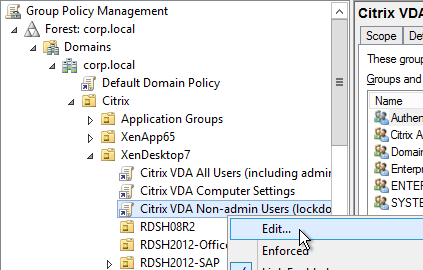
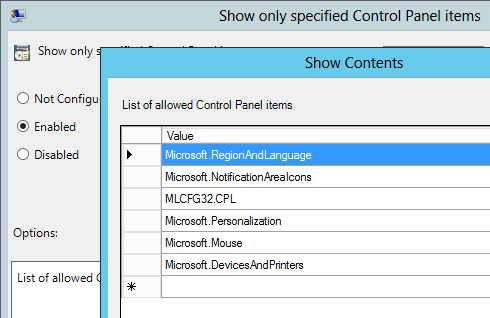
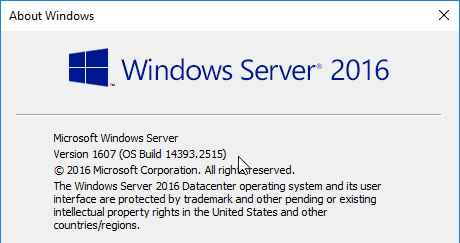
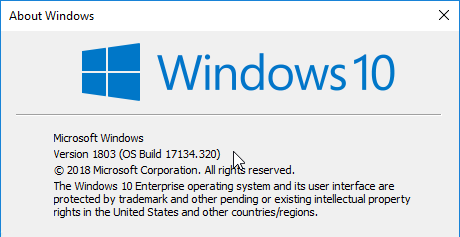

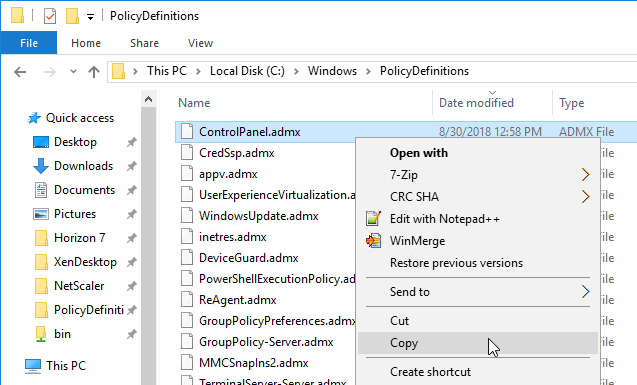

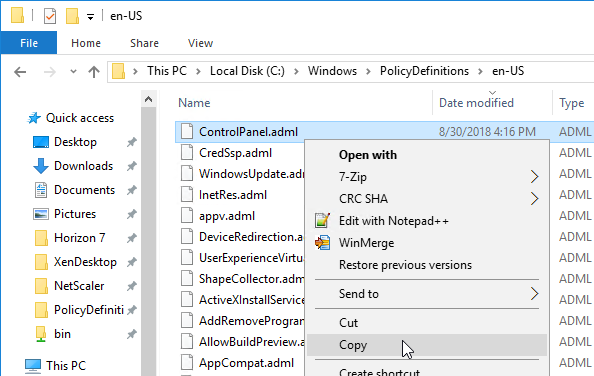
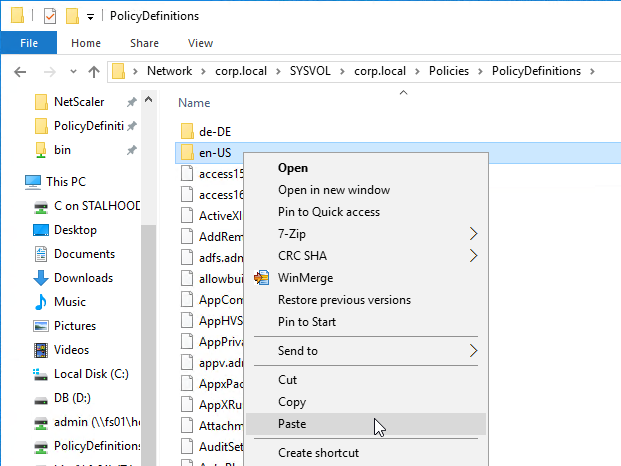
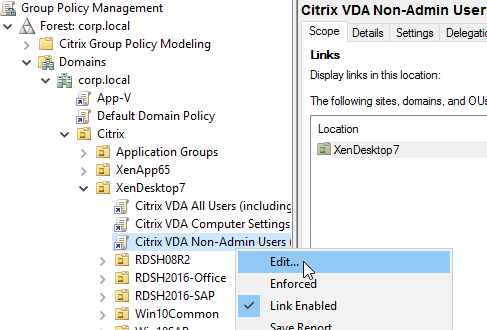
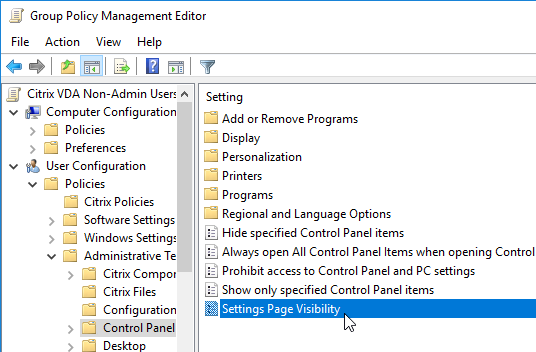
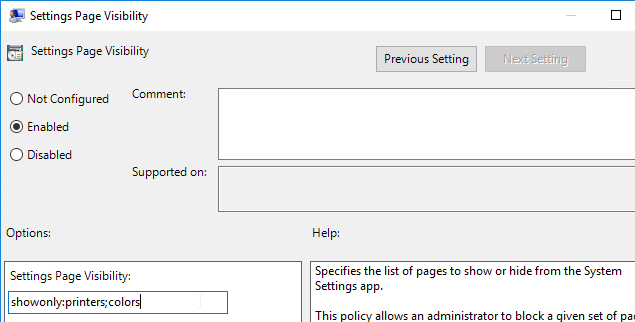
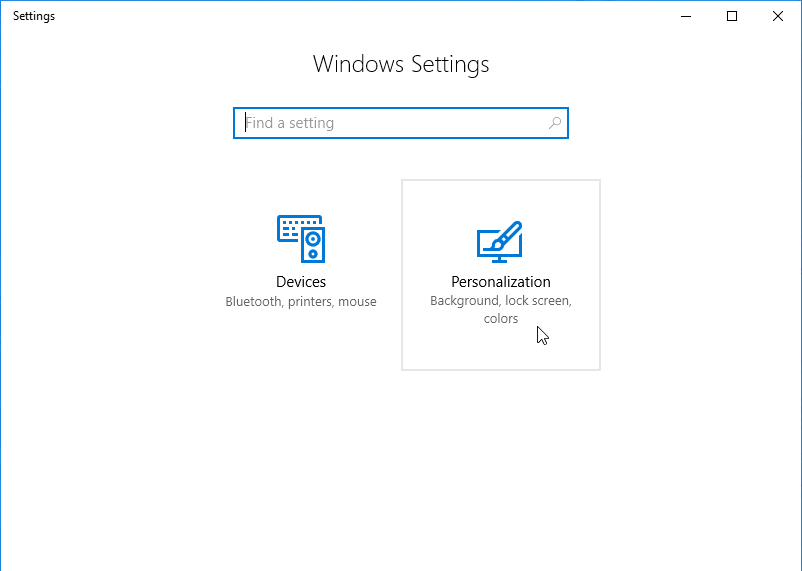
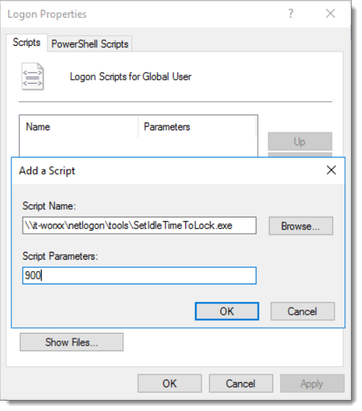
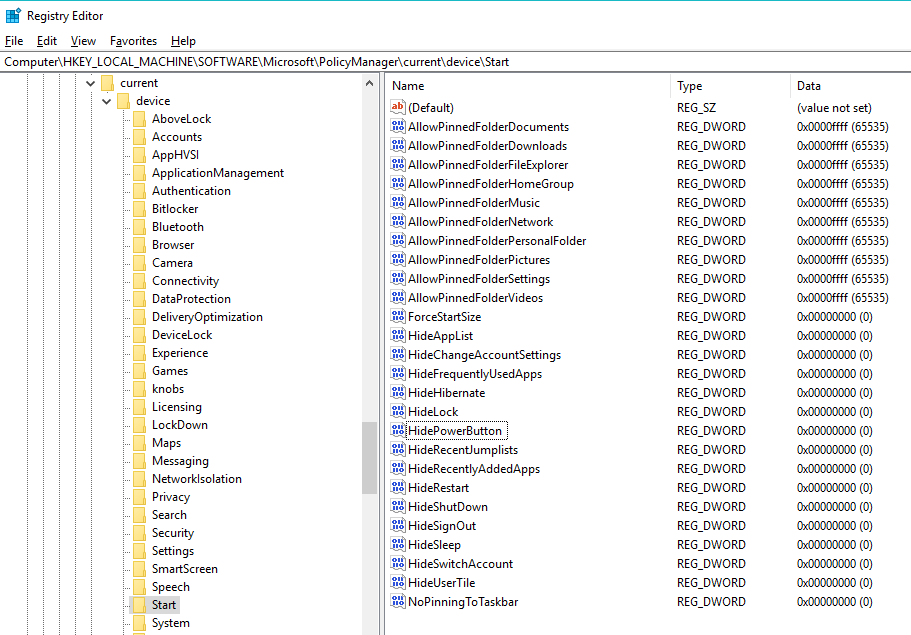
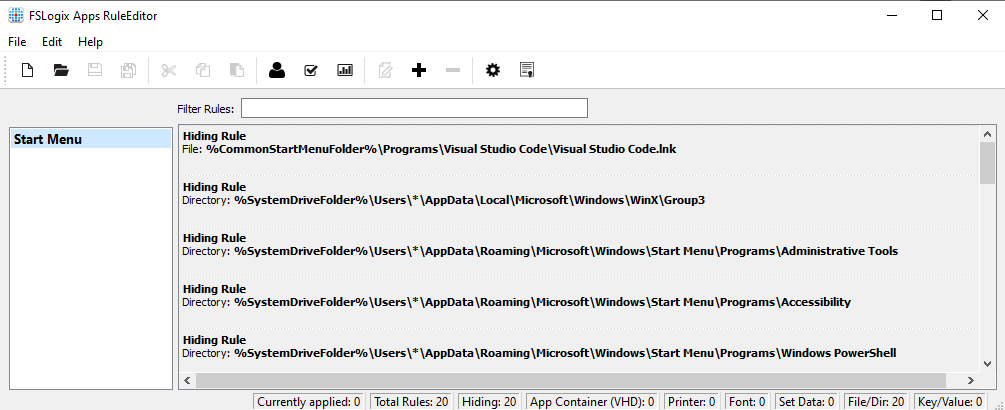
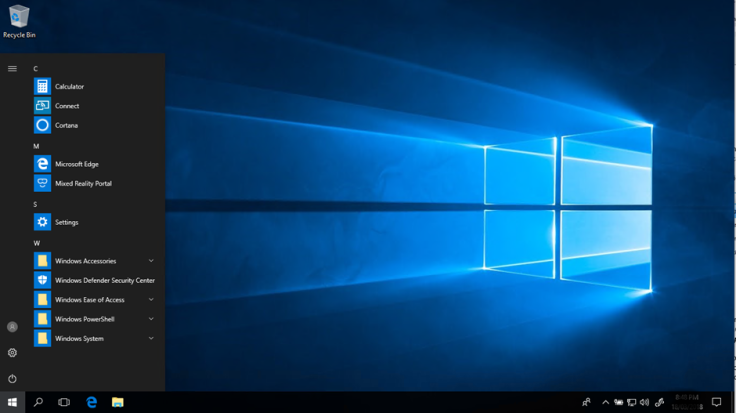
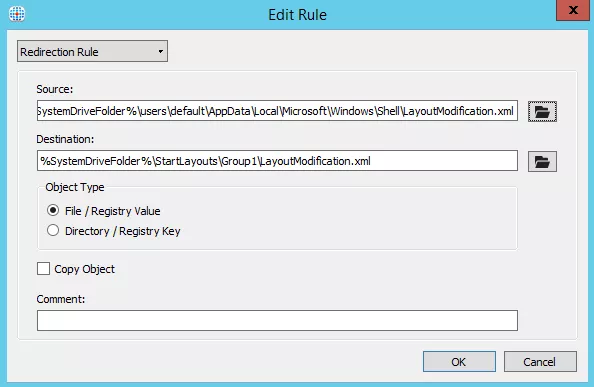
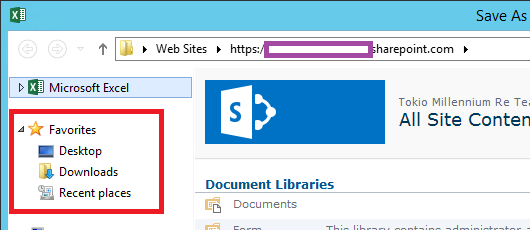
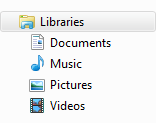

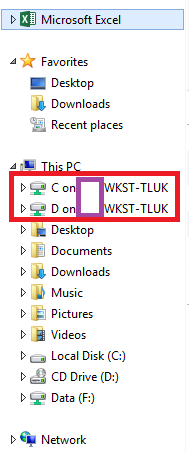
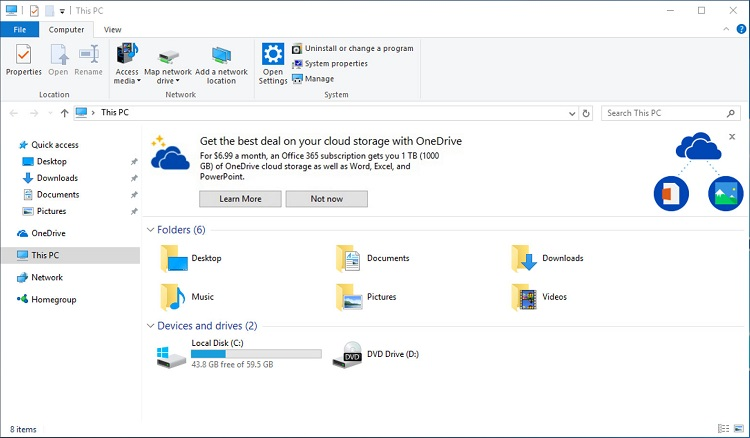

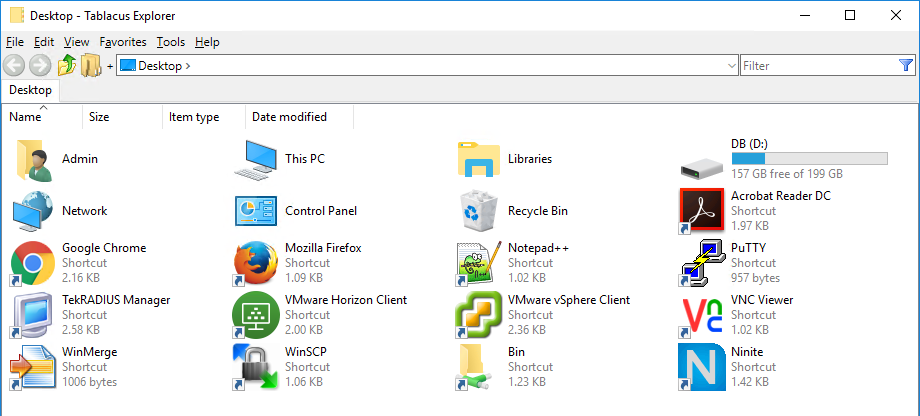
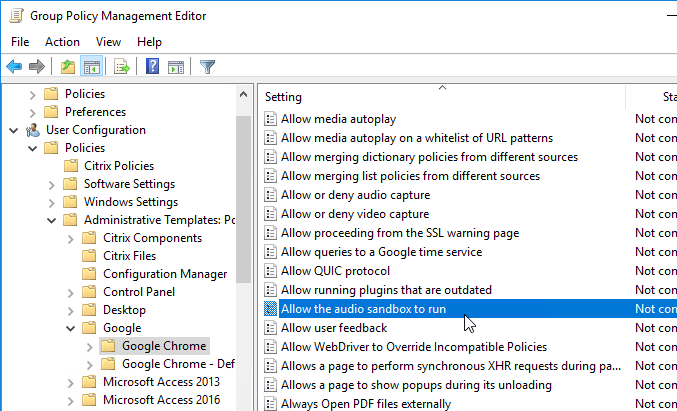

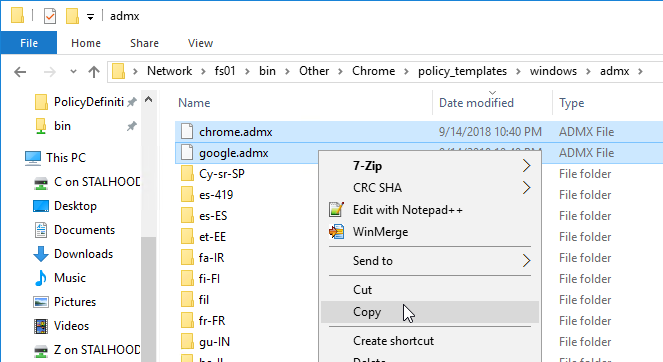
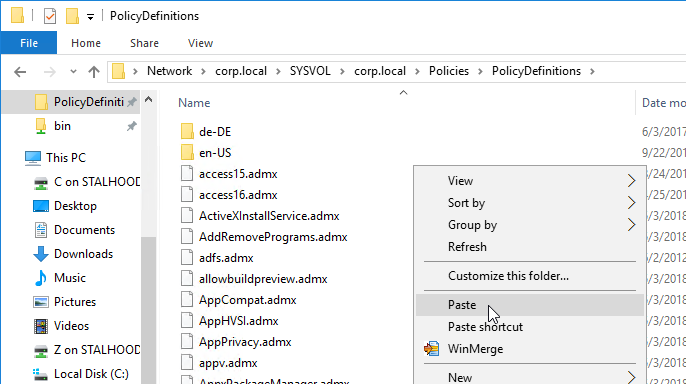
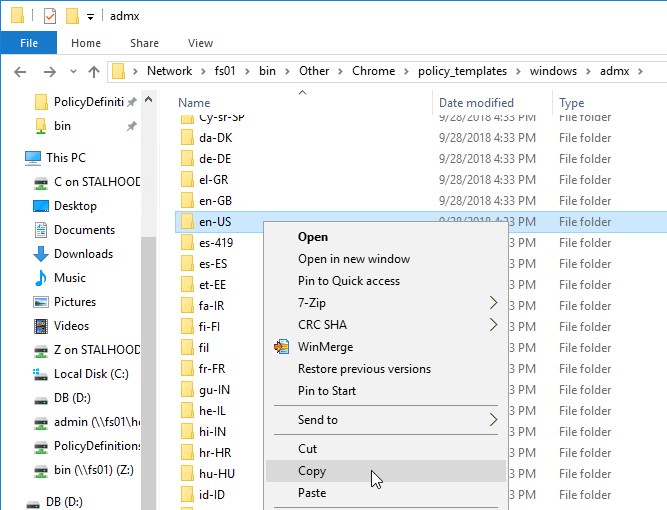
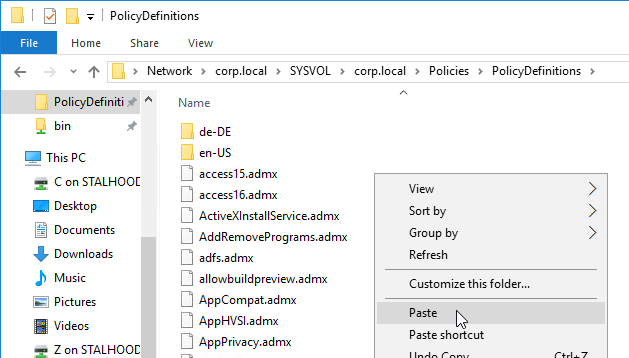

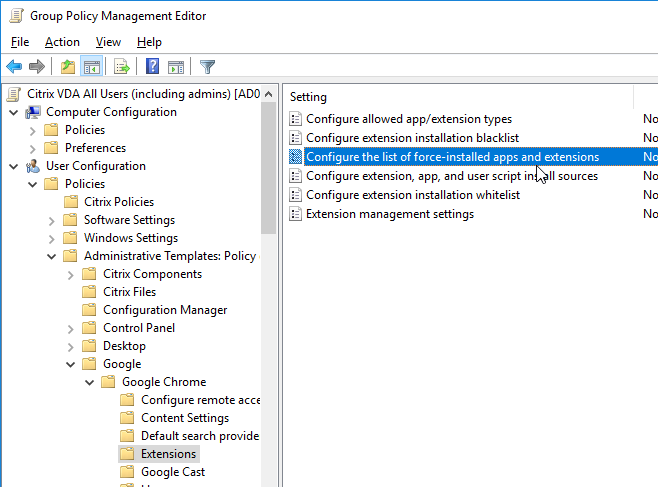
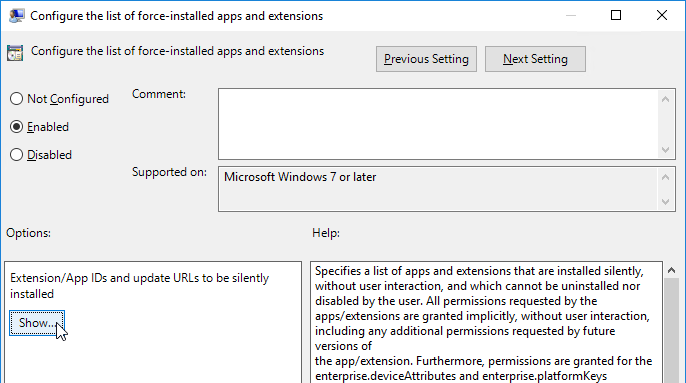
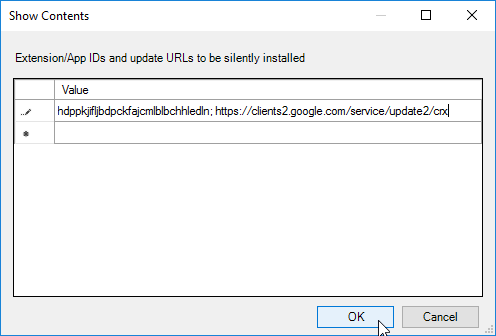

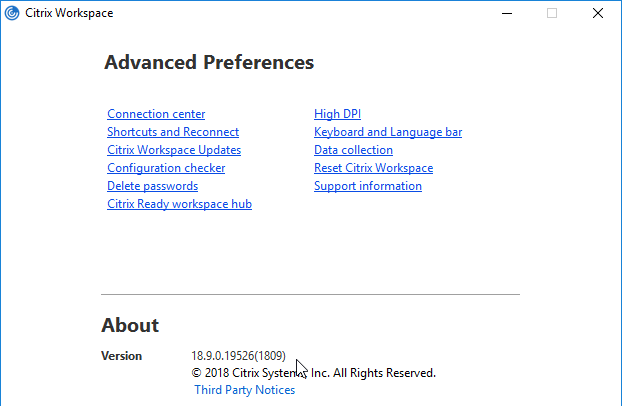
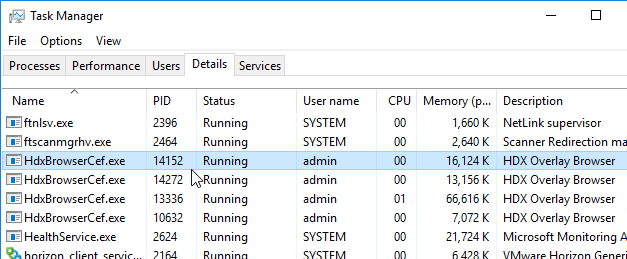


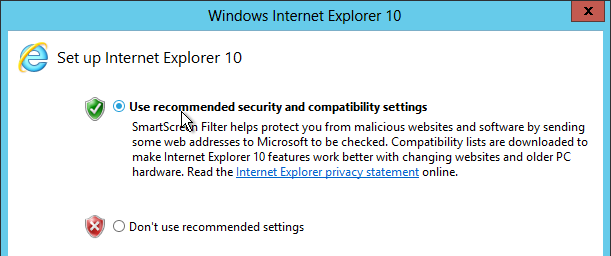



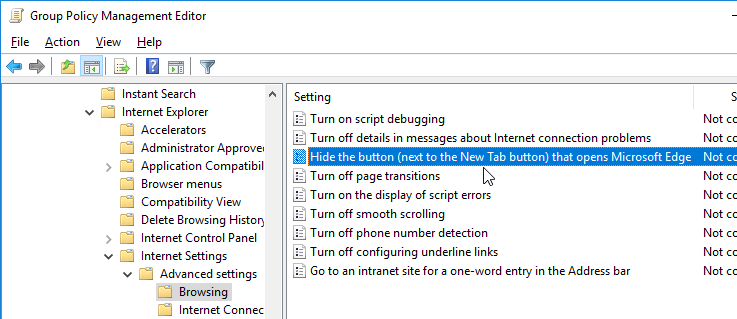
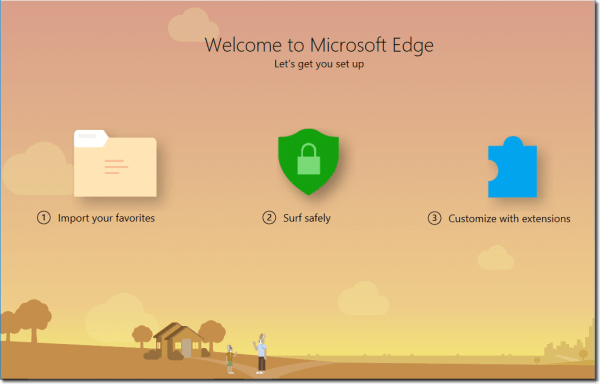

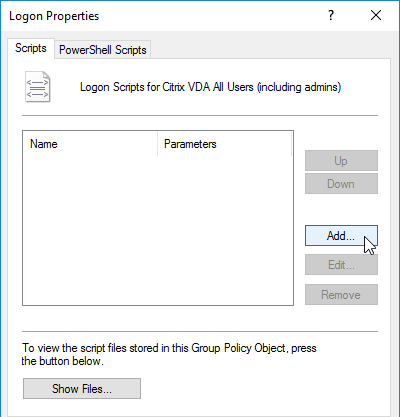
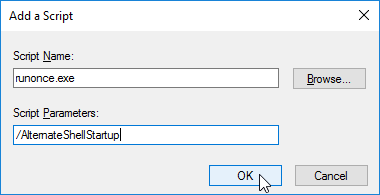

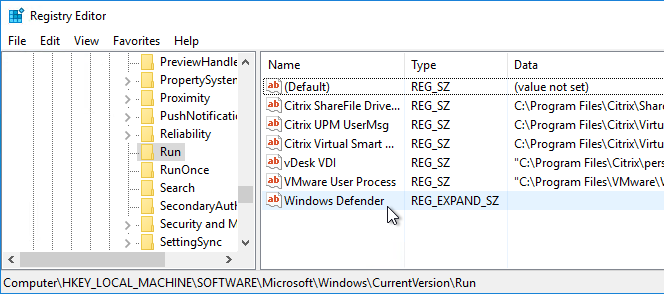

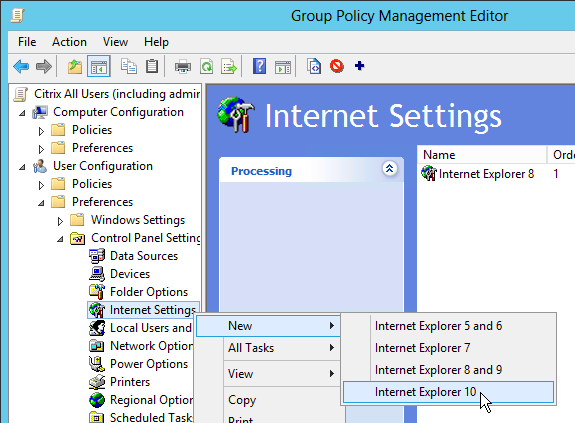
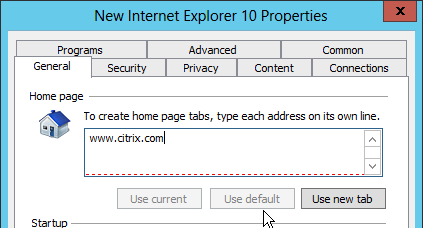
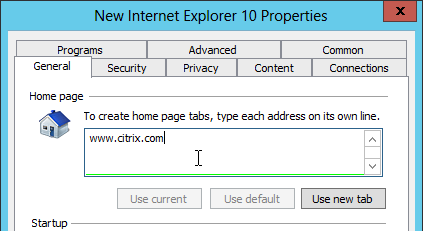



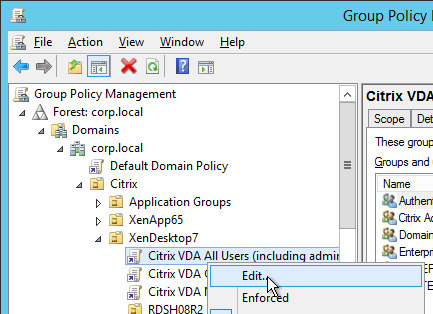
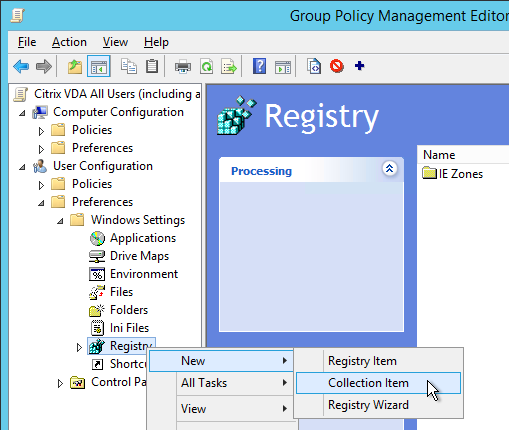

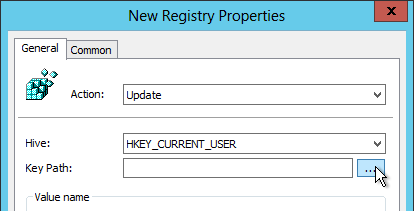
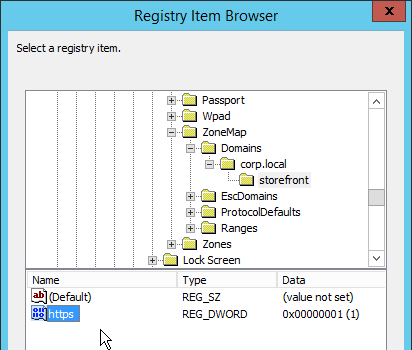
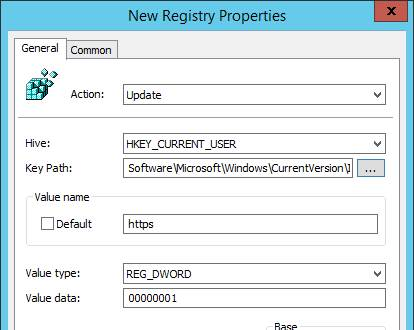
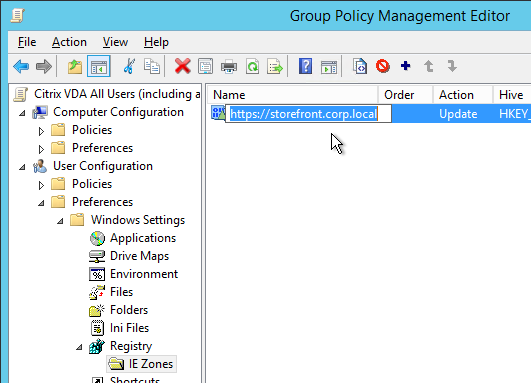
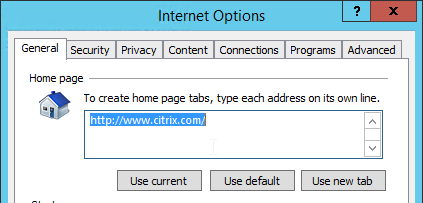



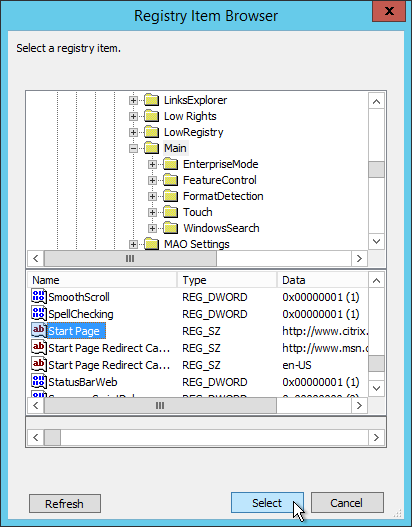
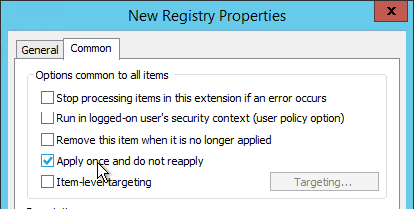
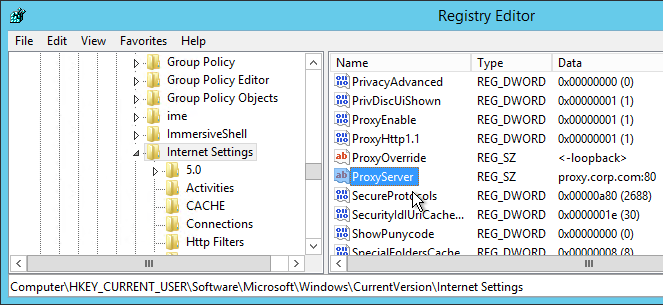
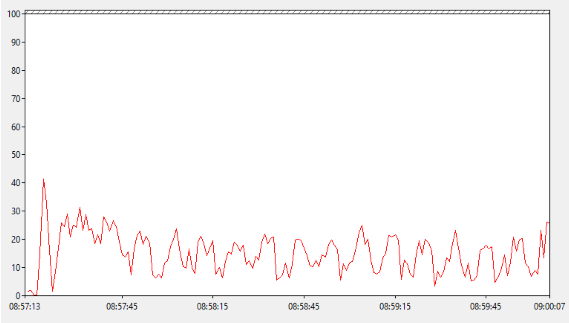

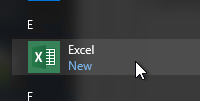



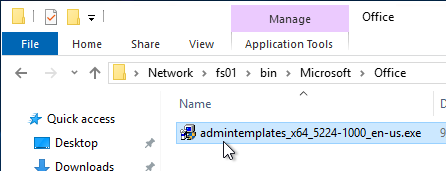

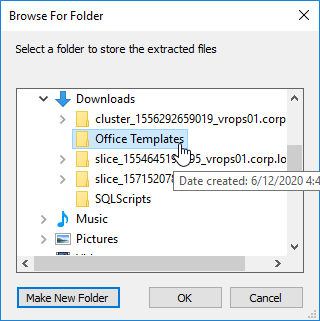
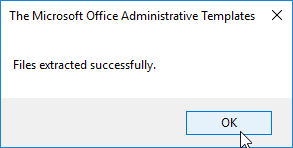
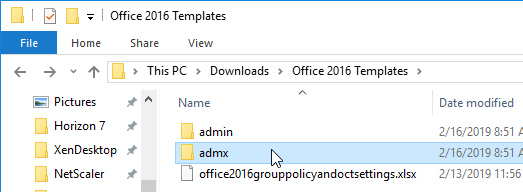
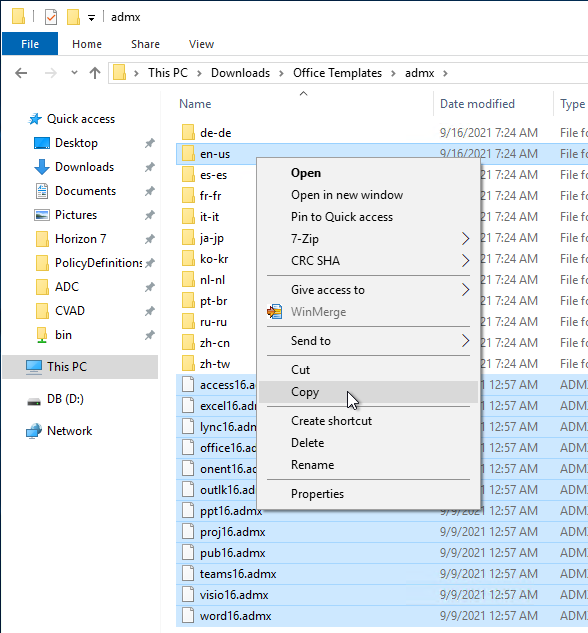
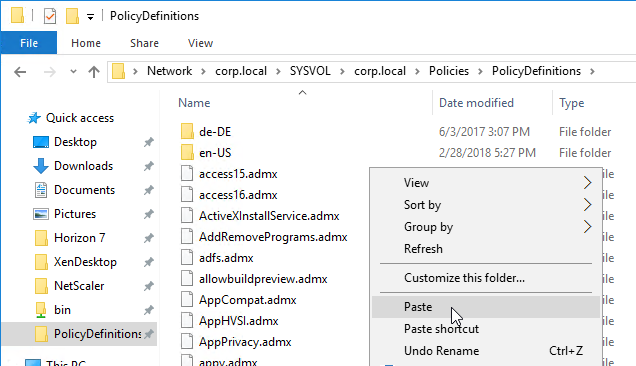
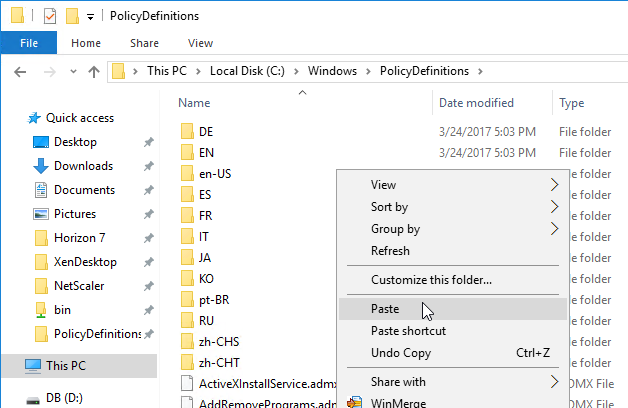
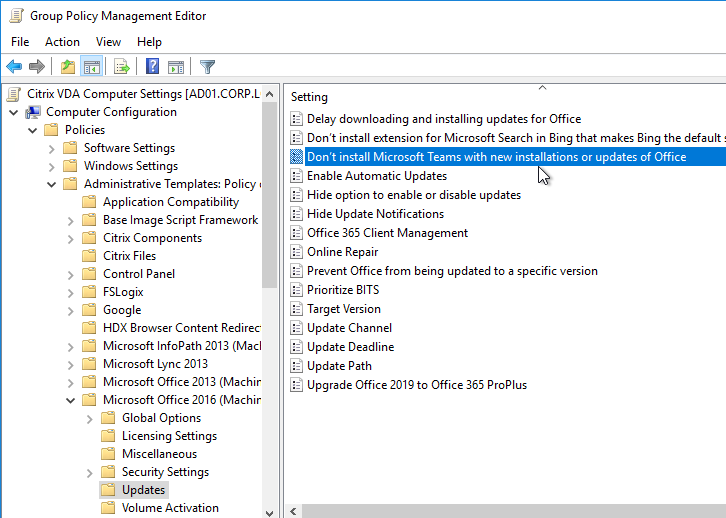
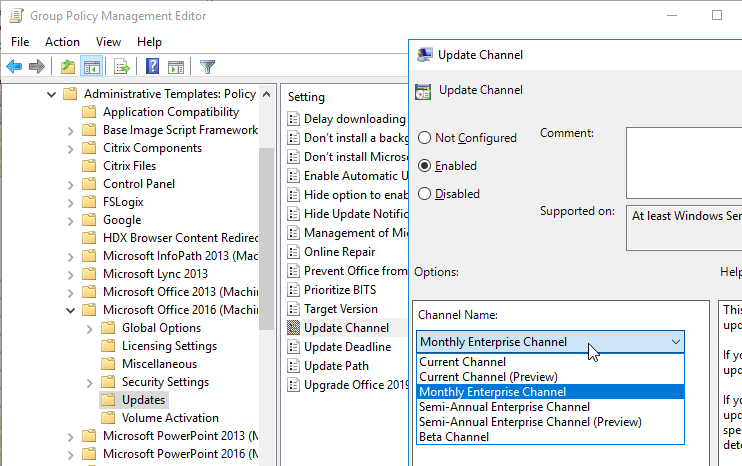
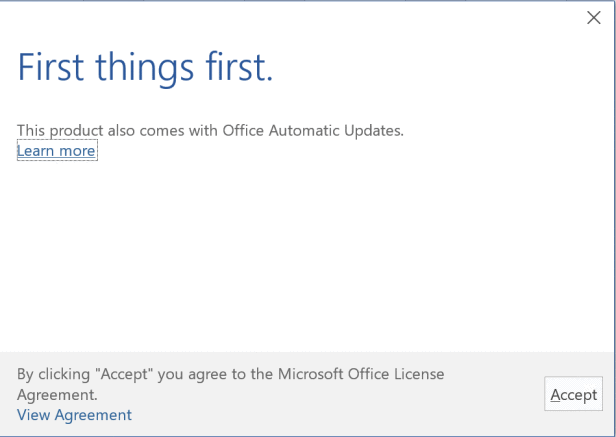
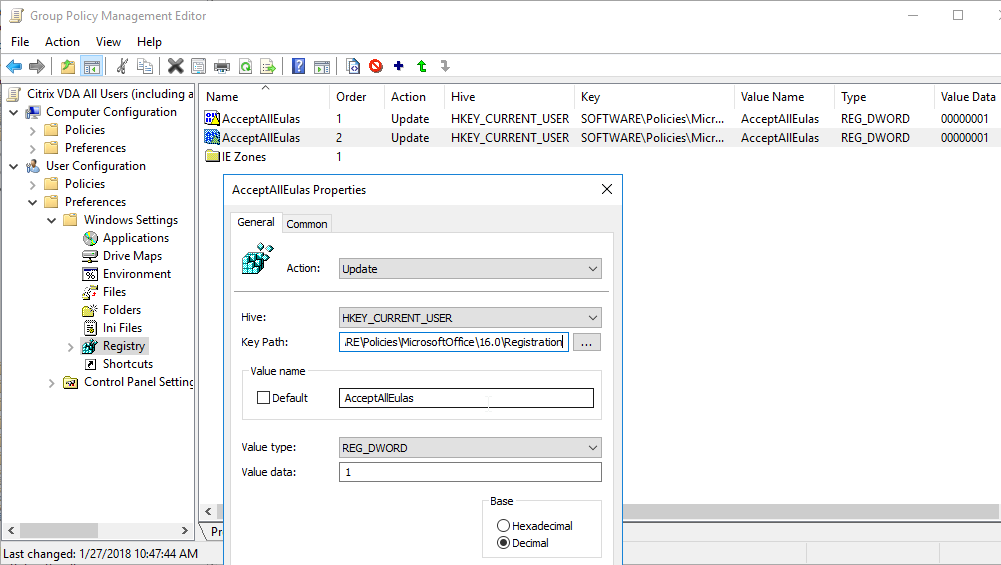

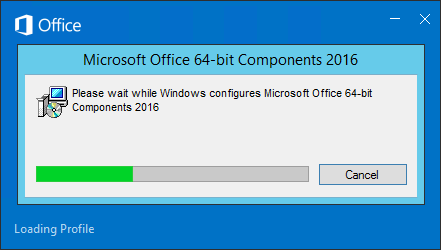
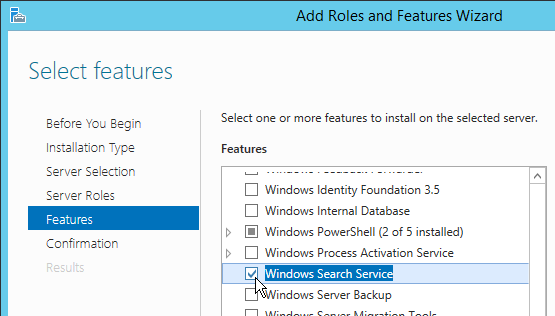
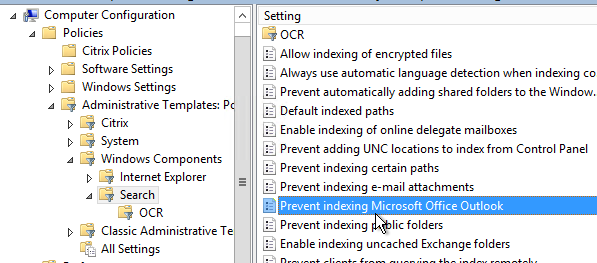

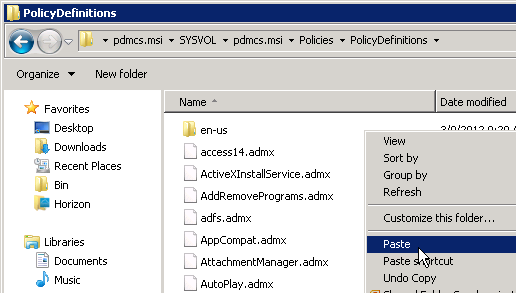
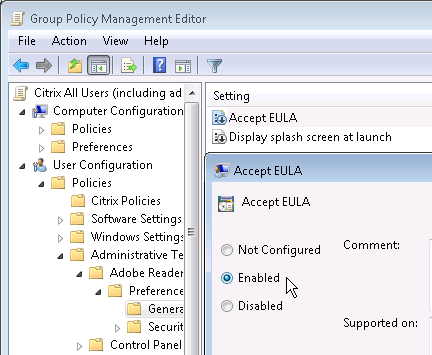
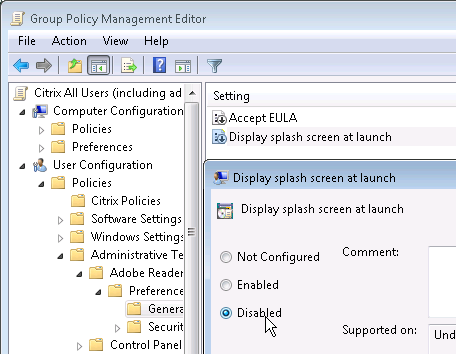
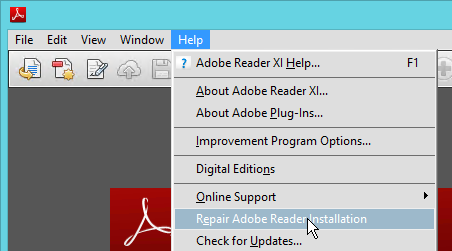
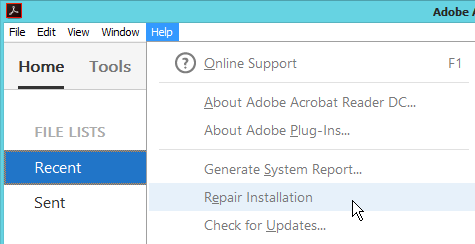
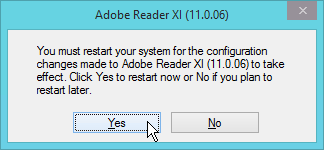
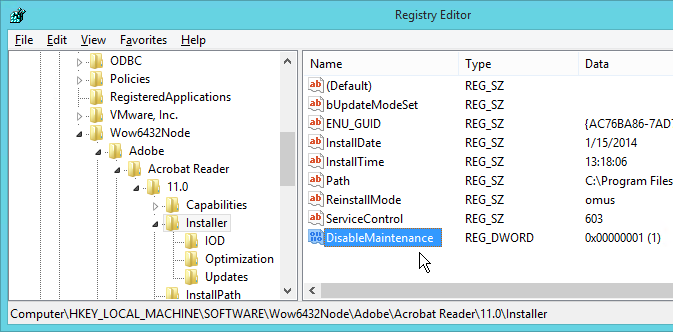

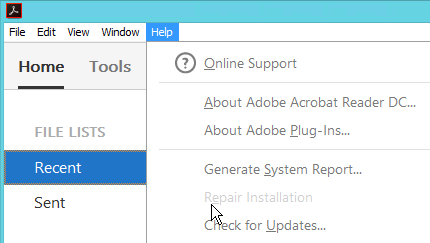
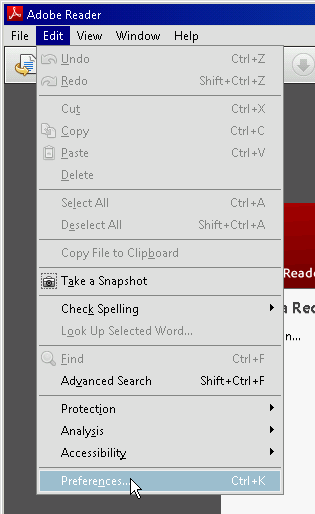
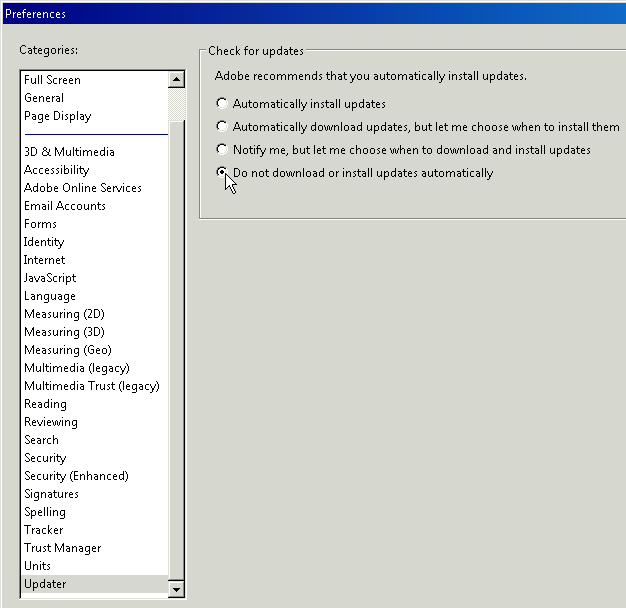
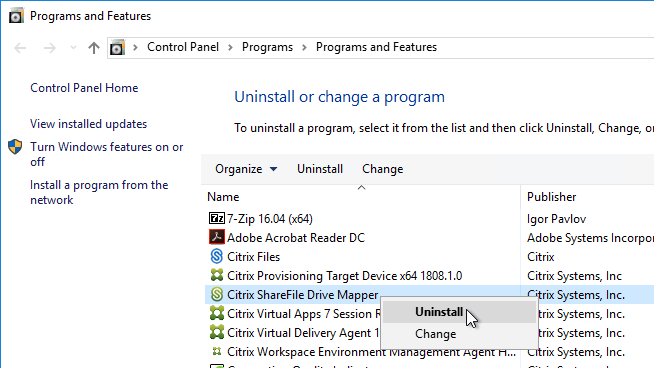


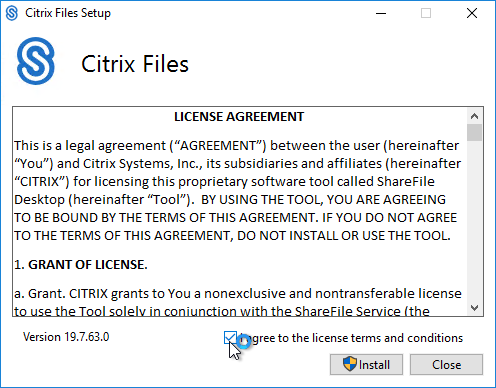
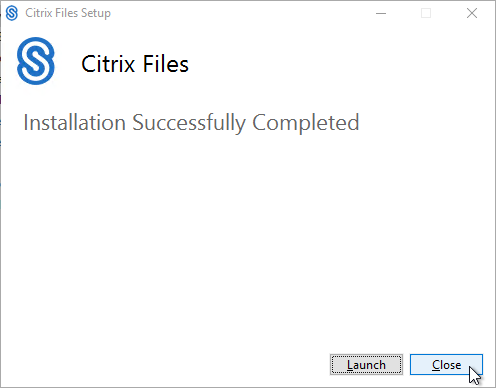
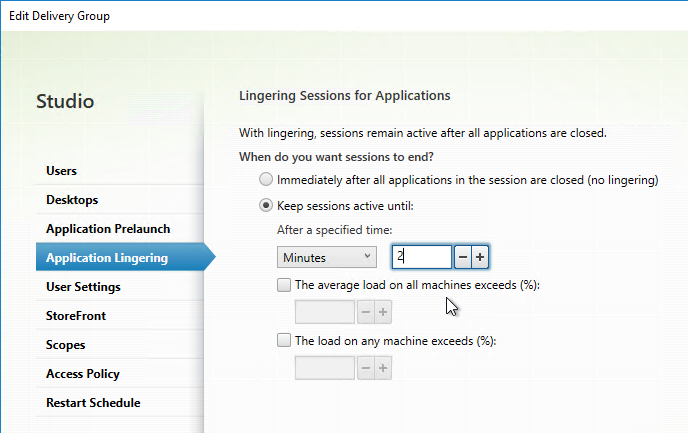
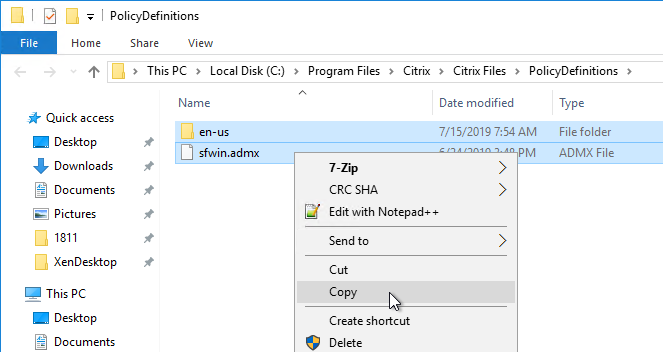

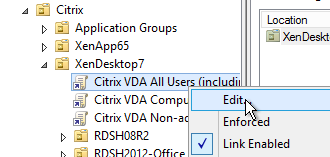
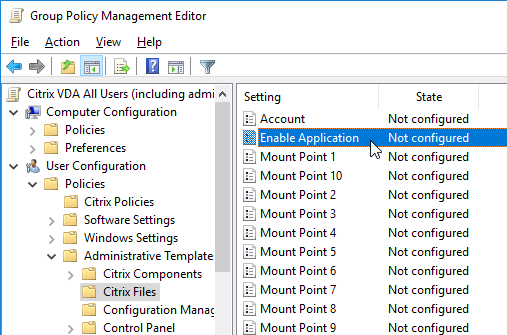
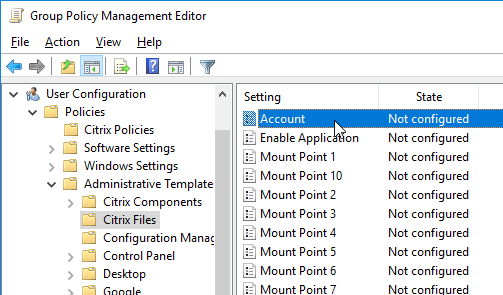
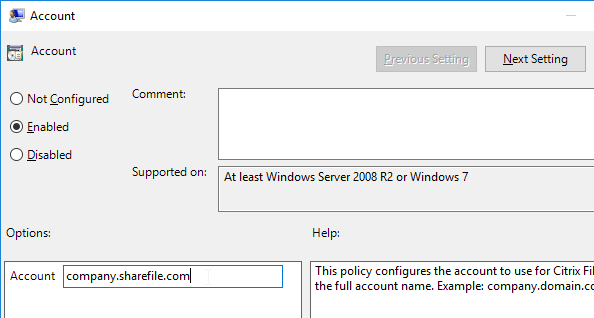
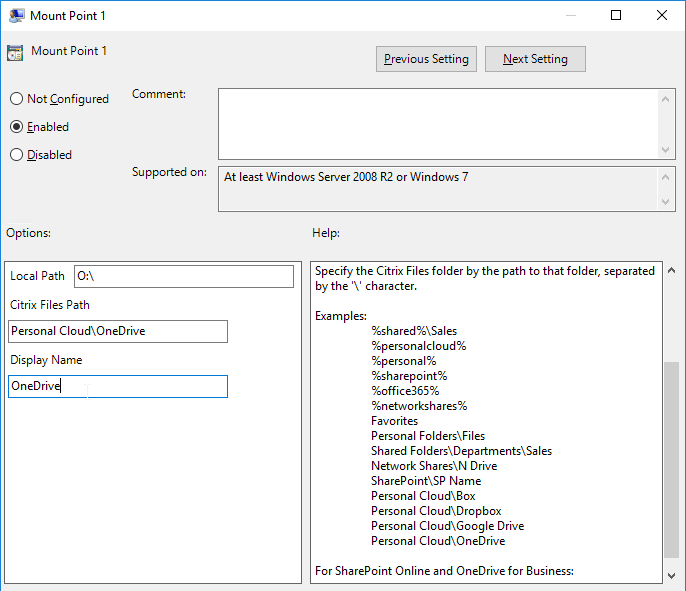
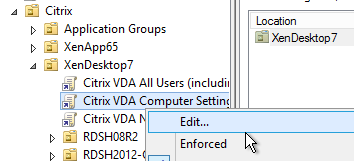
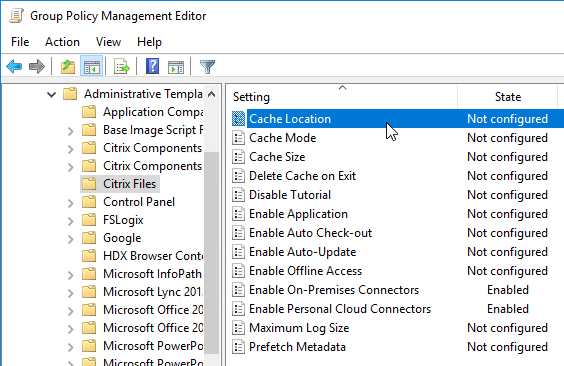
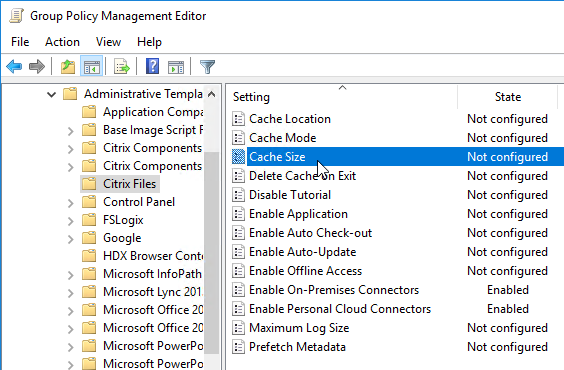
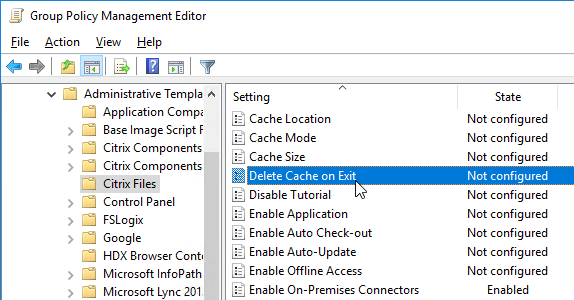
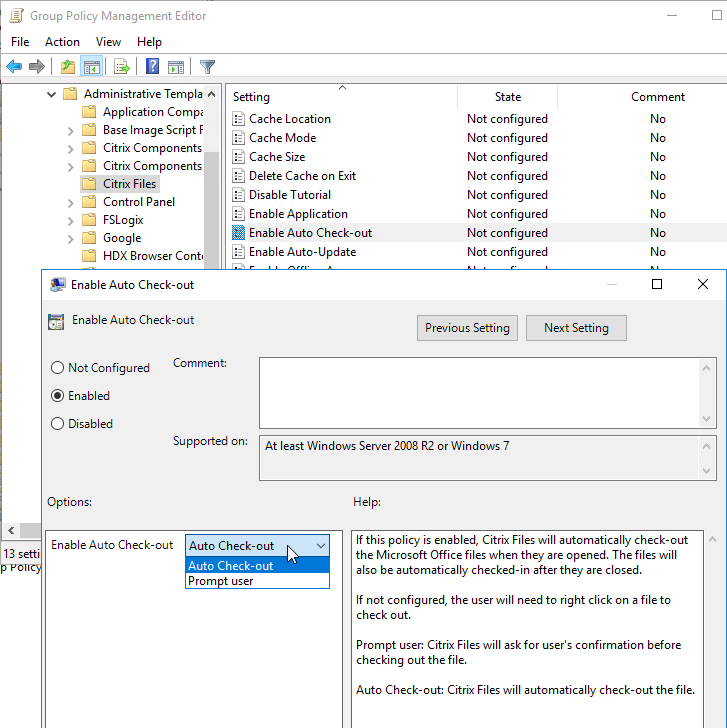

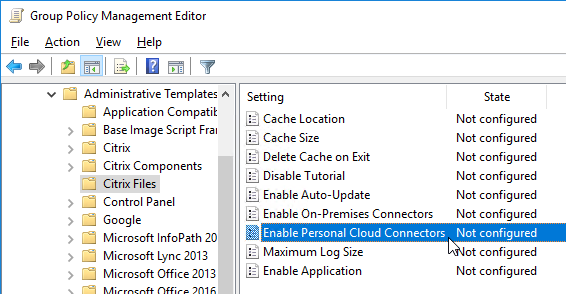
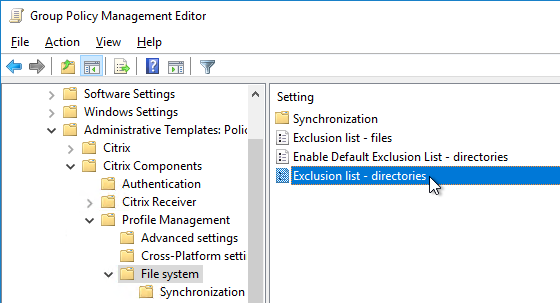

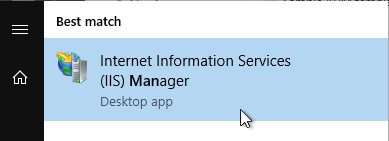
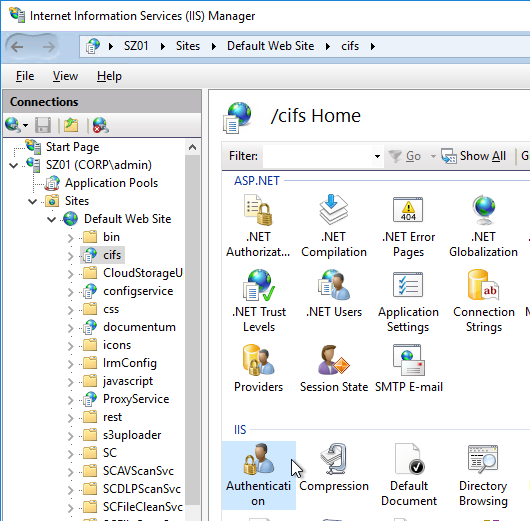
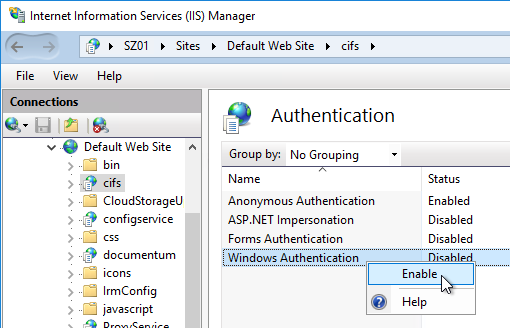
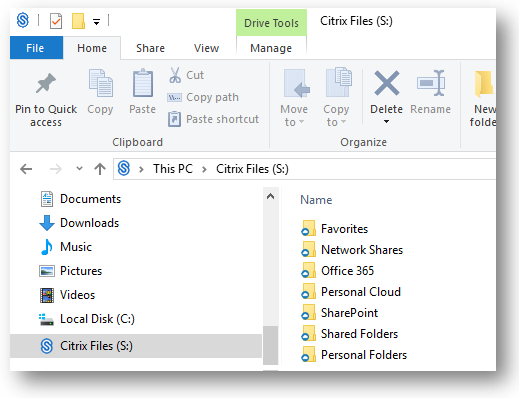
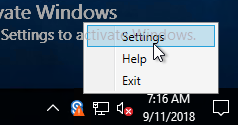


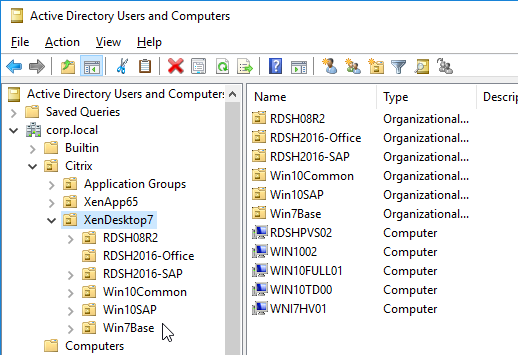
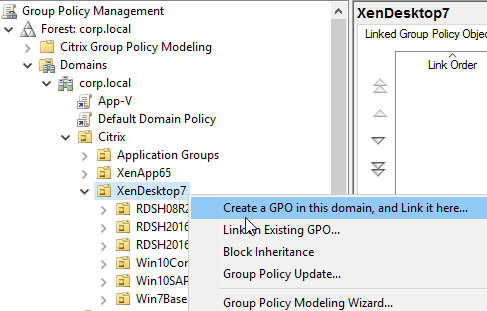
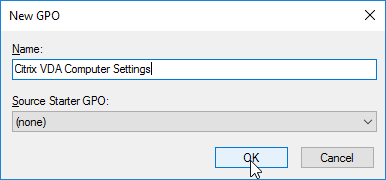
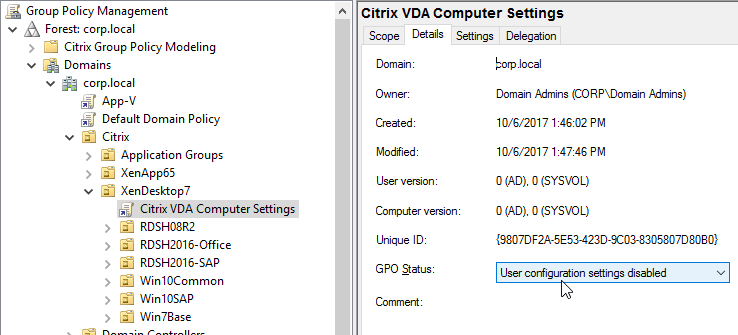
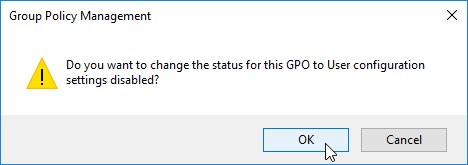
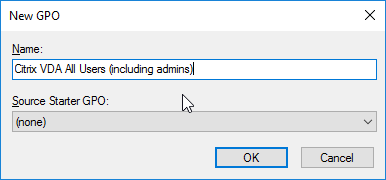
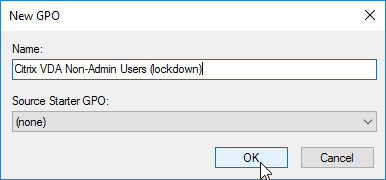
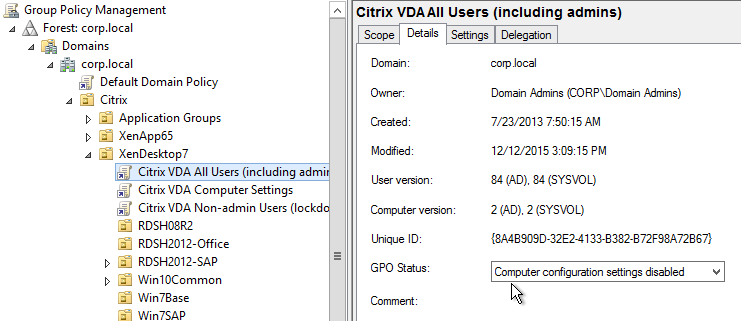
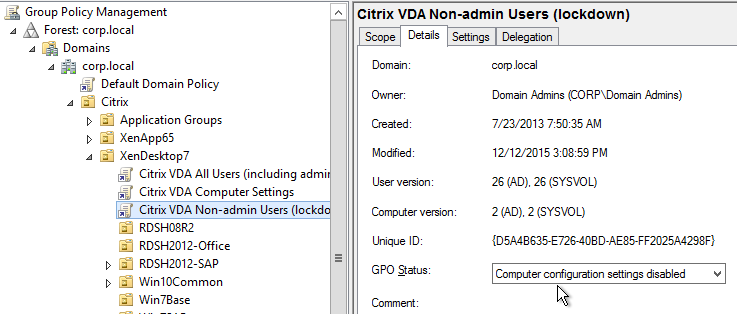

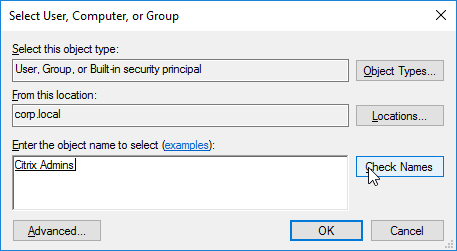
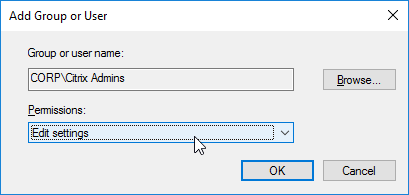
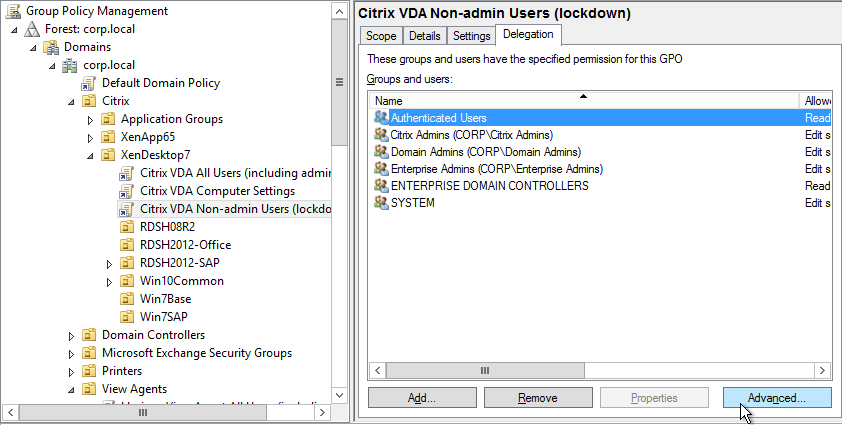

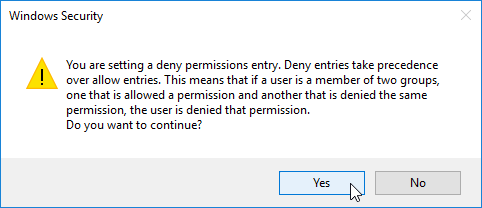







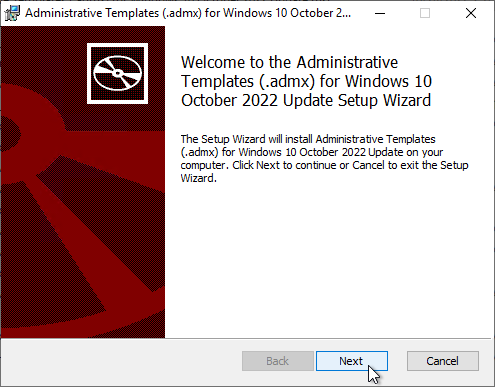


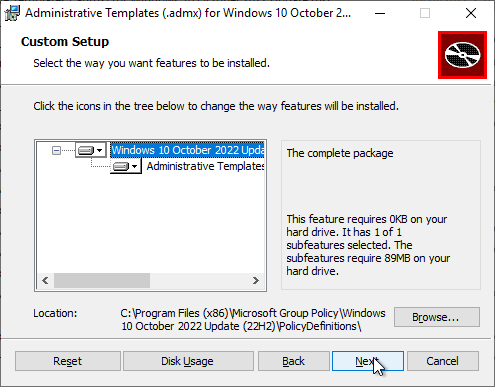


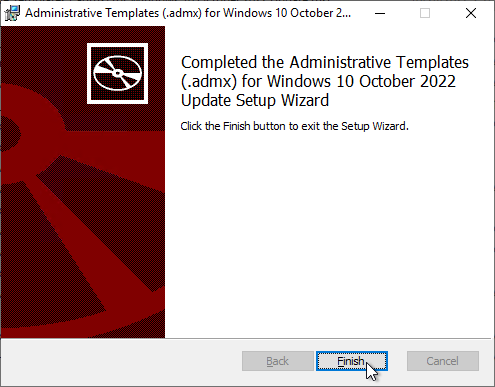

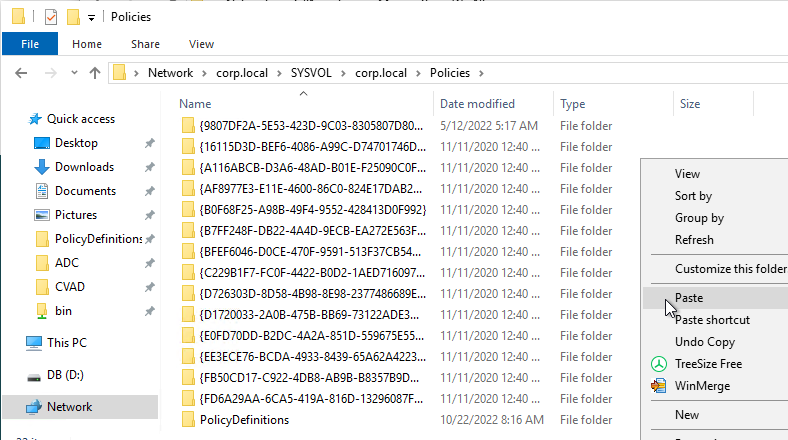
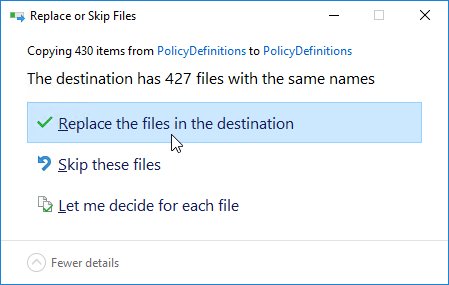


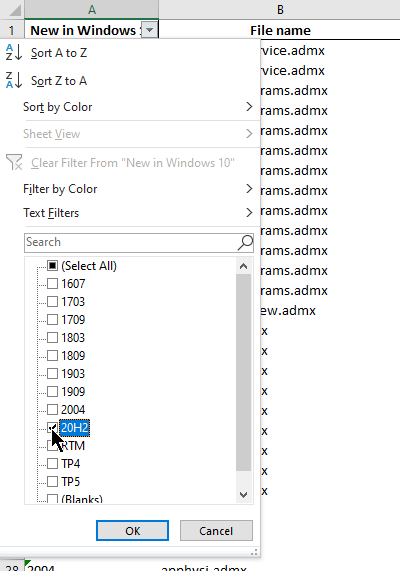

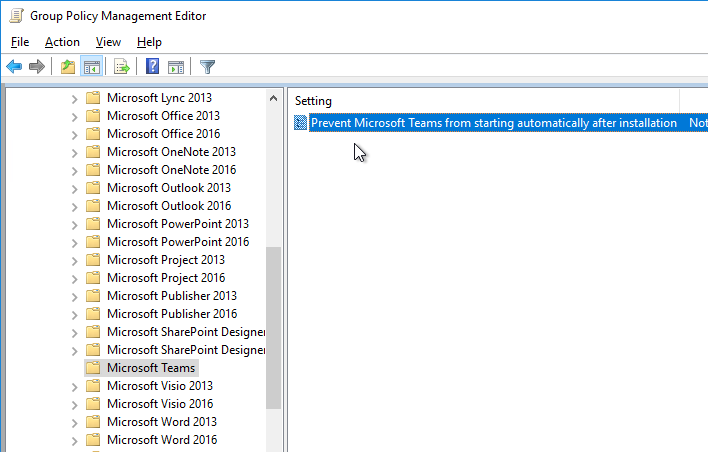

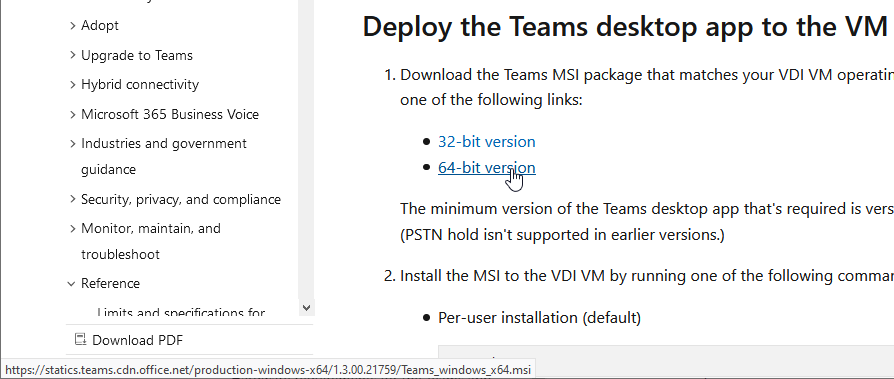
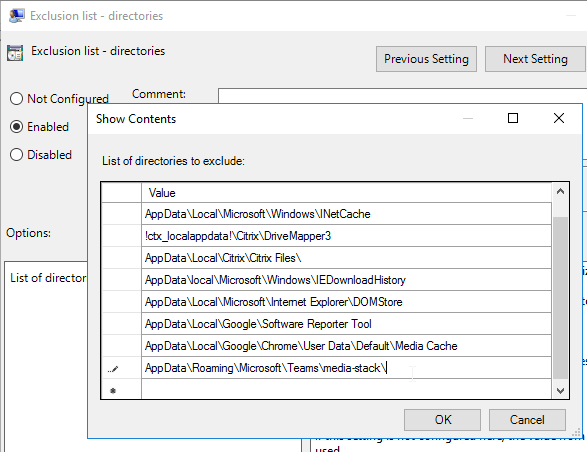



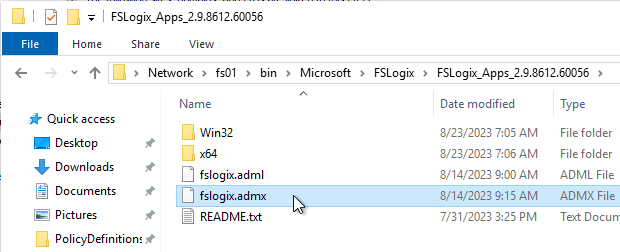

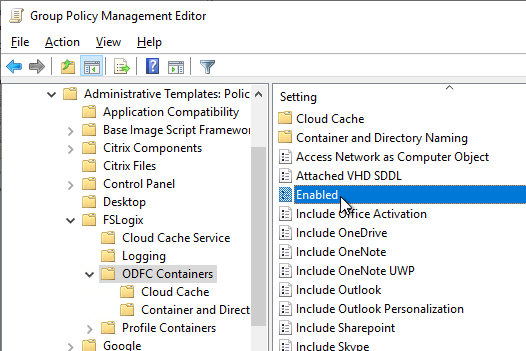
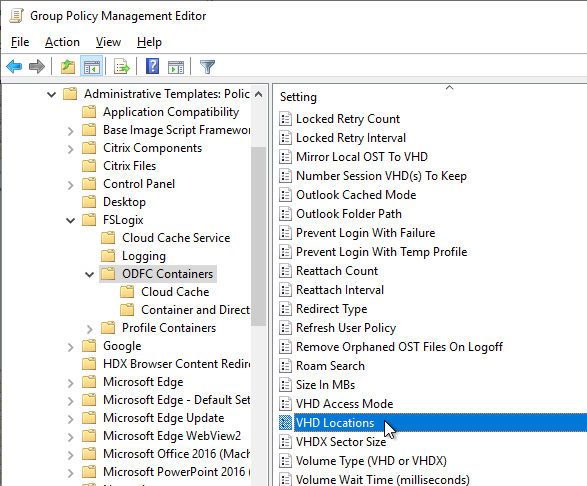
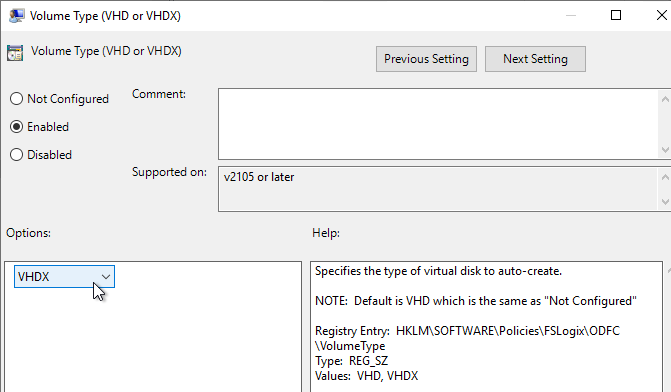



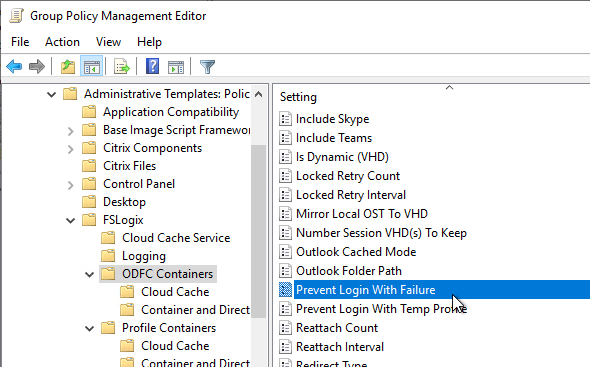

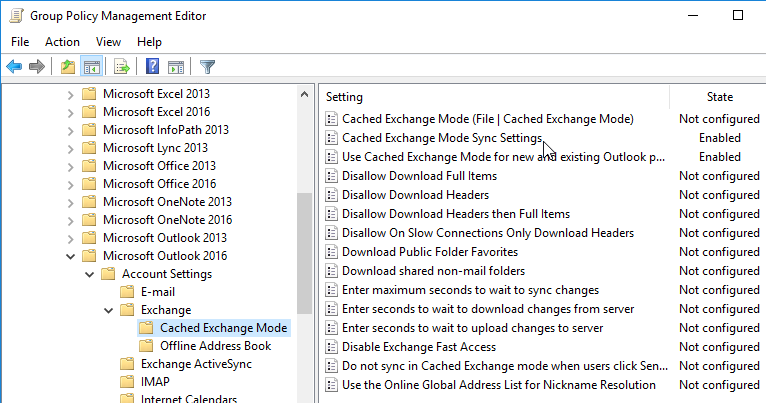
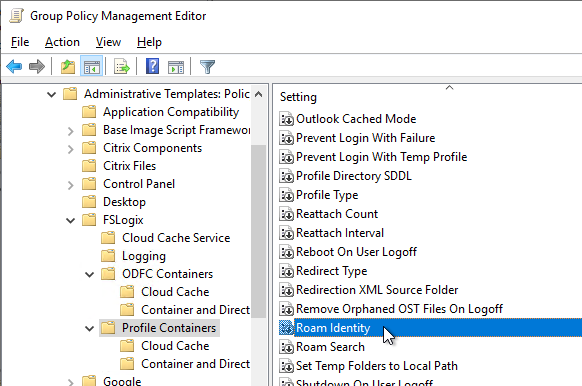
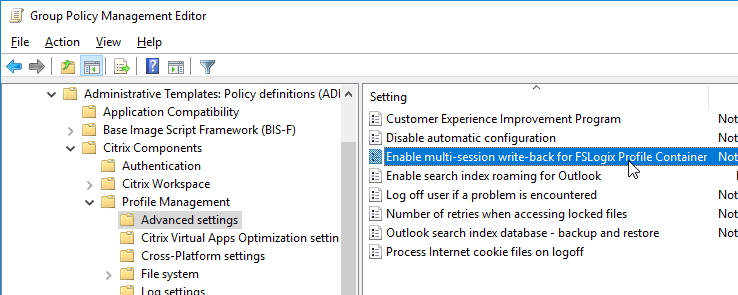

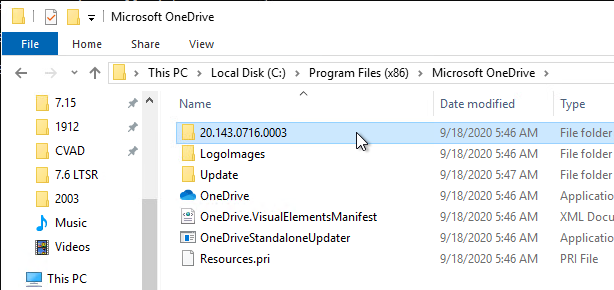

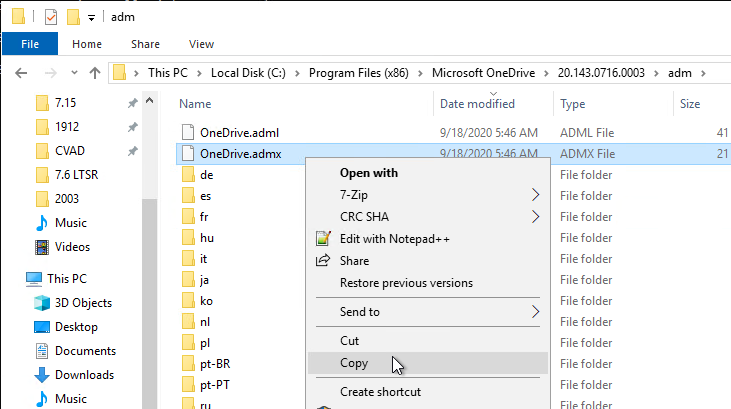


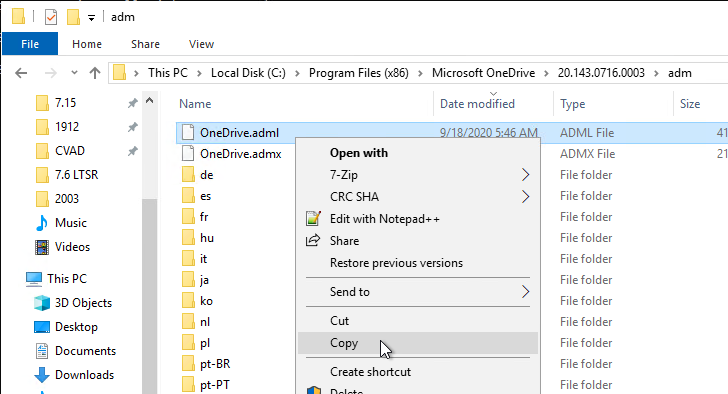


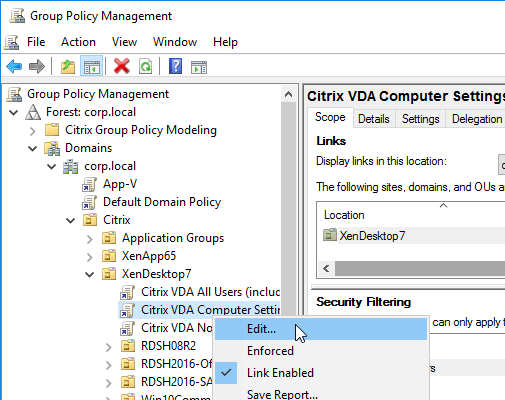
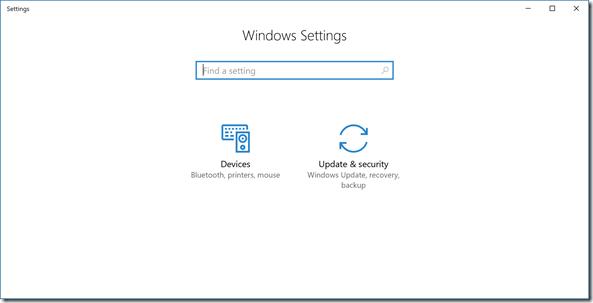


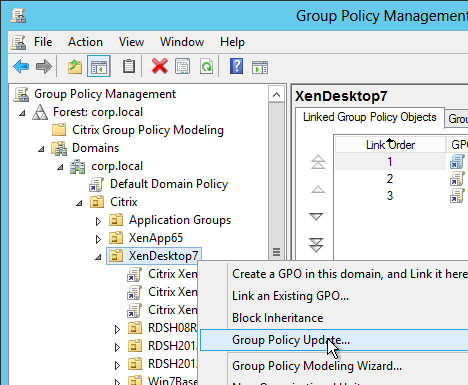
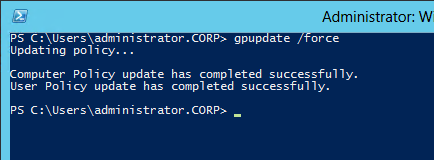
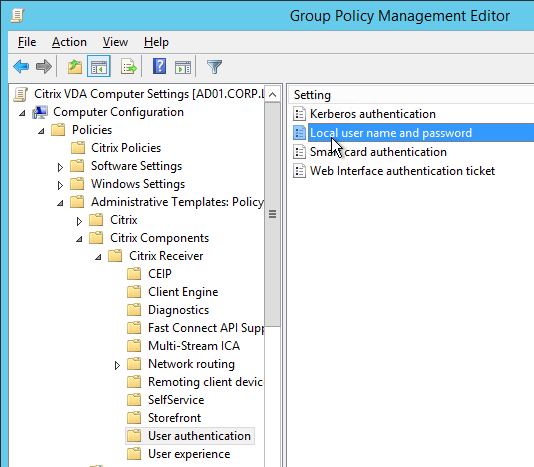
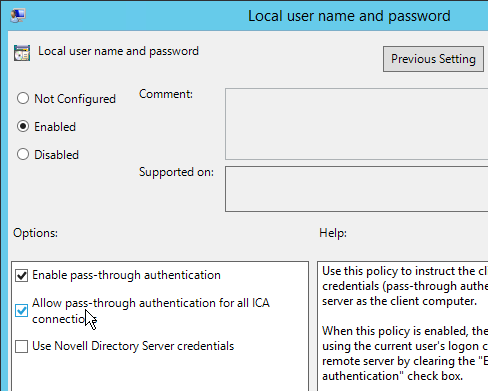
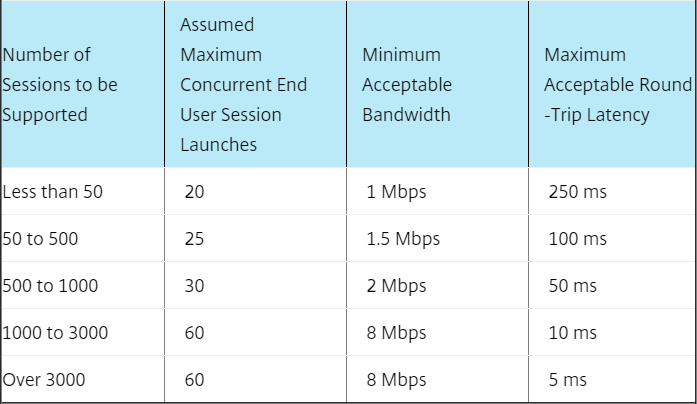
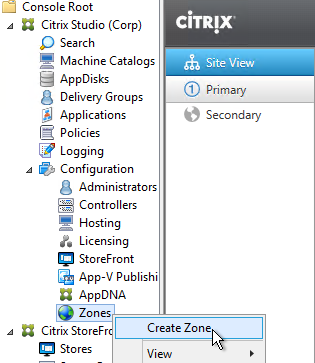
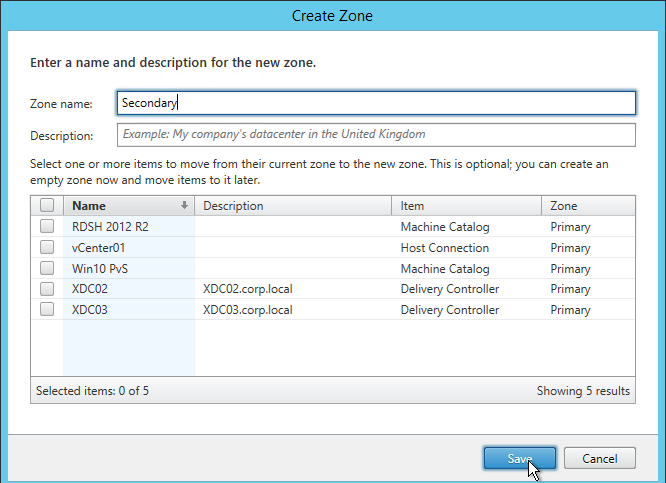

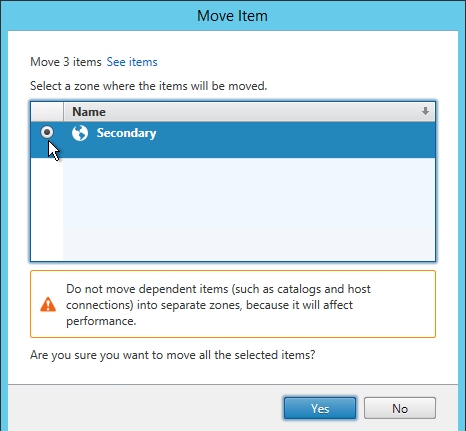
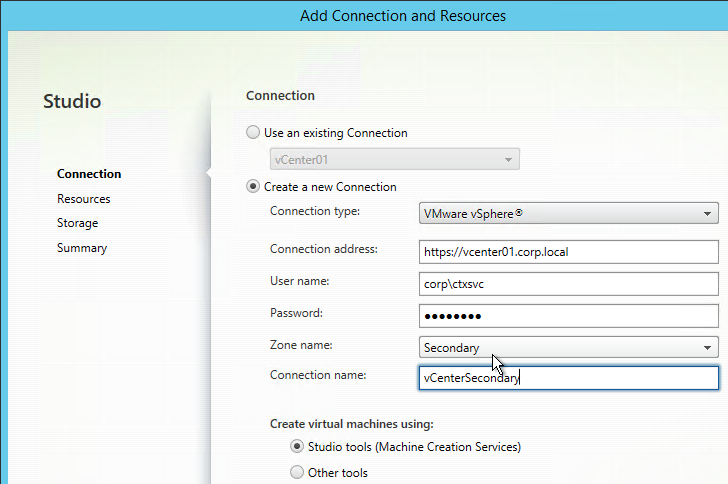
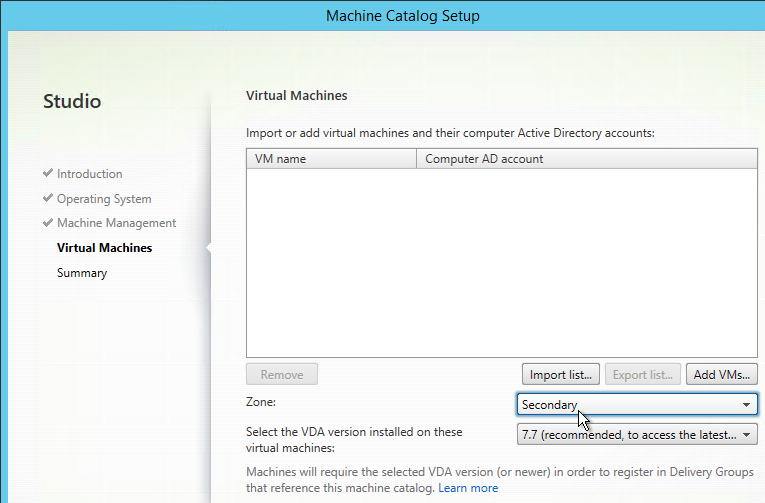
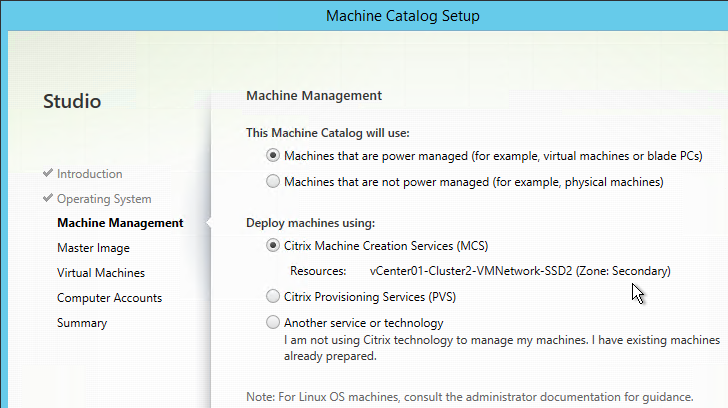
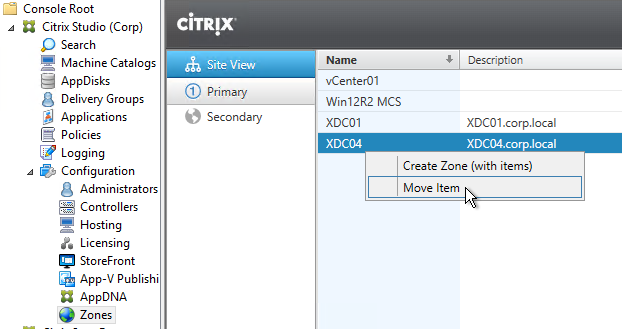
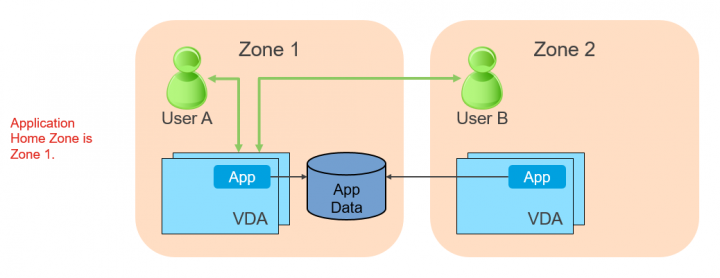
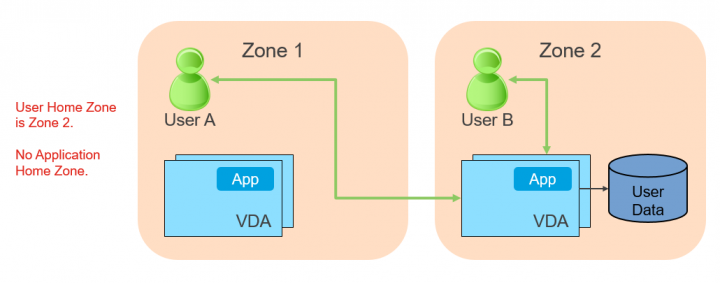
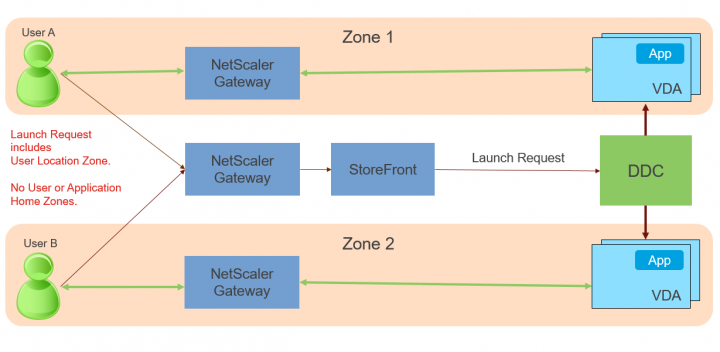

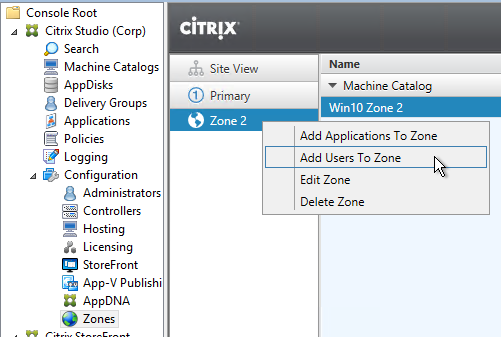

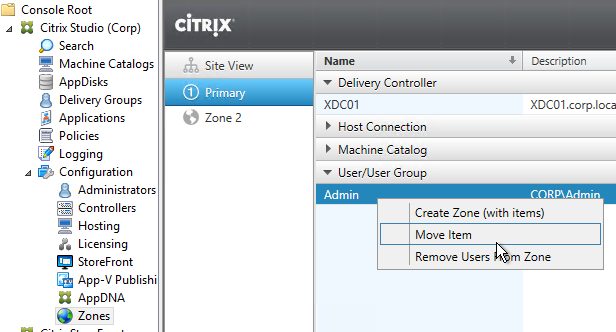
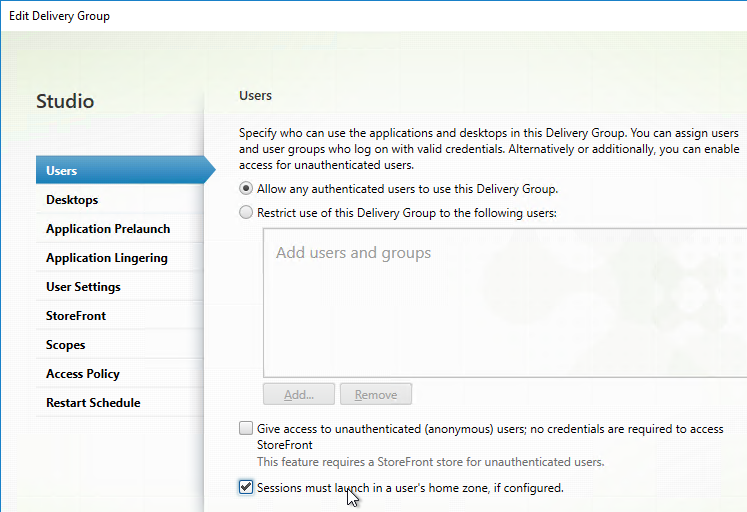
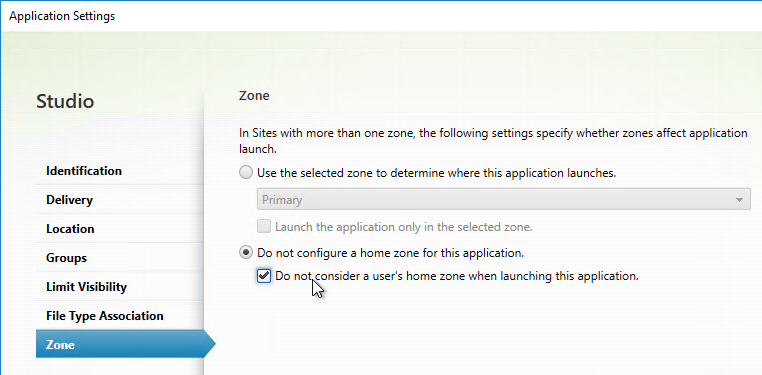
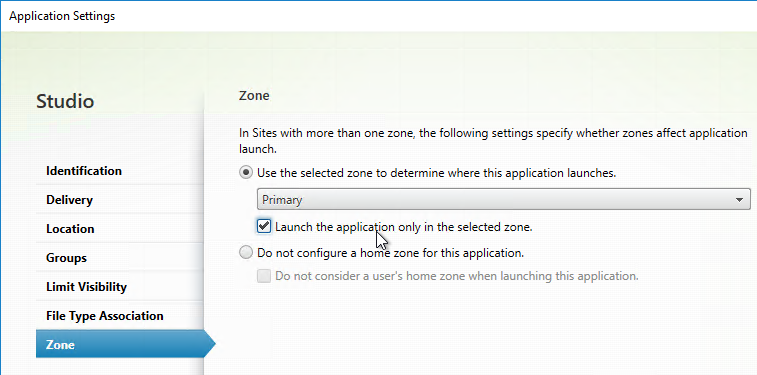
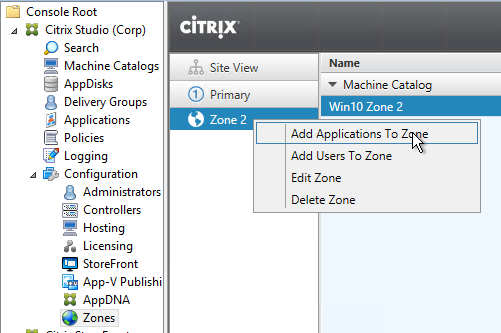
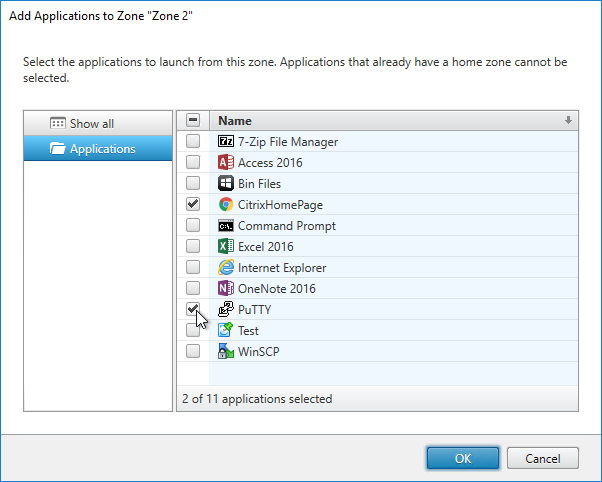
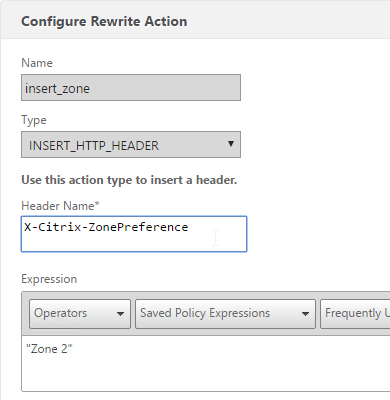
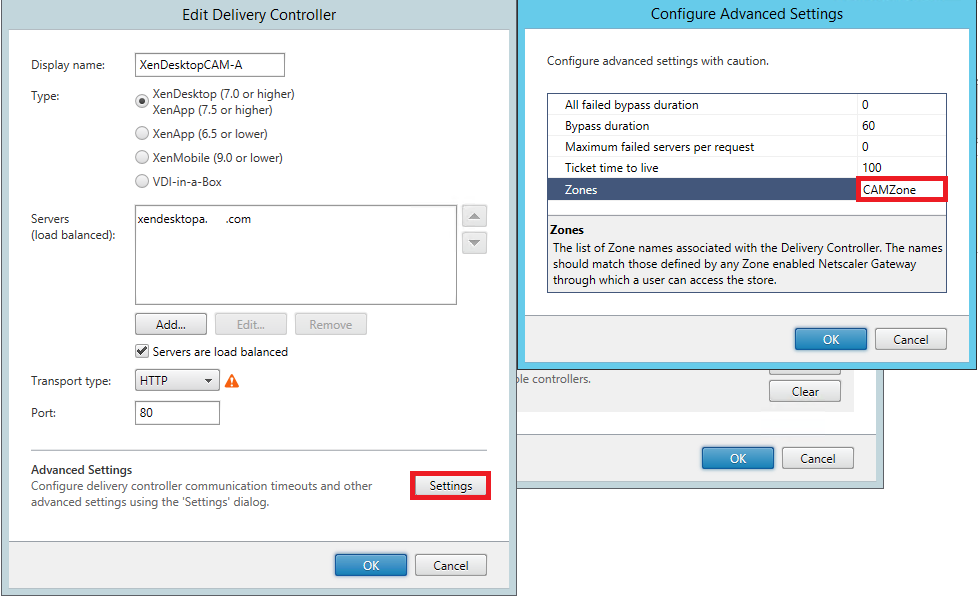





















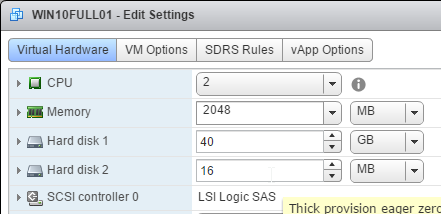
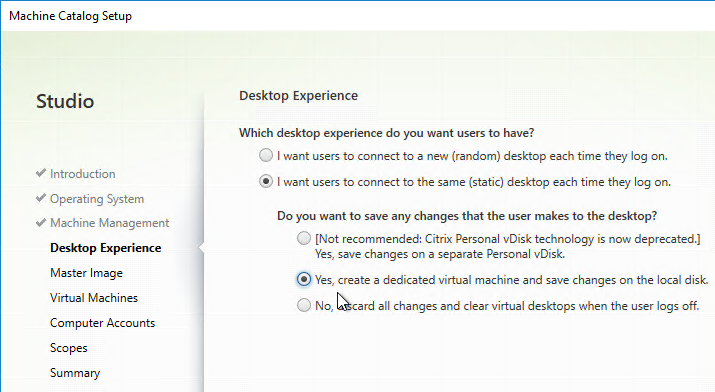
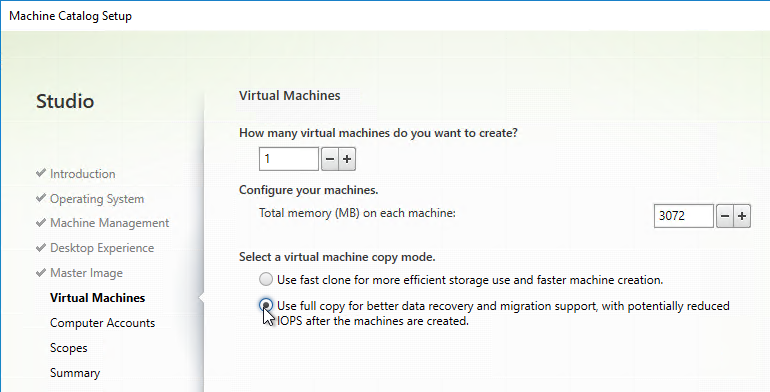
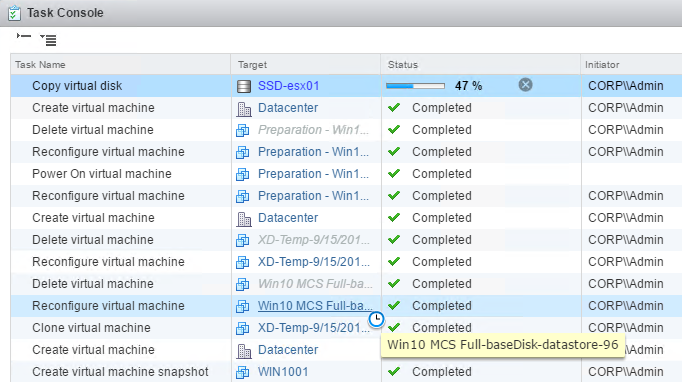
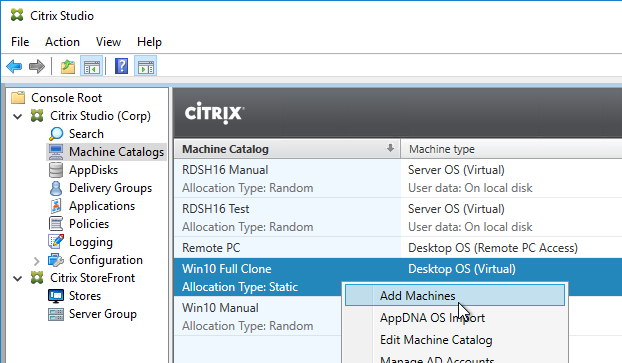

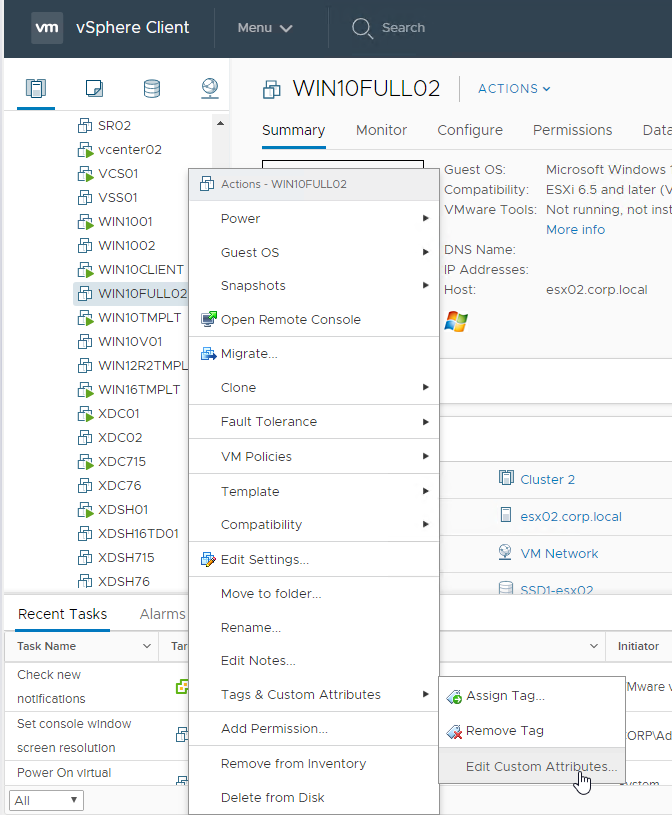

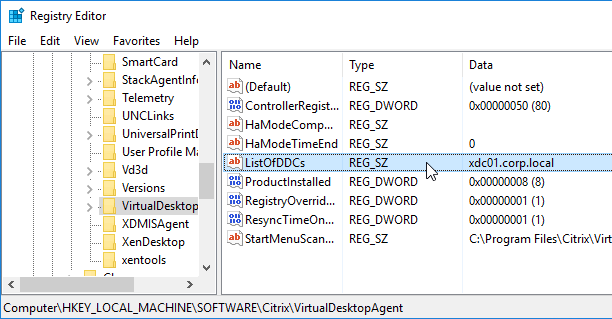

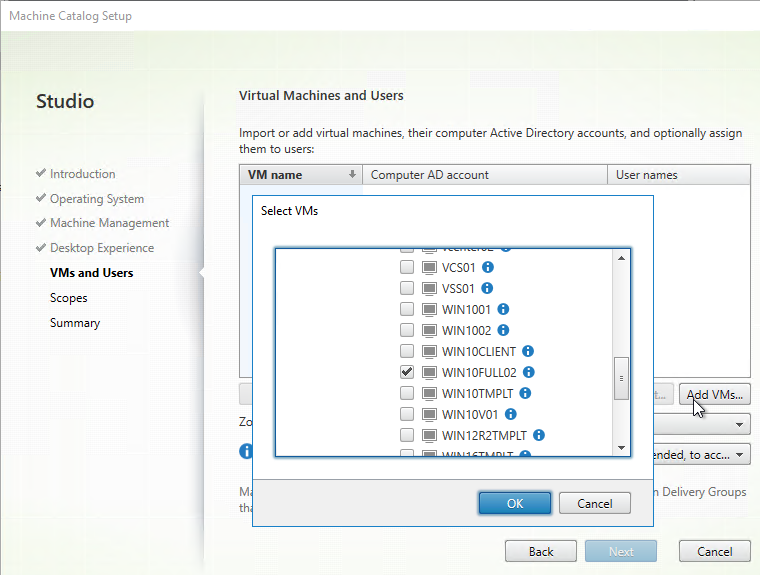
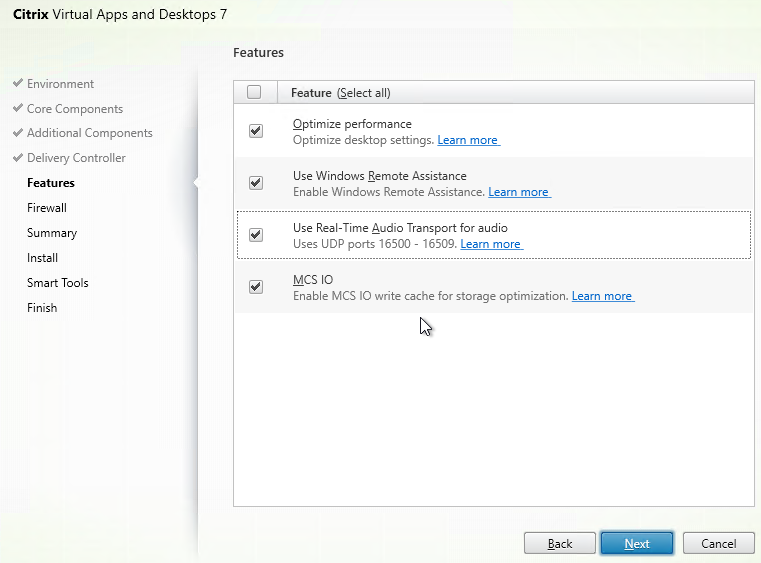
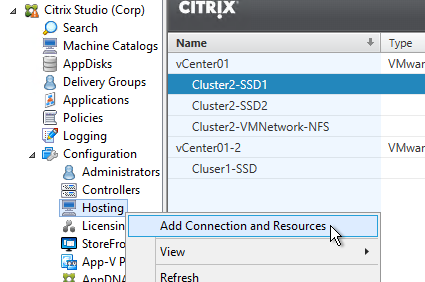

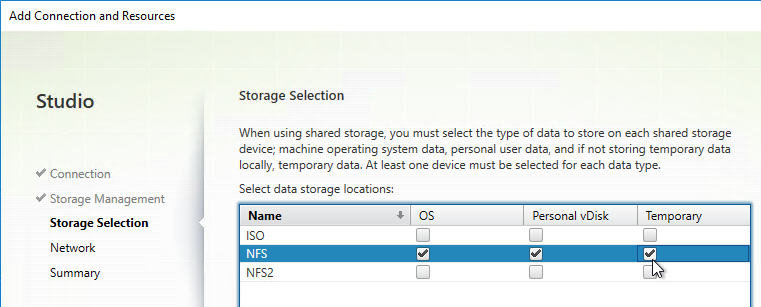
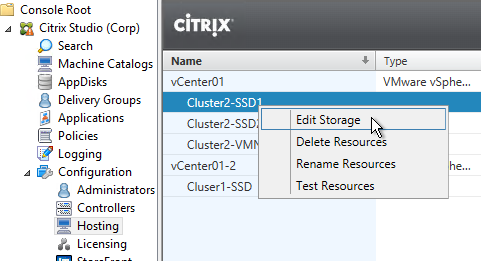
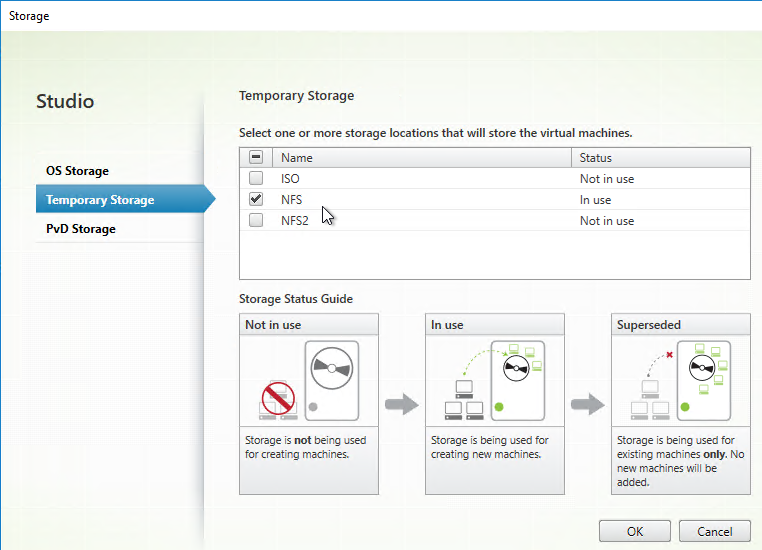



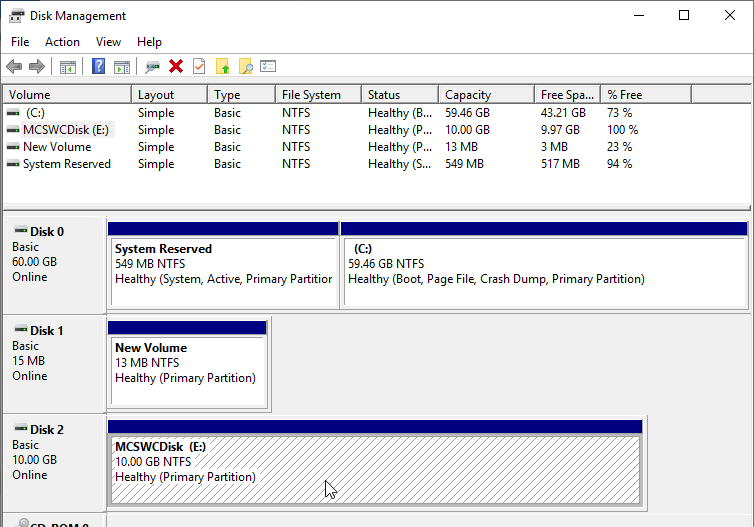
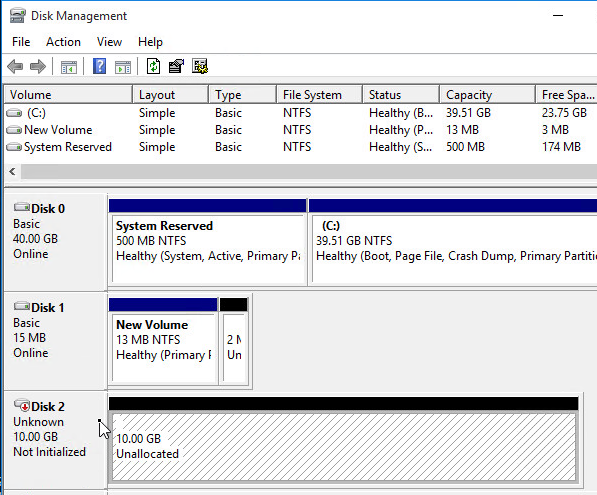
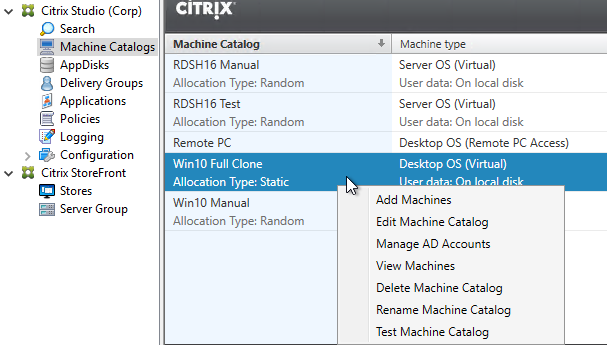
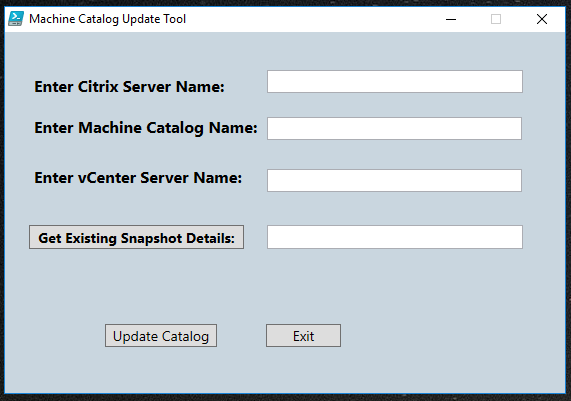
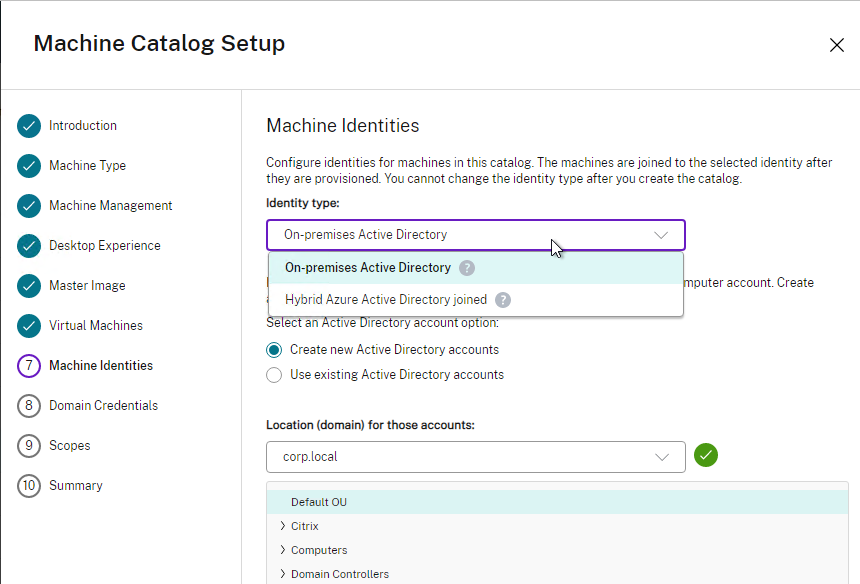
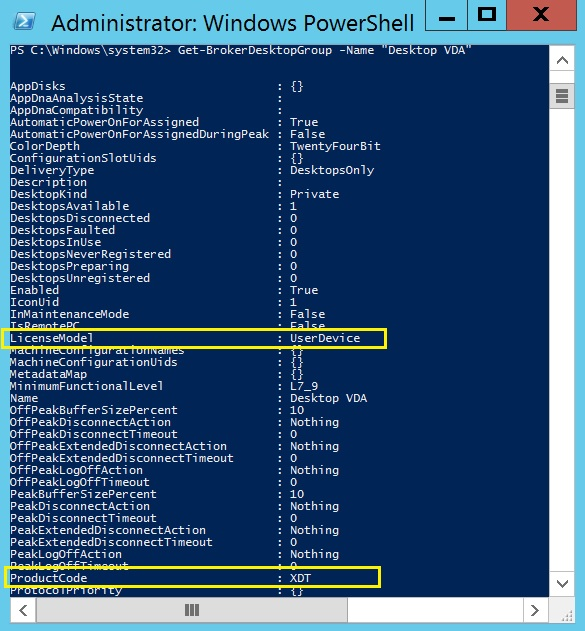
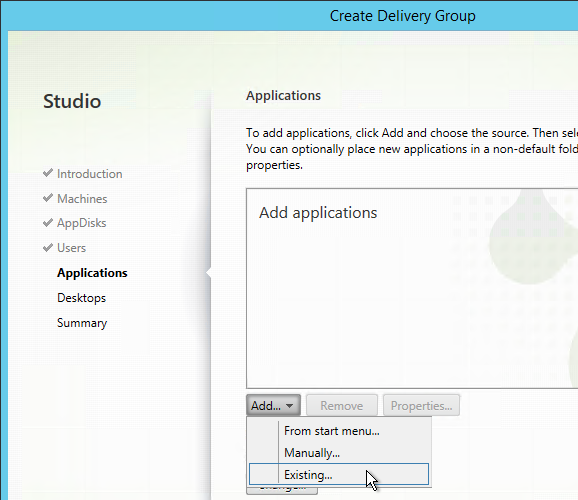
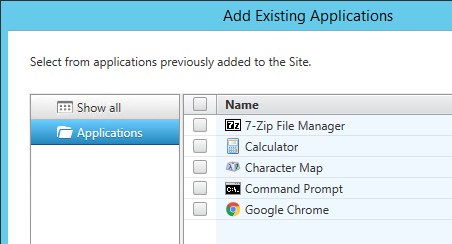
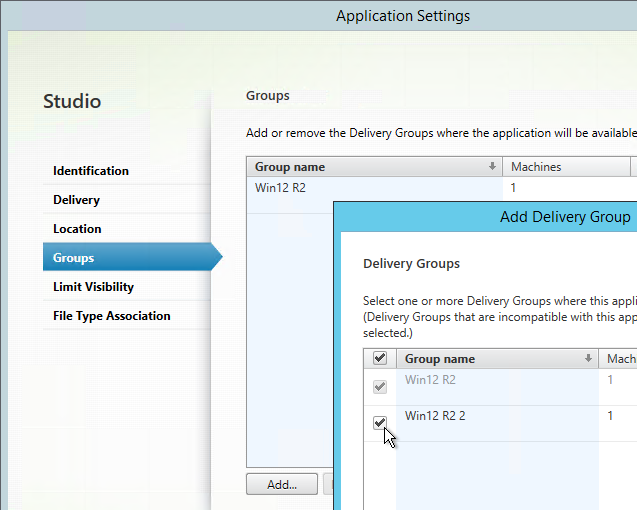
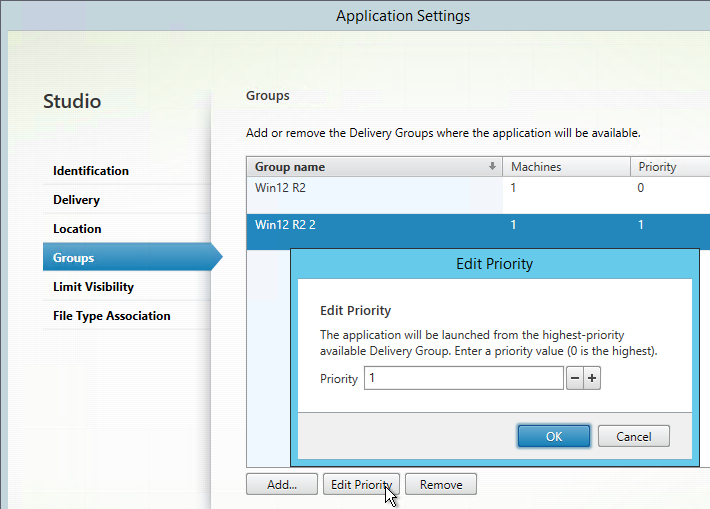

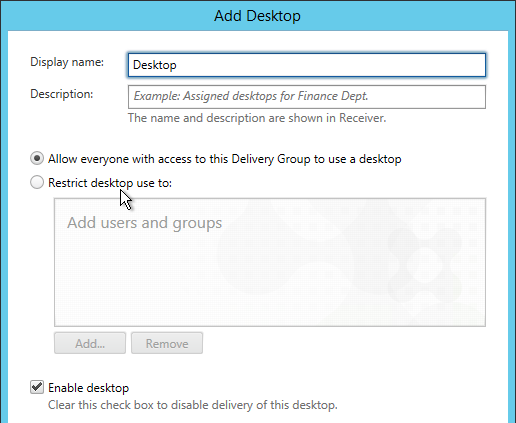




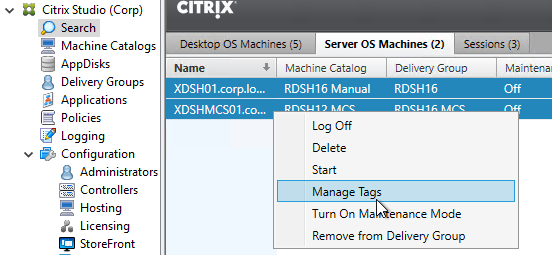
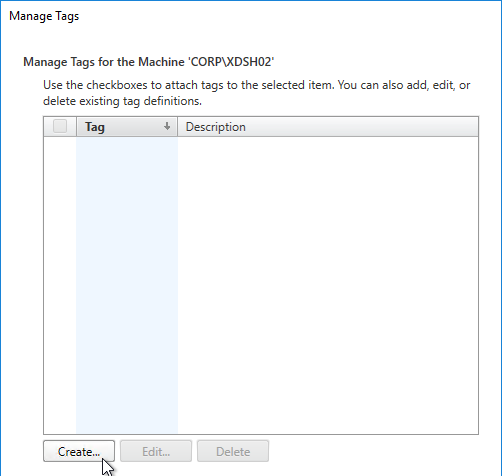
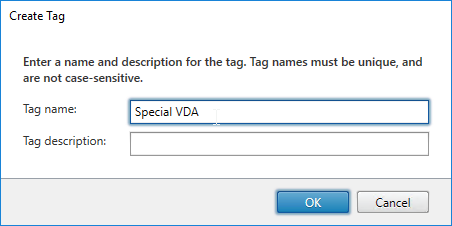
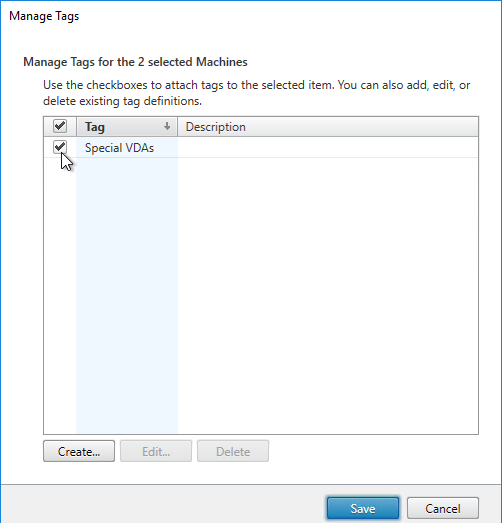
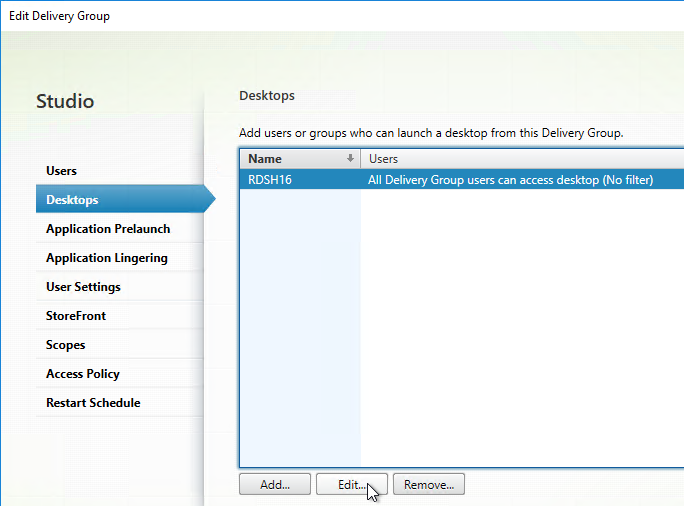
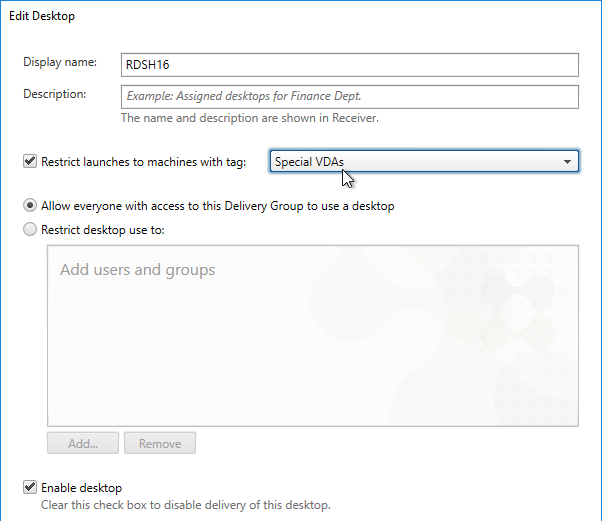
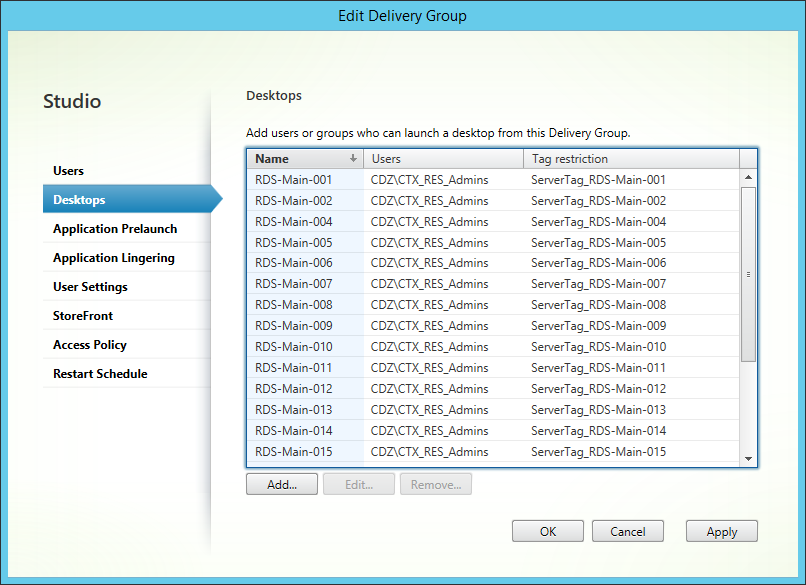
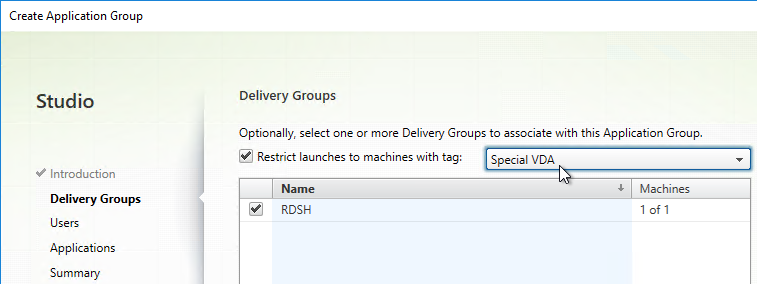
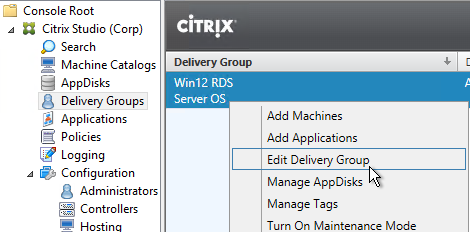
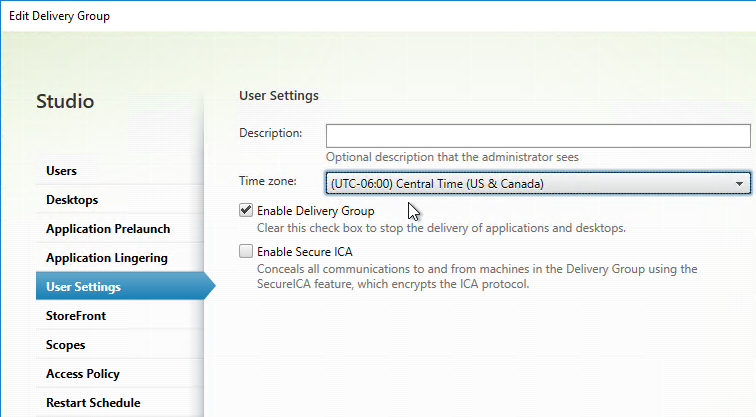
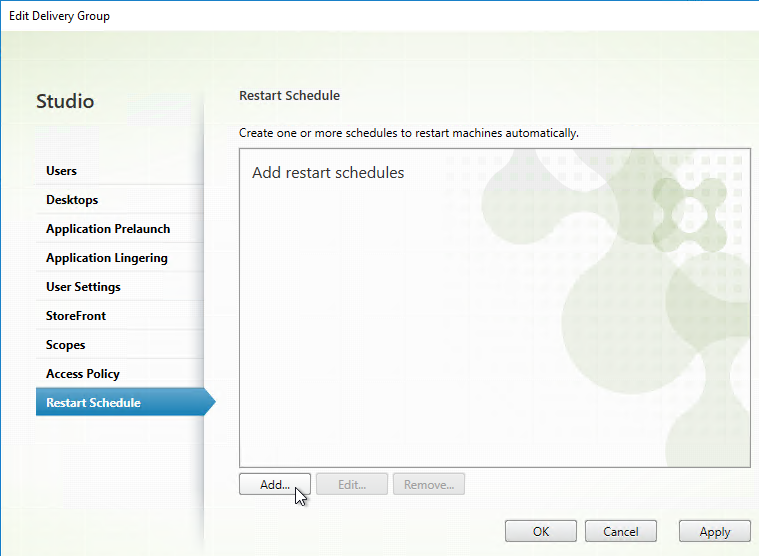
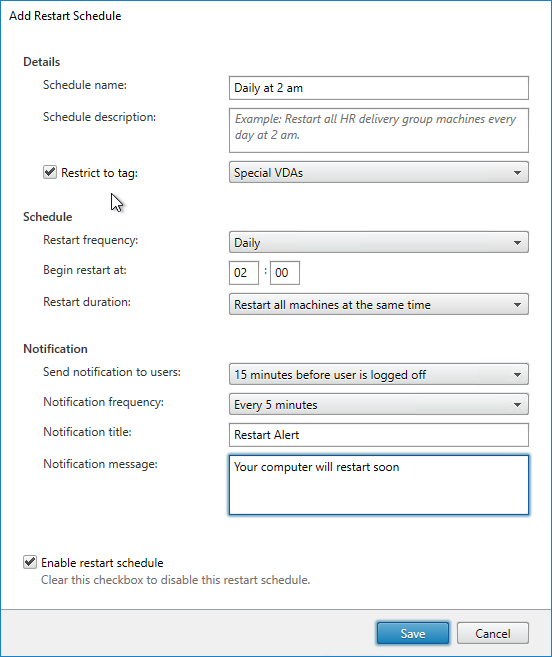
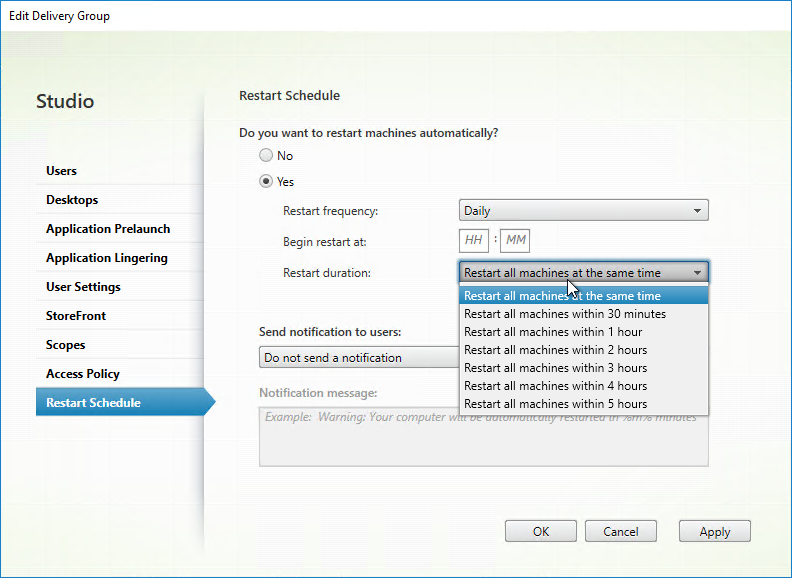

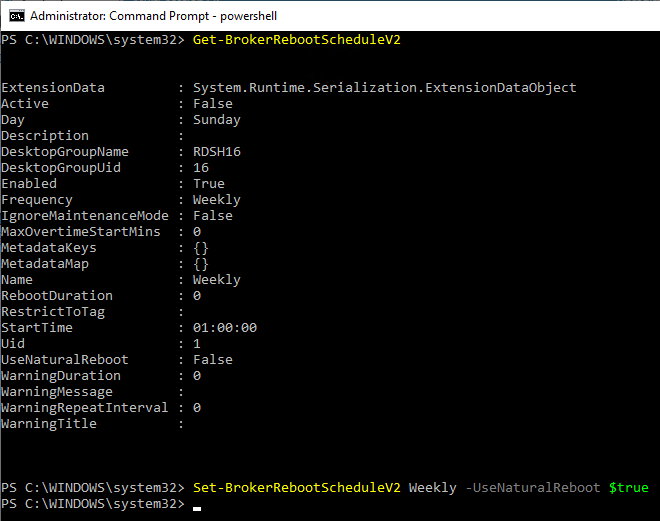


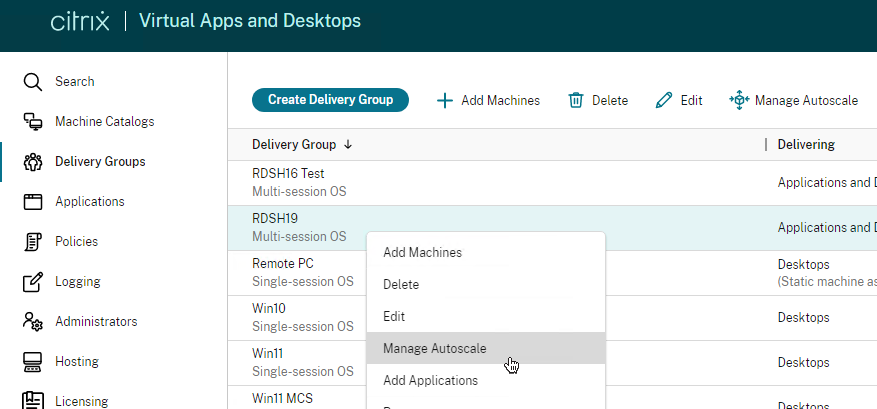
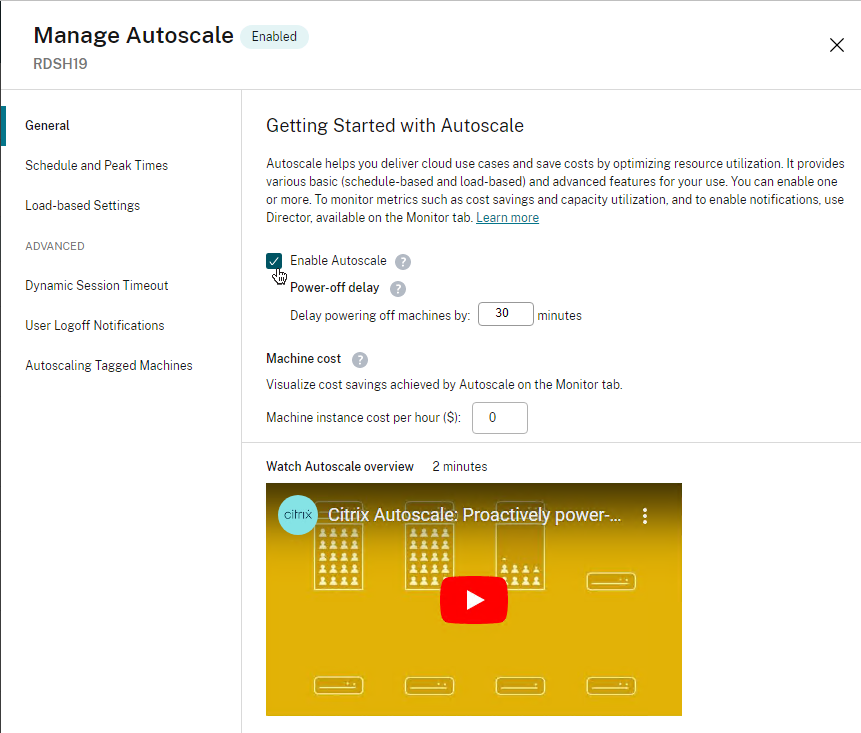
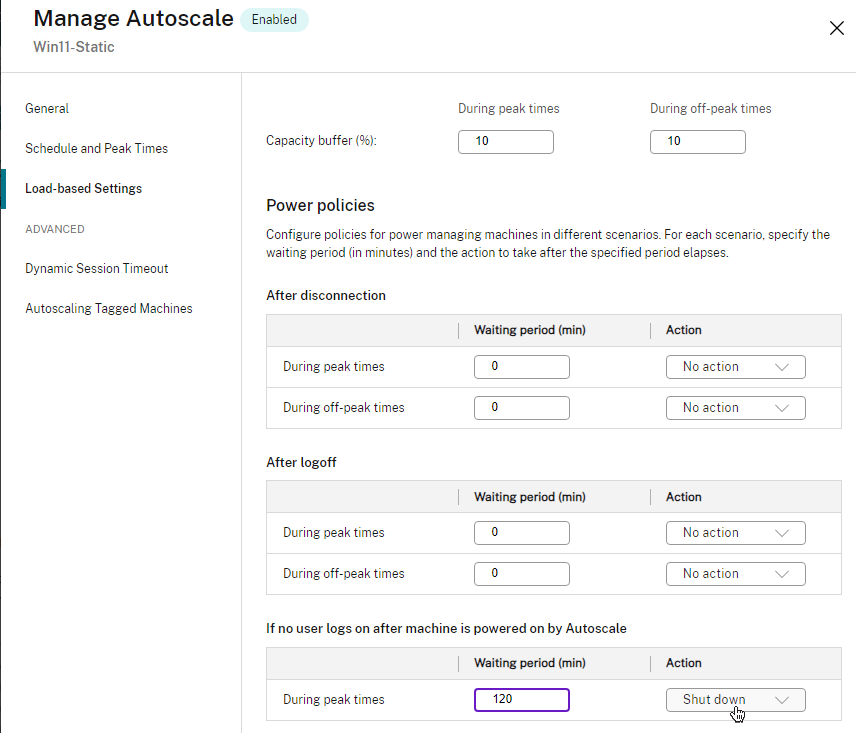



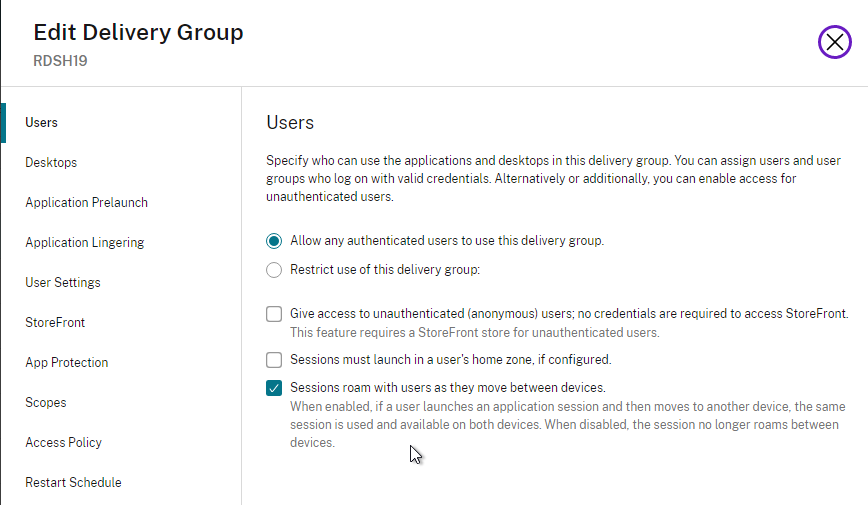
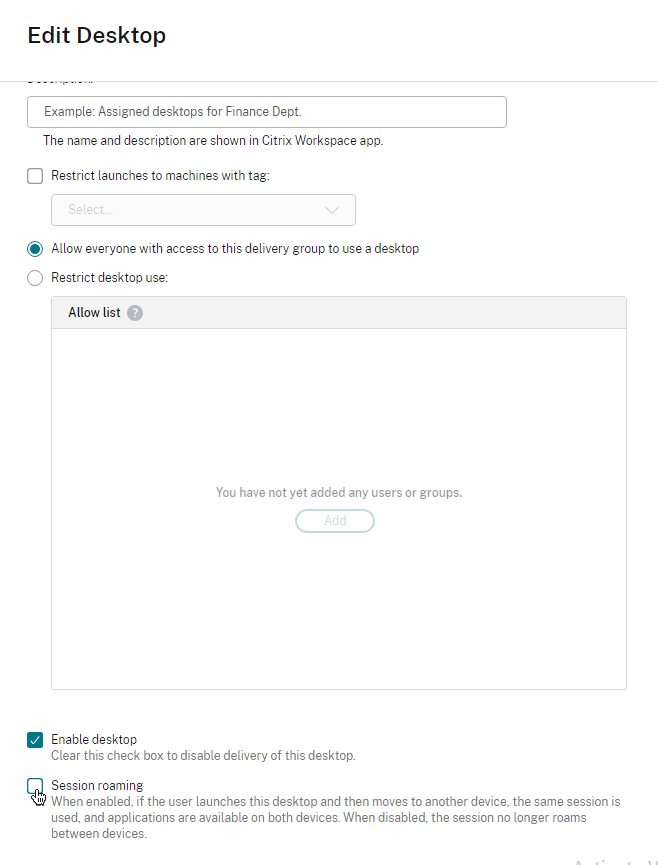
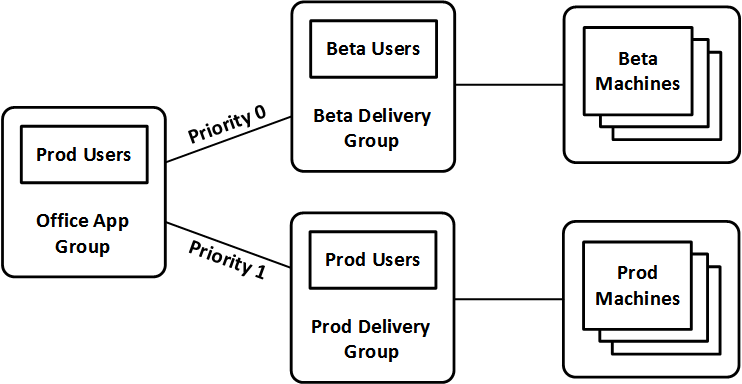
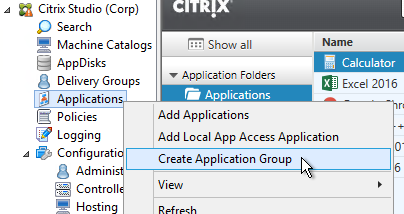
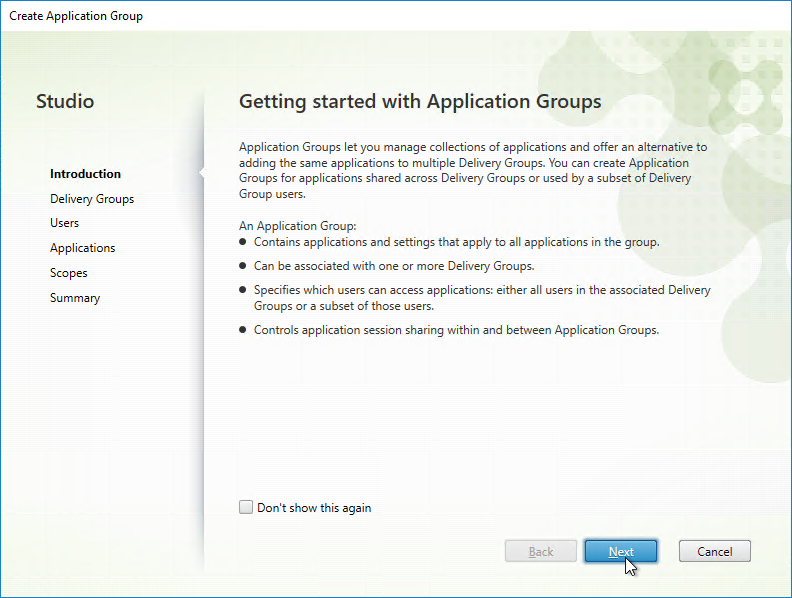
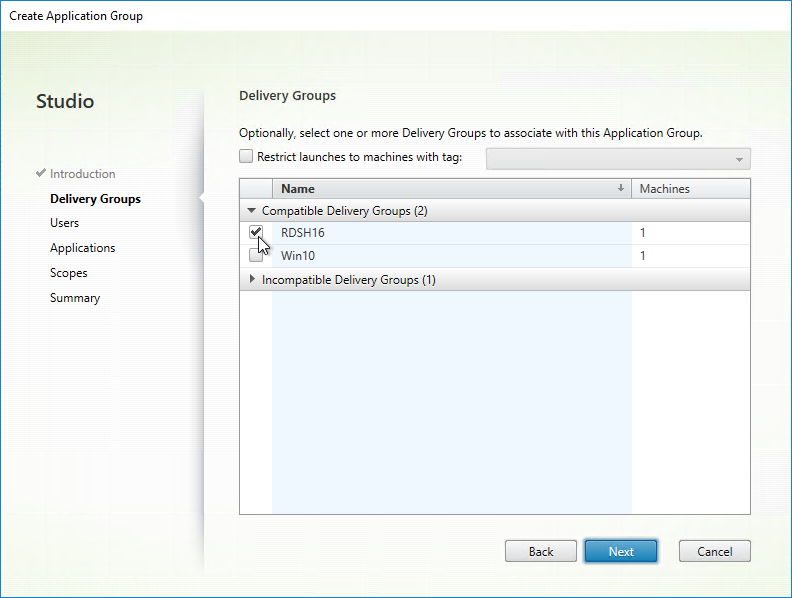
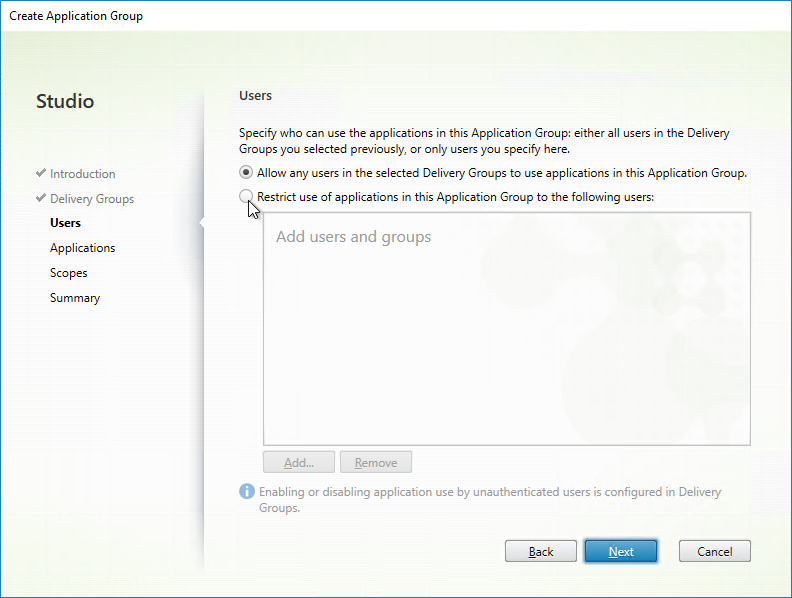
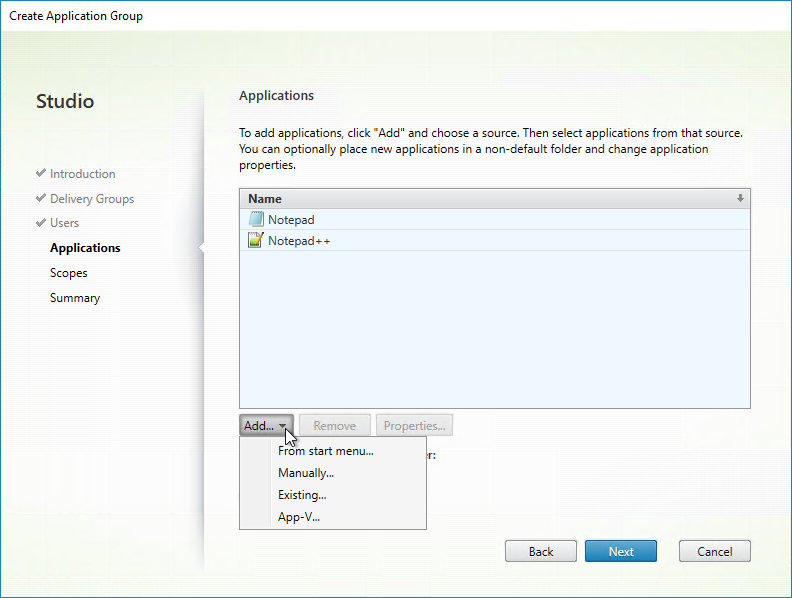


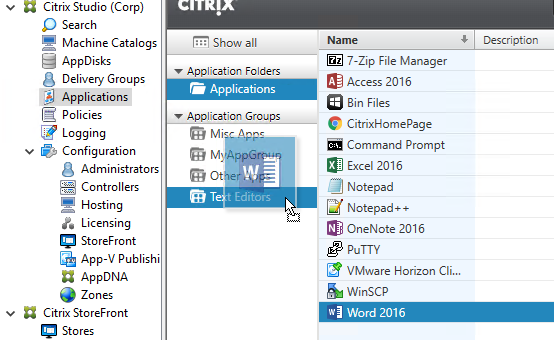
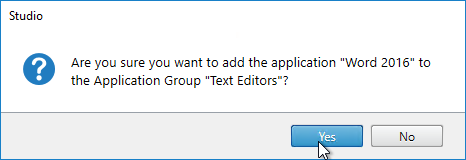
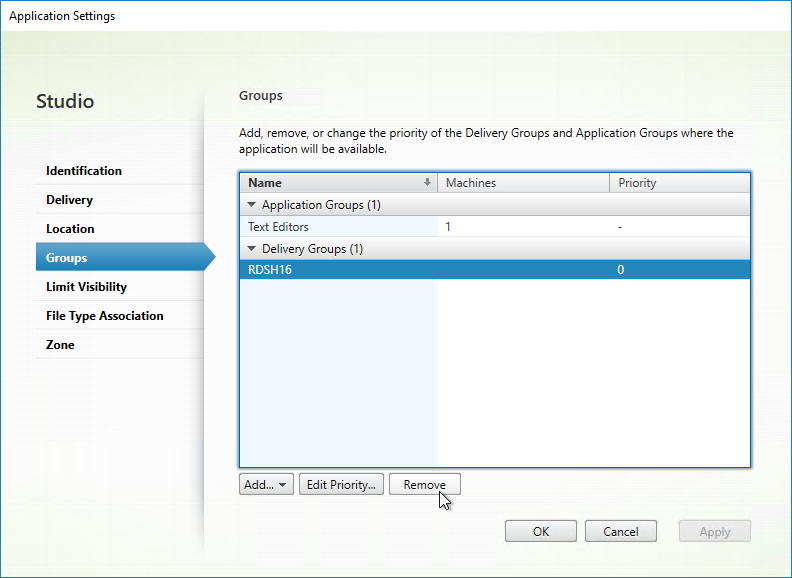
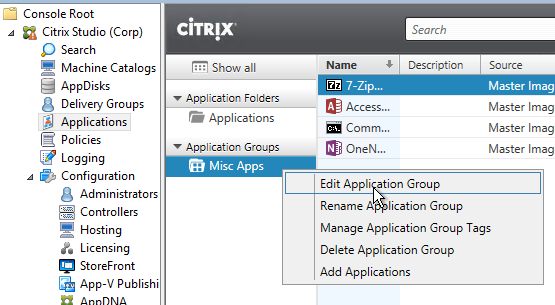

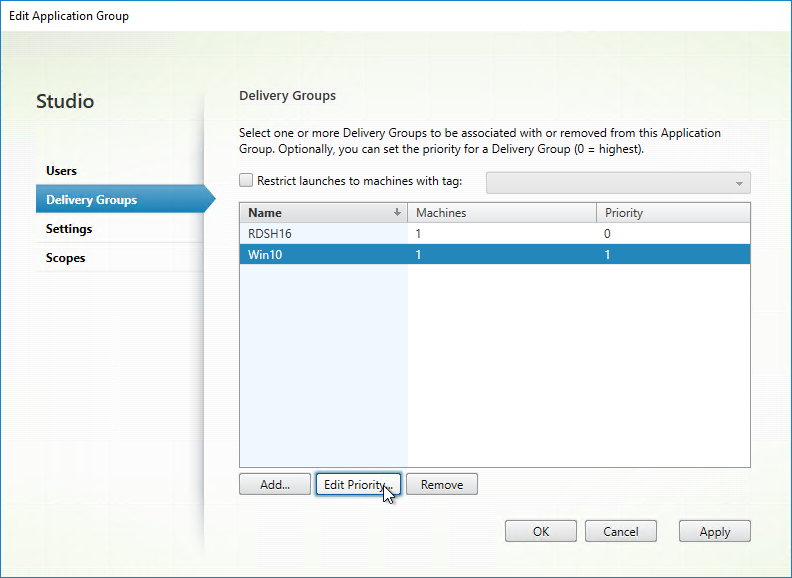










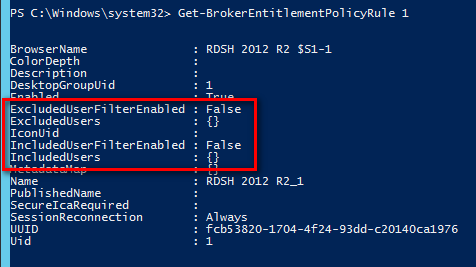
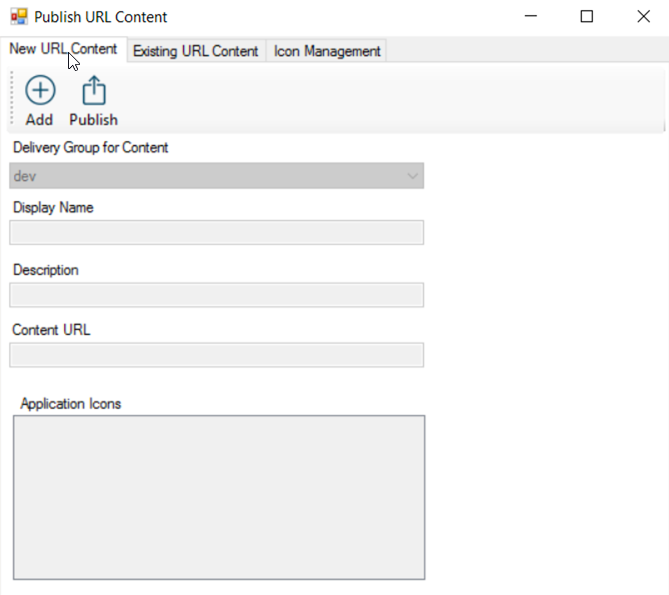
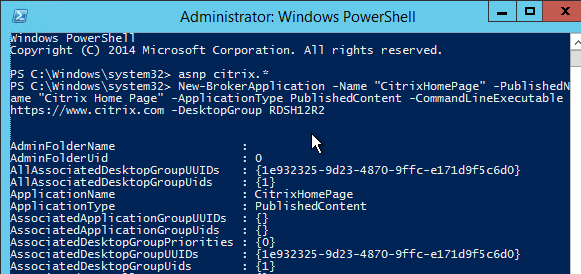

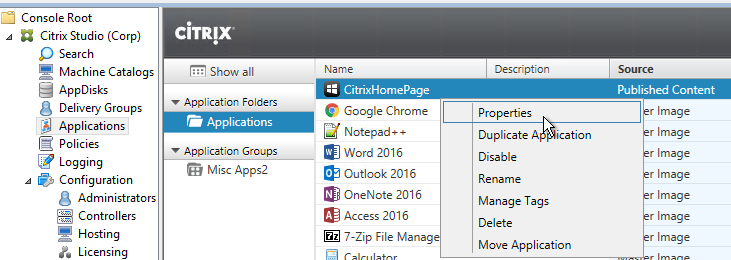
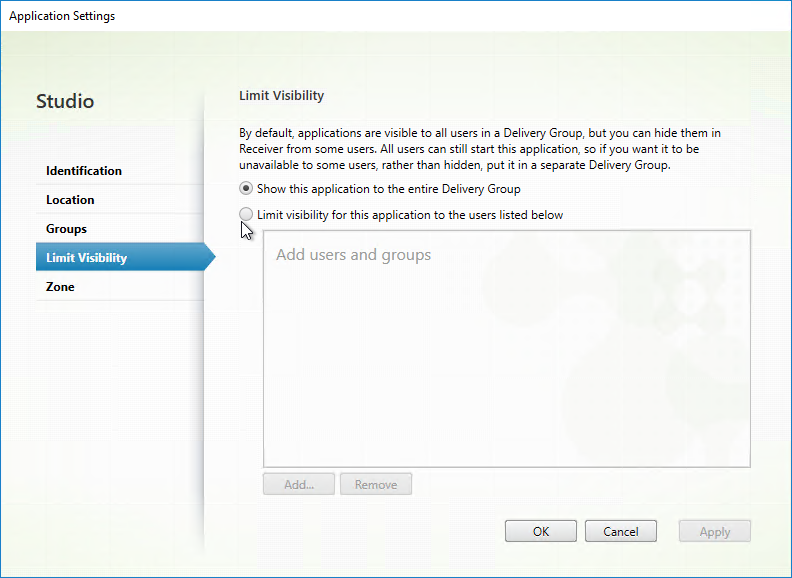
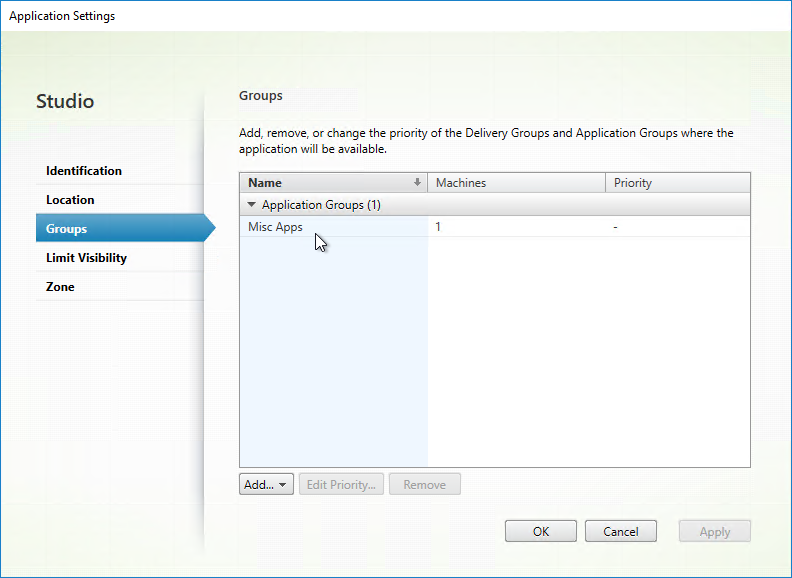

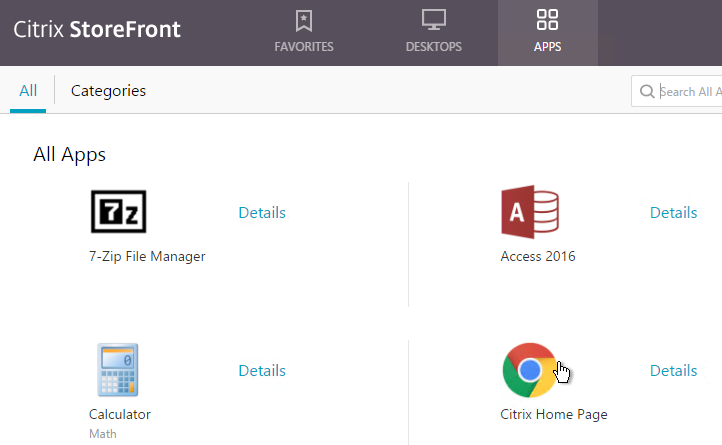
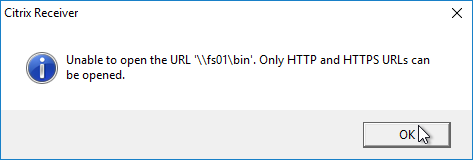
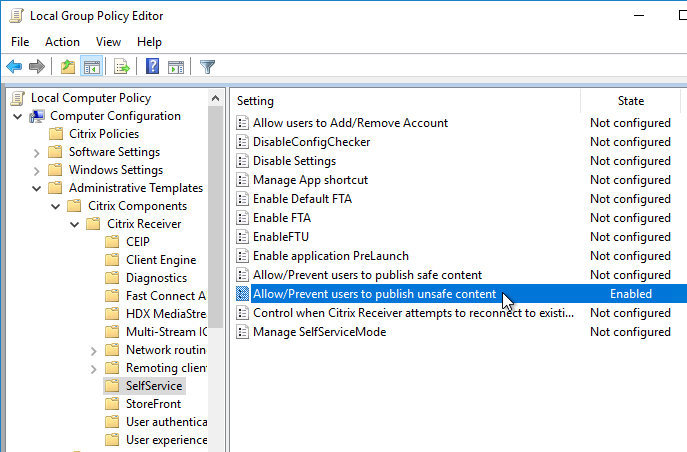
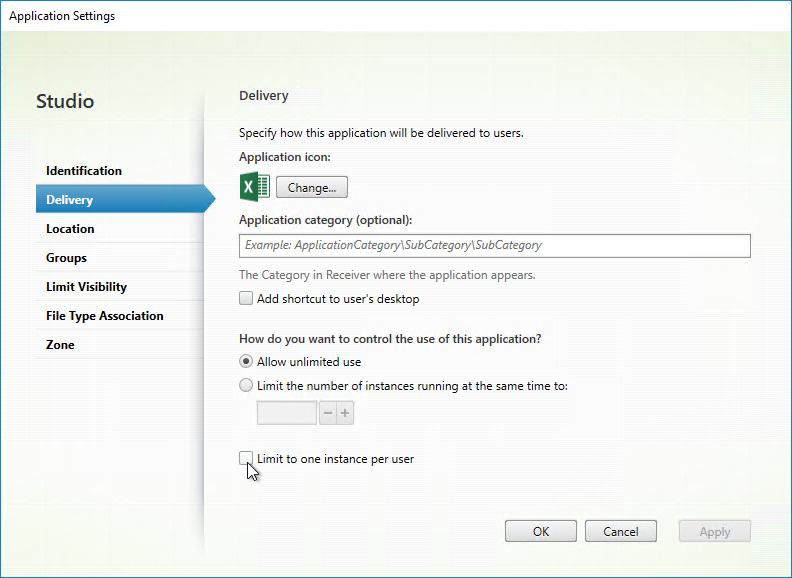
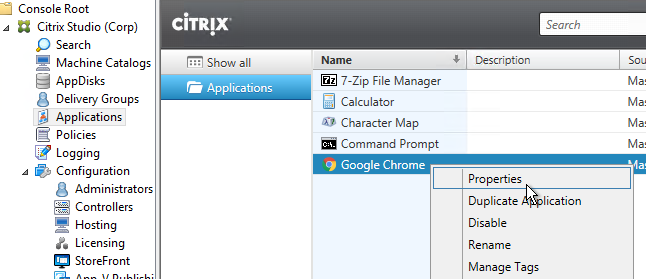
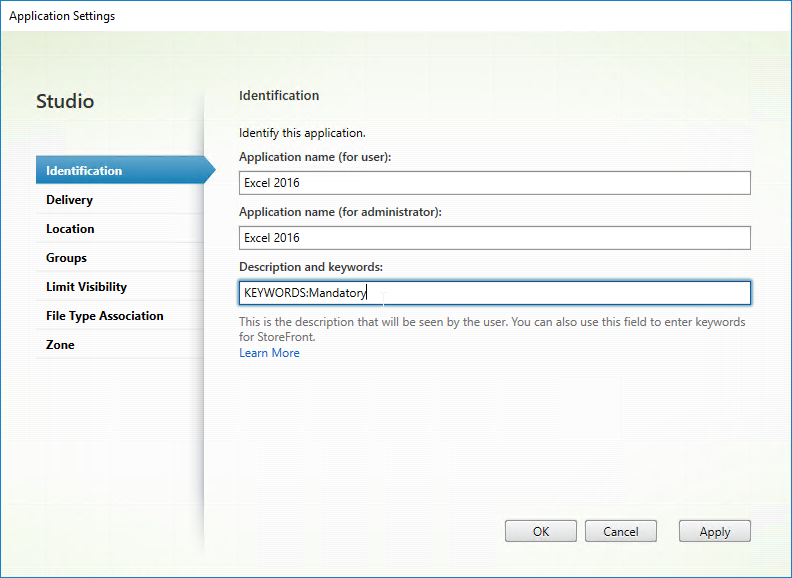
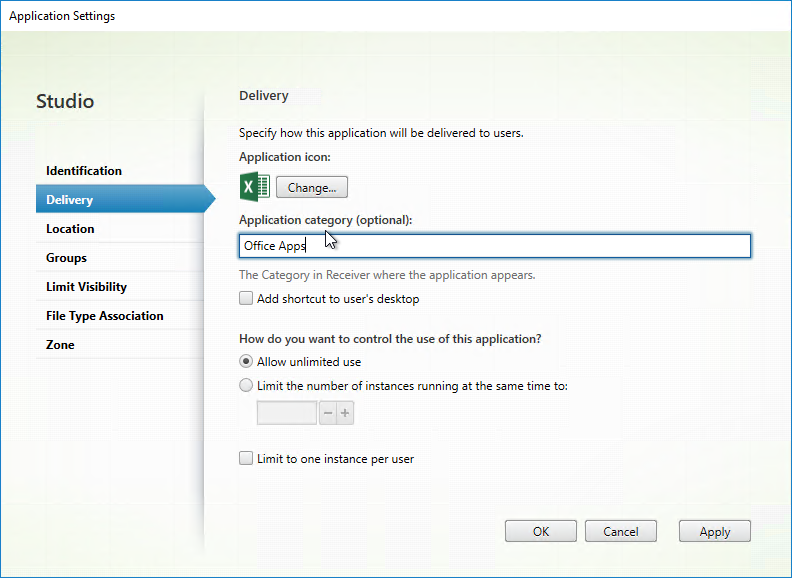
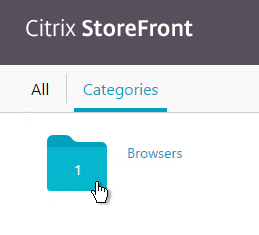
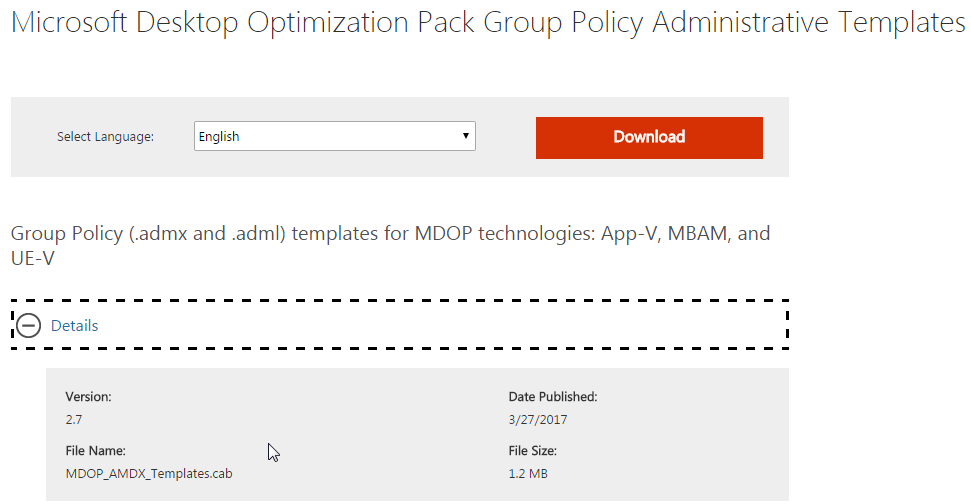

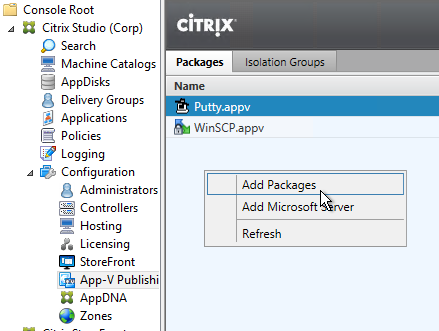
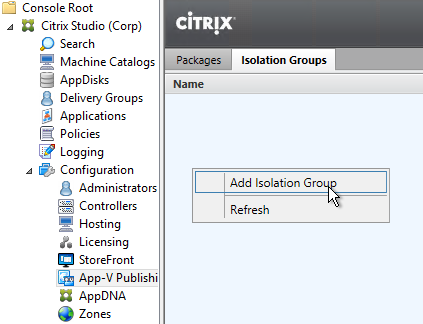
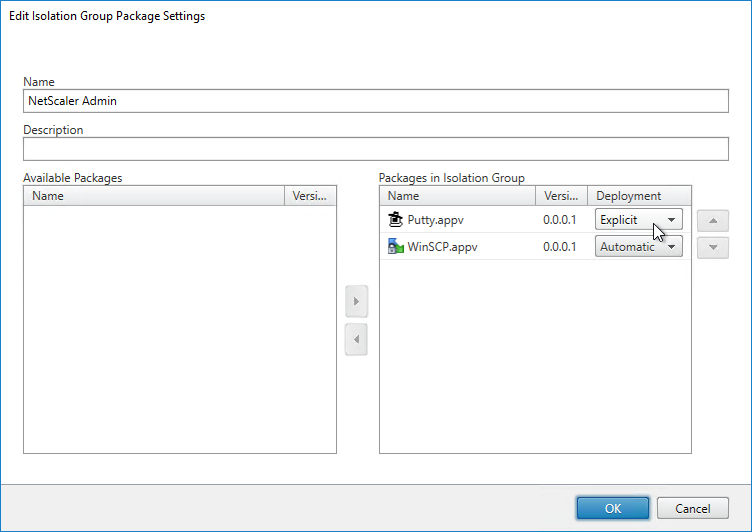
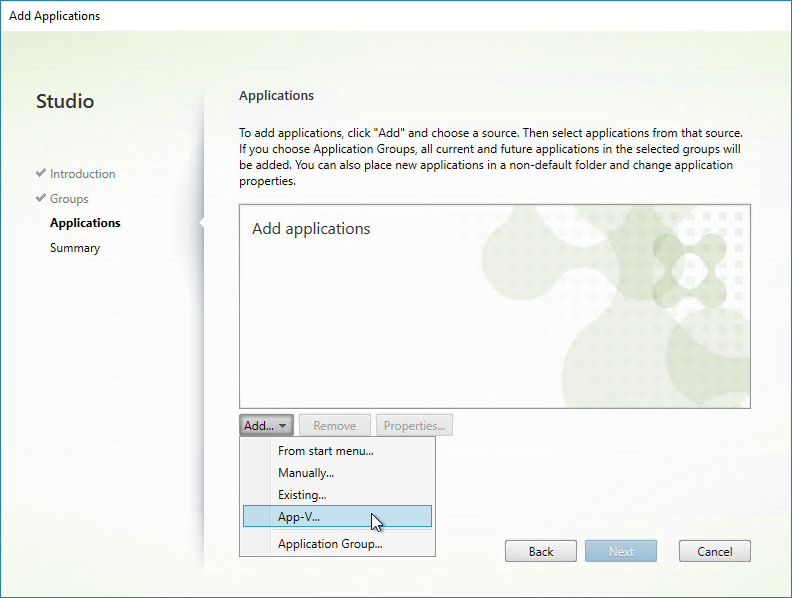

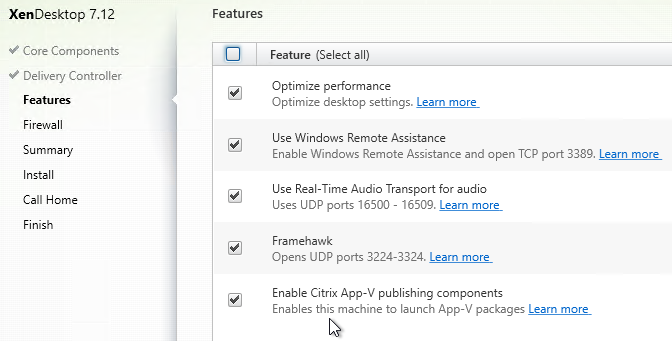

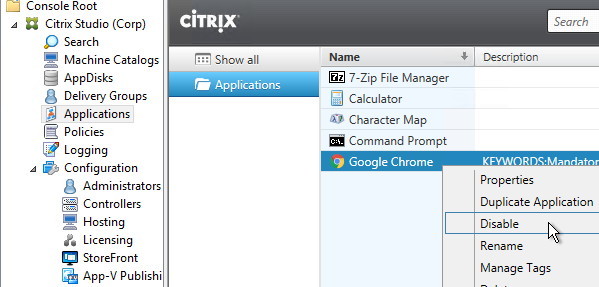
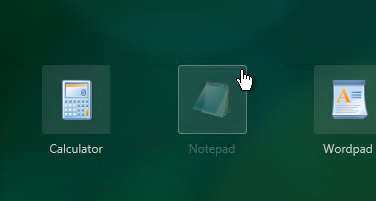

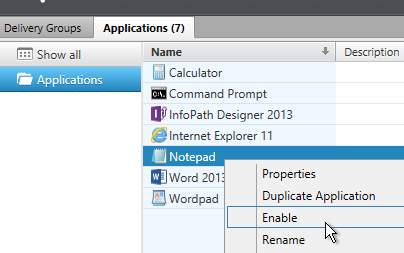
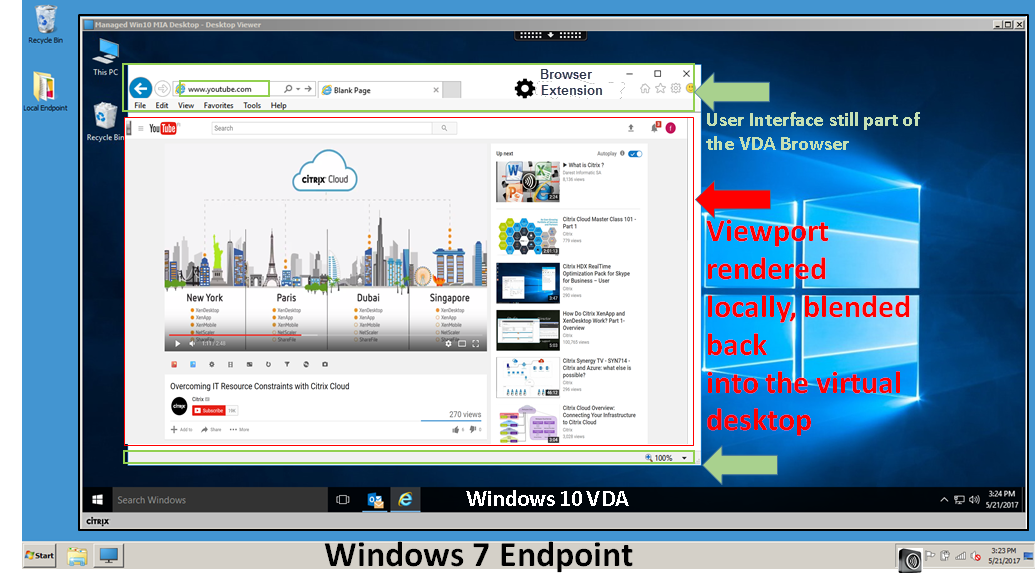

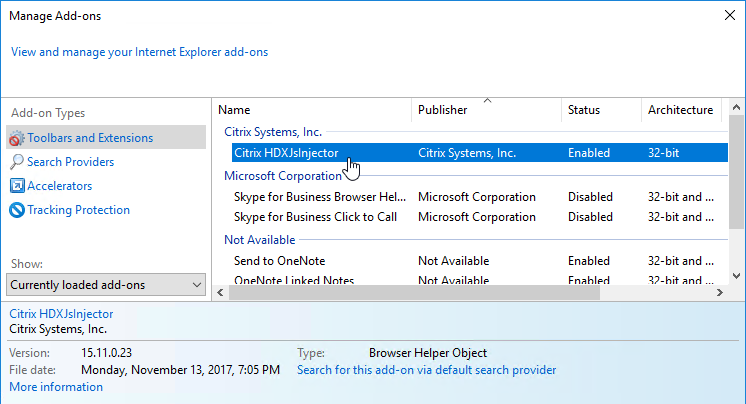
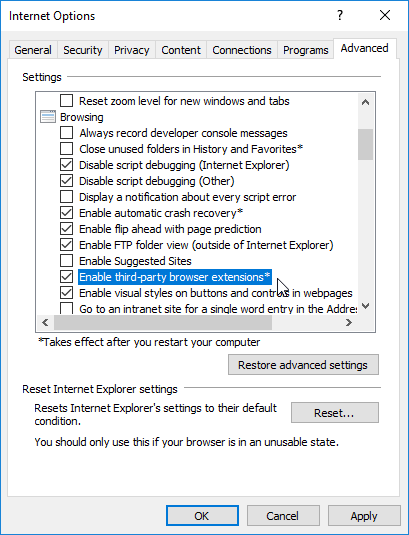
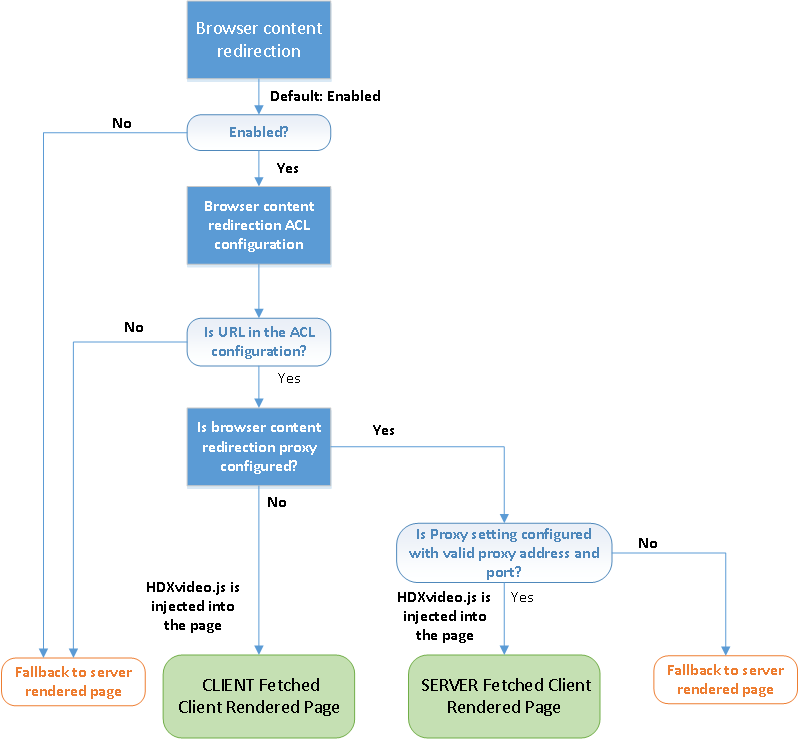
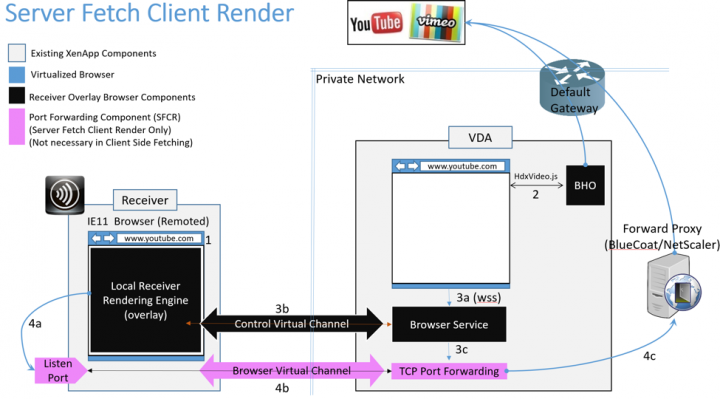

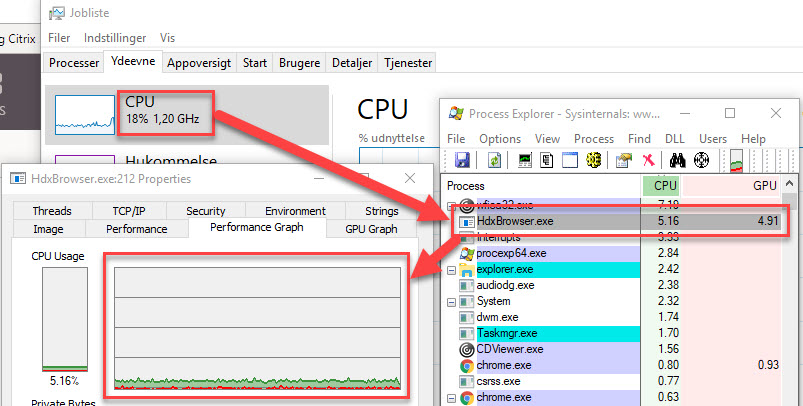
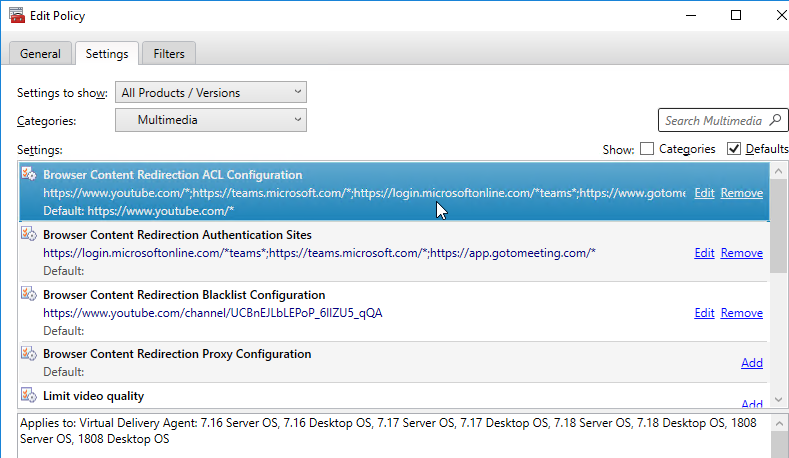
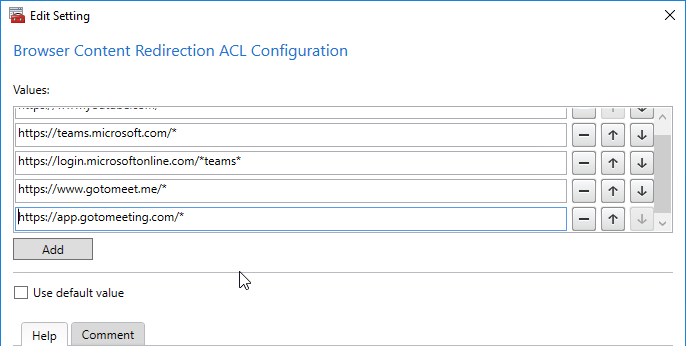
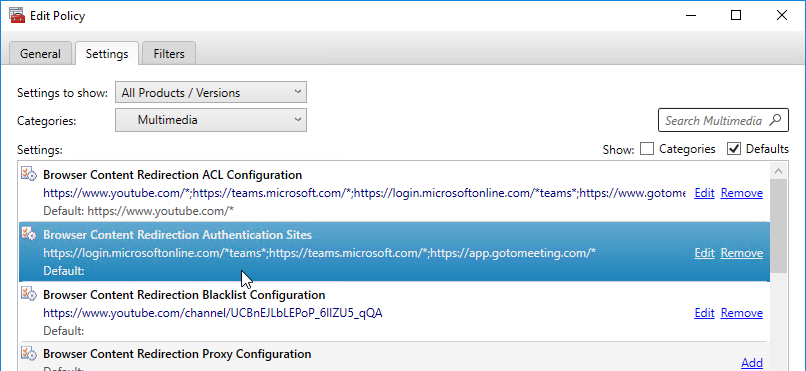


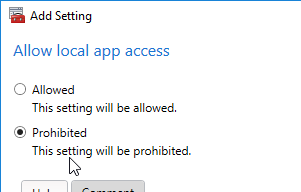
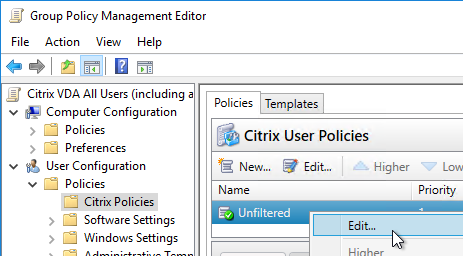





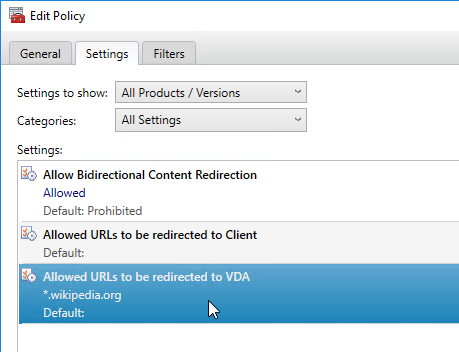

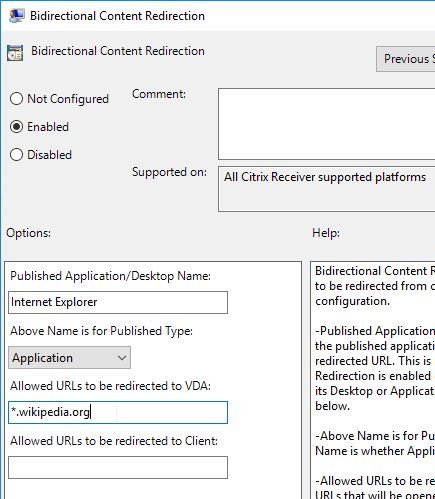








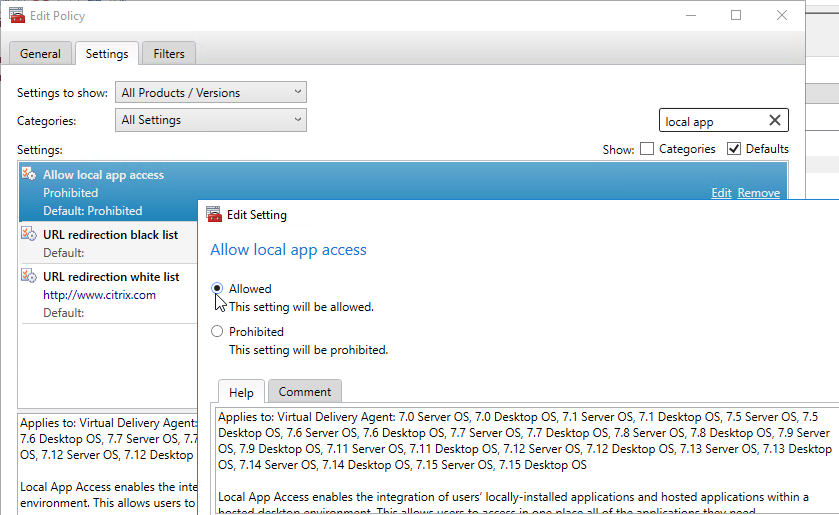
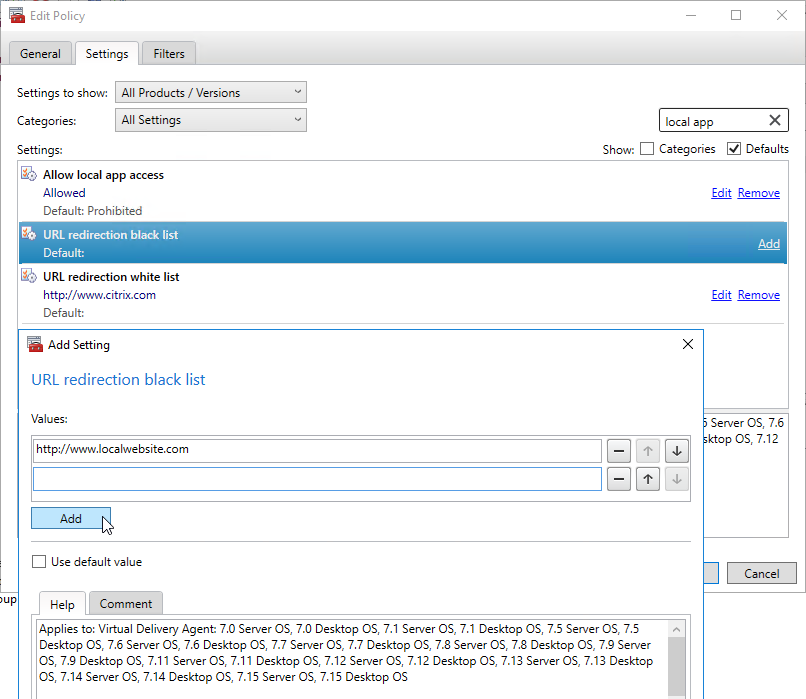



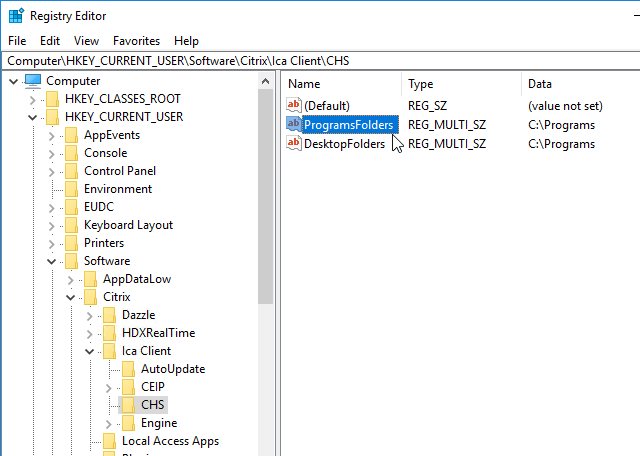
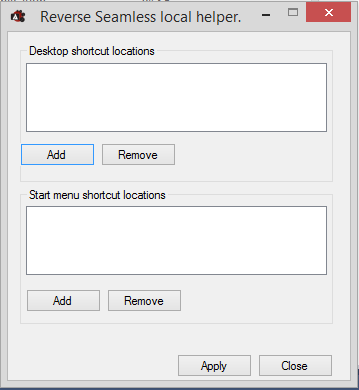

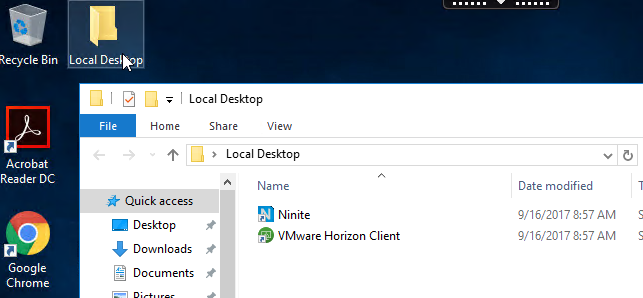

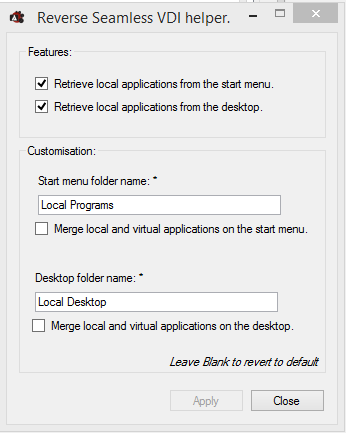
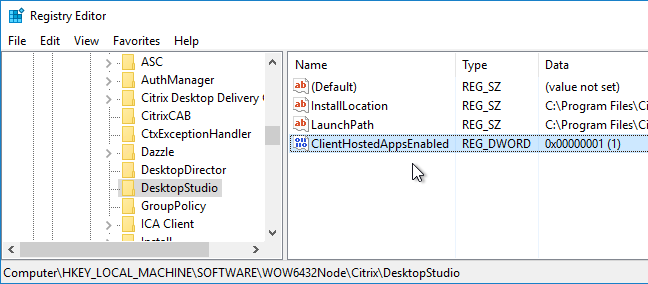
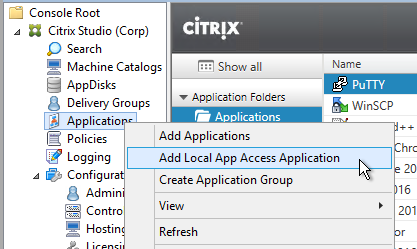
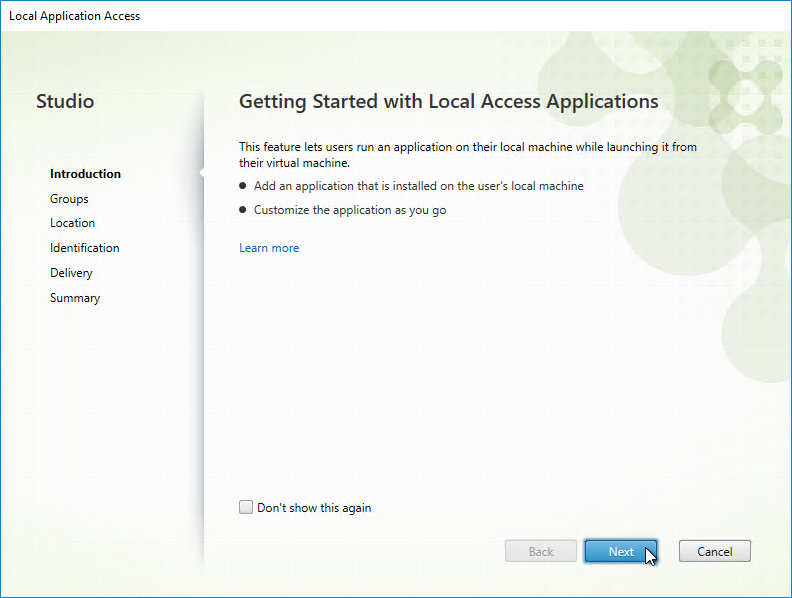
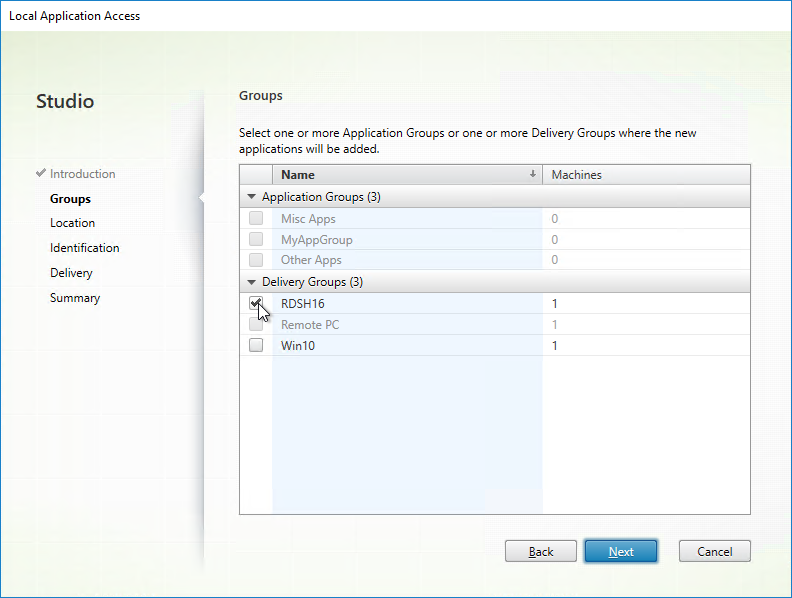
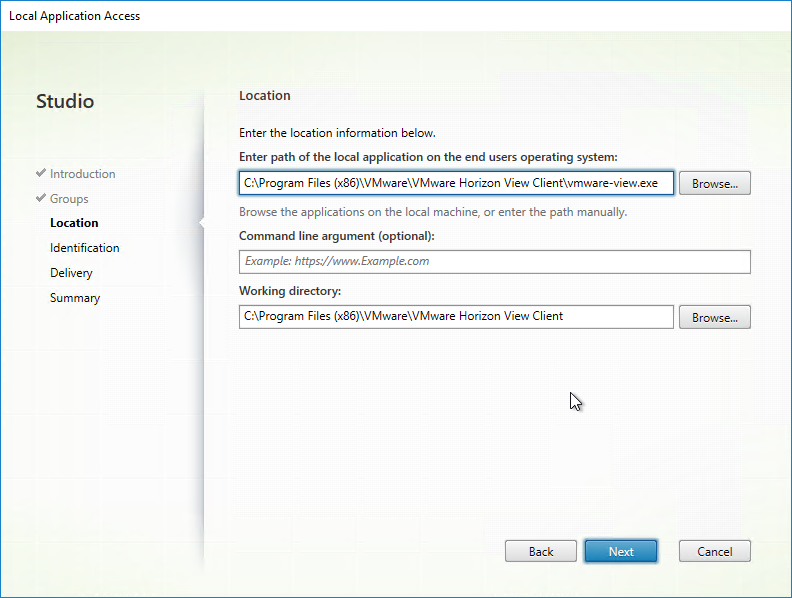
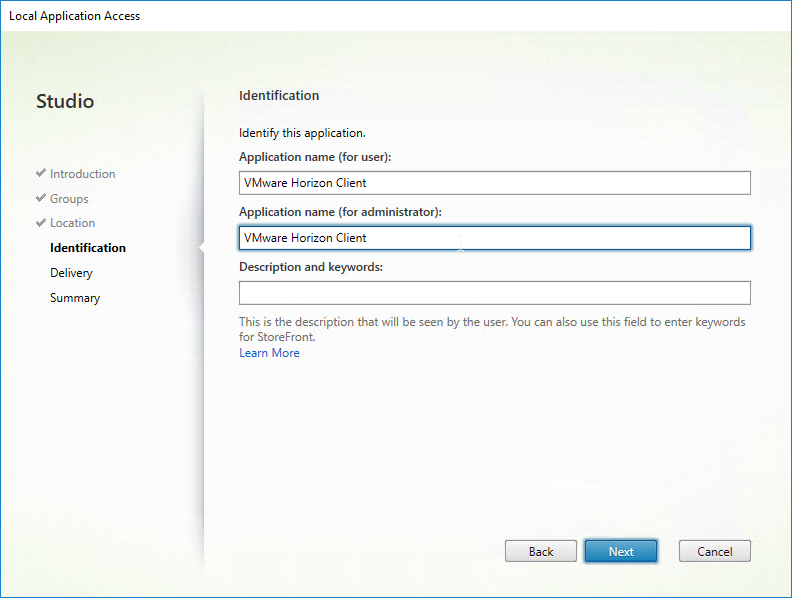





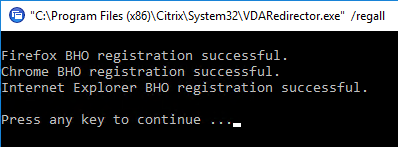
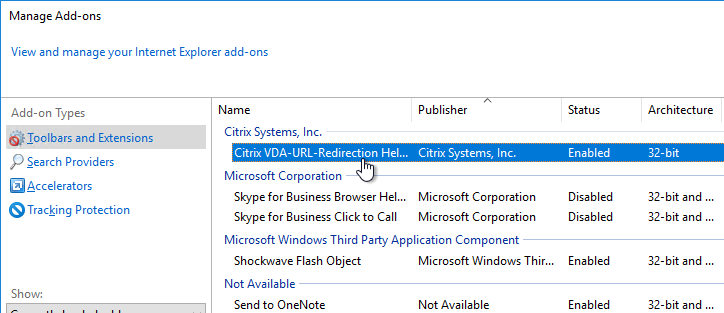



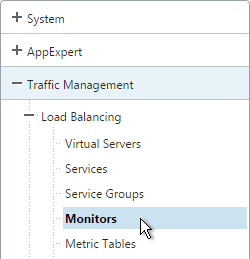
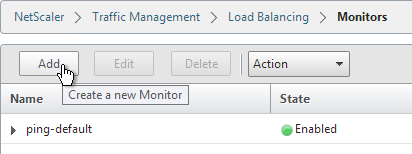
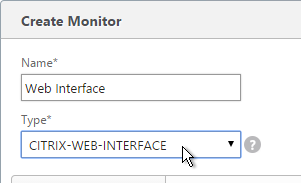


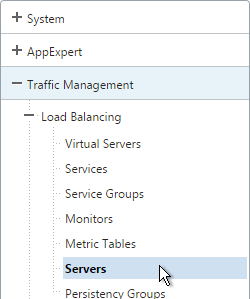

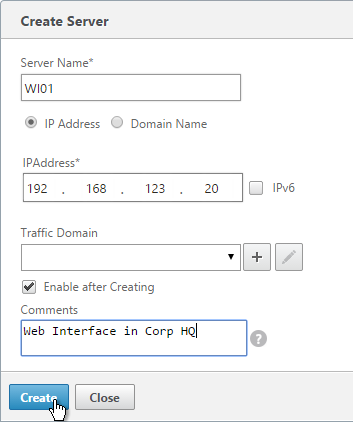
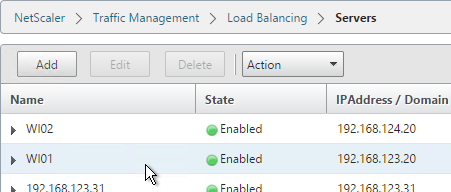

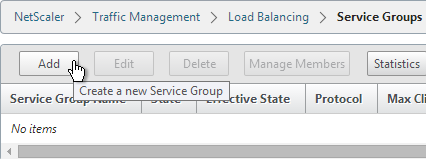
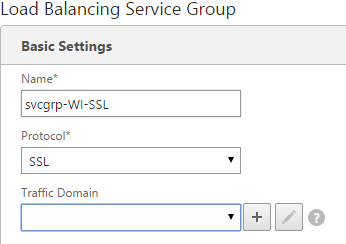

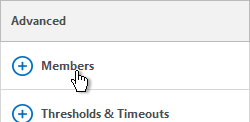

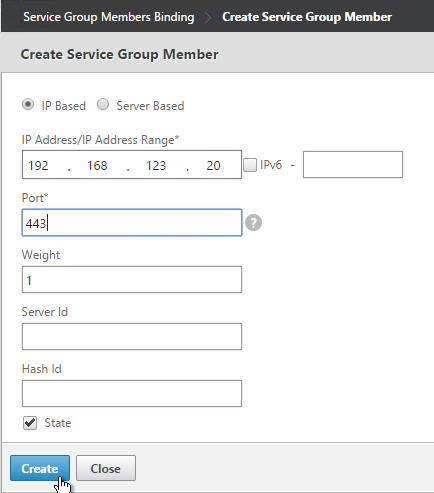


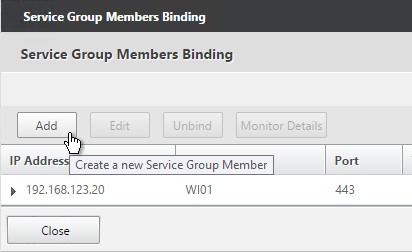
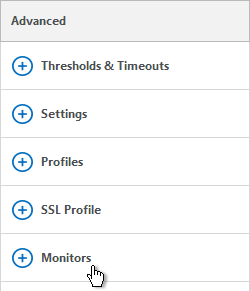



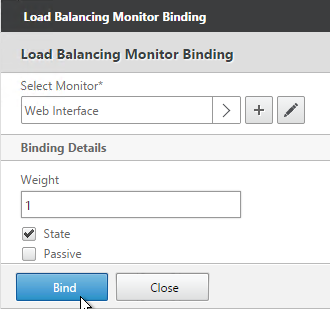




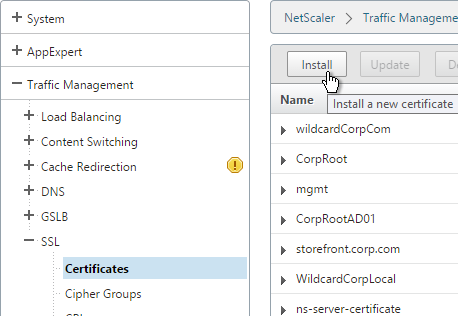
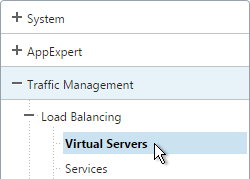


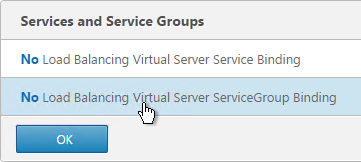
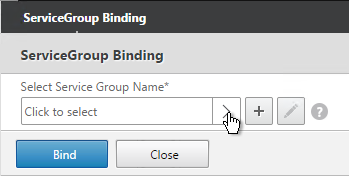
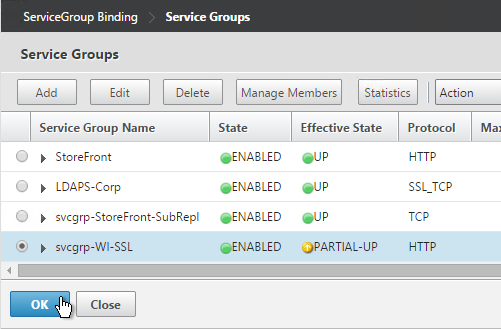


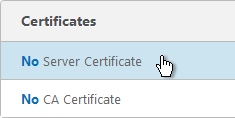
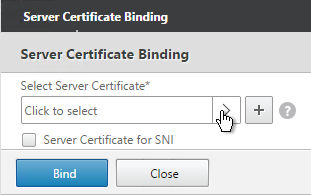
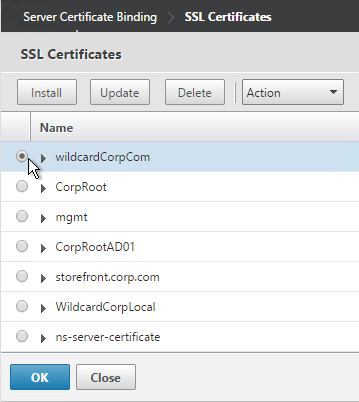
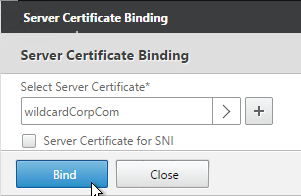


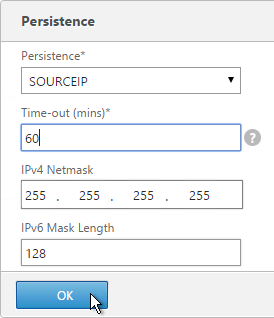


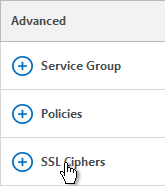
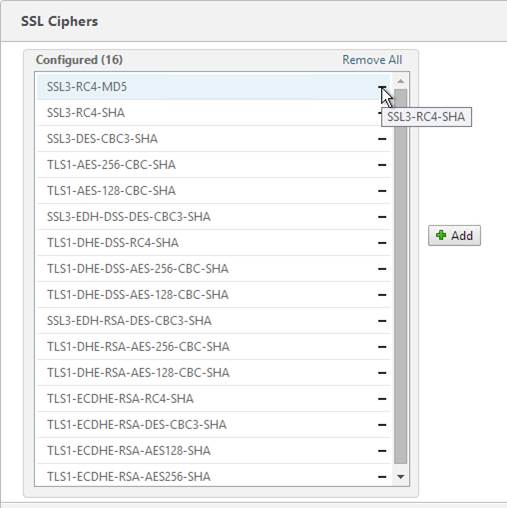
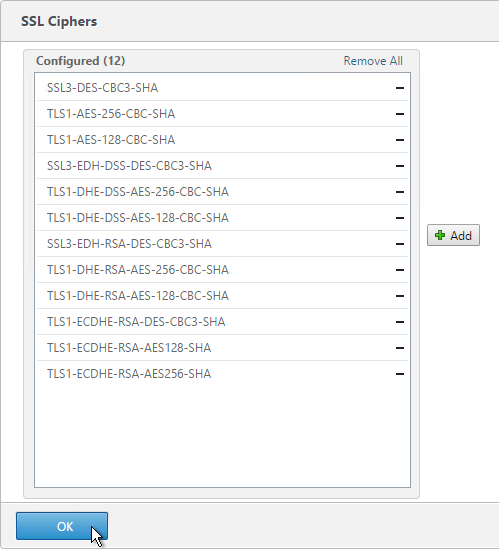

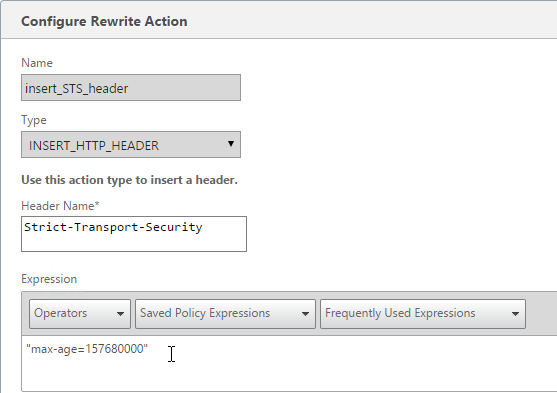


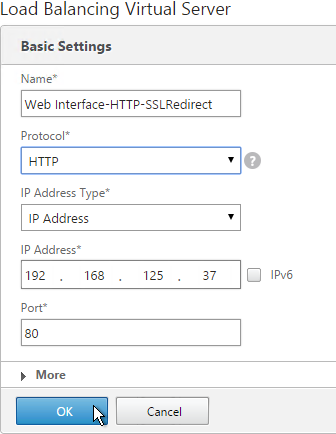
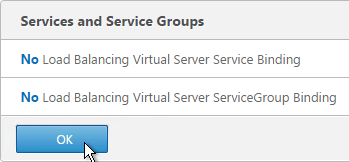




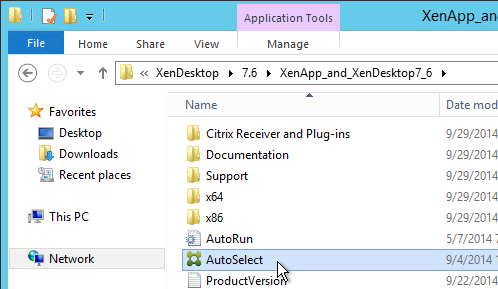
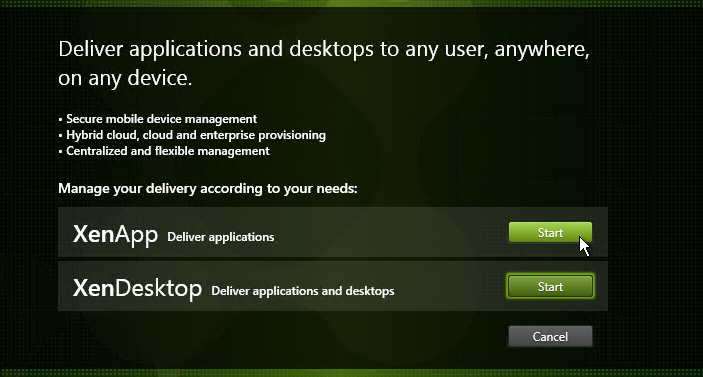
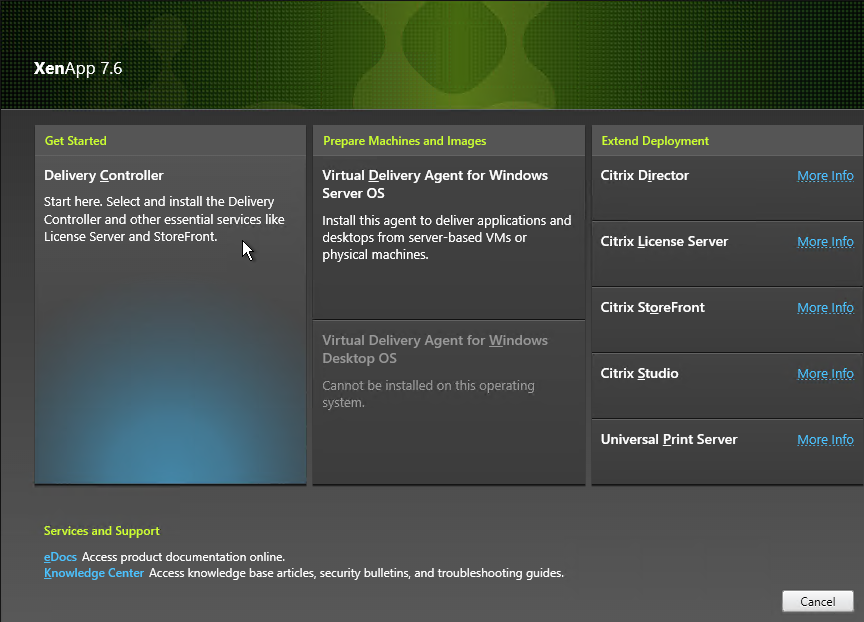
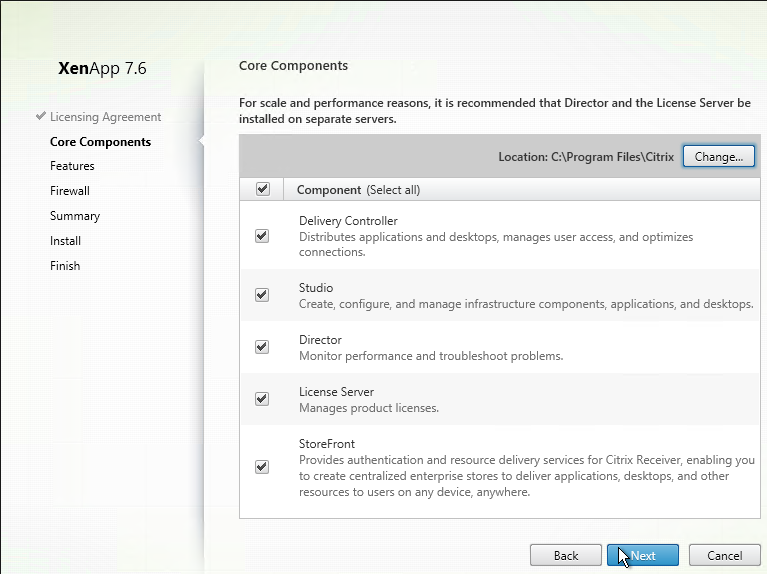
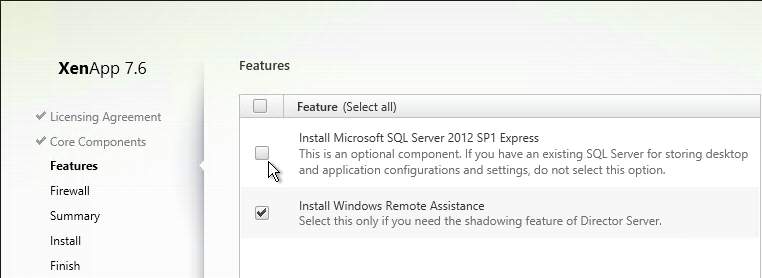
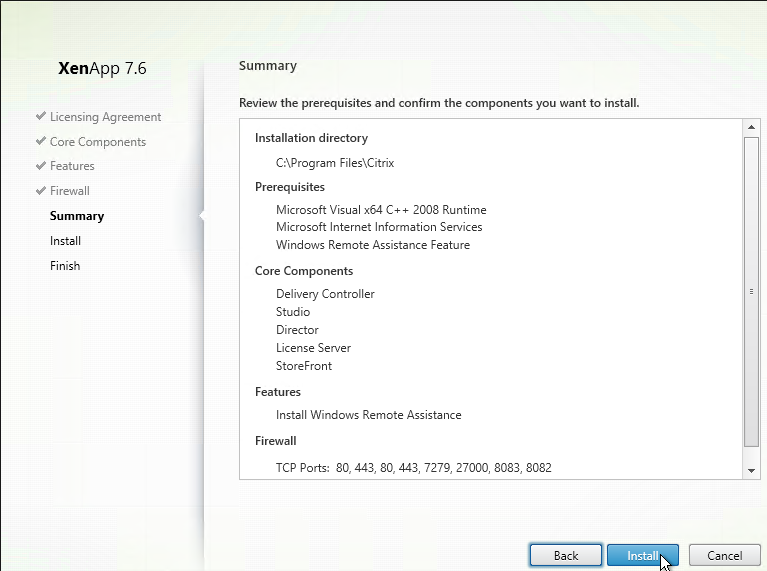
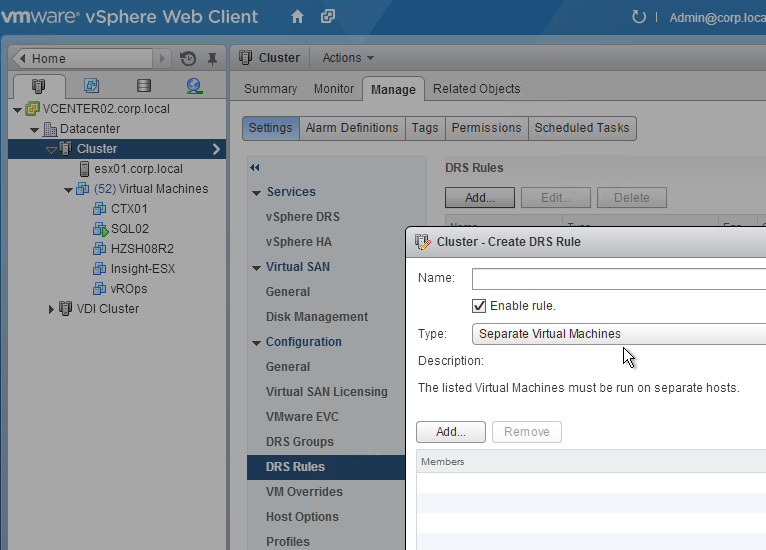

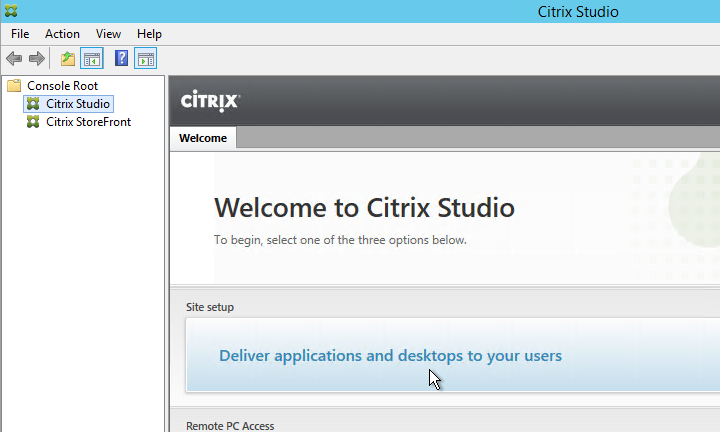
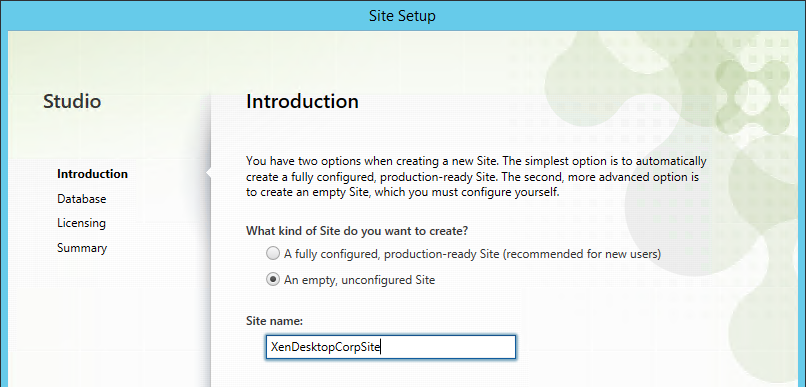
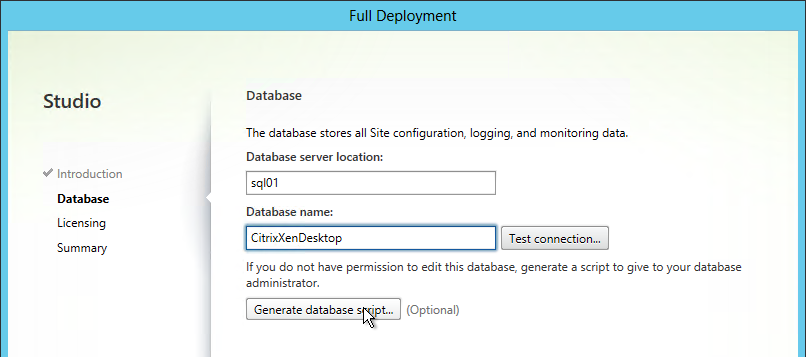
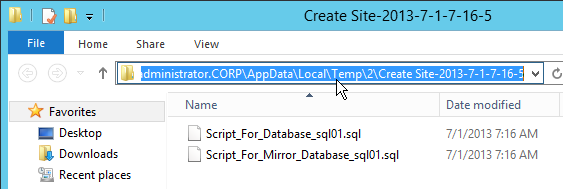
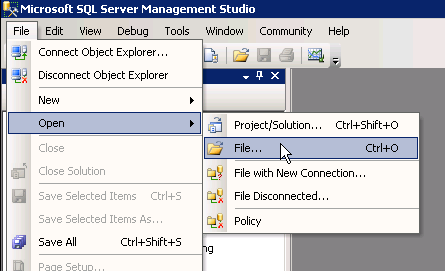
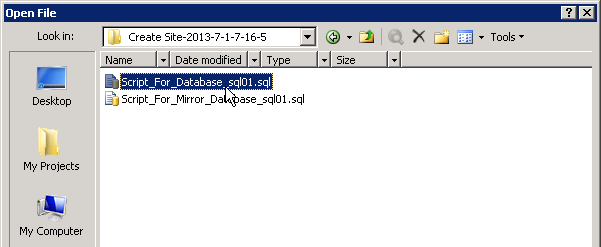

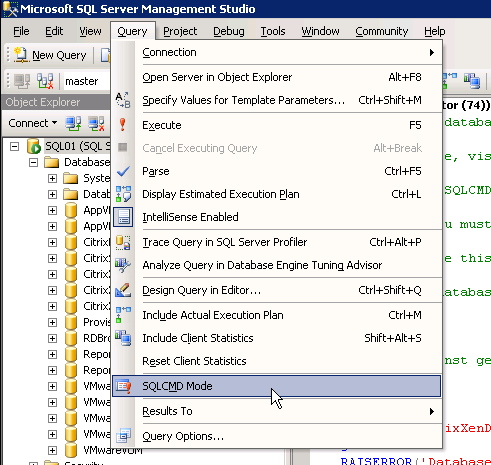
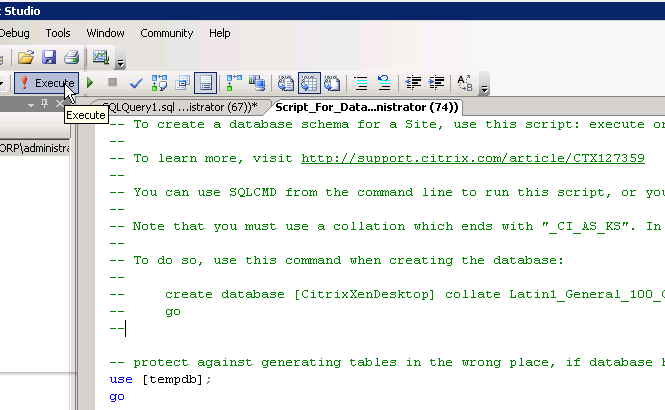
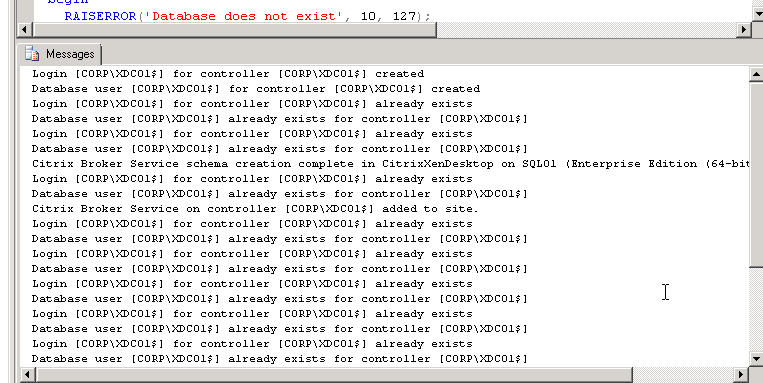

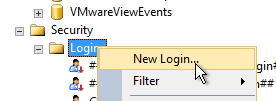
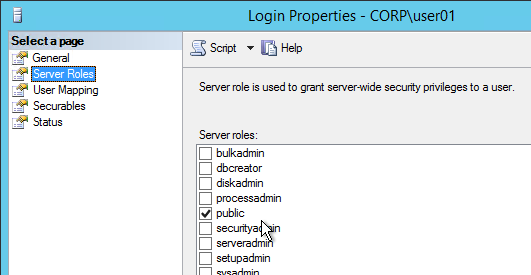
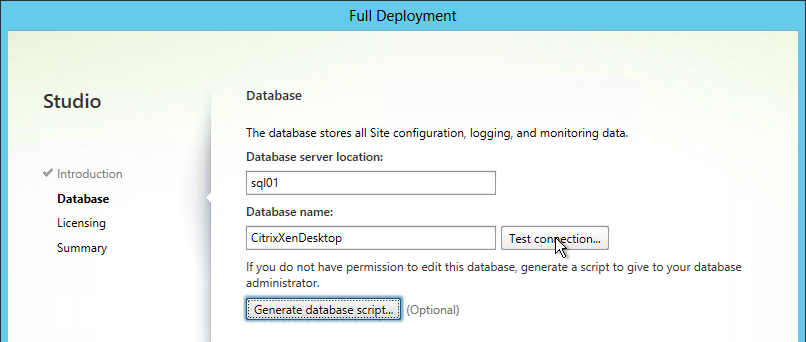
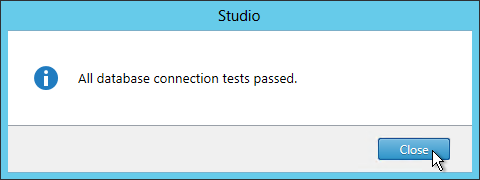
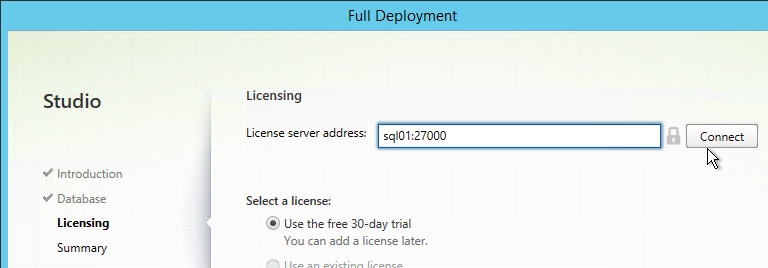
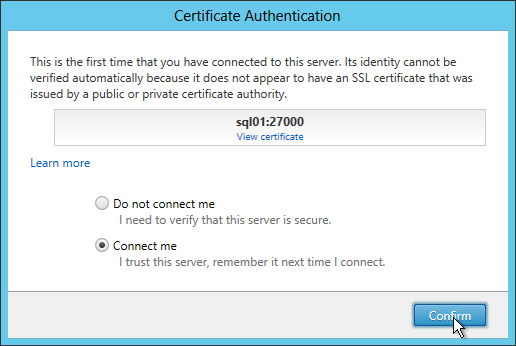
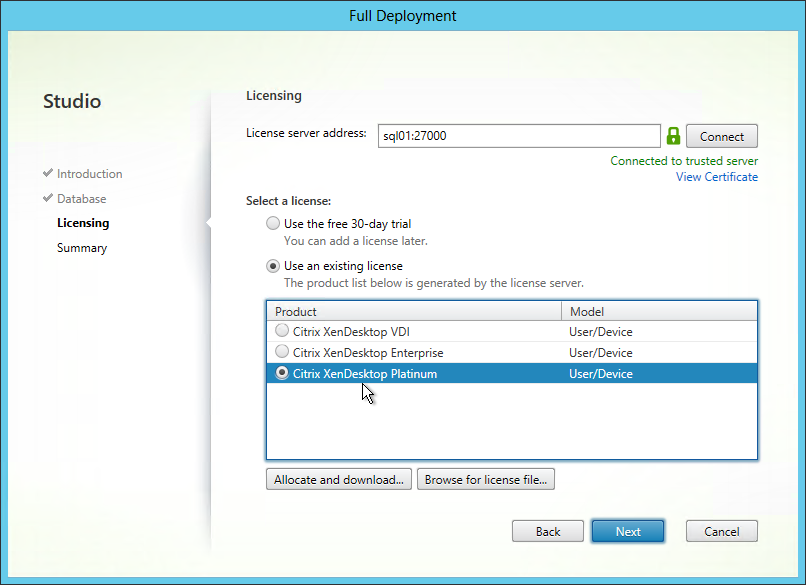
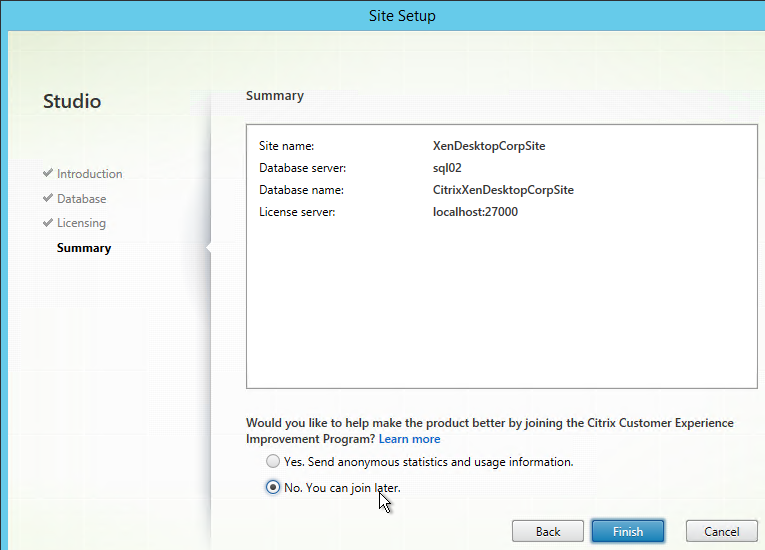
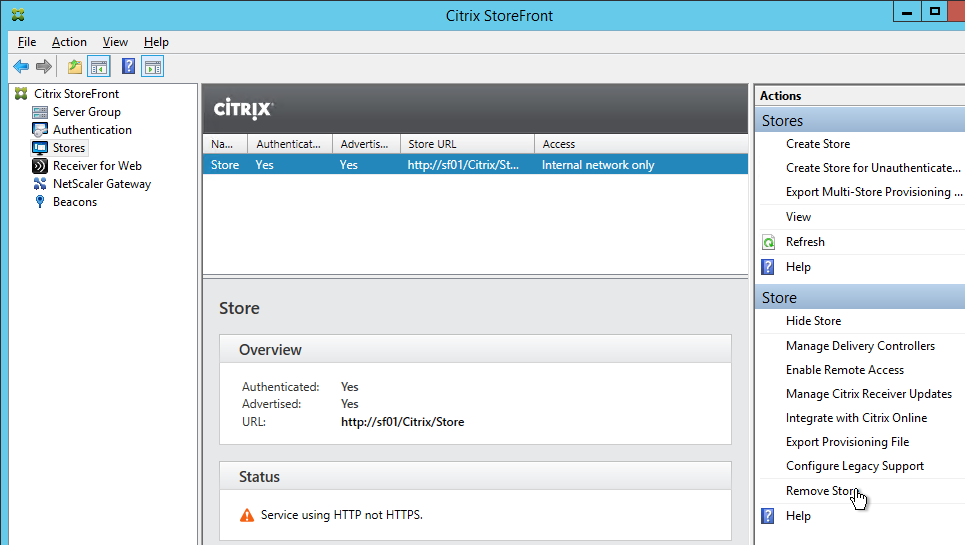
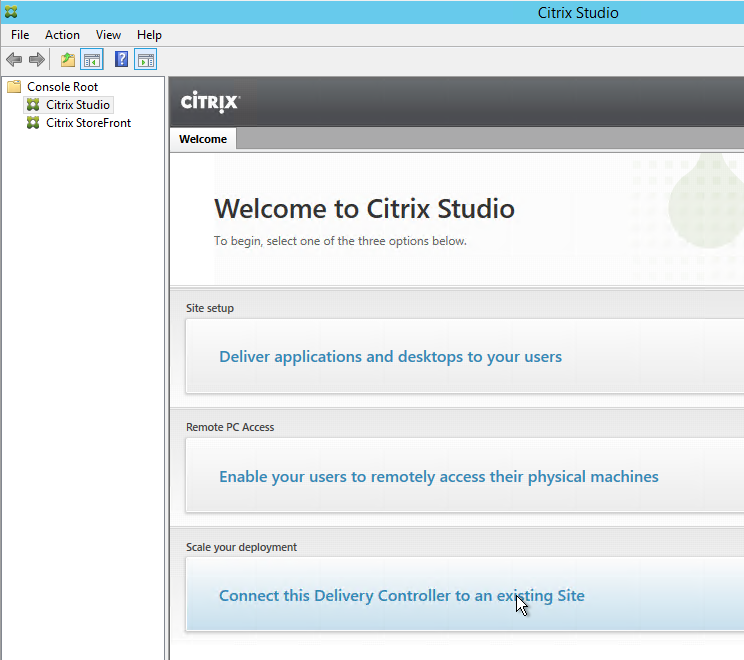
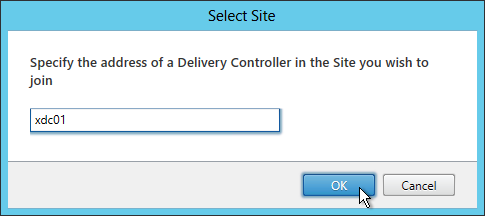
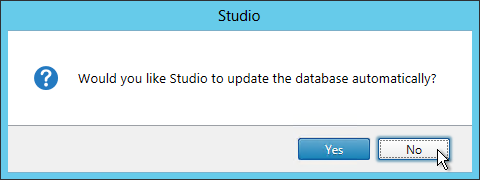
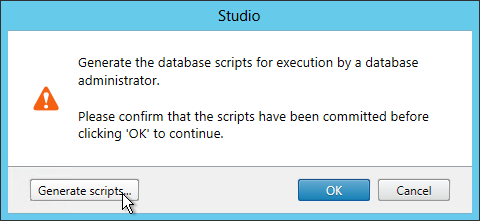
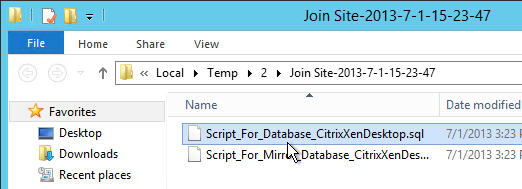
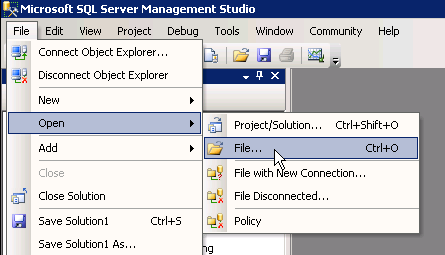
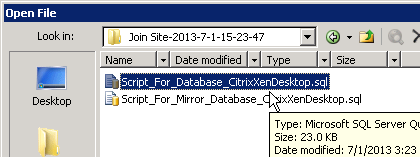
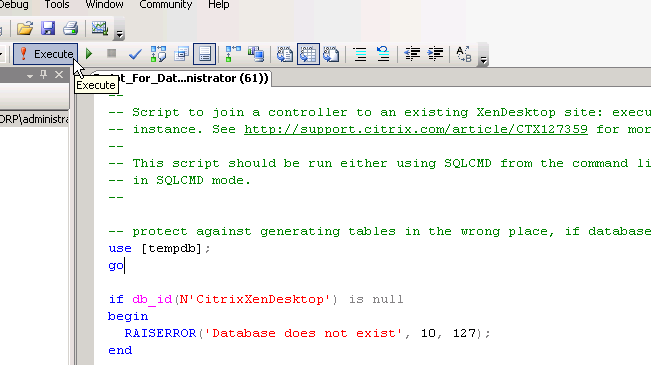
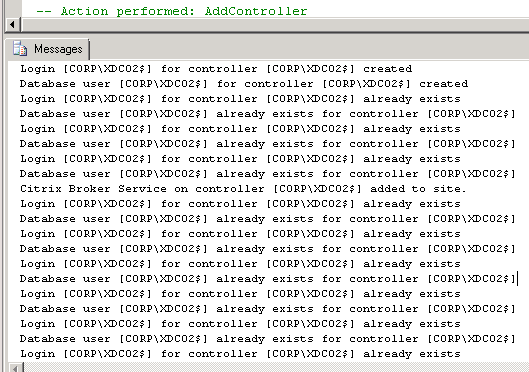
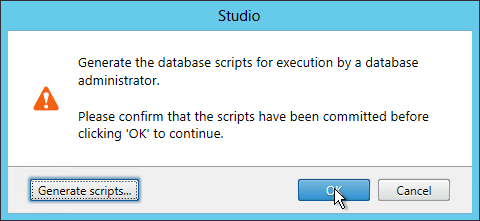

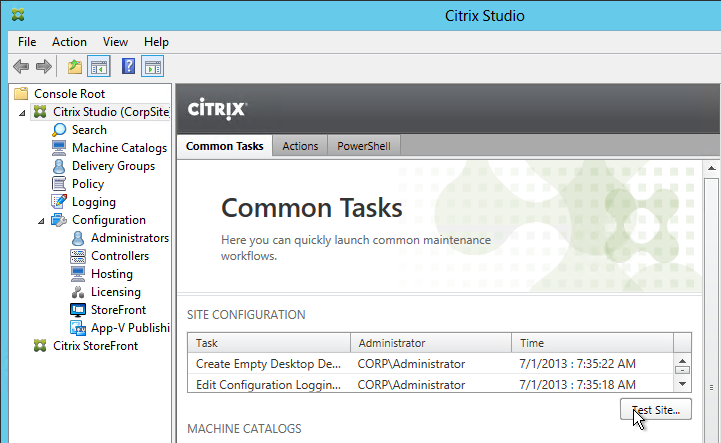



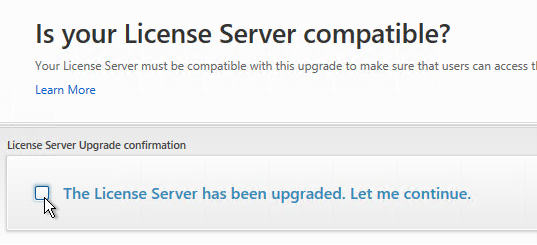
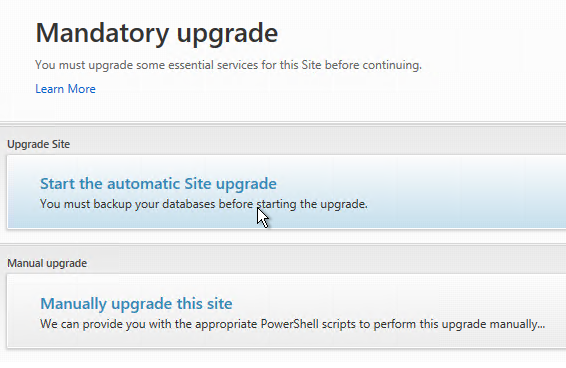



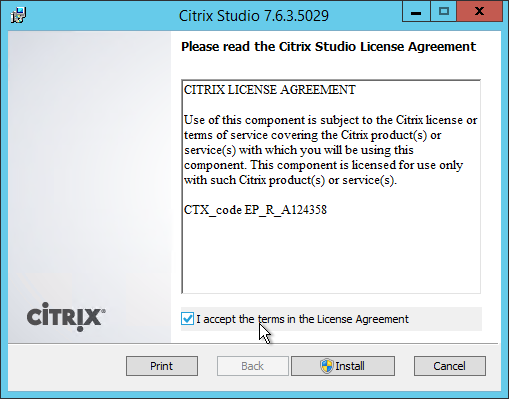

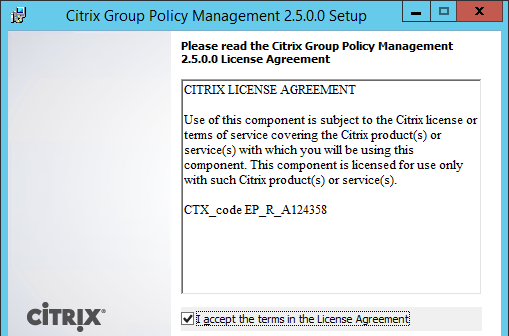
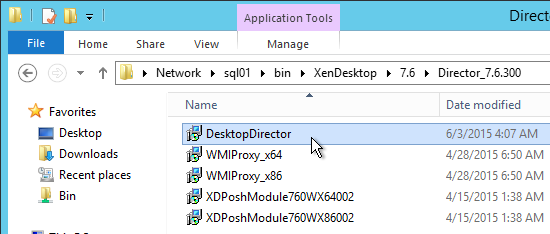
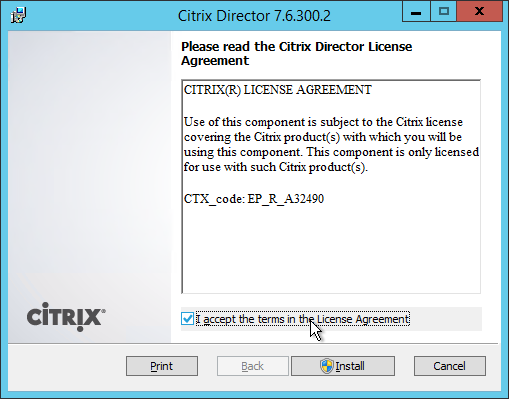
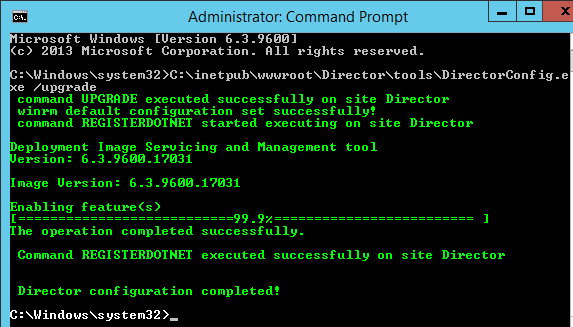
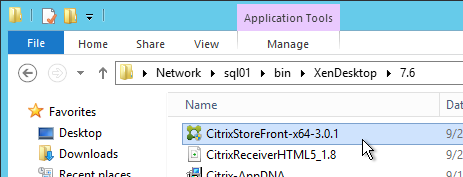



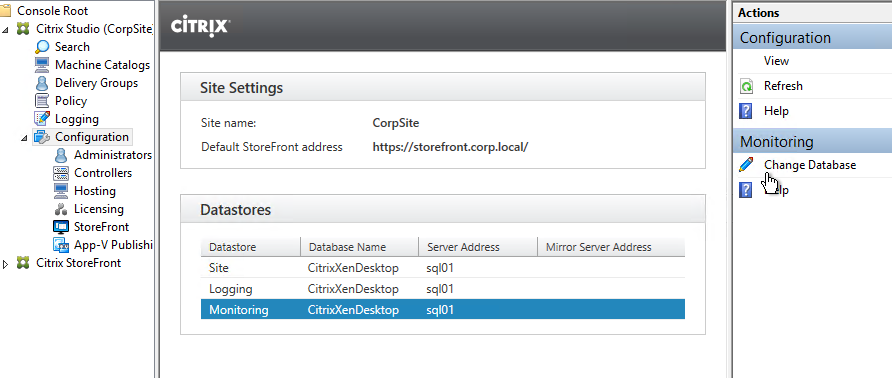
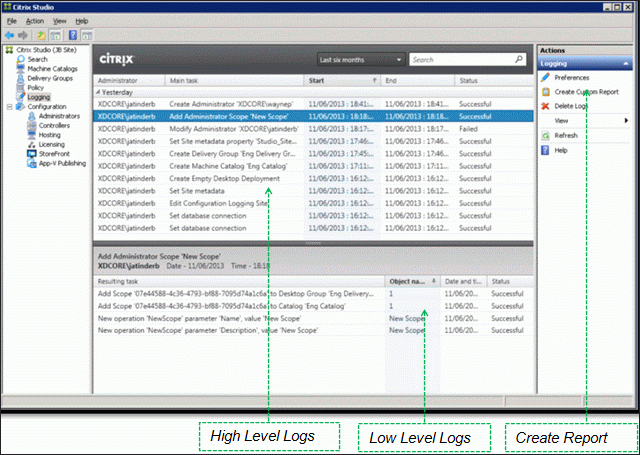

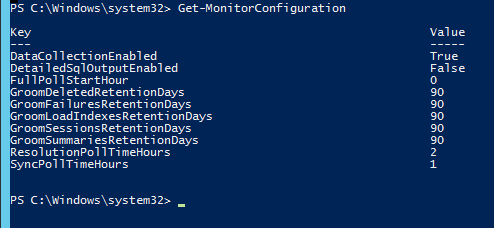

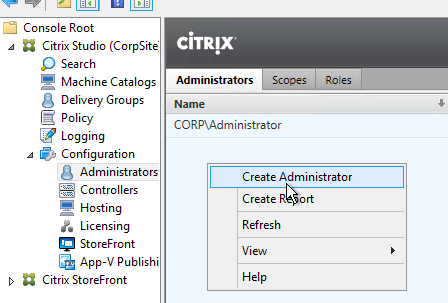
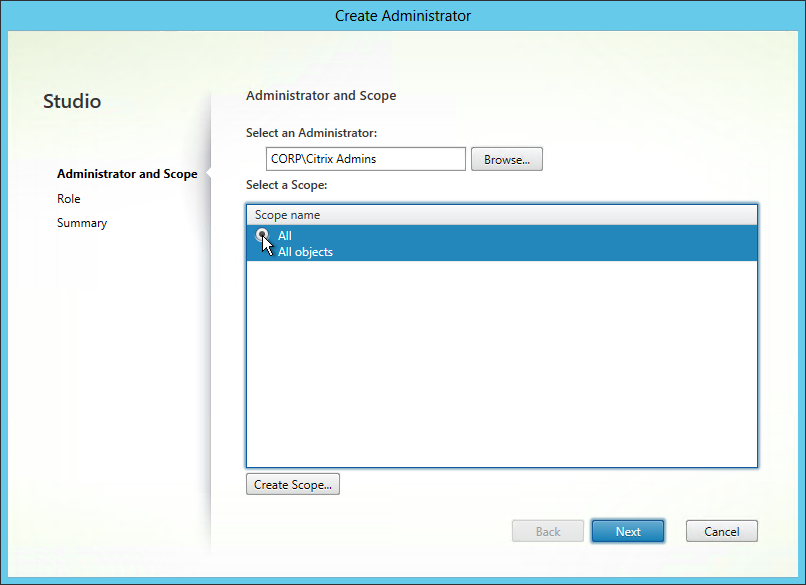

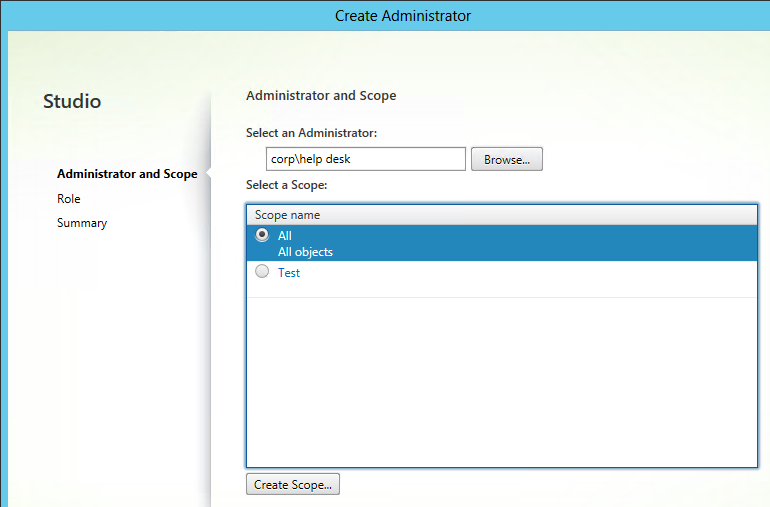
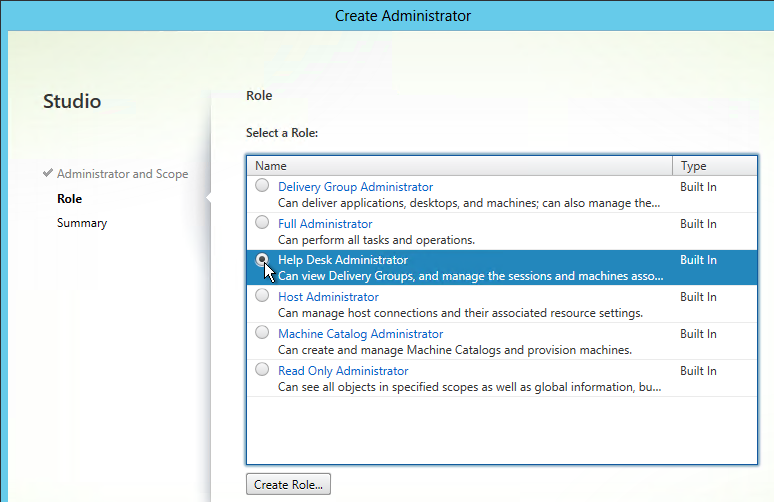
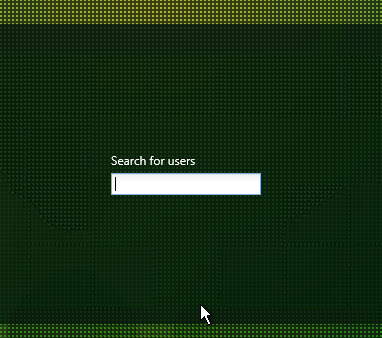
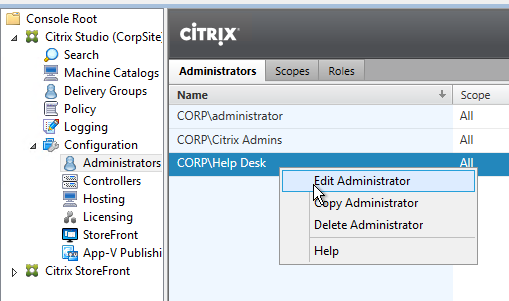
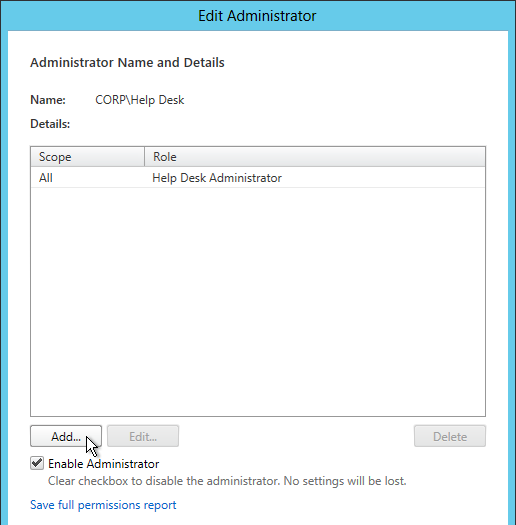
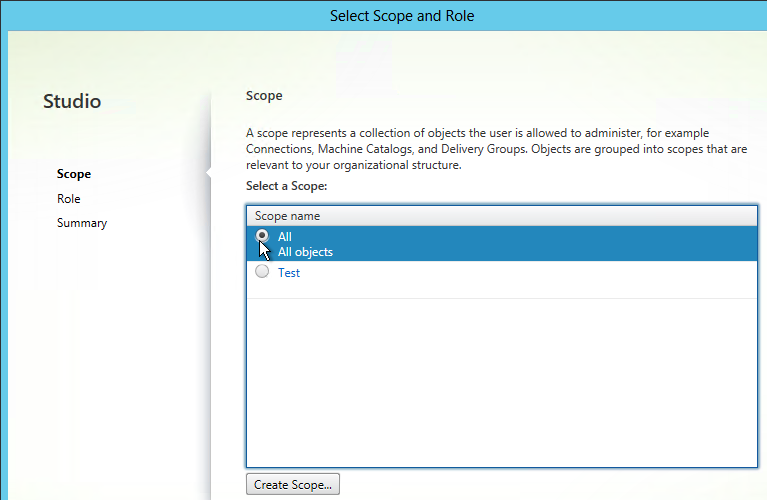
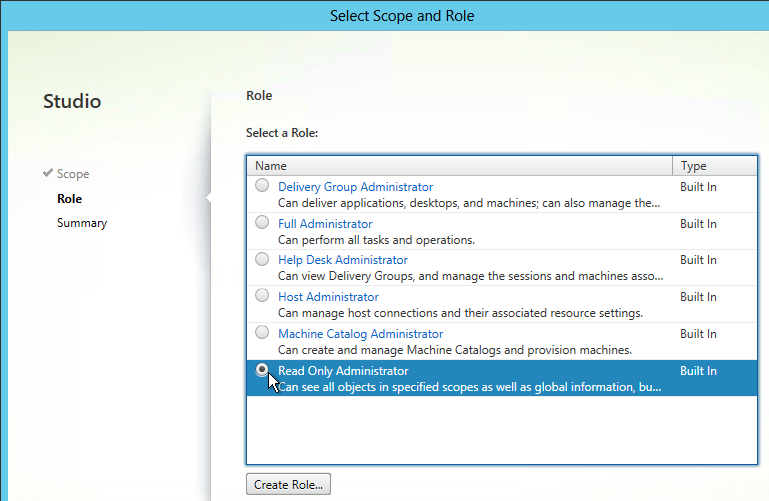
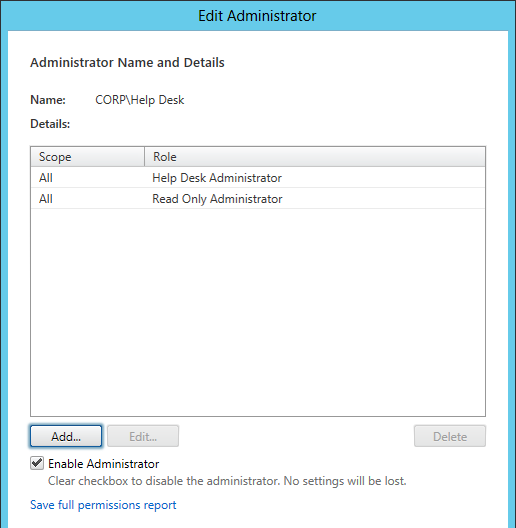
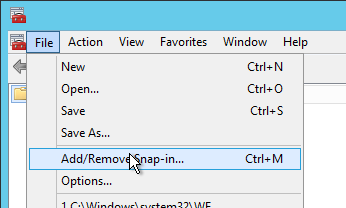
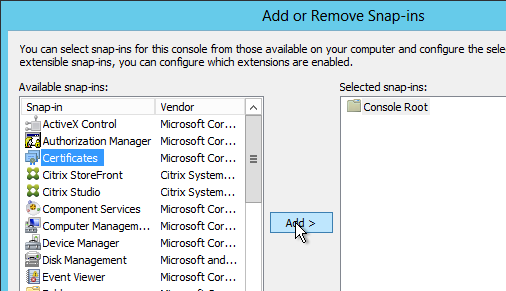

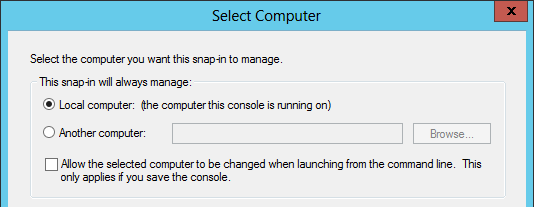
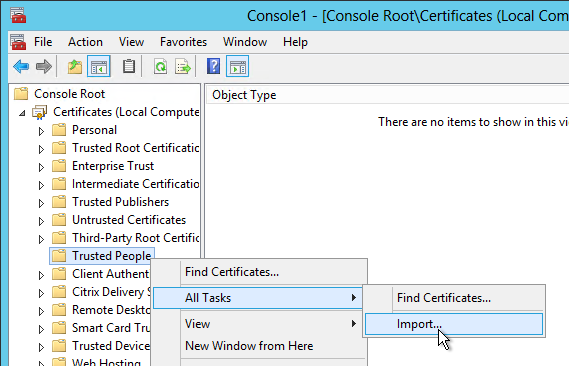
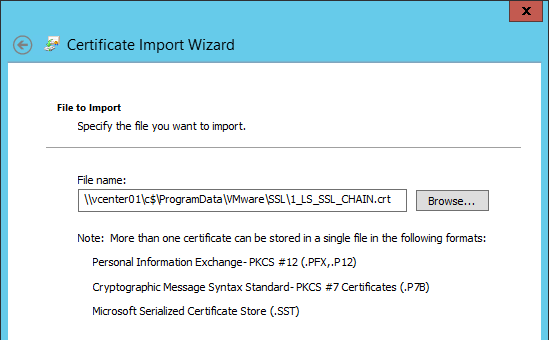
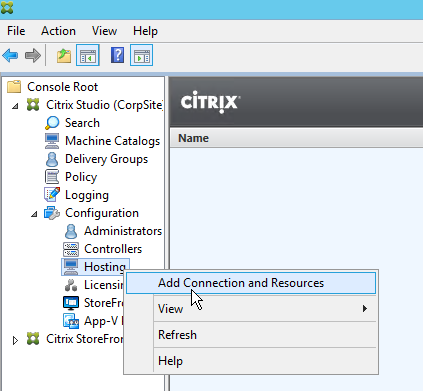

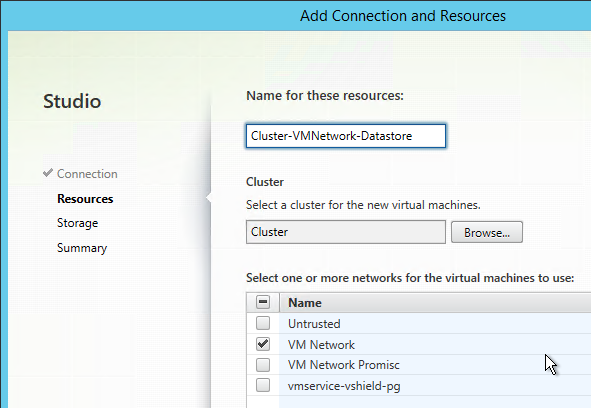
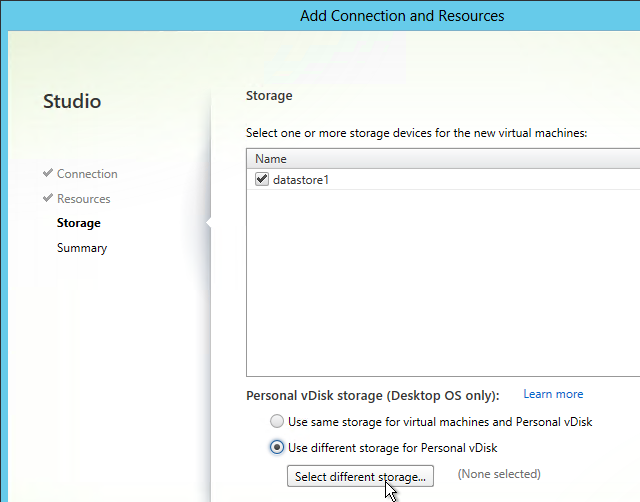
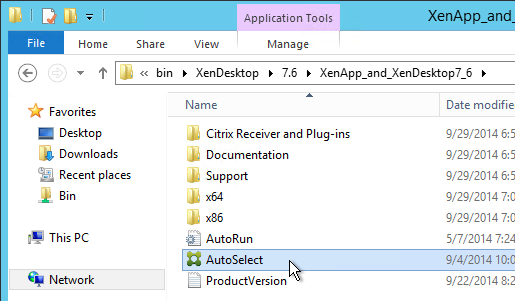

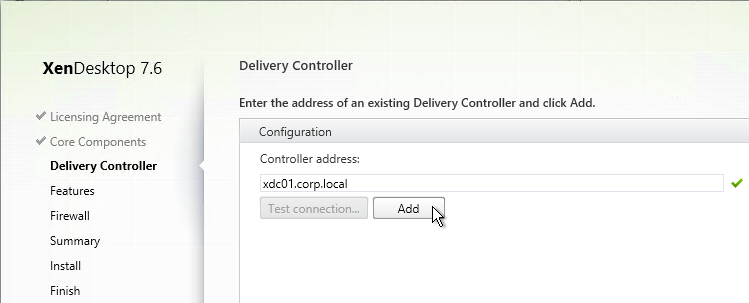
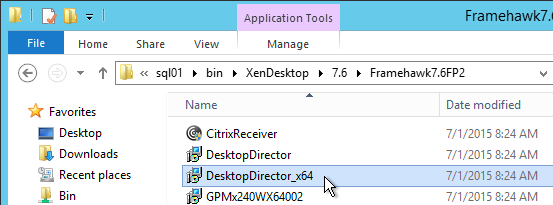

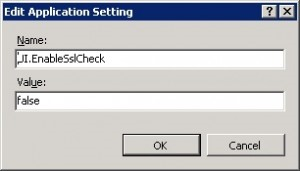
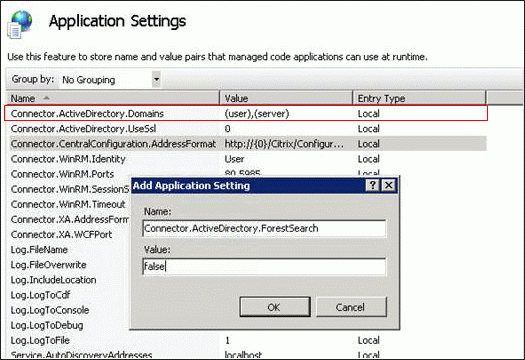
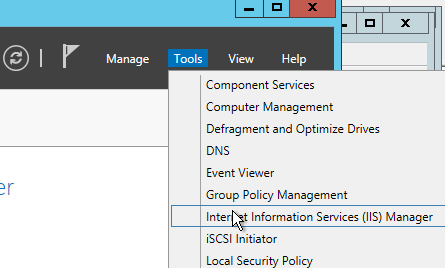

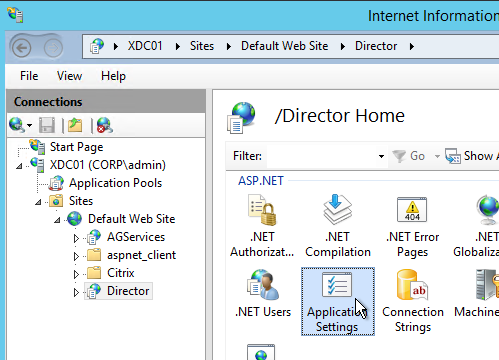
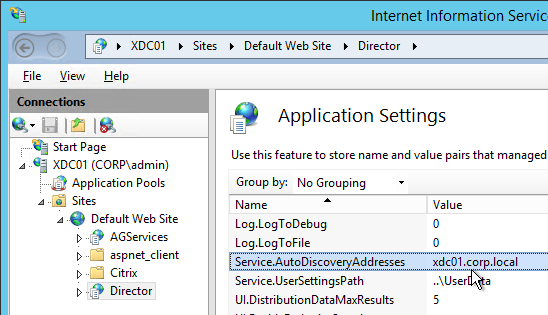
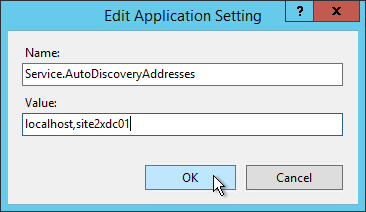
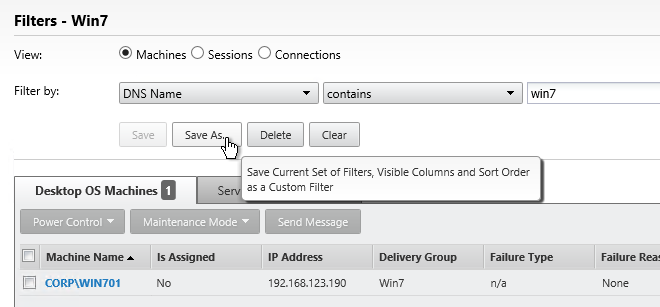




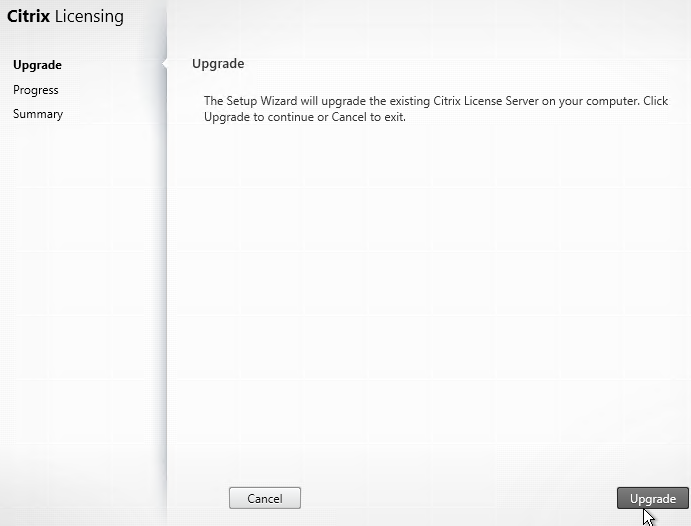
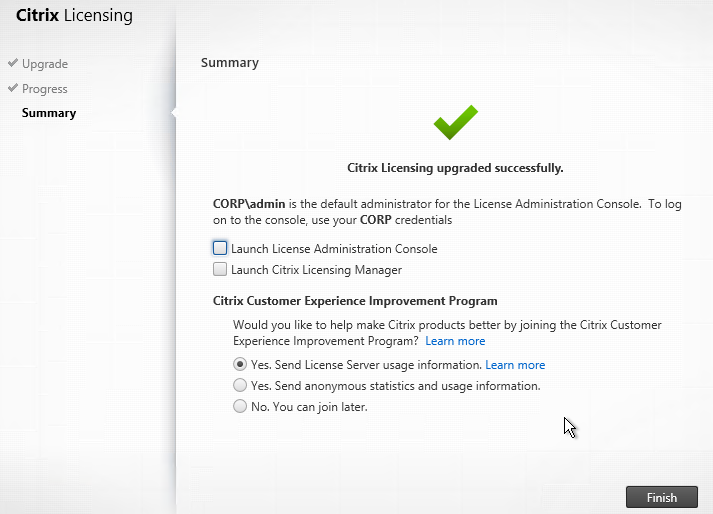

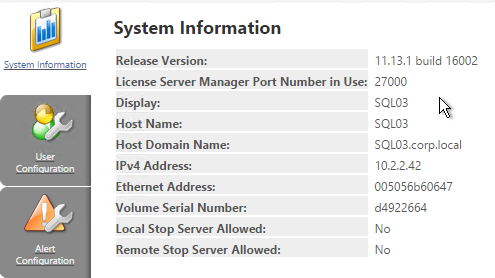

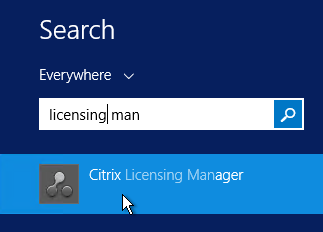
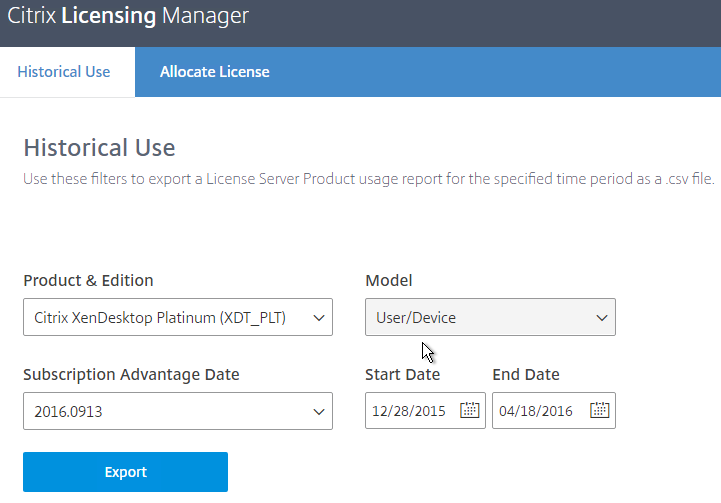
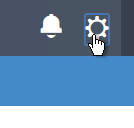
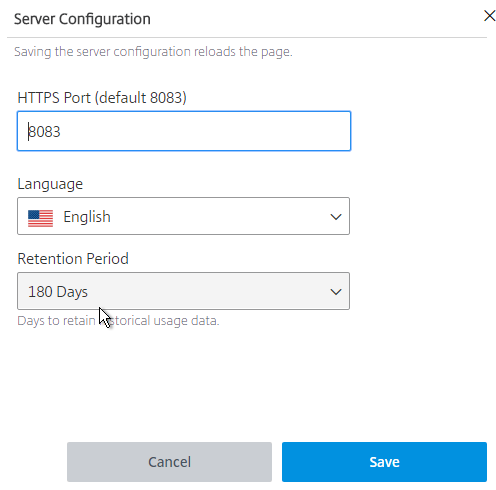
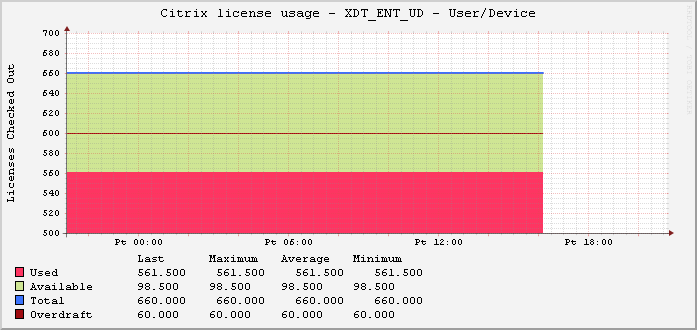

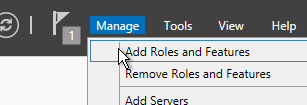
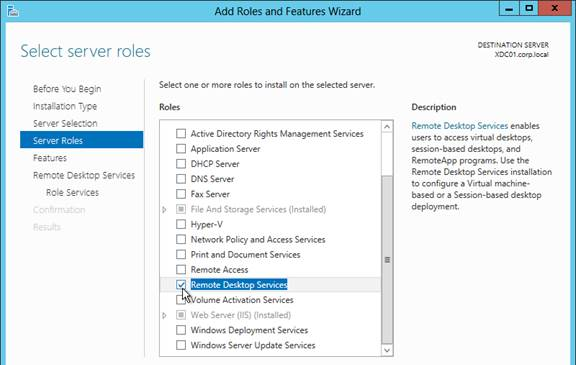
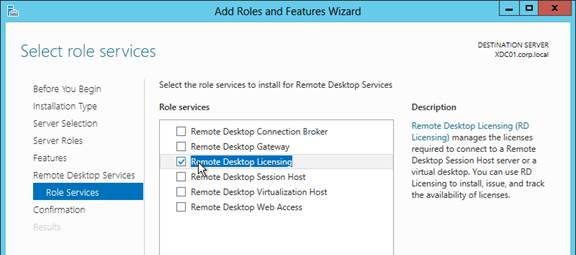

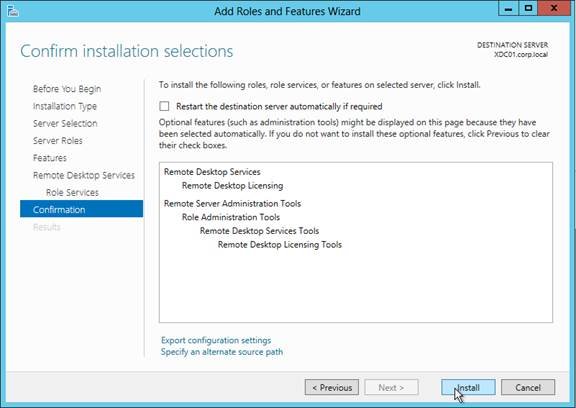
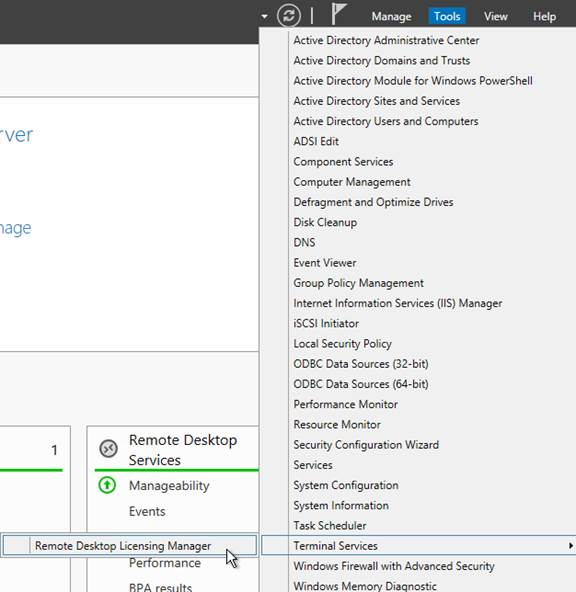
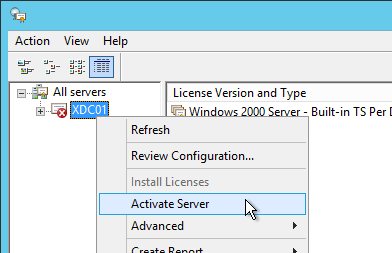
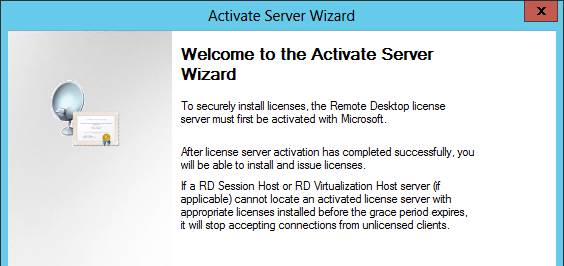
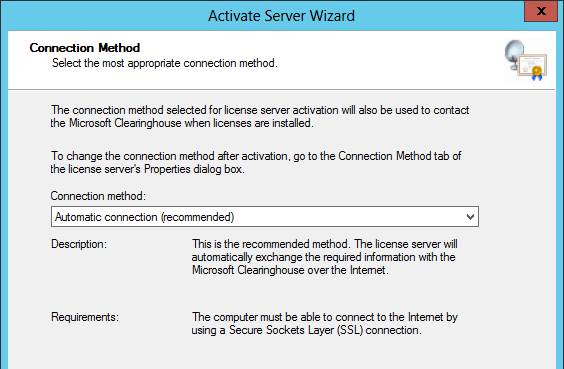

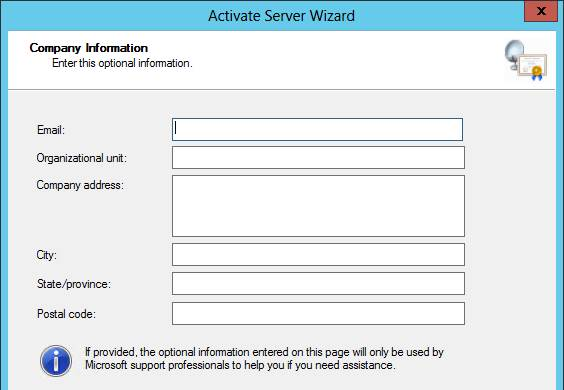
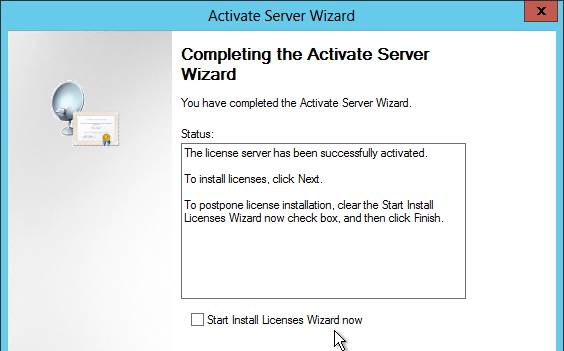

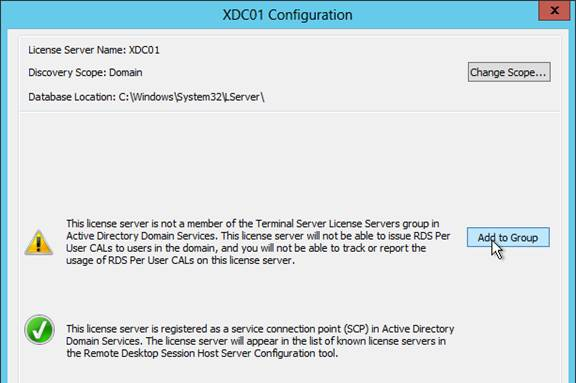
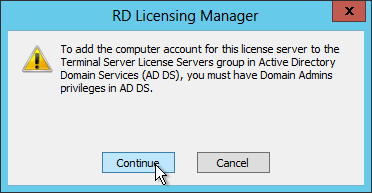
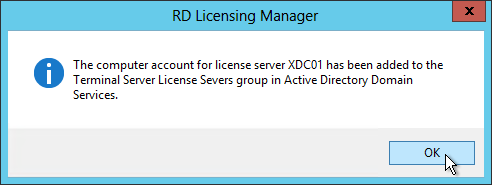
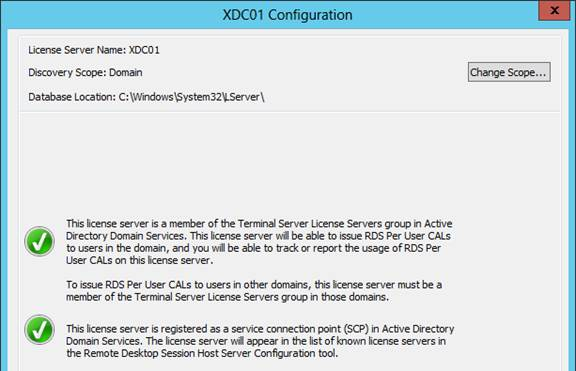
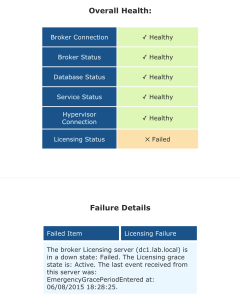
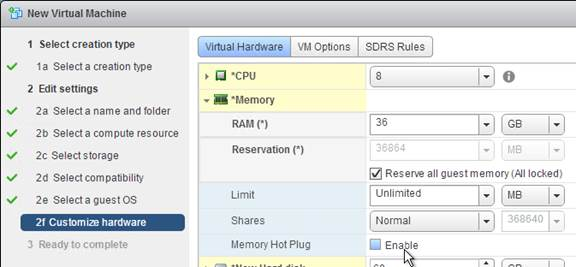
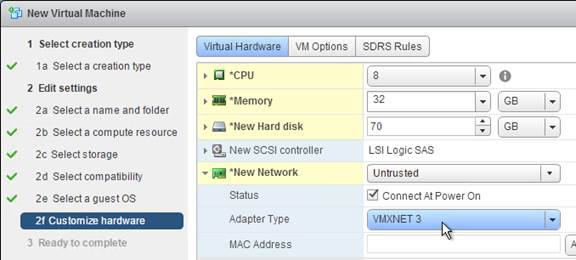
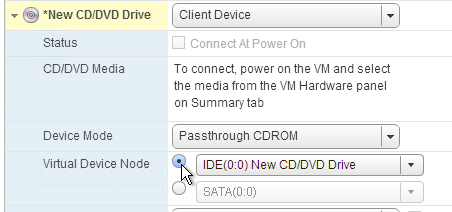
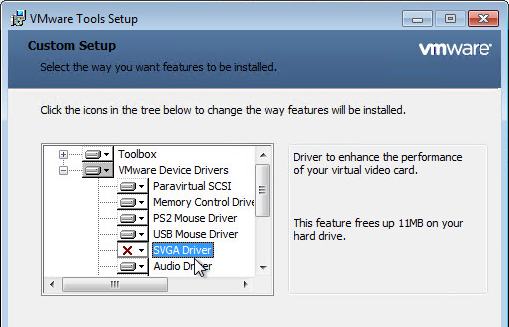
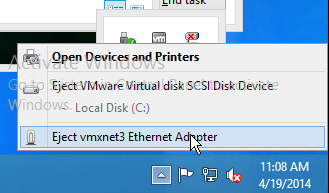
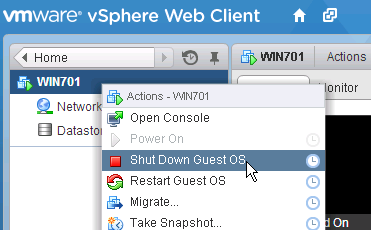
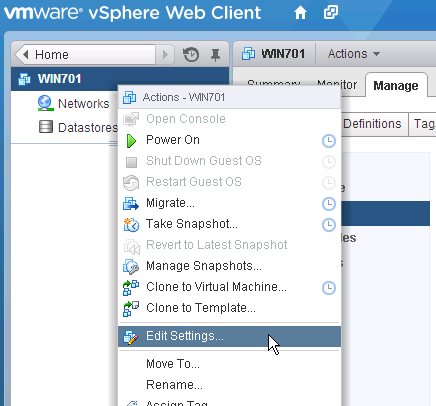
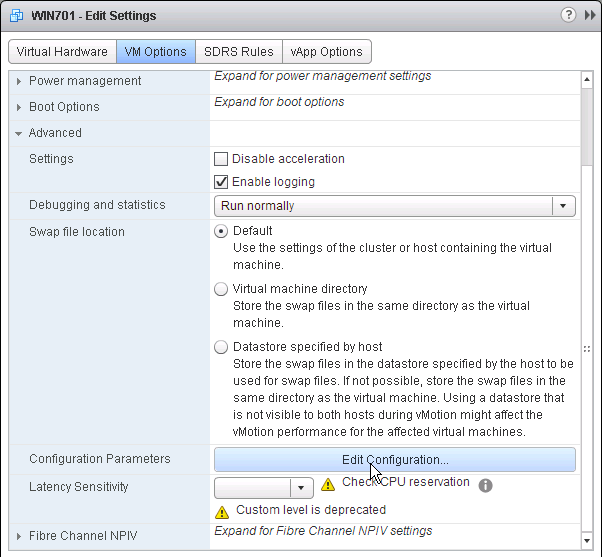
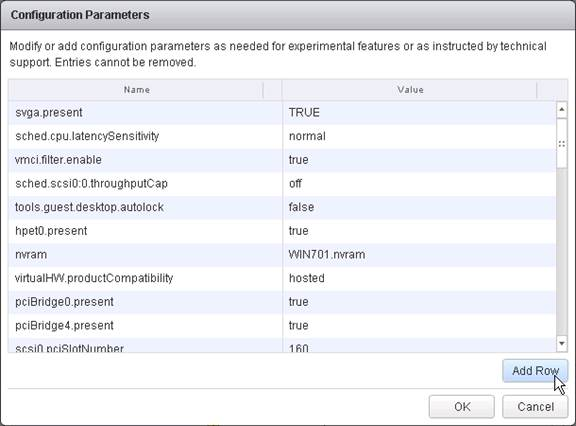
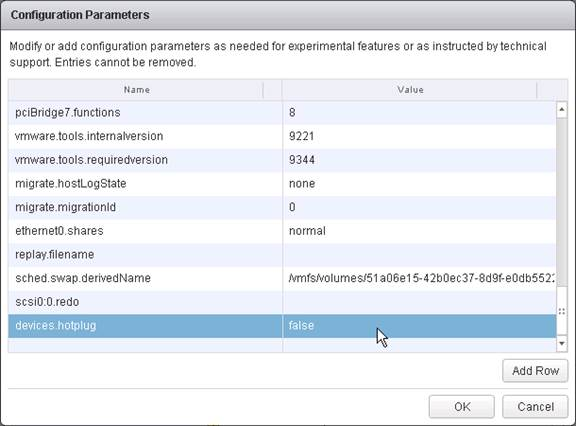
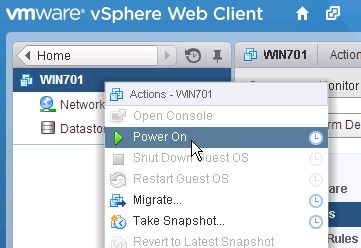
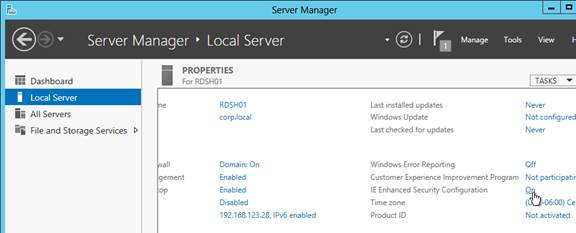
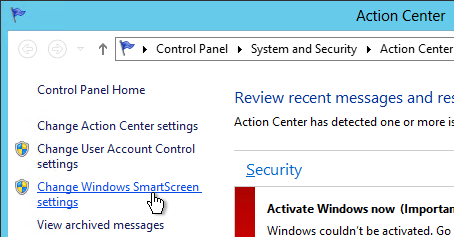

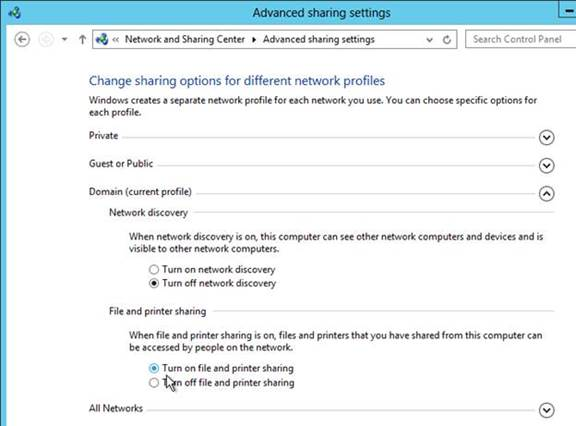
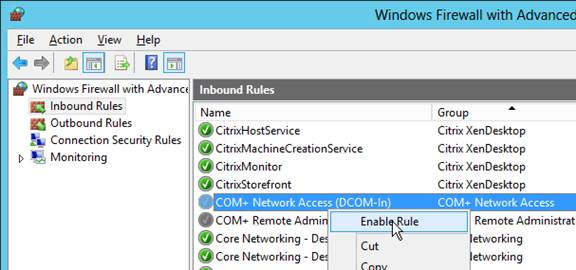
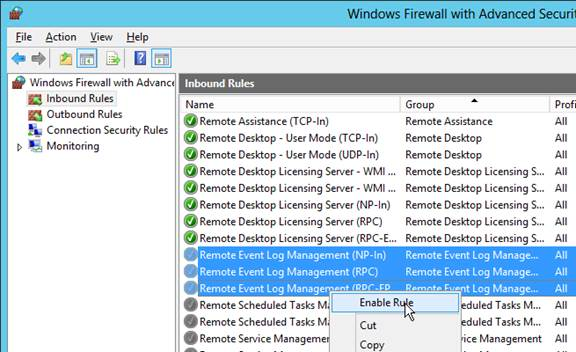


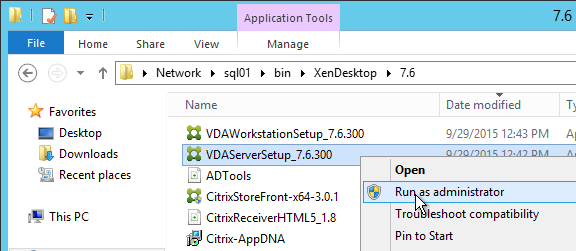
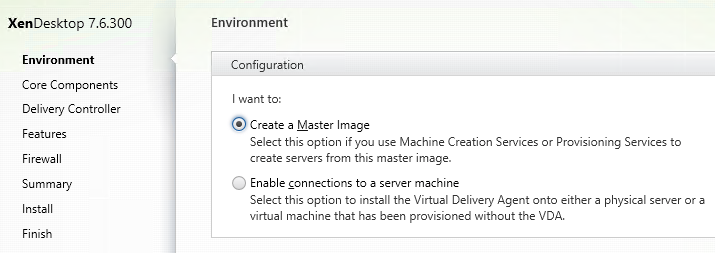
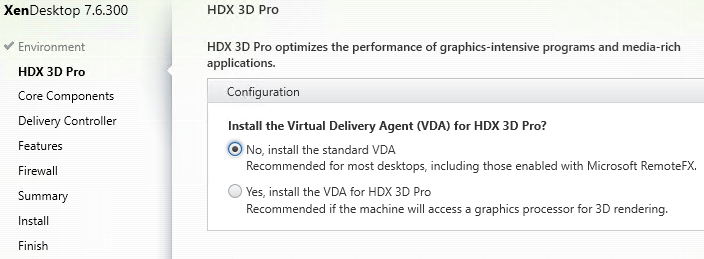
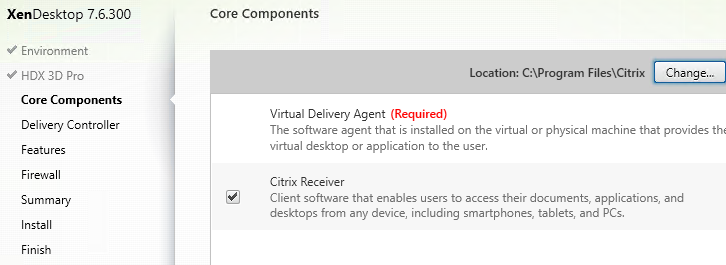
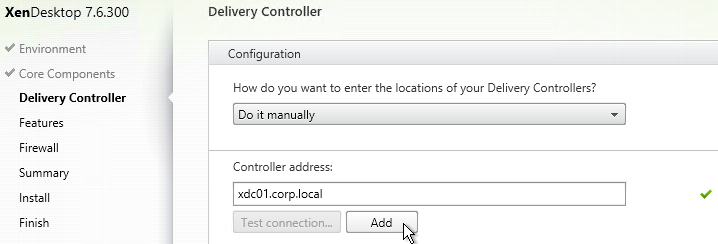
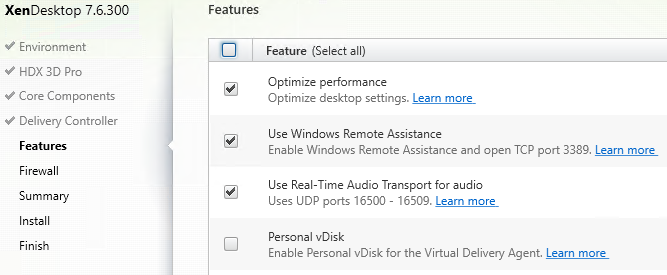
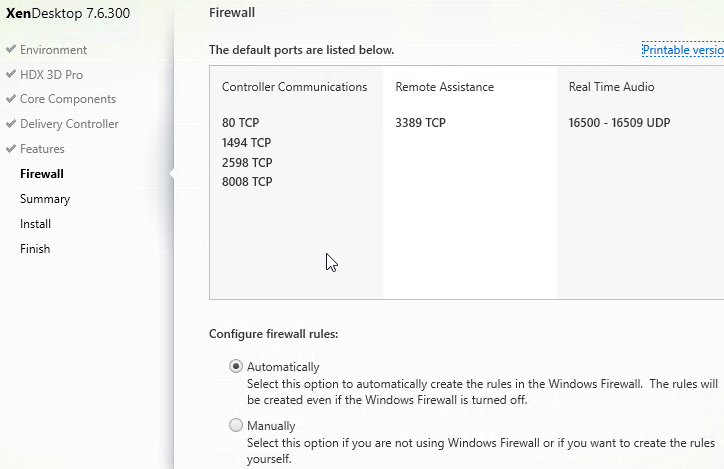
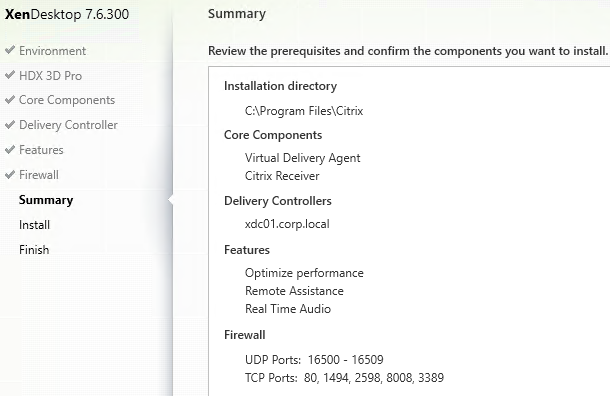


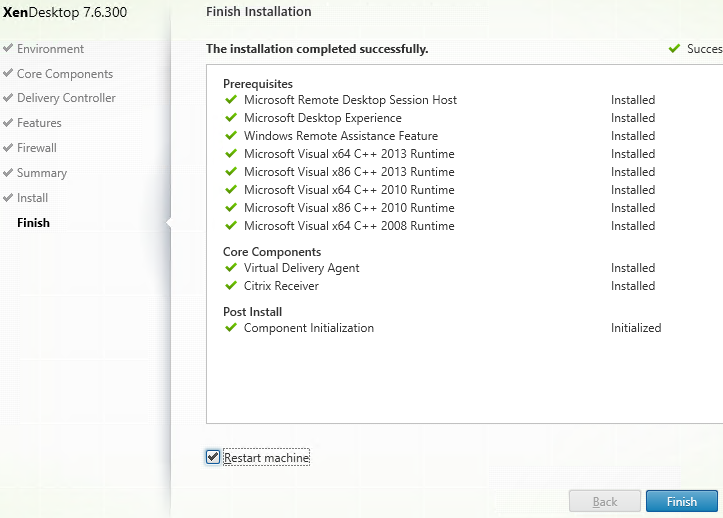
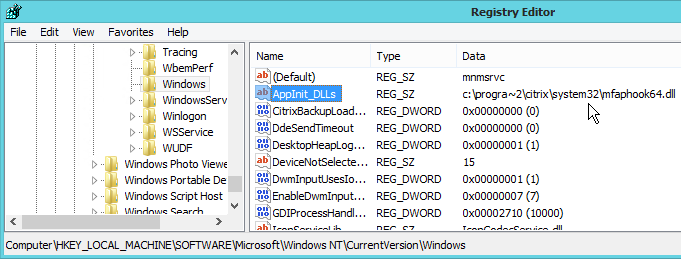
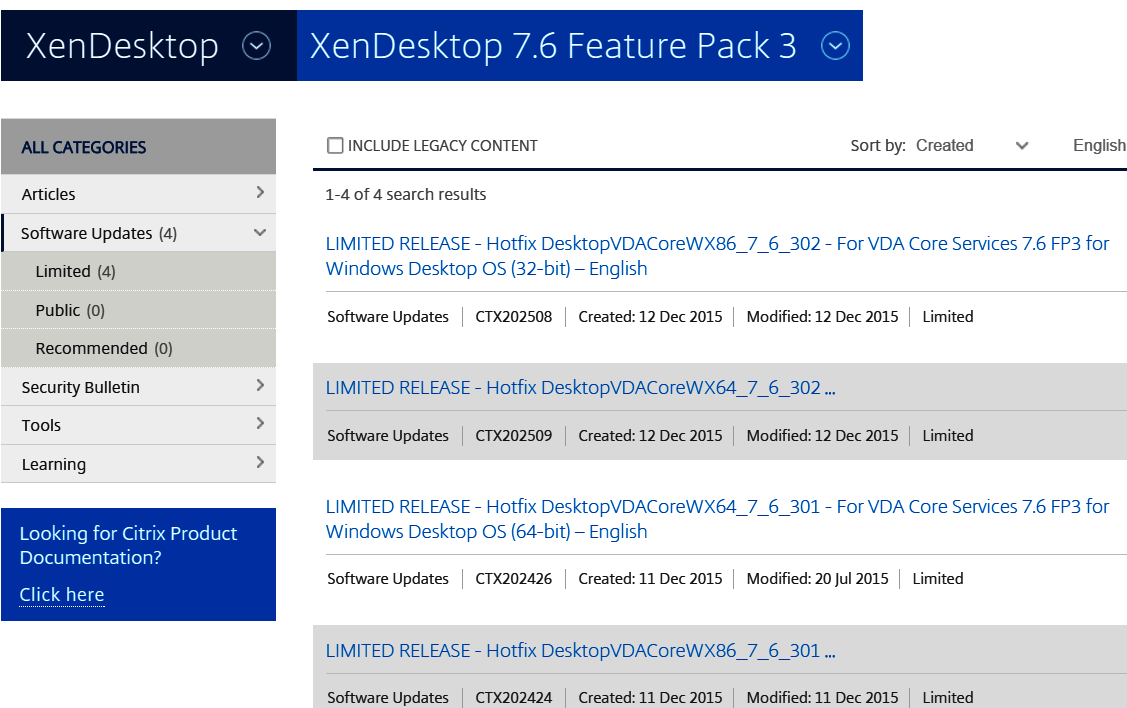
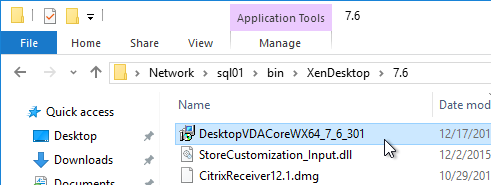
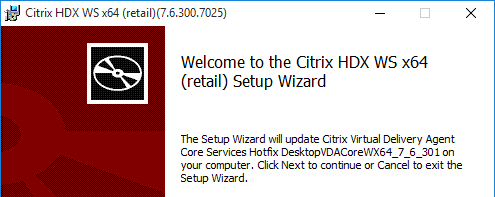
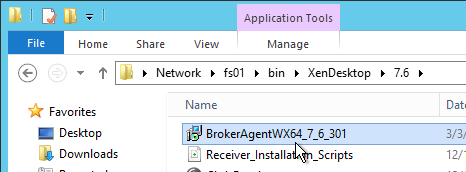
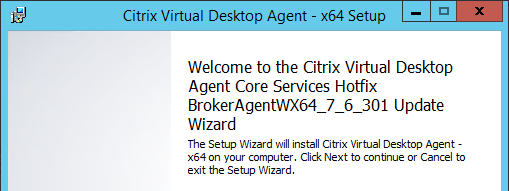
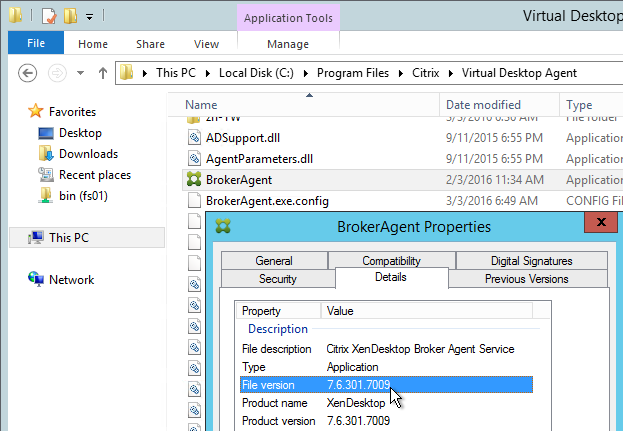
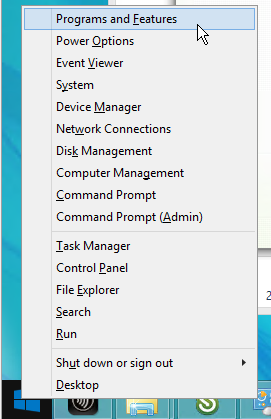
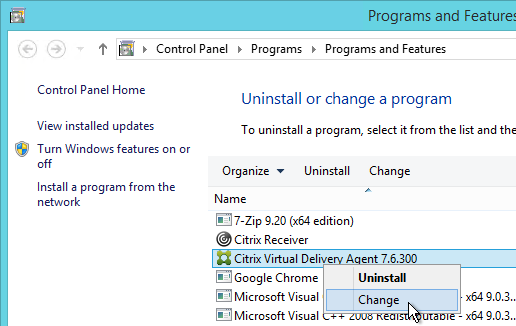
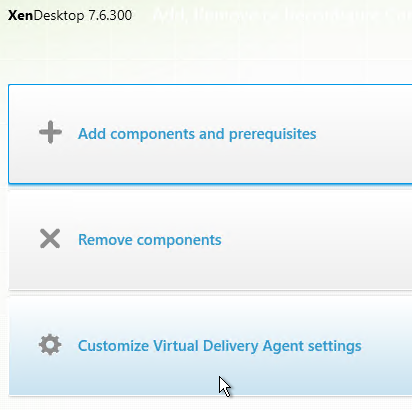
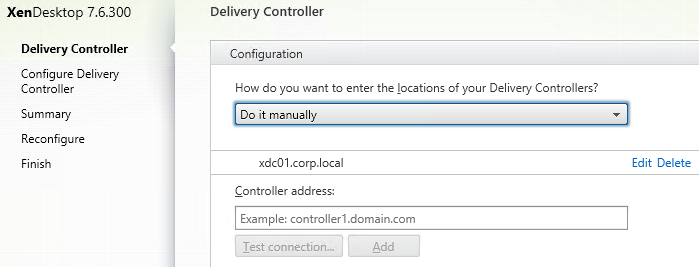

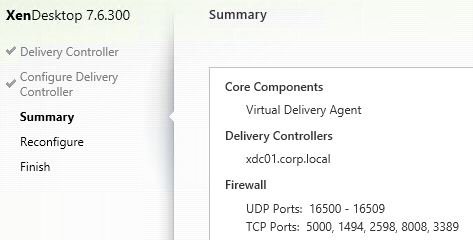
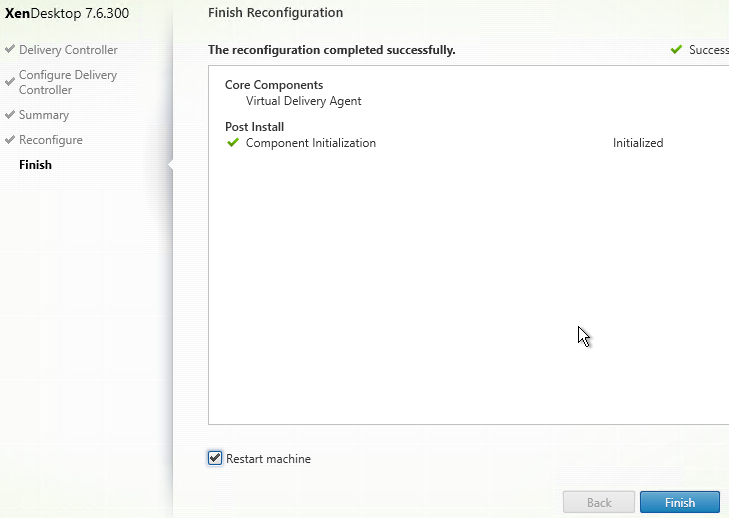
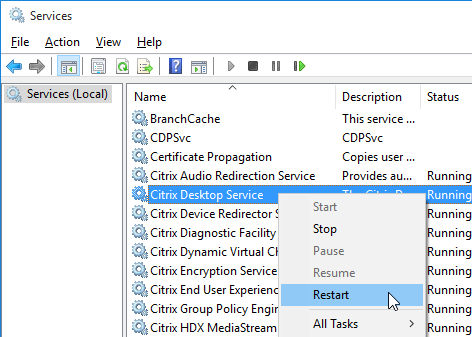
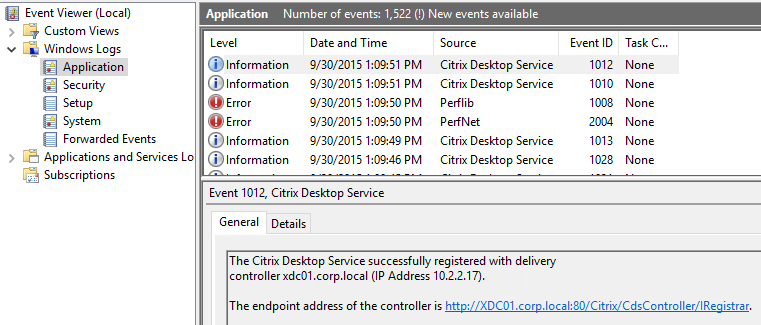
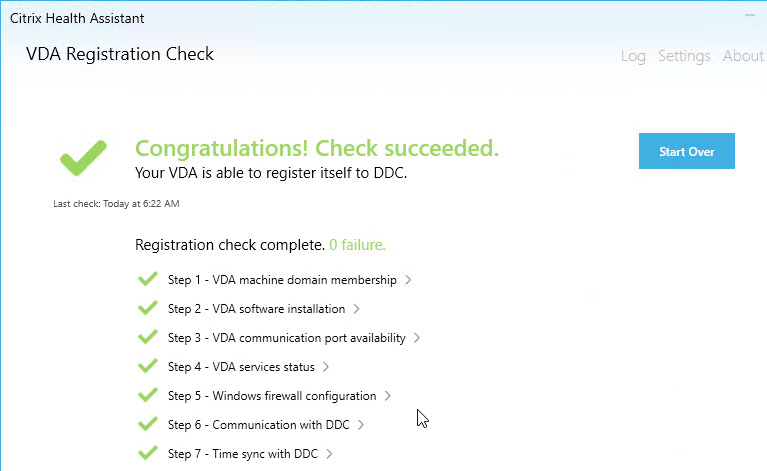
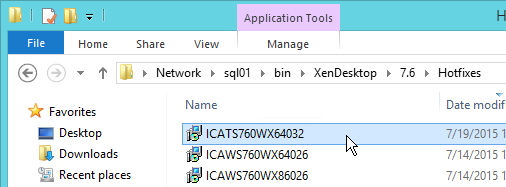
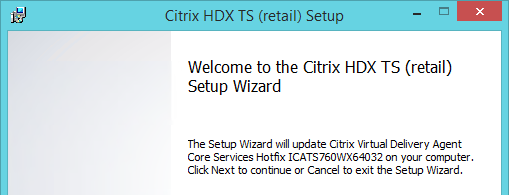

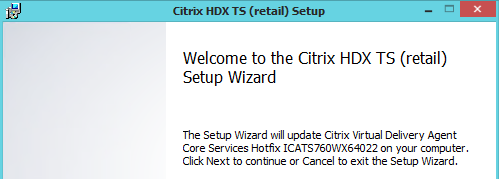

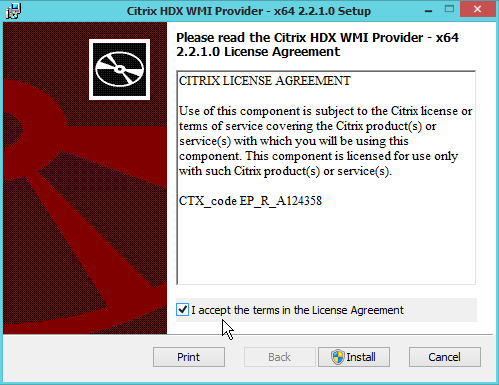

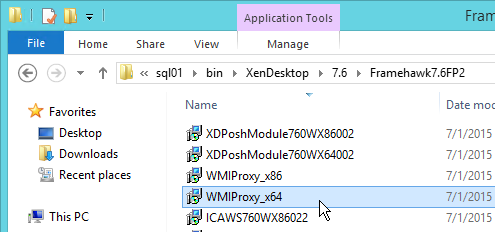
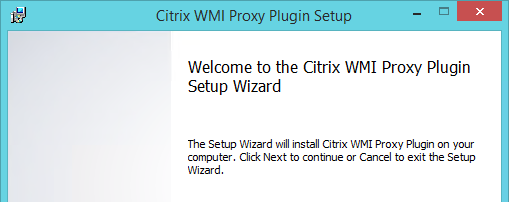
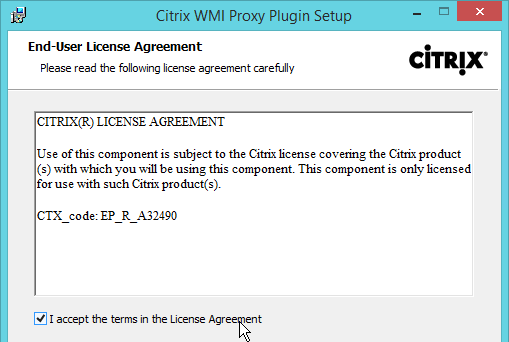
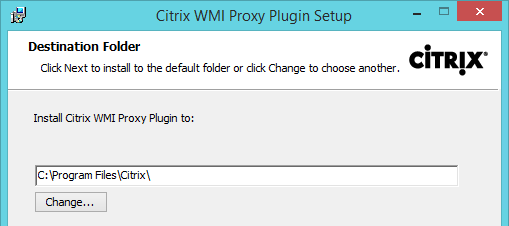

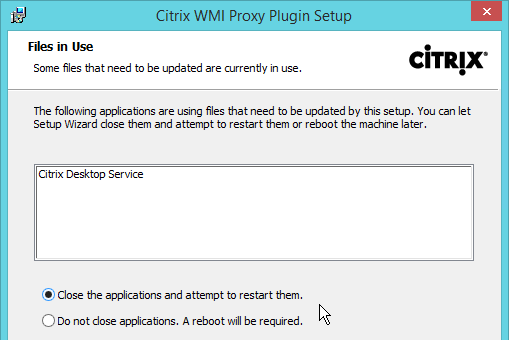
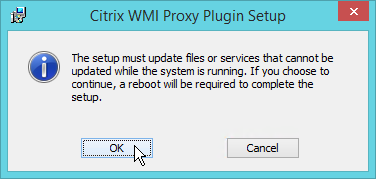

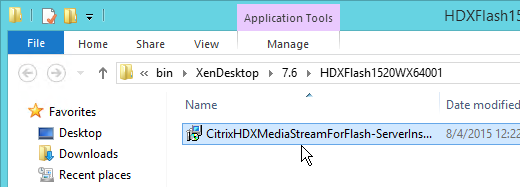
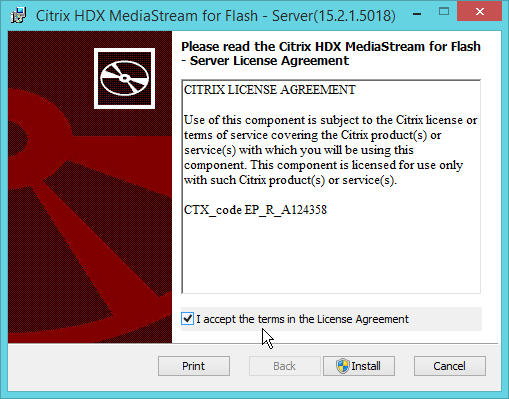

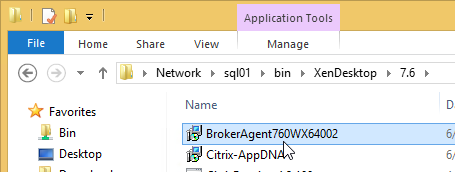

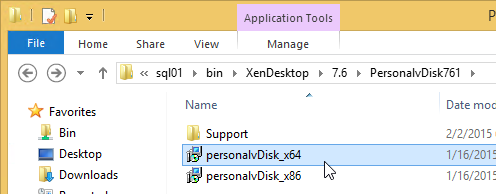

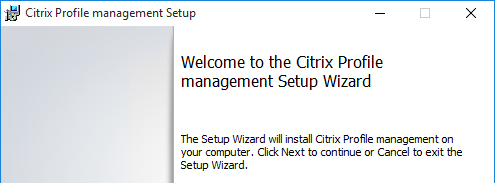
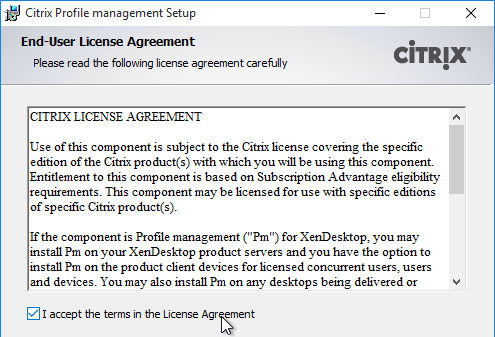
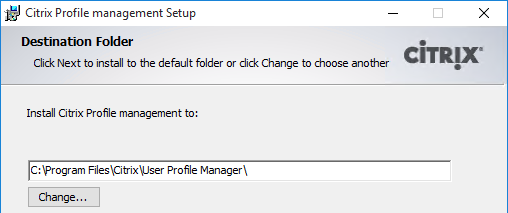

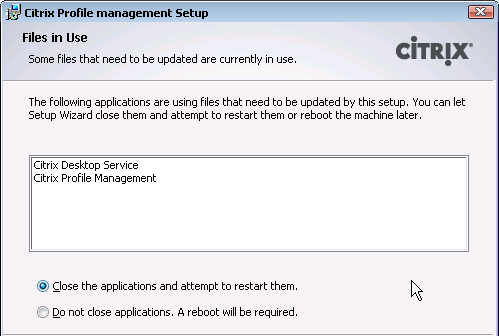
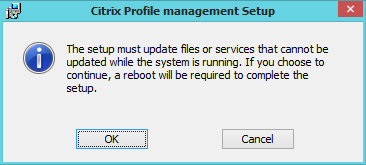

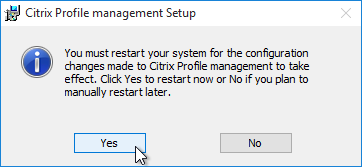
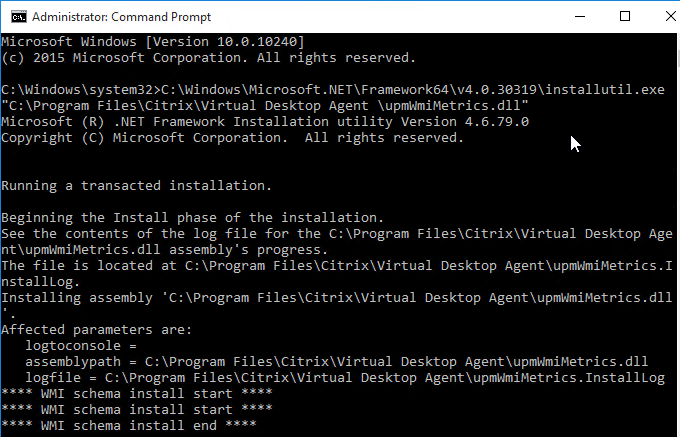

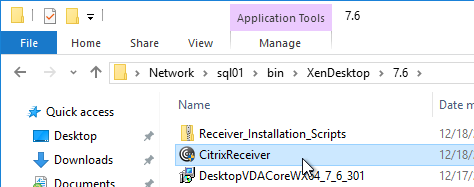
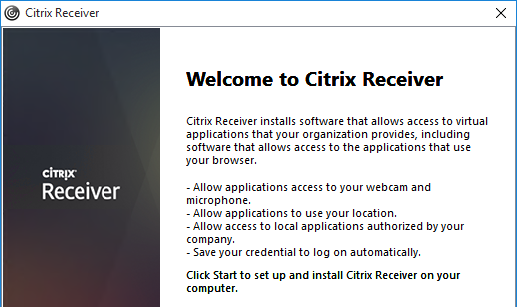
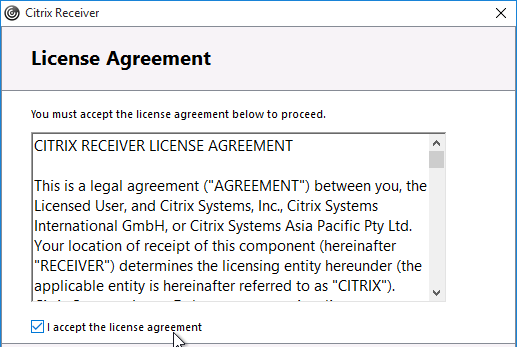
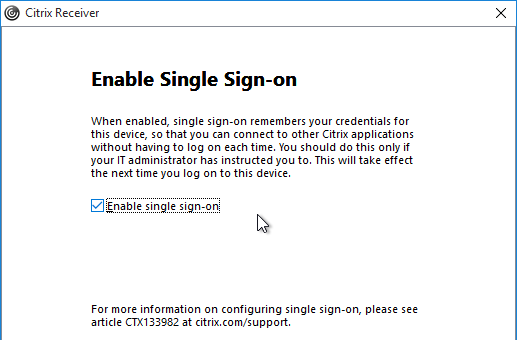
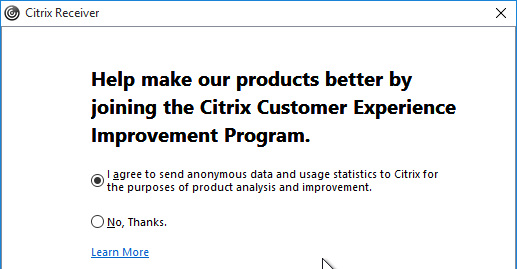
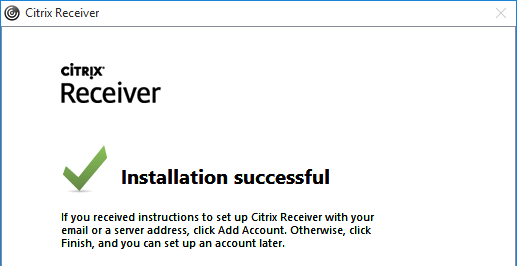

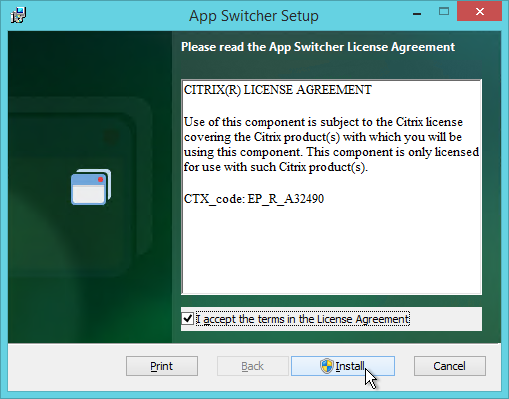

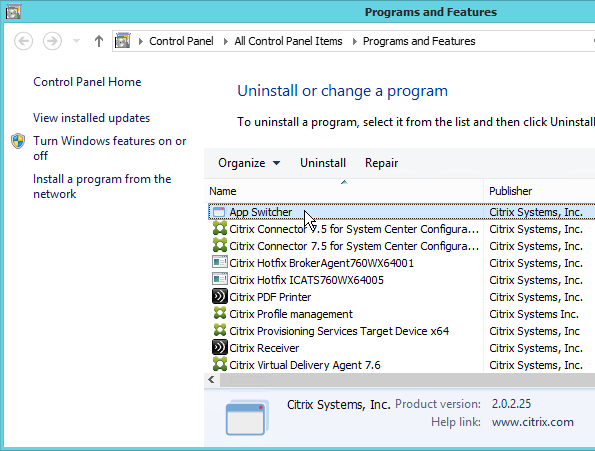
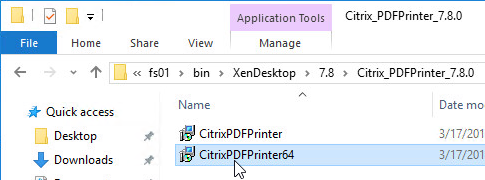


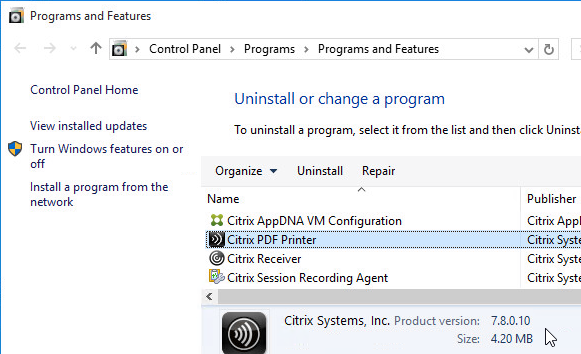


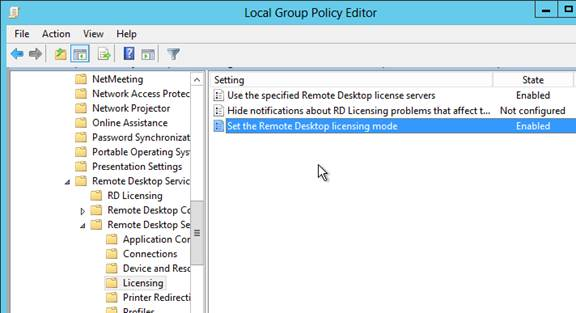
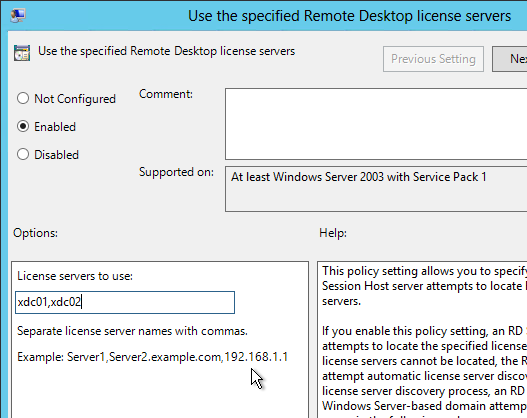
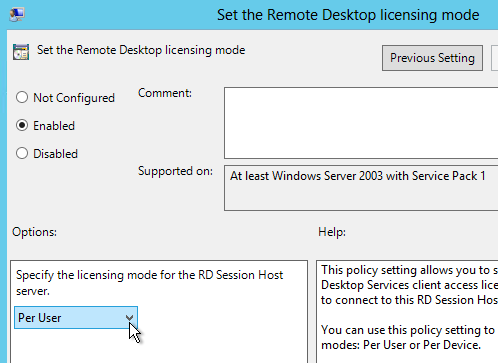
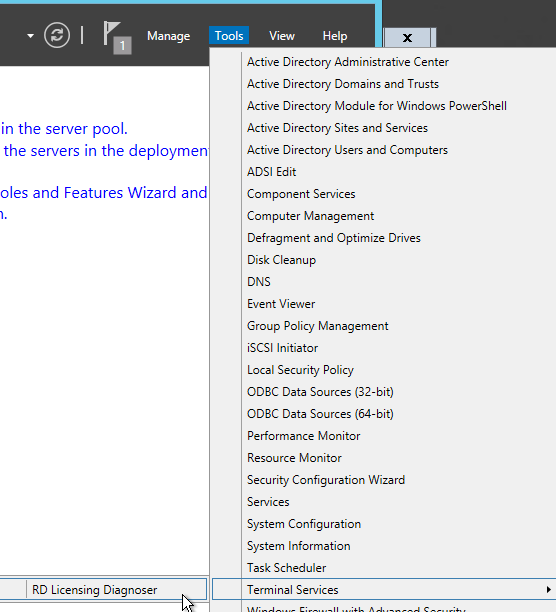
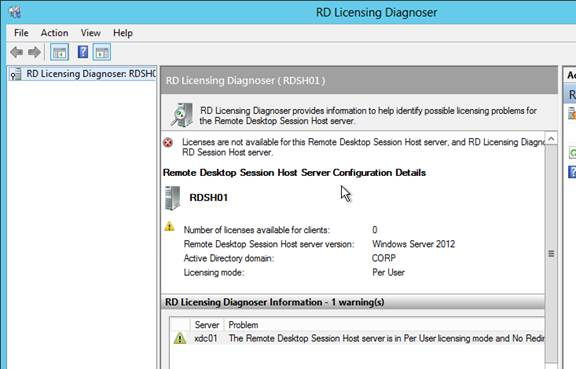
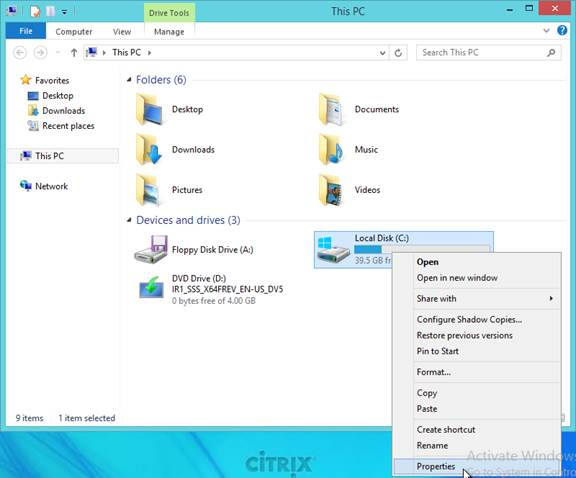
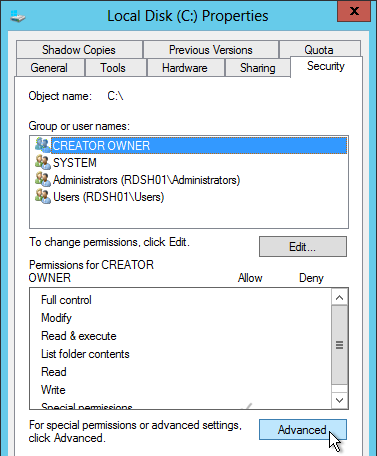

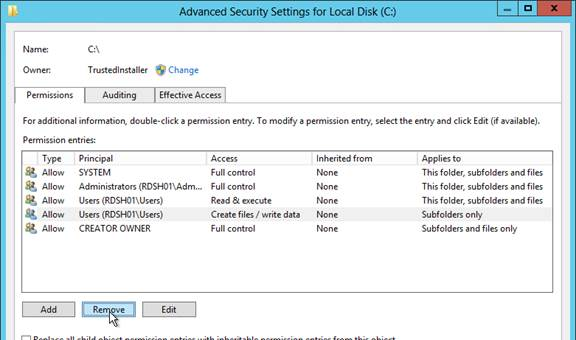

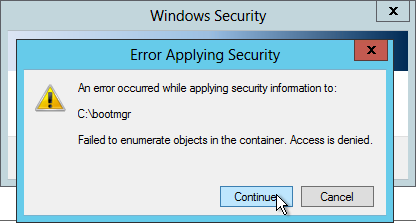
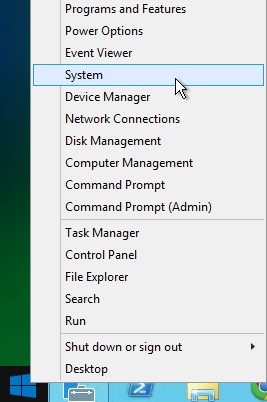
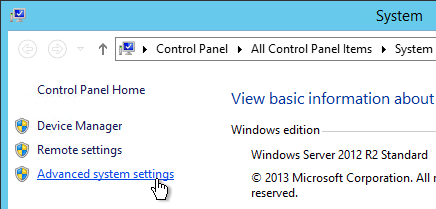
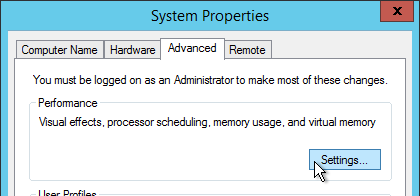
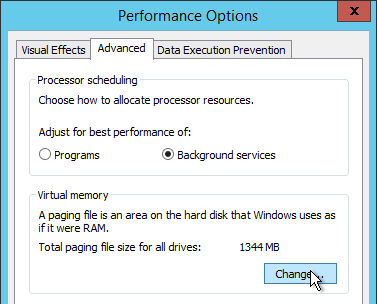
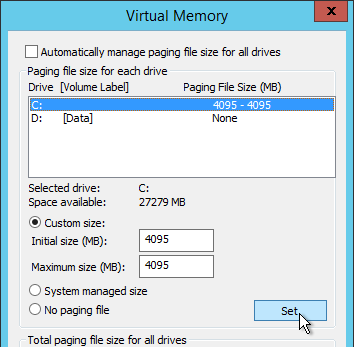
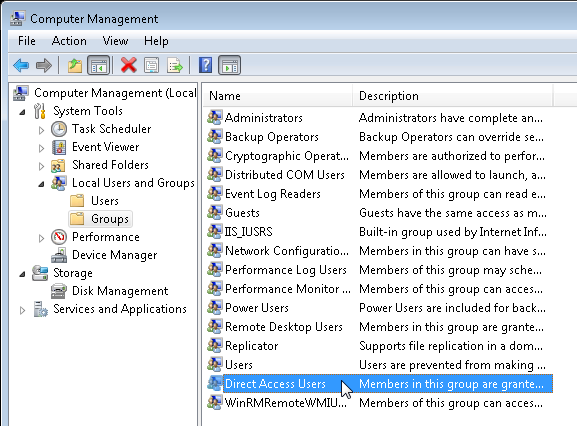
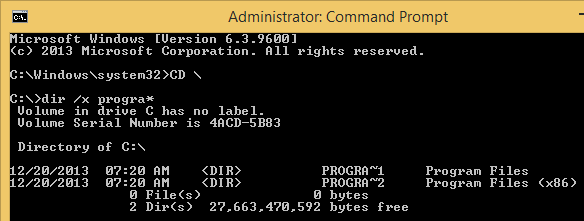
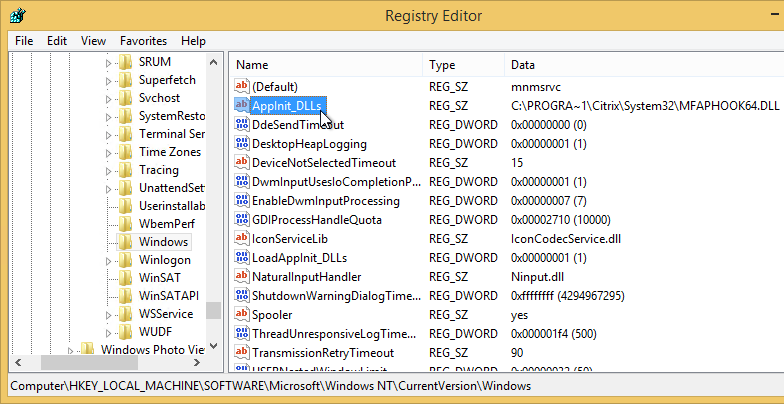
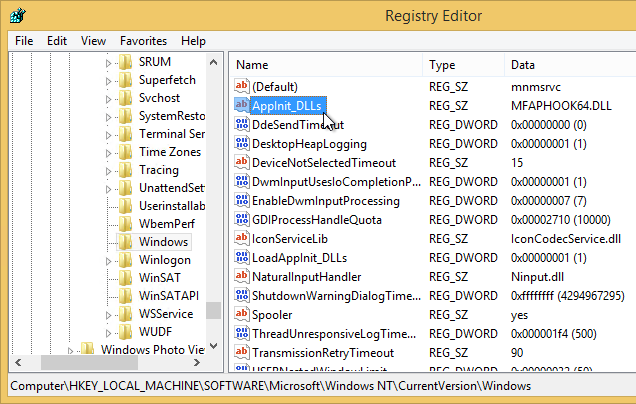


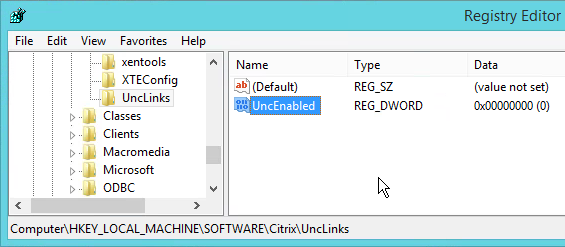

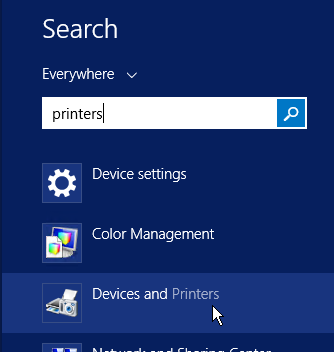
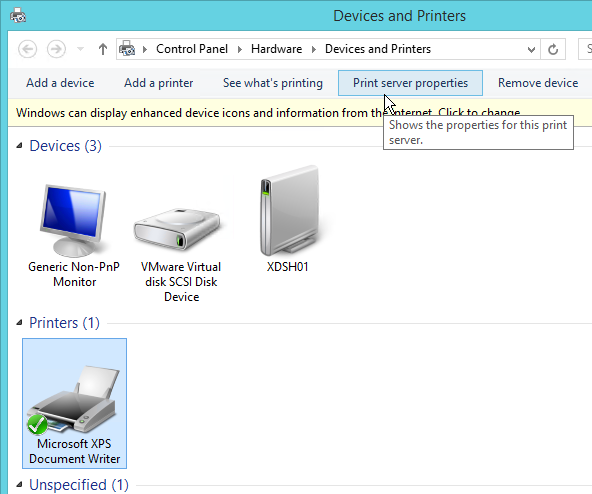
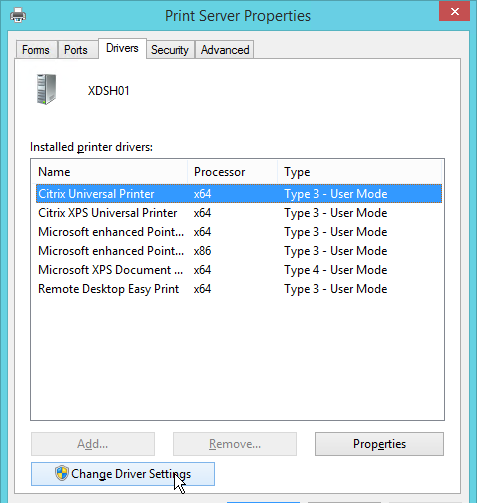
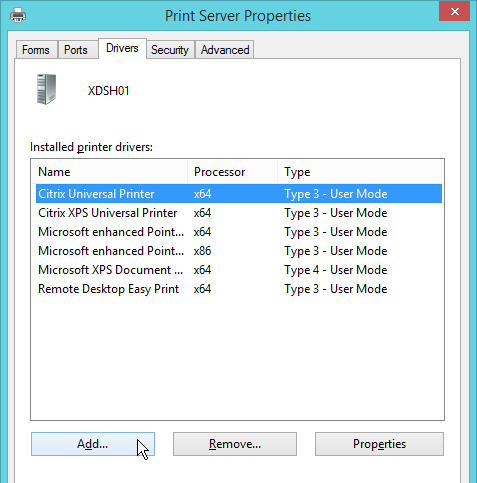
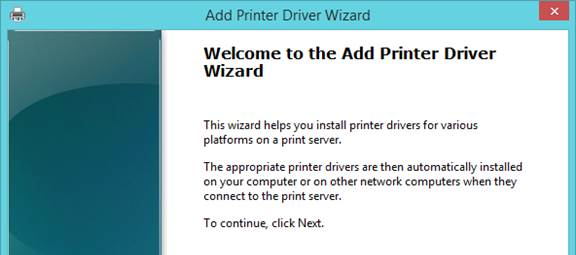
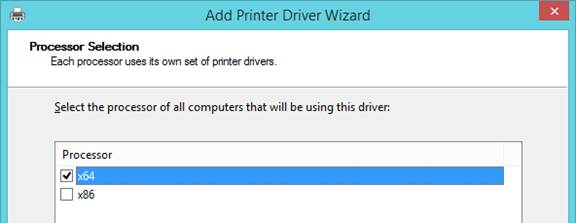
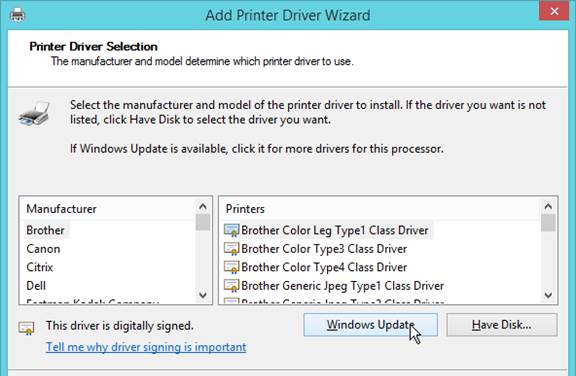
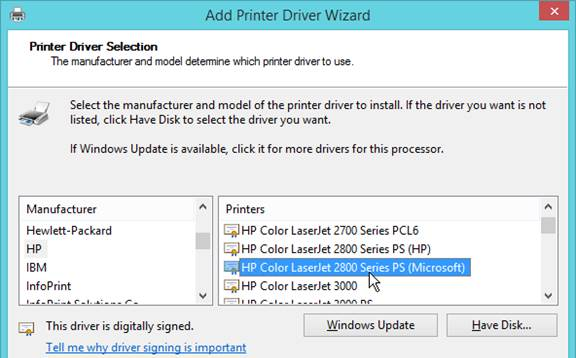
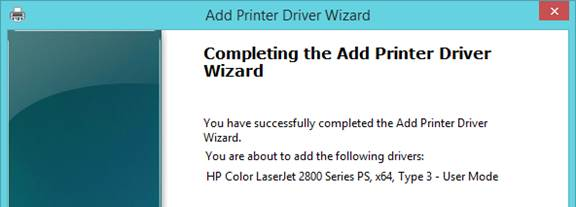


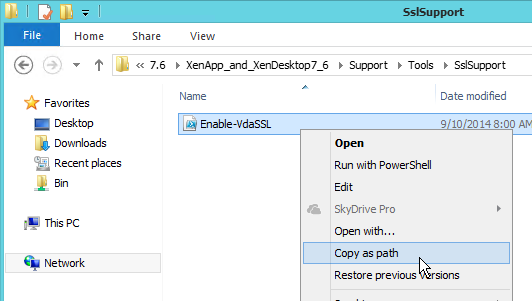
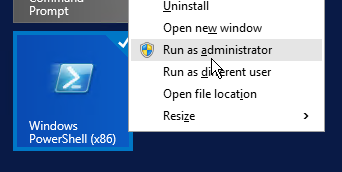




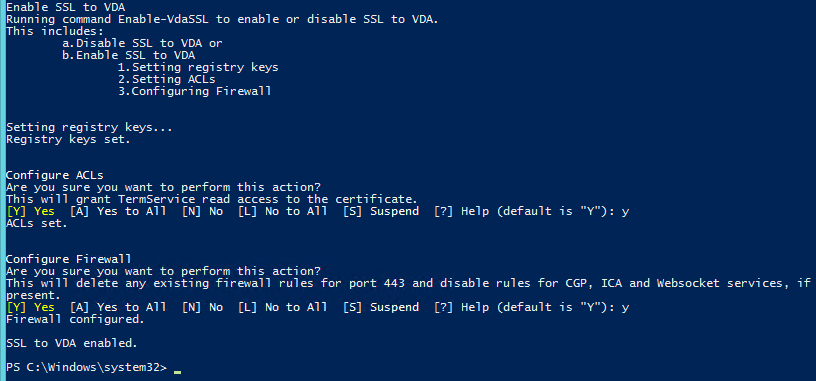




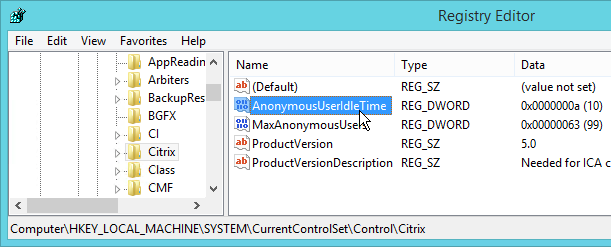


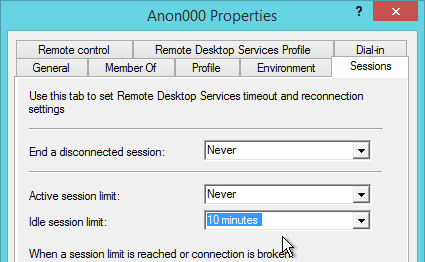
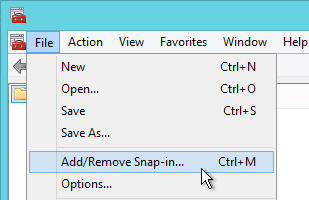
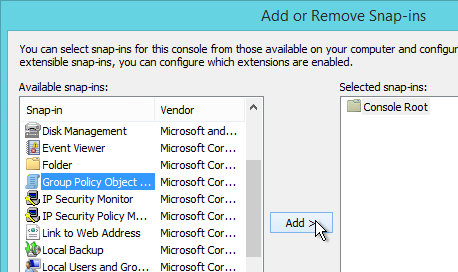

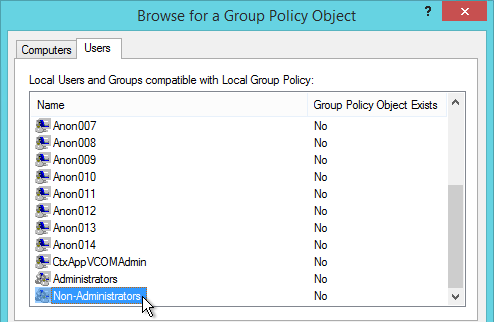
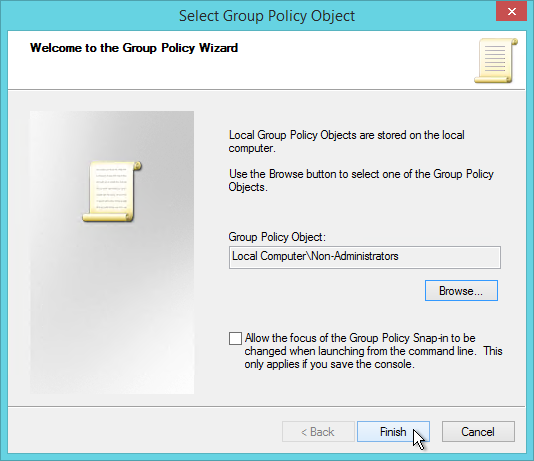

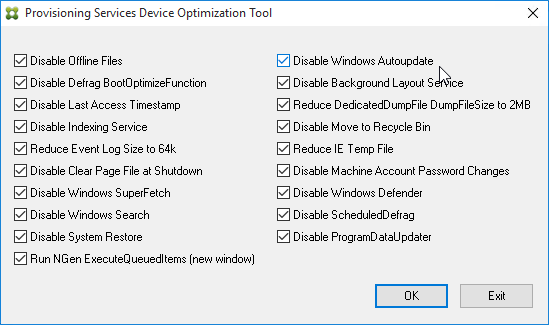
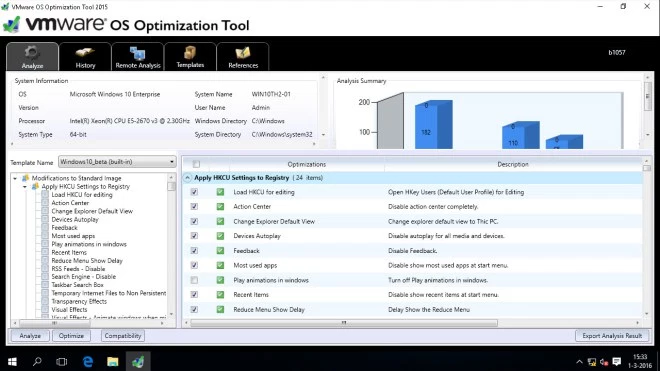
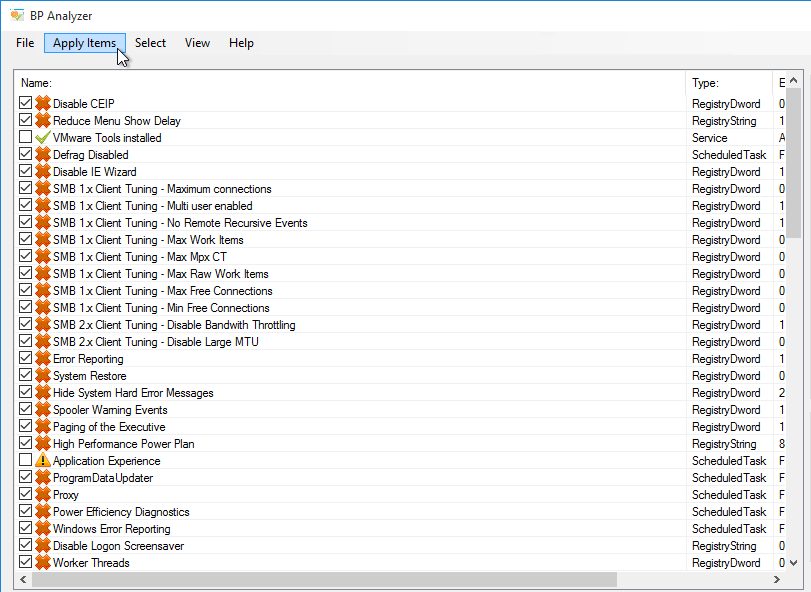

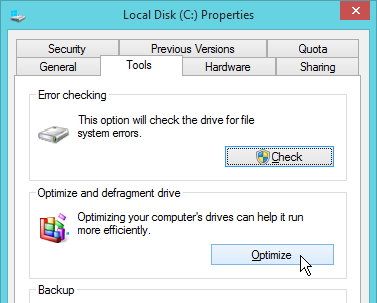 `
`






